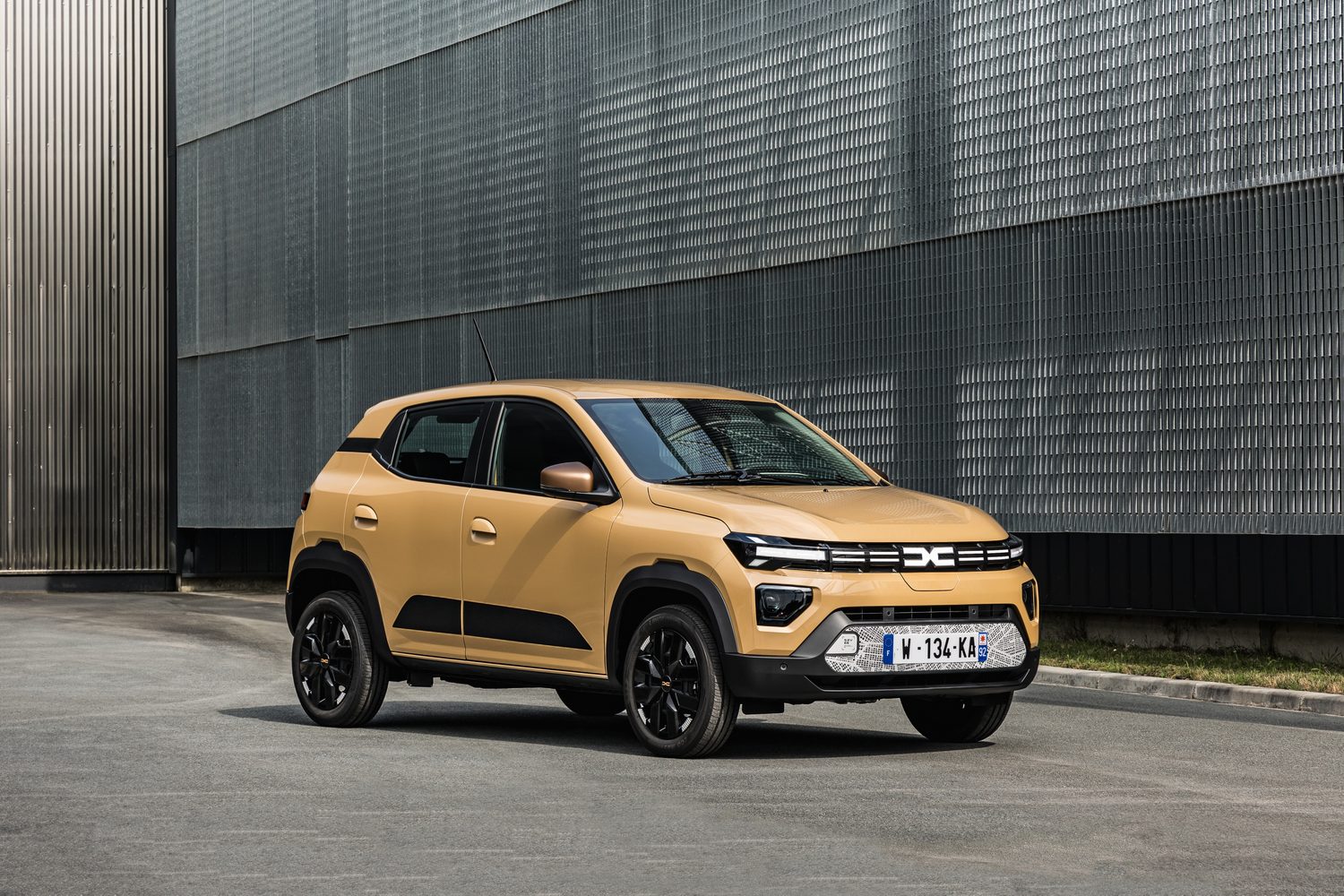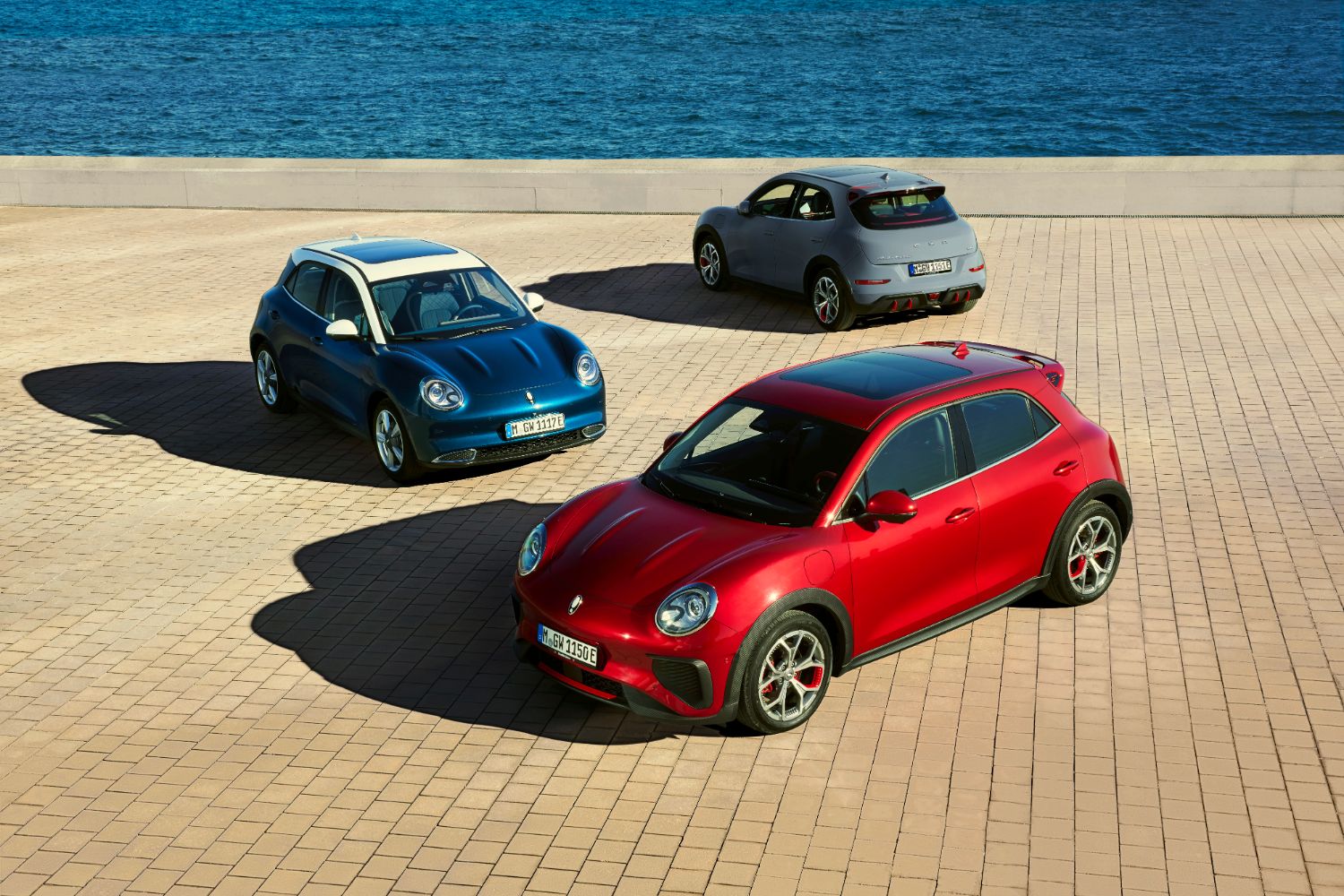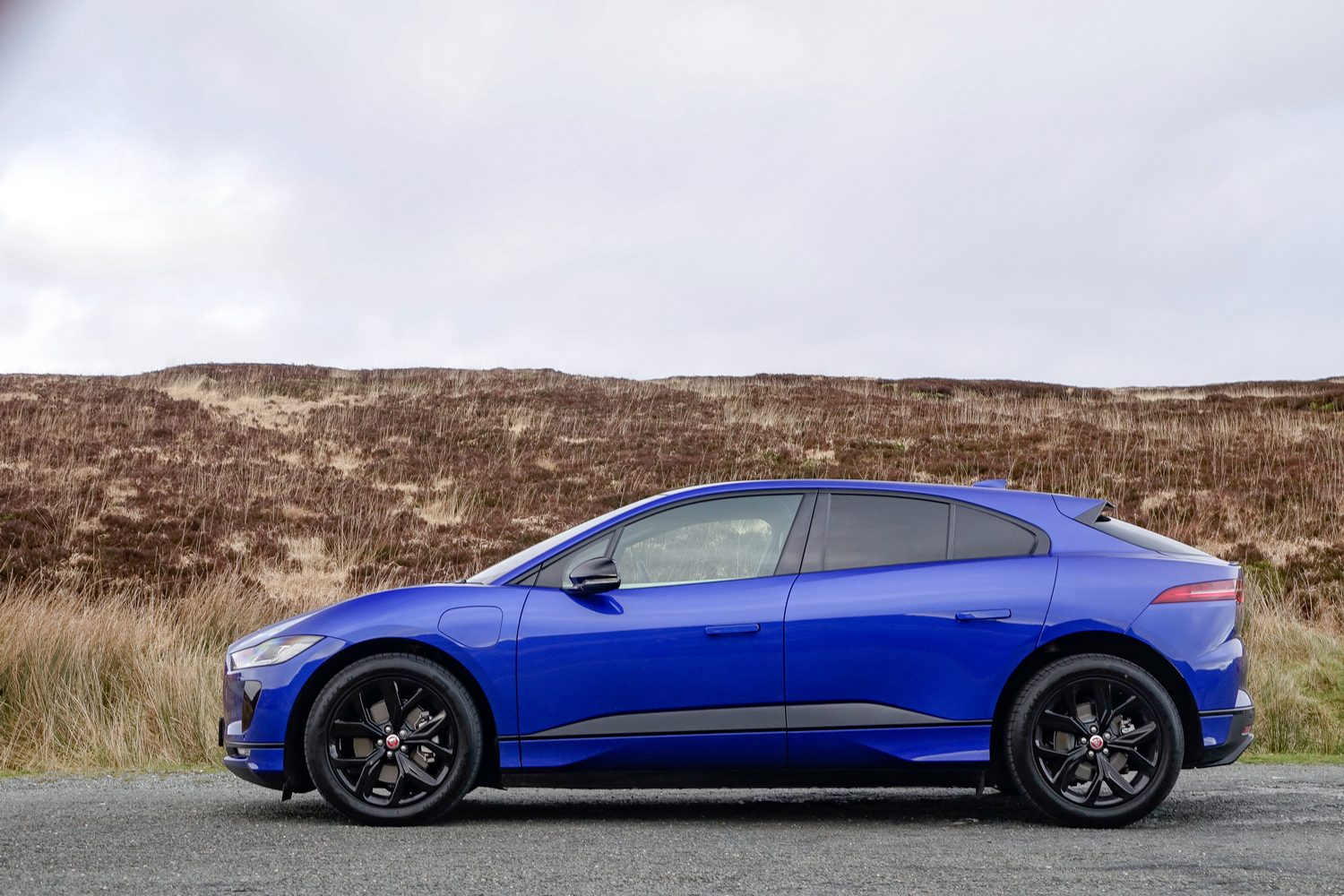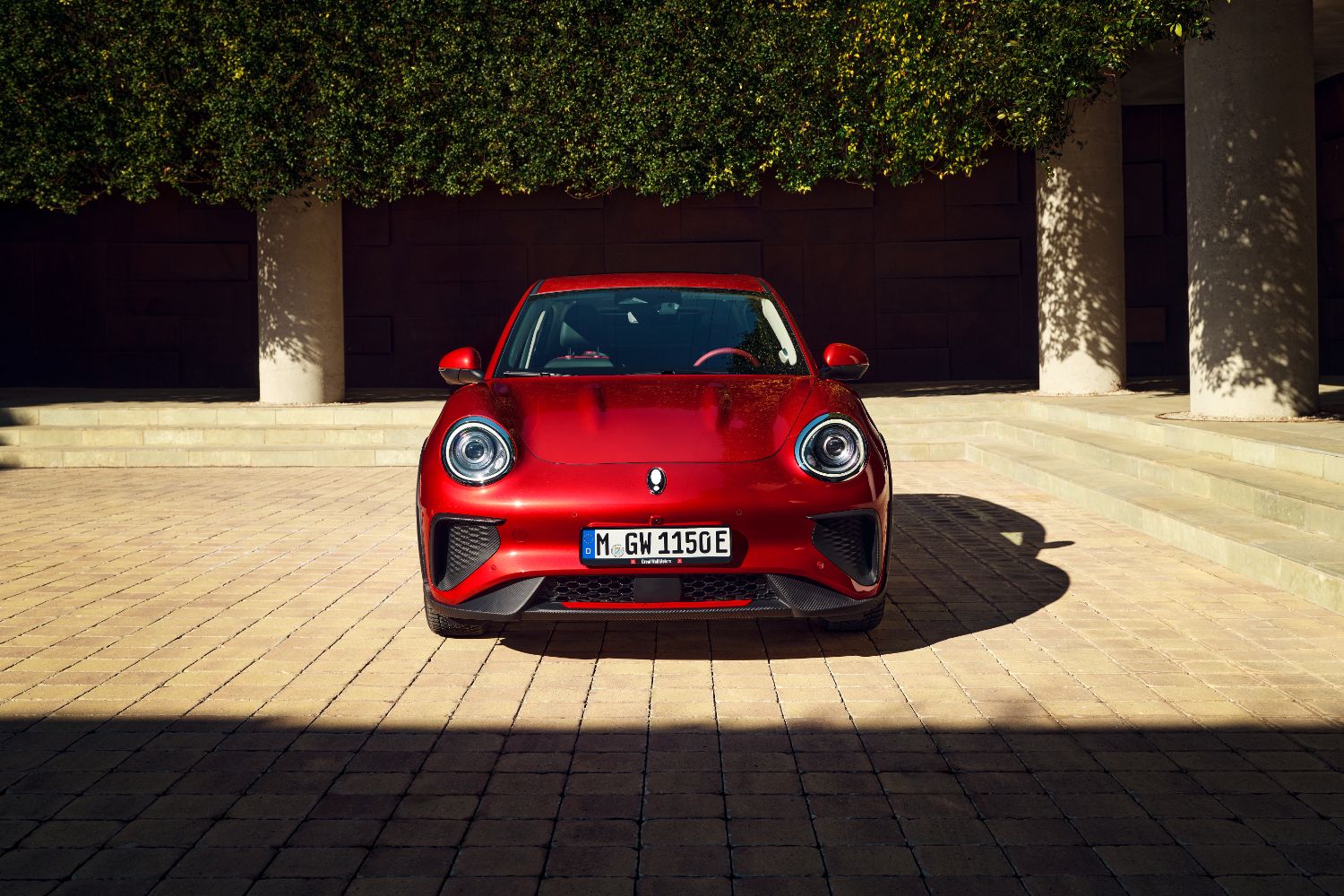Every Electric Car Currently On Sale In Ireland
Audi
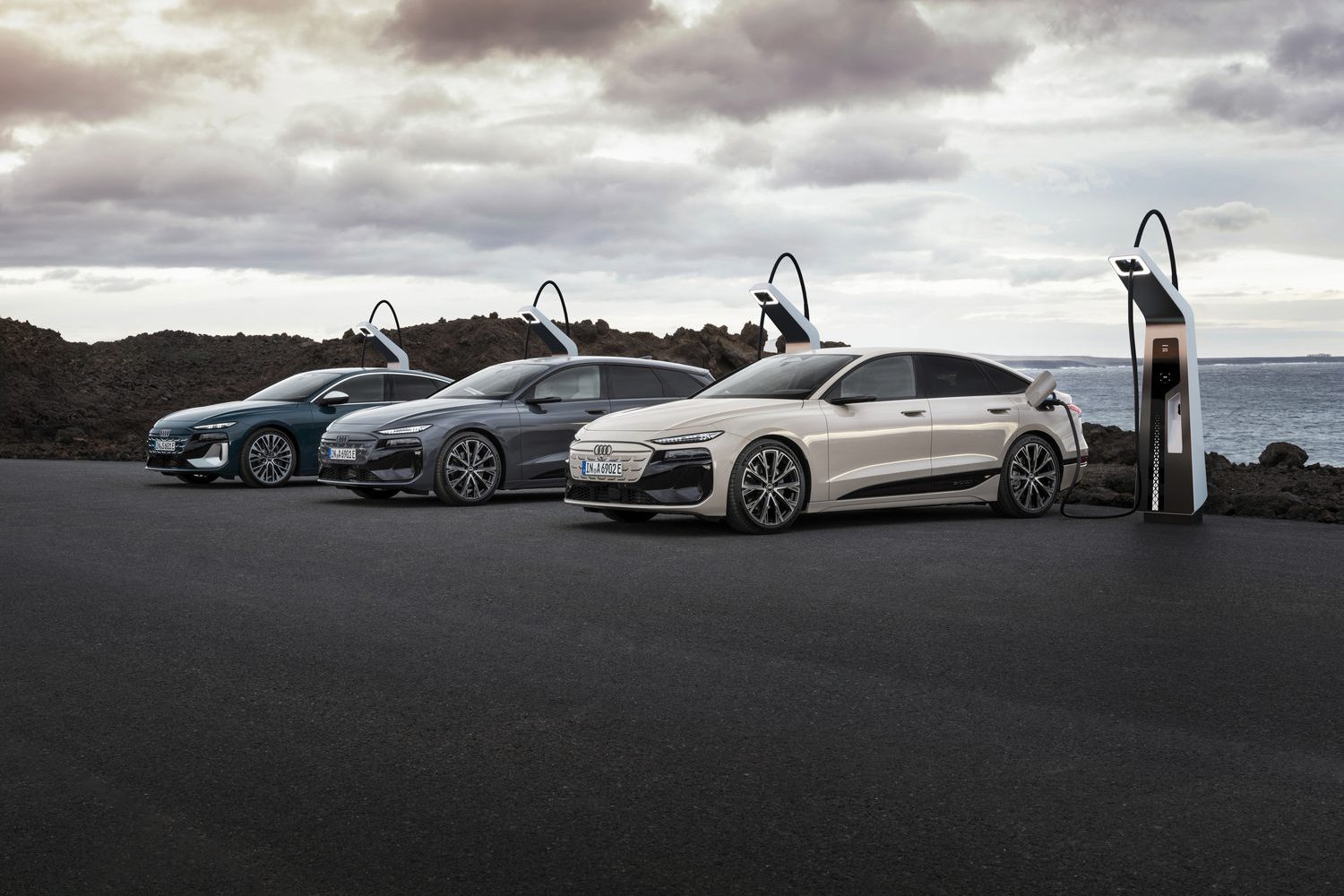
Audi A6
The fully electric Audi A6 e-tron executive is available as a five-door hatch or Avant estate.
Range: 640-754km
Click for full details...
Range: 640-754km
Click for full details...
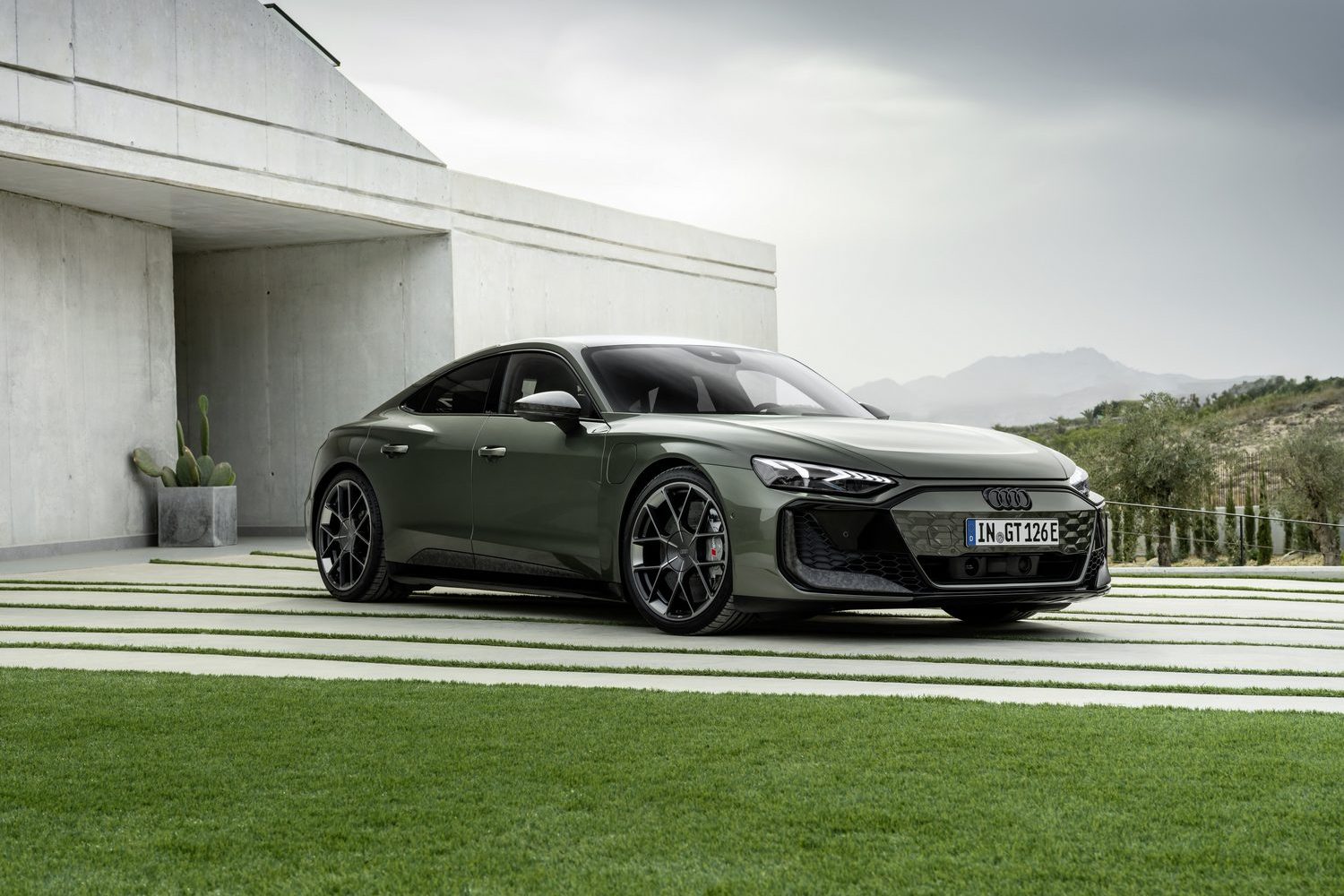
Audi e-tron GT
The Audi e-tron GT was updated in late 2024 widening the lineup and its ability.
Range: 592-609km
Click for full details...
Range: 592-609km
Click for full details...
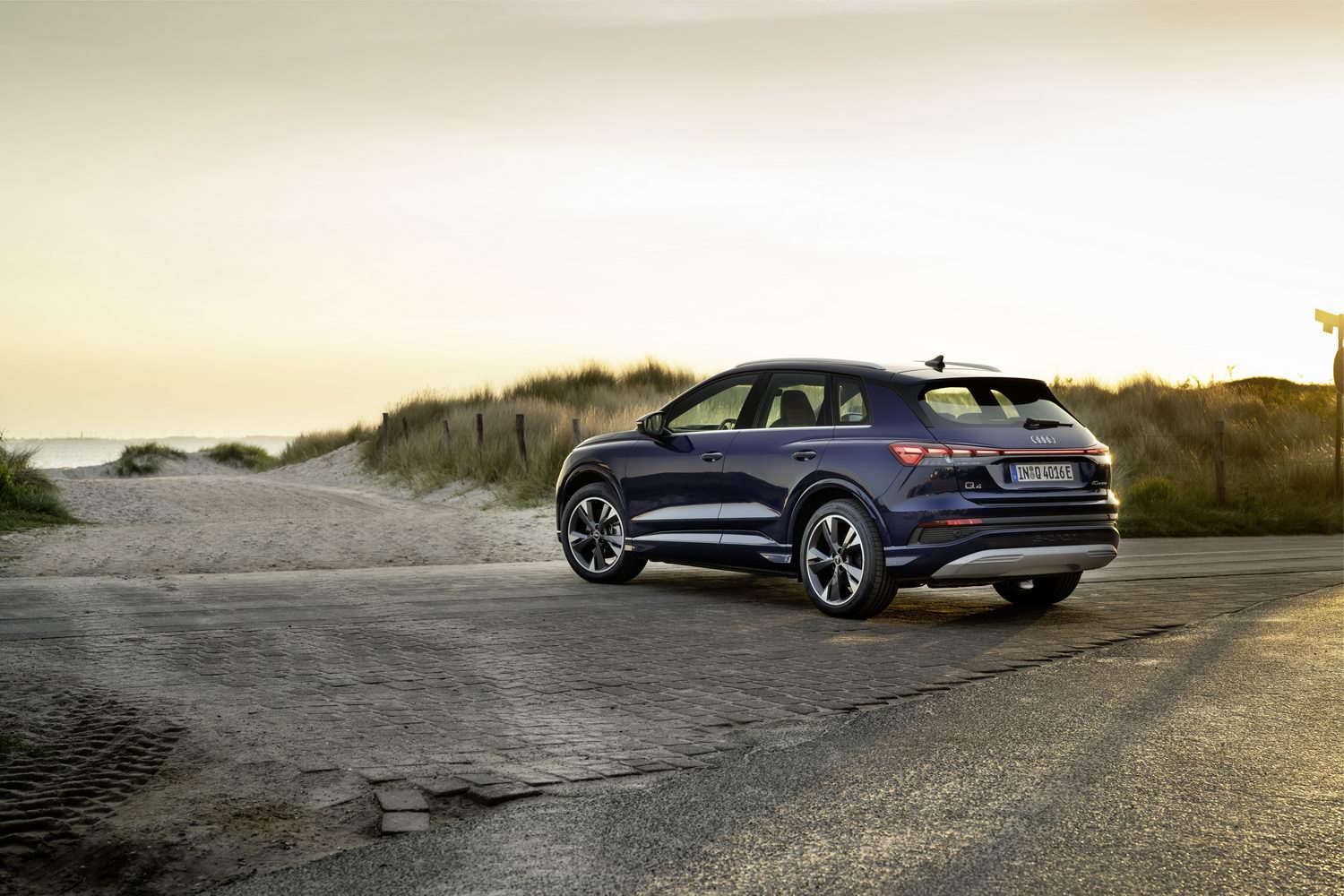
Audi Q4 e-tron
Is the Audi Q4 e-tron worth the premium over VW and Skoda equivalents?
Range: 351–529km
Click for full details...
Range: 351–529km
Click for full details...
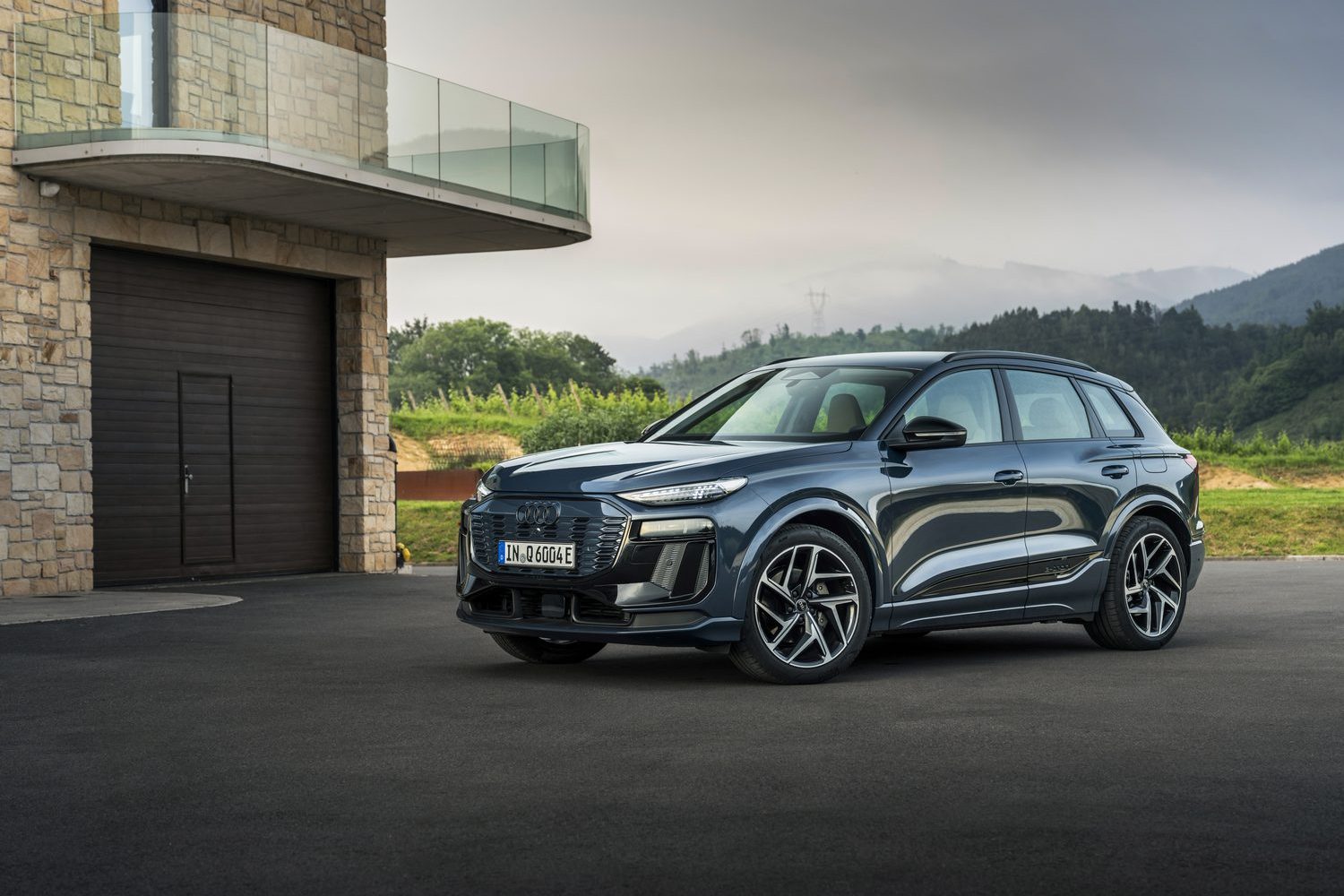
Audi Q6 e-tron
The Audi Q6 e-tron heralds the start of a new era for the German company.
Range: 520-635km
Click for full details...
Range: 520-635km
Click for full details...
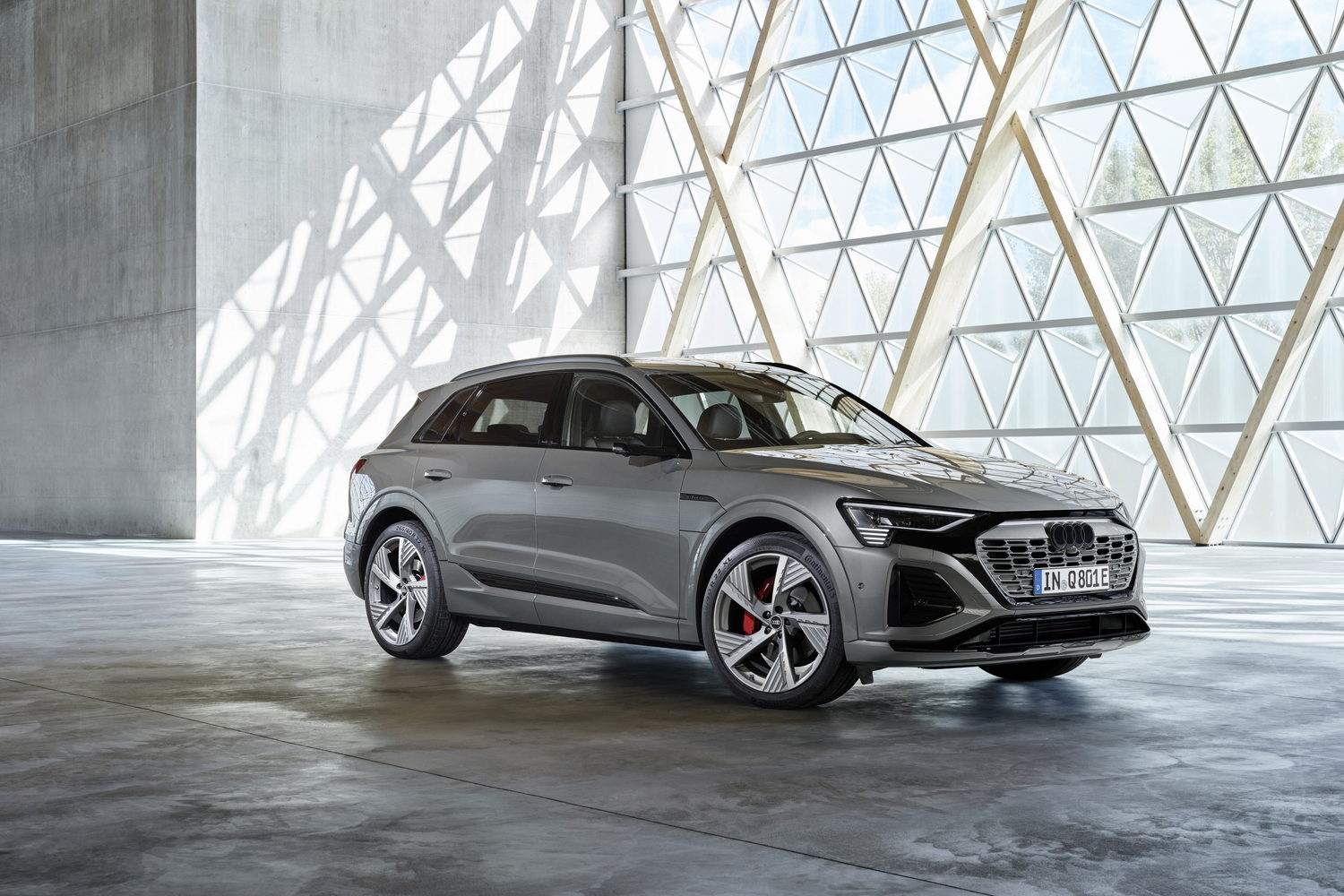
Audi Q8 e-tron
Formerly called just the e-tron, does the Audi Q8 e-tron warrant its position in the line-up?
Range: 410-582km
Click for full details...
Range: 410-582km
Click for full details...
BMW
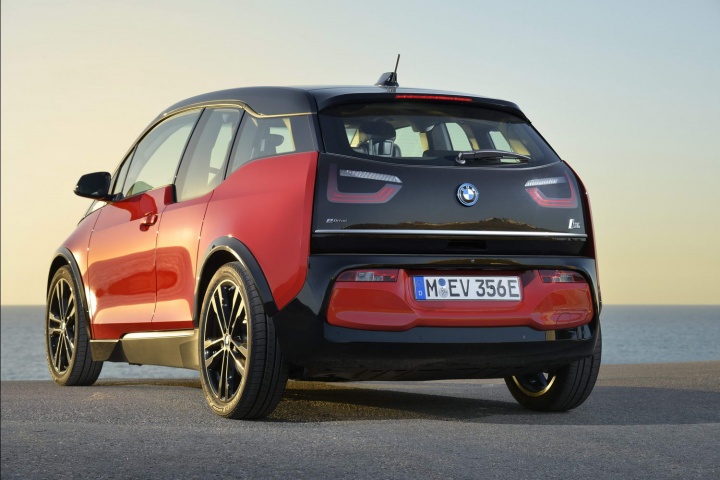
BMW i3
[DISCONTINUED] The BMW i3 was innovative when new and makes for a great used EV.
Range: 285-307km
Click for full details...
Range: 285-307km
Click for full details...
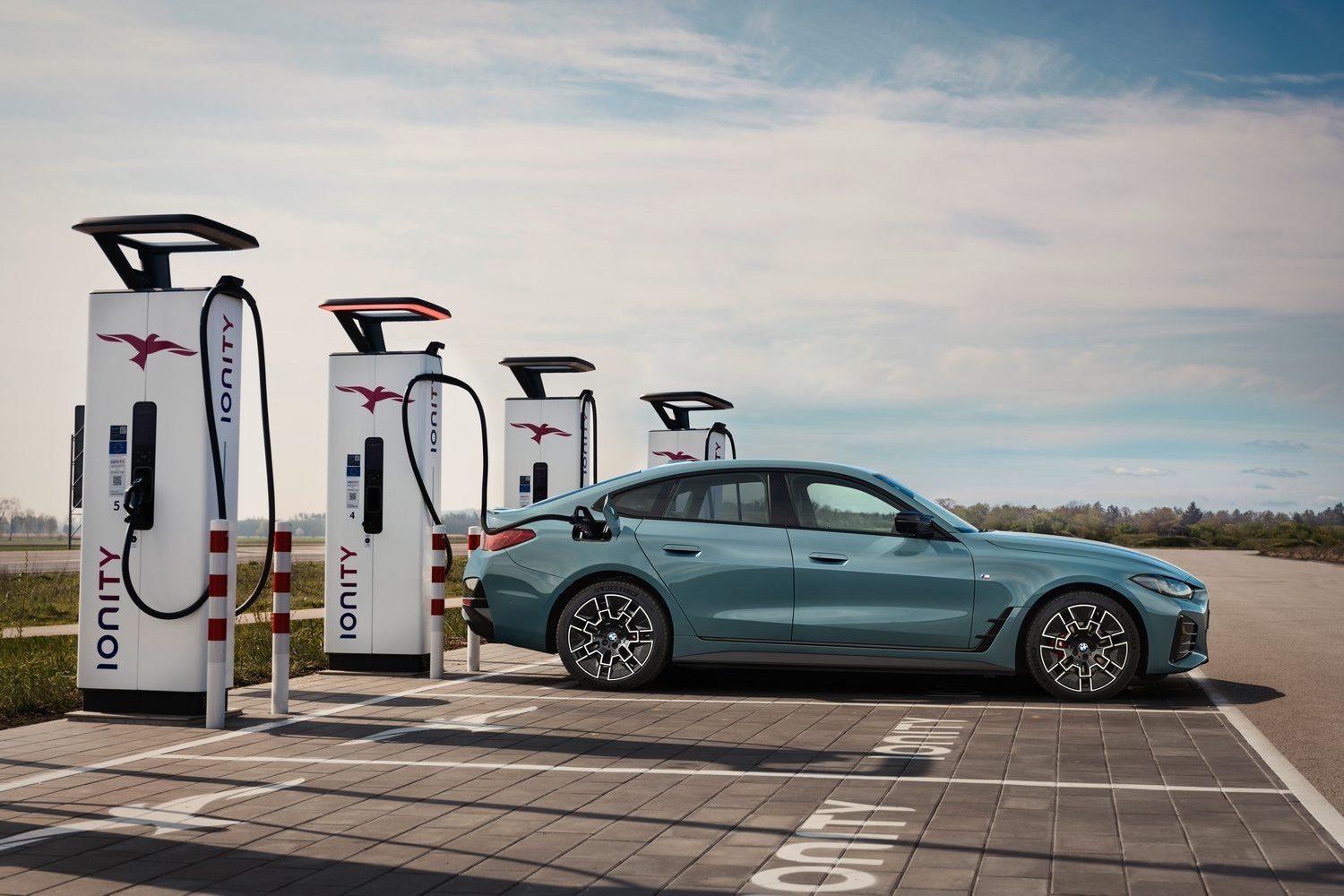
BMW i4
The BMW i4 is the all-electric version of the 4 Series Gran Coupe - updated for 2025.
Range: 415-589km
Click for full details...
Range: 415-589km
Click for full details...
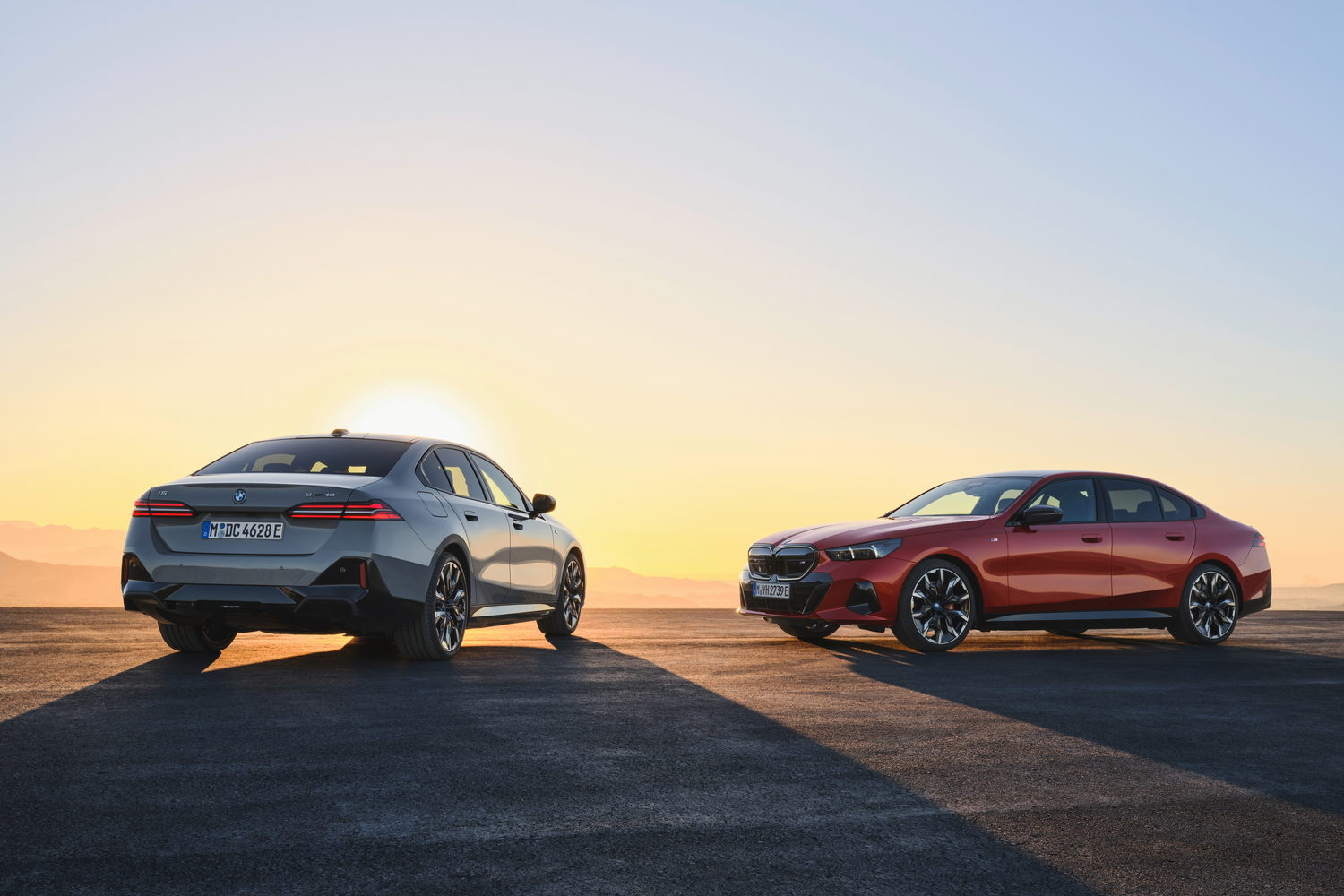
BMW i5
The BMW i5 goes straight to the top of the electric executive car tree. Available as saloon or estate.
Range: 506-575km
Click for full details...
Range: 506-575km
Click for full details...
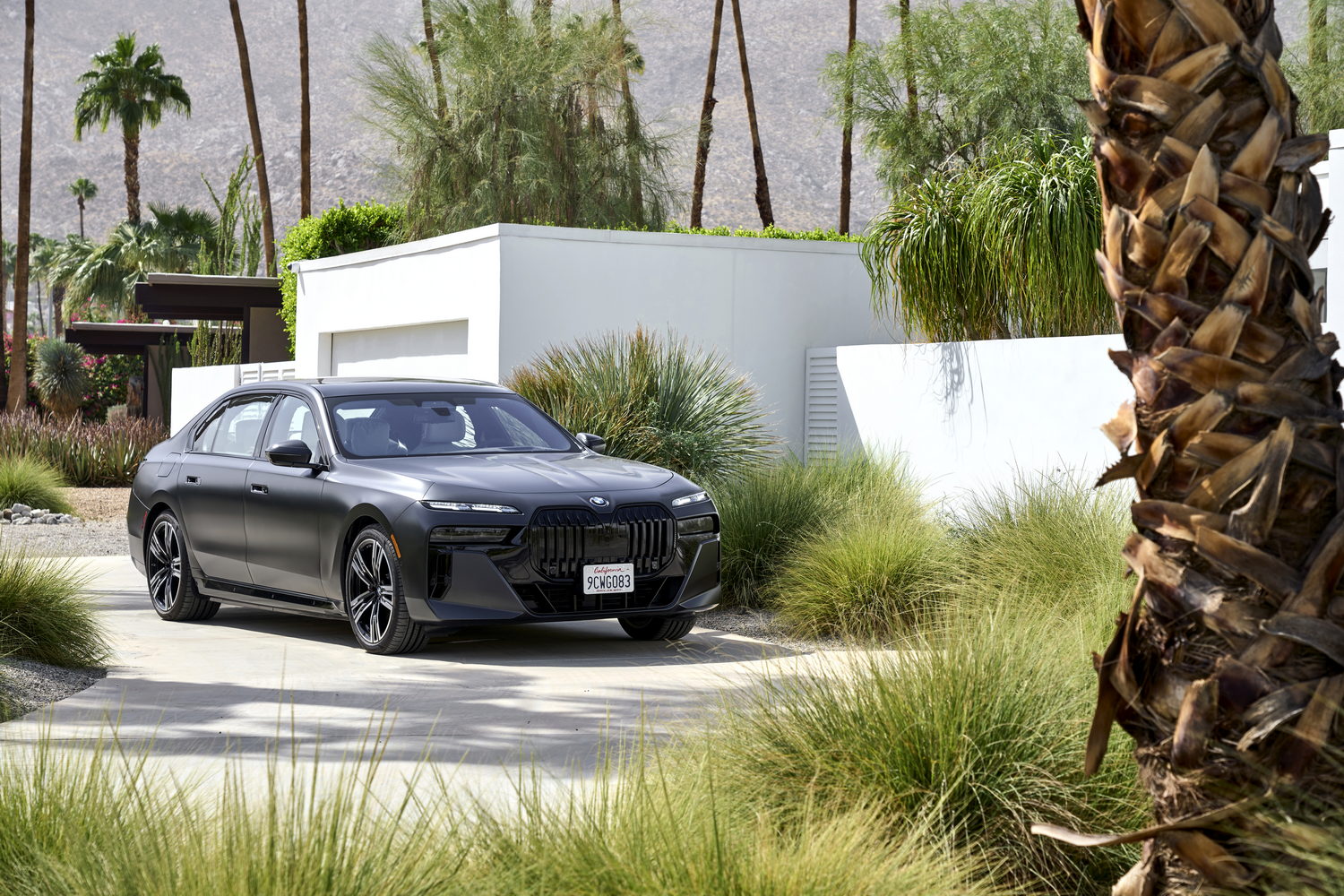
BMW i7
The BMW i7 is the electric version of the luxurious 7 Series saloon.
Range: 538-623km
Click for full details...
Range: 538-623km
Click for full details...
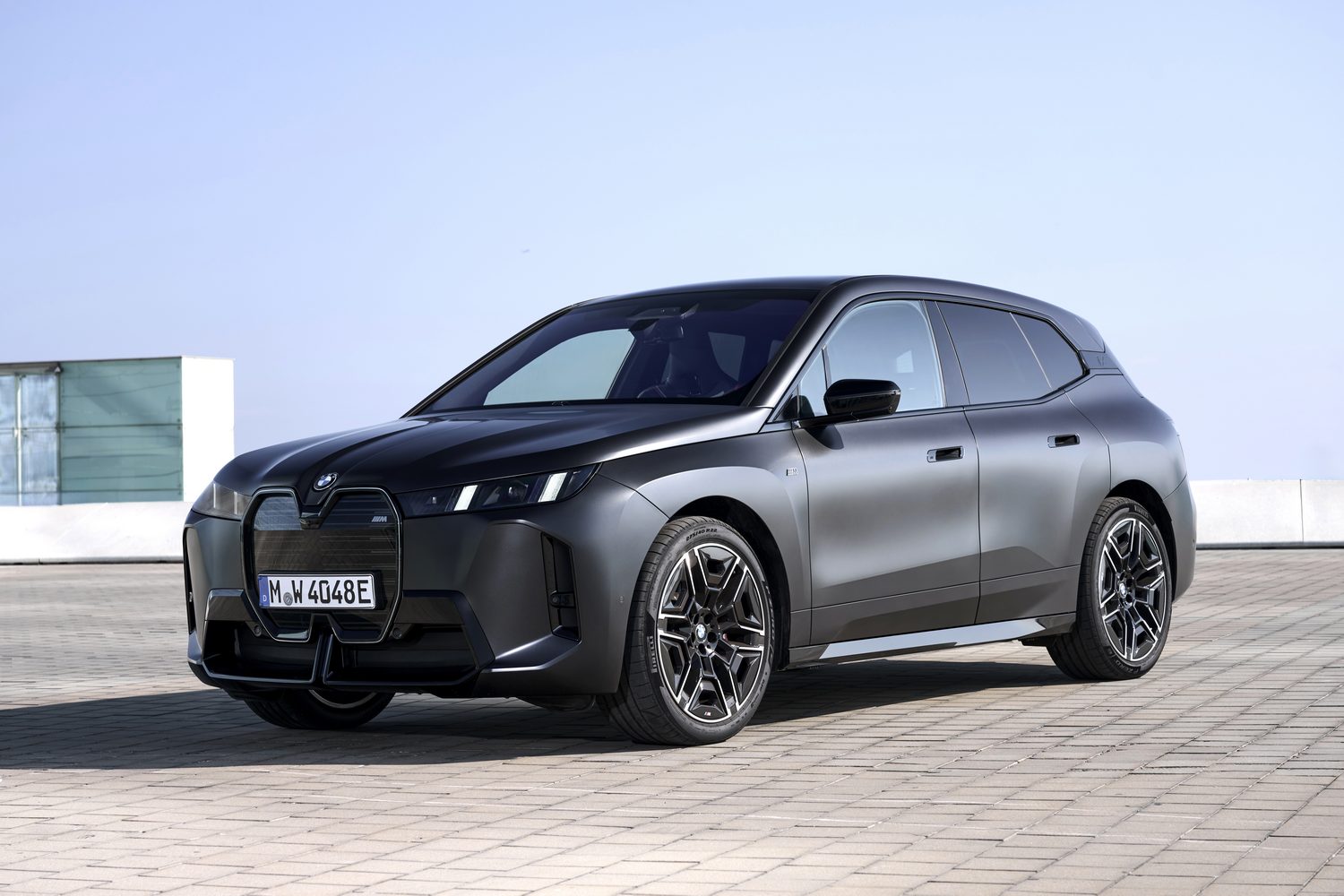
BMW iX
If you can live with the looks, the BMW iX is an impressive electric SUV - especially after its 2025 update.
Range: 600-701km
Click for full details...
Range: 600-701km
Click for full details...
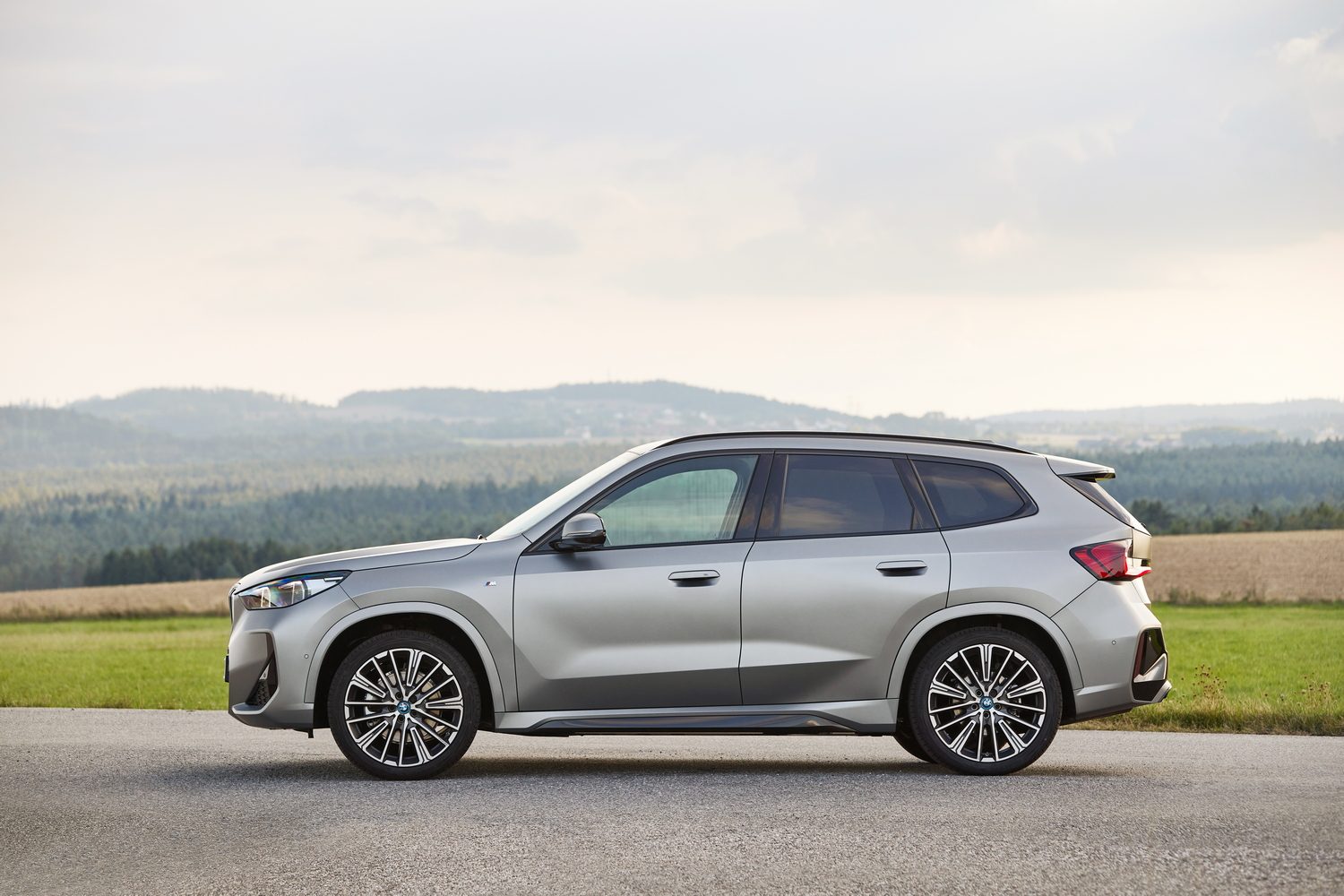
BMW iX1
Fancy an electric BMW X1? That'll be the iX1, obviously.
Range: 417-472km
Click for full details...
Range: 417-472km
Click for full details...
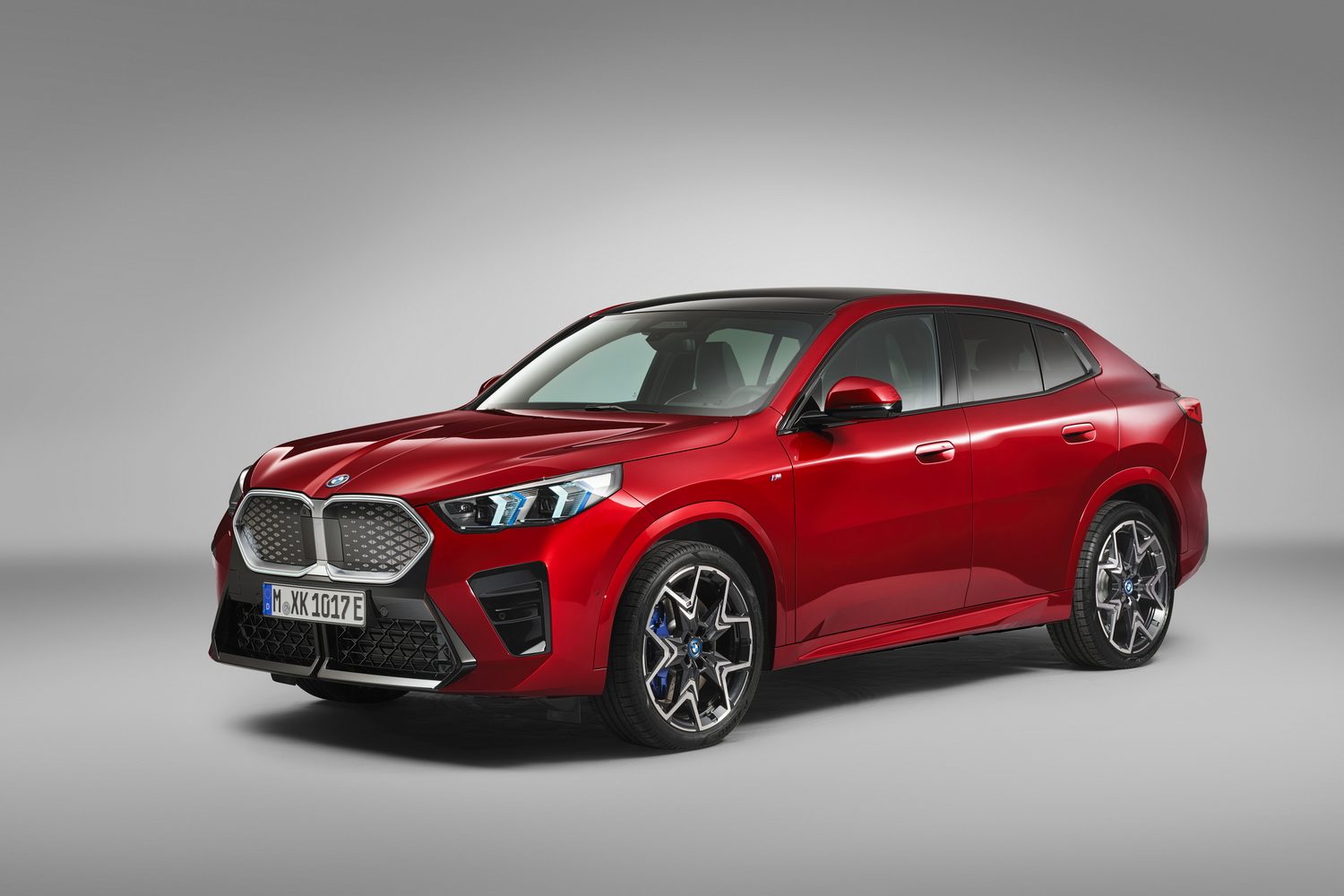
BMW iX2
The second-gen BMW X2 sires the first-ever iX2.
Range: 417-449km
Click for full details...
Range: 417-449km
Click for full details...
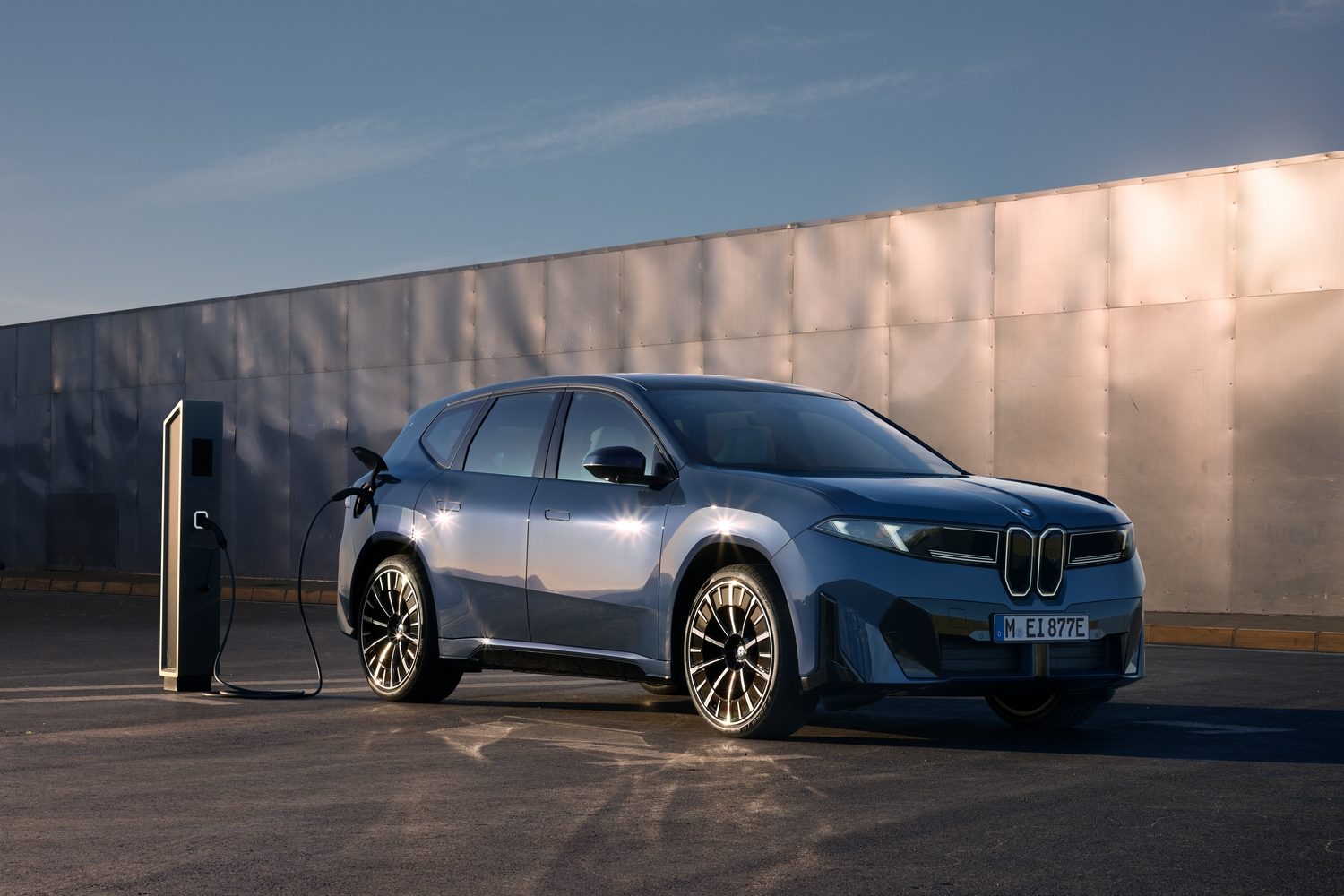
BMW iX3
The BMW iX3 is the first 'Neue Klasse' model from the company, and it's a good one.
Range: 805km
Click for full details...
Range: 805km
Click for full details...
BYD
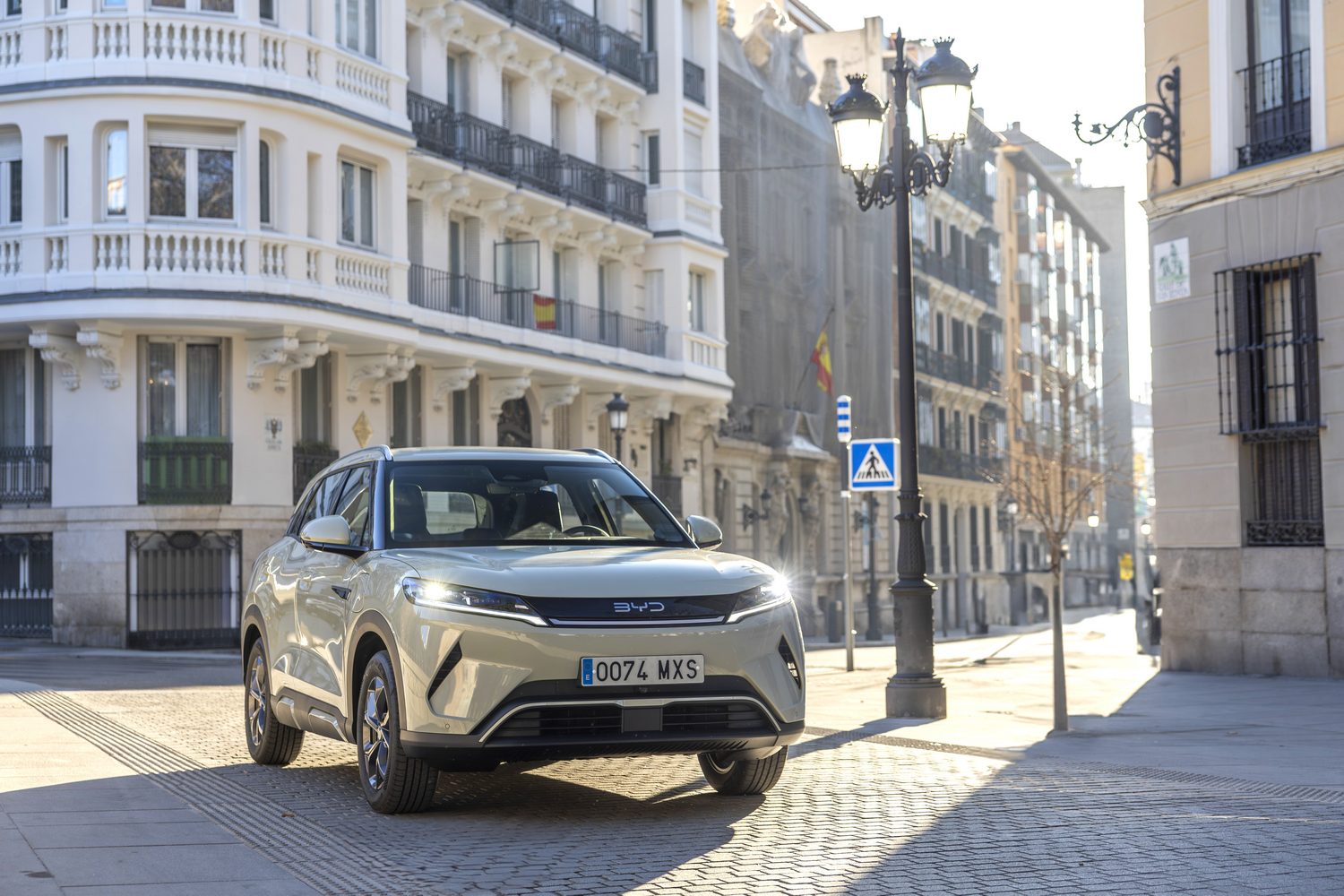
BYD Atto 2
The Atto 2 is a small and affordable all-electric crossover with a classy cabin.
Range: 312km
Click for full details...
Range: 312km
Click for full details...
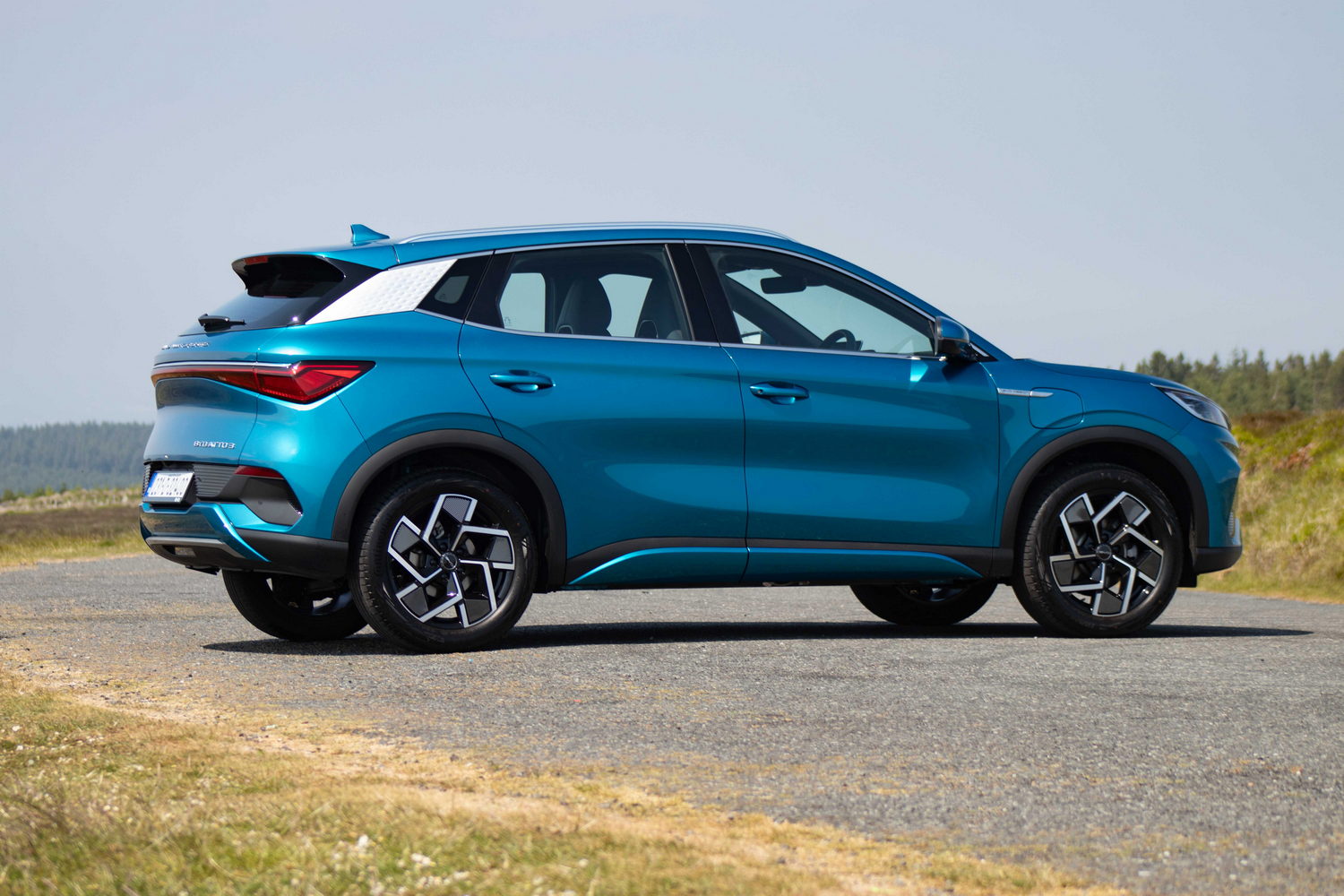
BYD Atto 3
BYD's first car in Ireland was the quietly competent Atto 3 crossover.
Range: 420km
Click for full details...
Range: 420km
Click for full details...
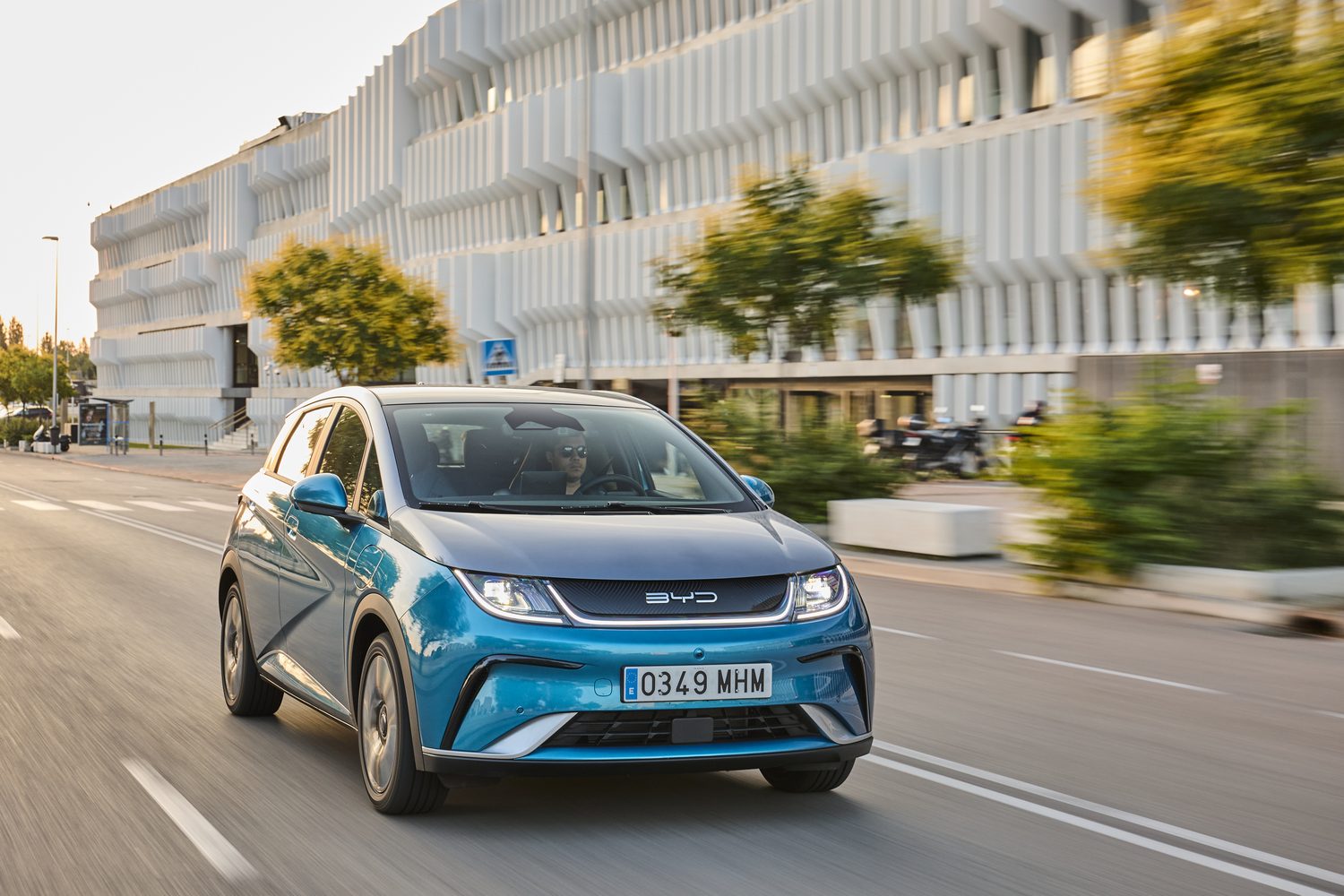
BYD Dolphin
Ultra-low pricing sets the BYD Dolphin hatch apart.
Range: 427km
Click for full details...
Range: 427km
Click for full details...
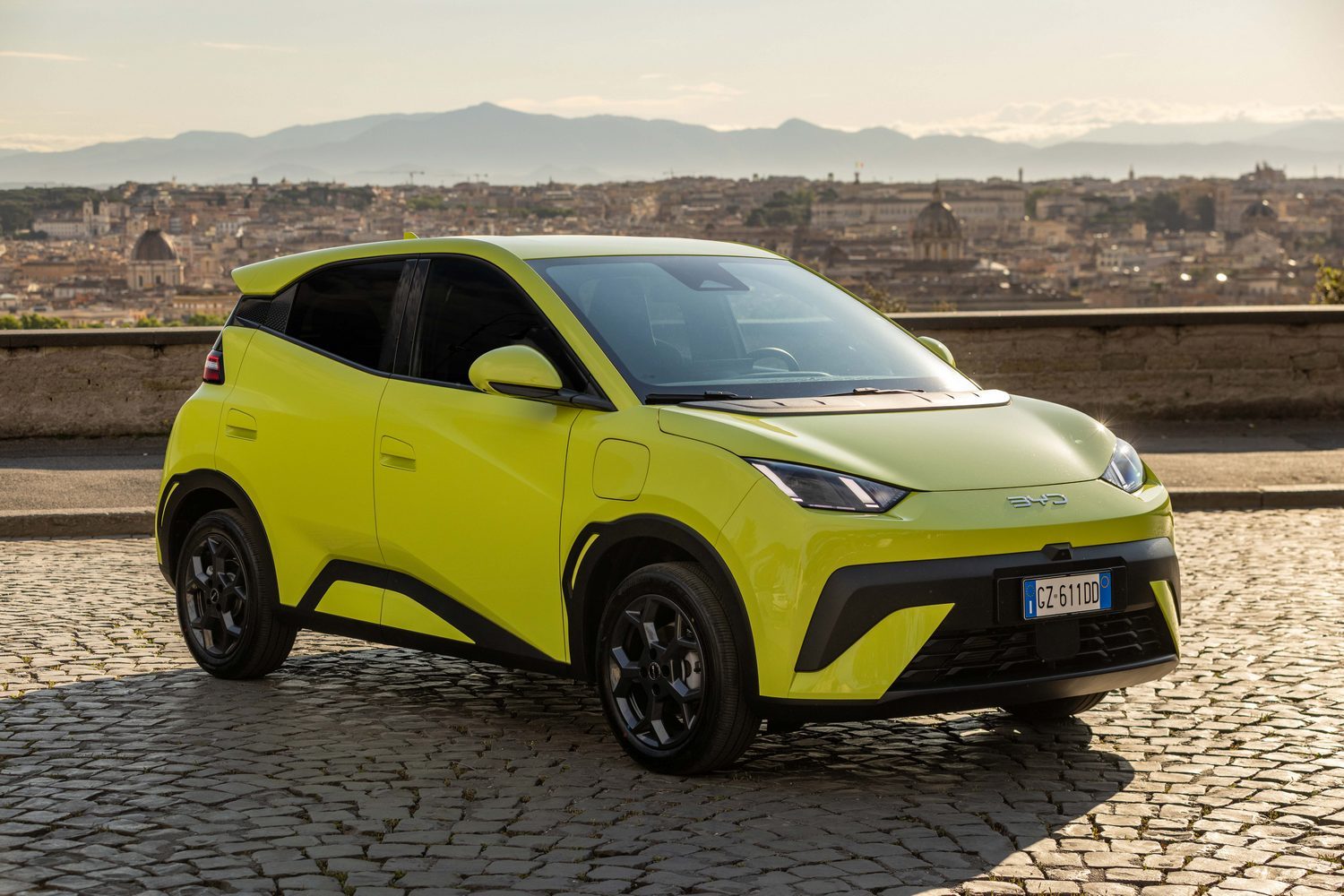
BYD Dolphin Surf
BYD's cheapest car is based on something called a Seagull elsewhere in the world.
Range: 220-310km
Click for full details...
Range: 220-310km
Click for full details...
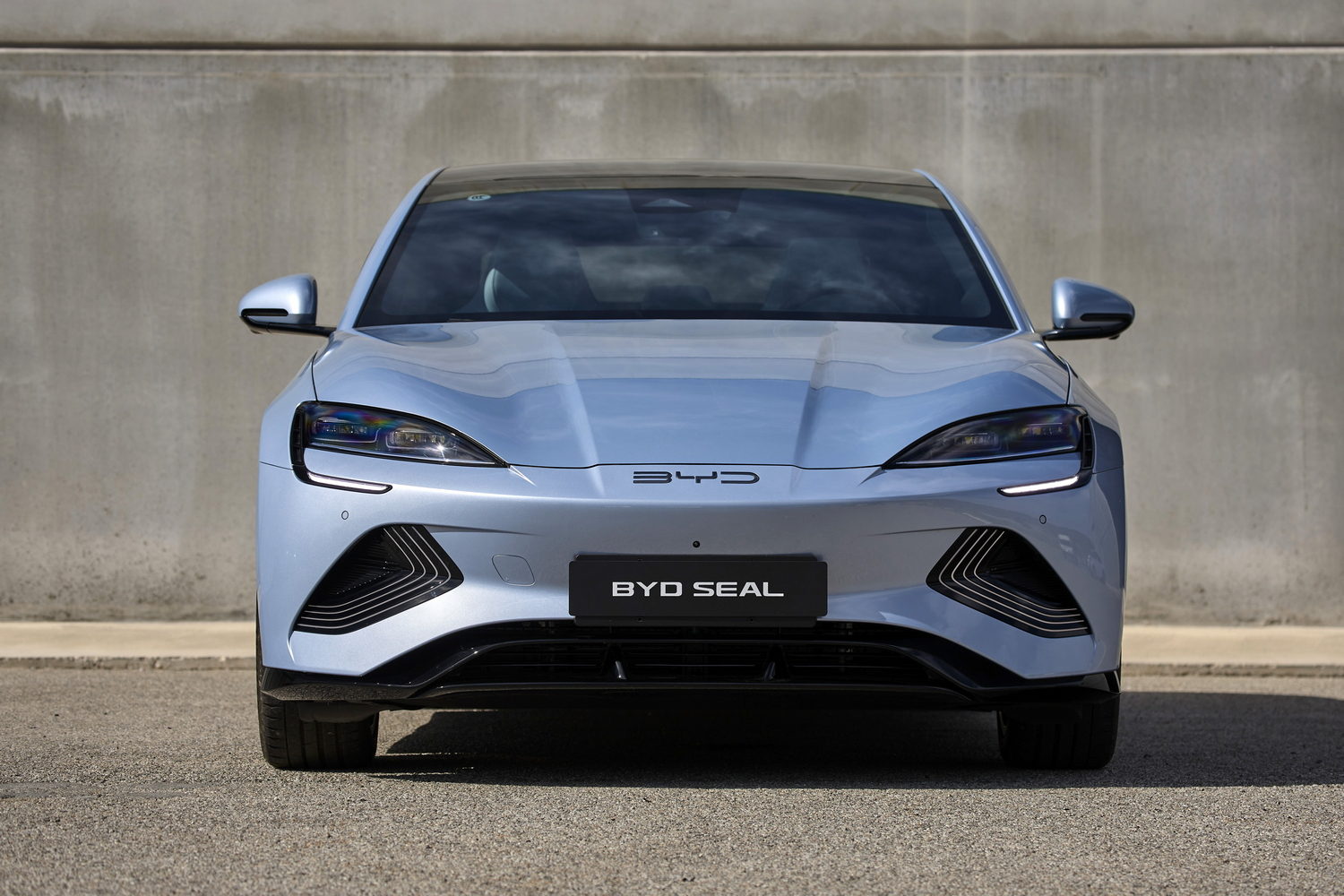
BYD Seal
The Seal is BYD's answer to the Tesla Model 3.
Range: 520-570km
Click for full details...
Range: 520-570km
Click for full details...
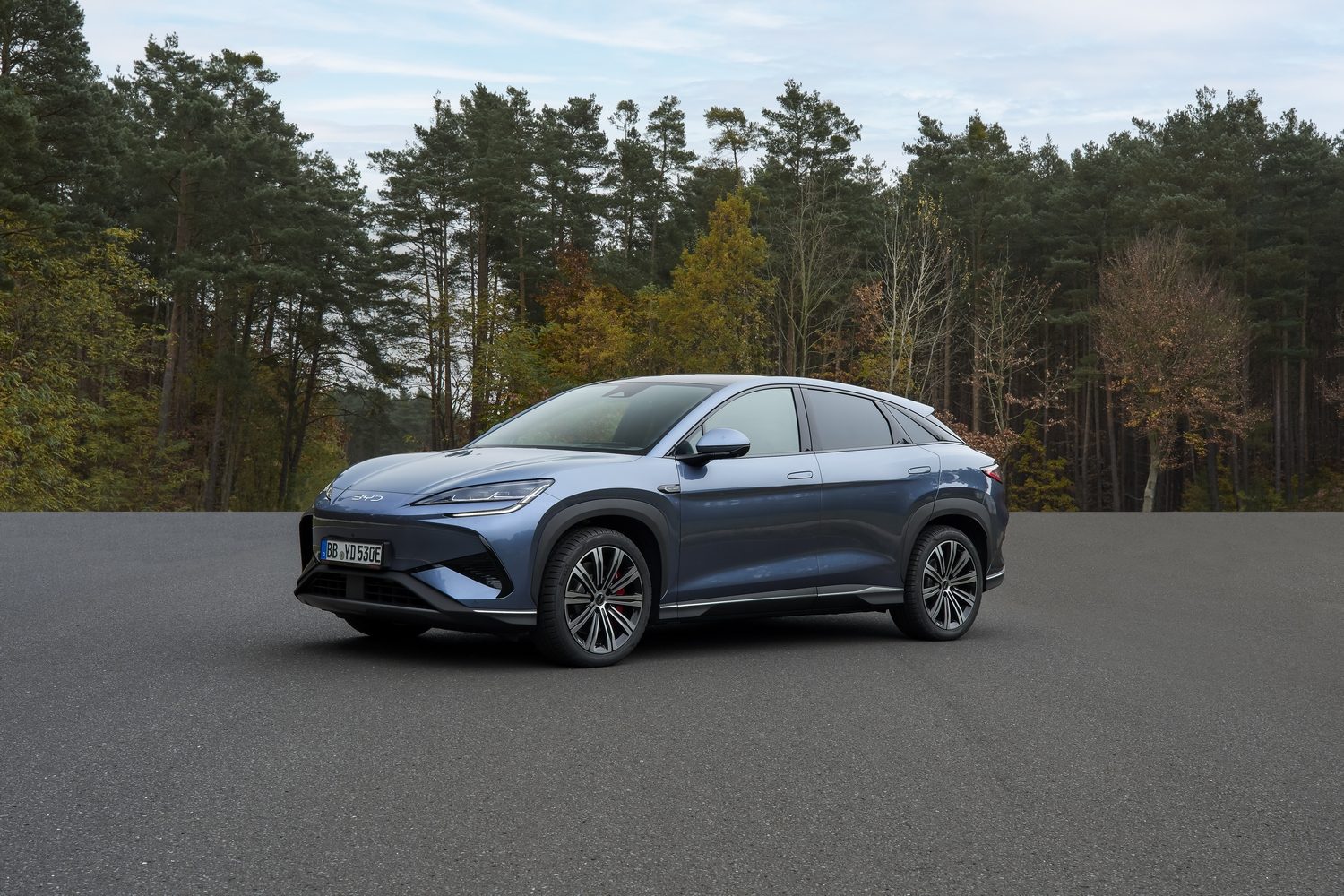
BYD Sealion 7
The BYD Sealion 7 is a sporty looking electric SUV.
Range: 456-502km
Click for full details...
Range: 456-502km
Click for full details...
Cadillac
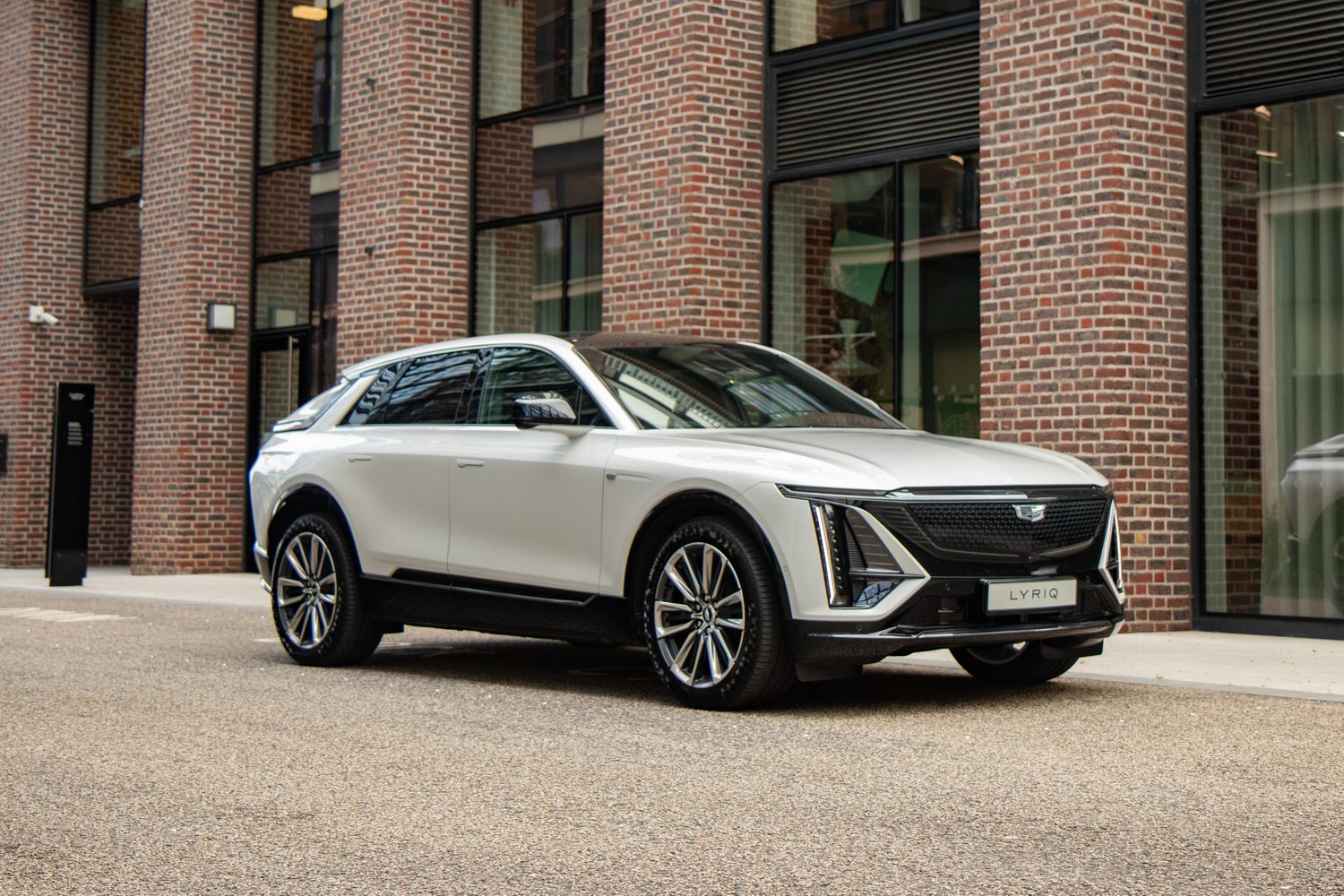
Cadillac Lyriq
The Cadillac Lyriq is a sleeker-looking alternative to the Range Rover Sport.
Range: 460-530km
Click for full details...
Range: 460-530km
Click for full details...
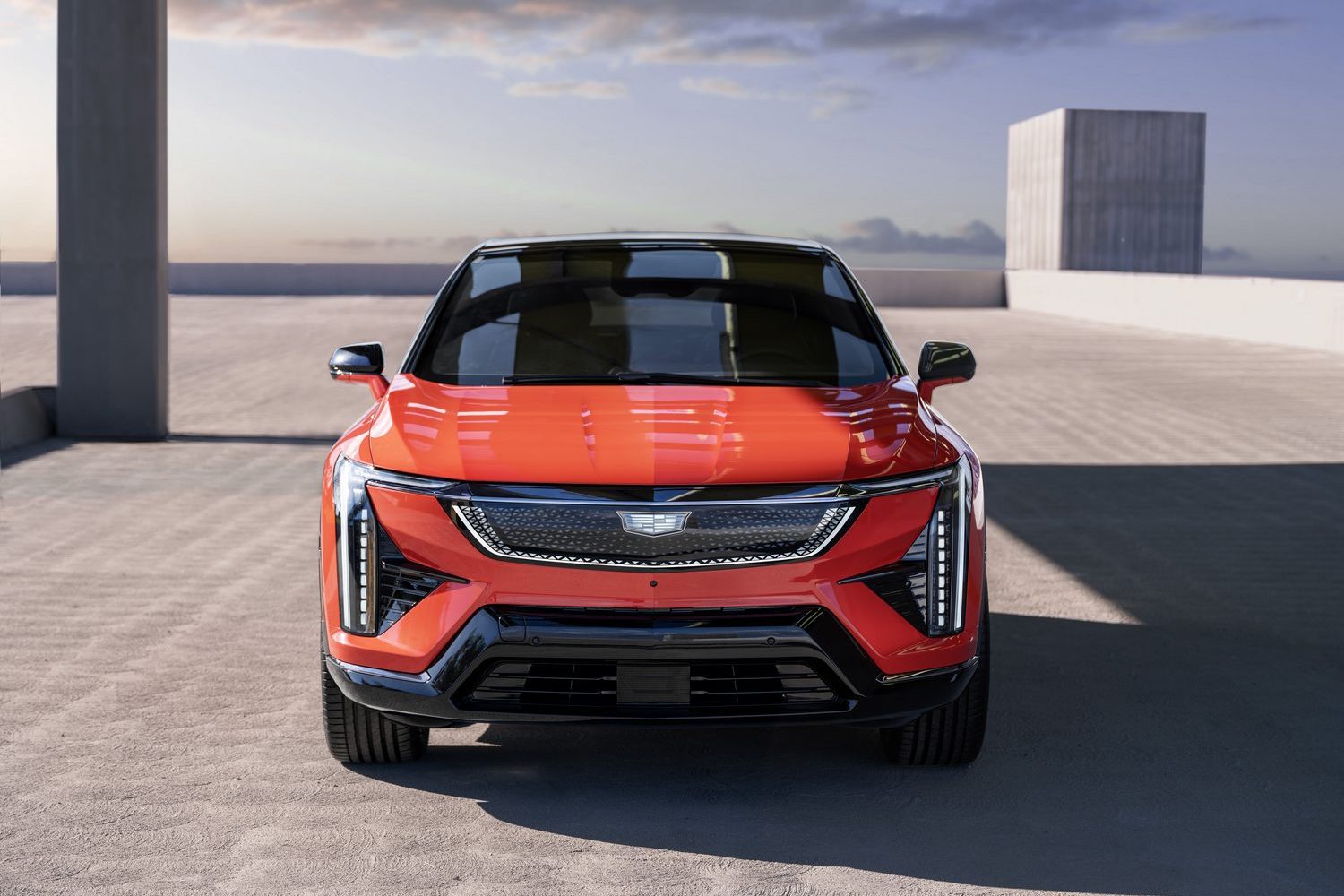
Cadillac Optiq
Cadillac is going all compact. Well, relatively speaking.
Range: 425km
Click for full details...
Range: 425km
Click for full details...
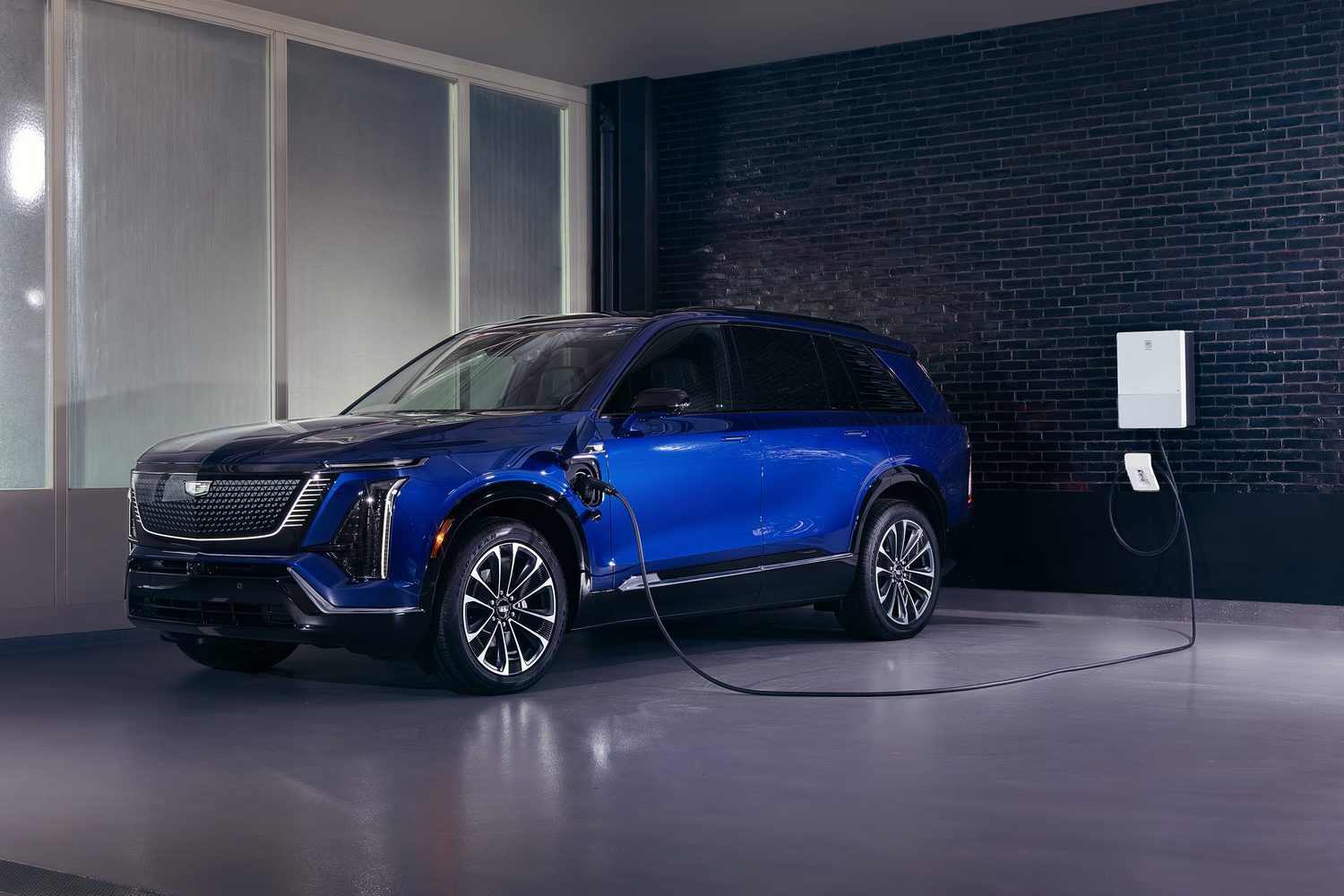
Cadillac Vistiq
The huge Vistiq EV is exactly what Irish people will expect from a Cadillac SUV.
Range: 425km
Click for full details...
Range: 425km
Click for full details...
Citroen
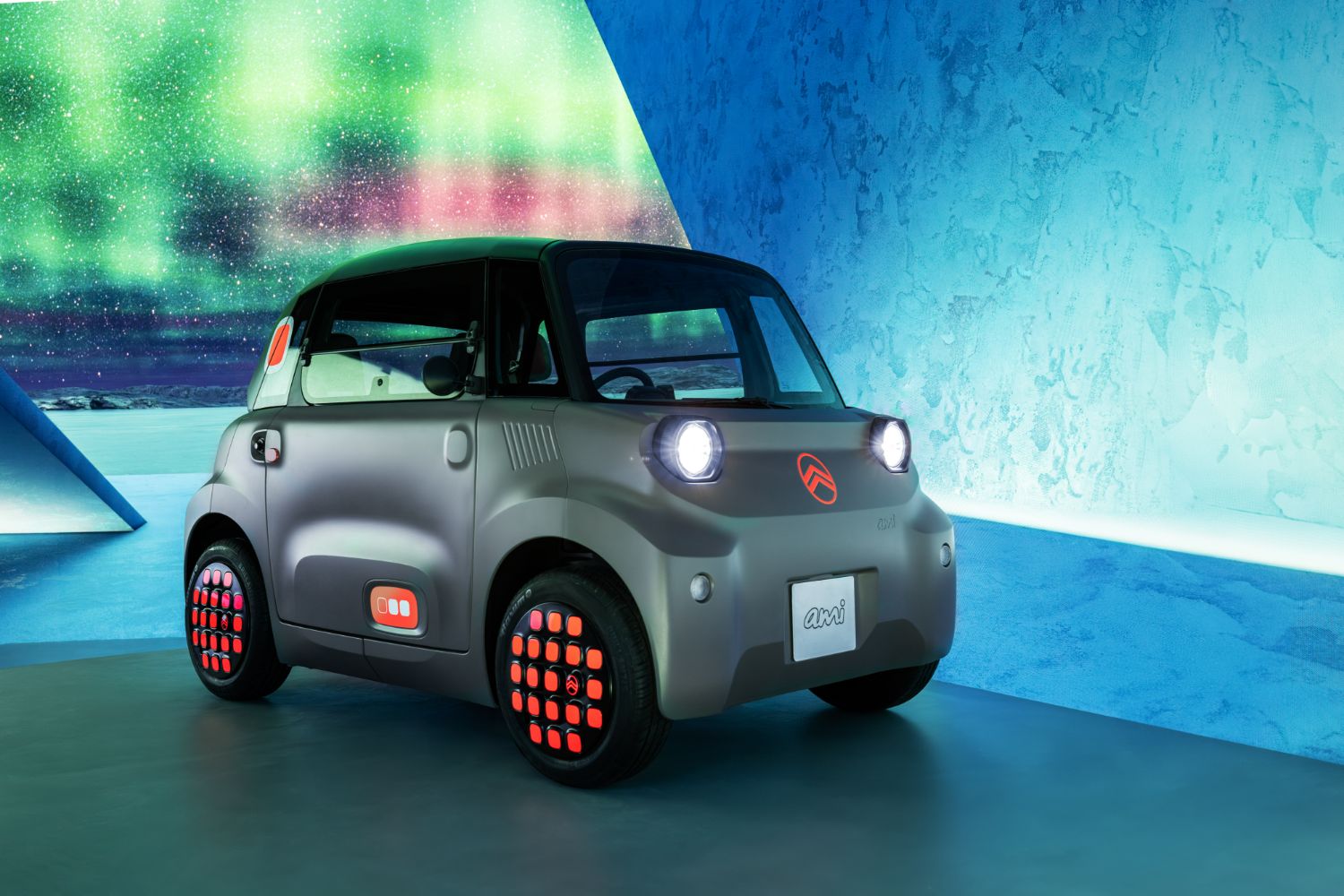
Citroen Ami
The Citroen Ami isn't quite a car, but you can buy one in Ireland.
Range: 75km
Click for full details...
Range: 75km
Click for full details...
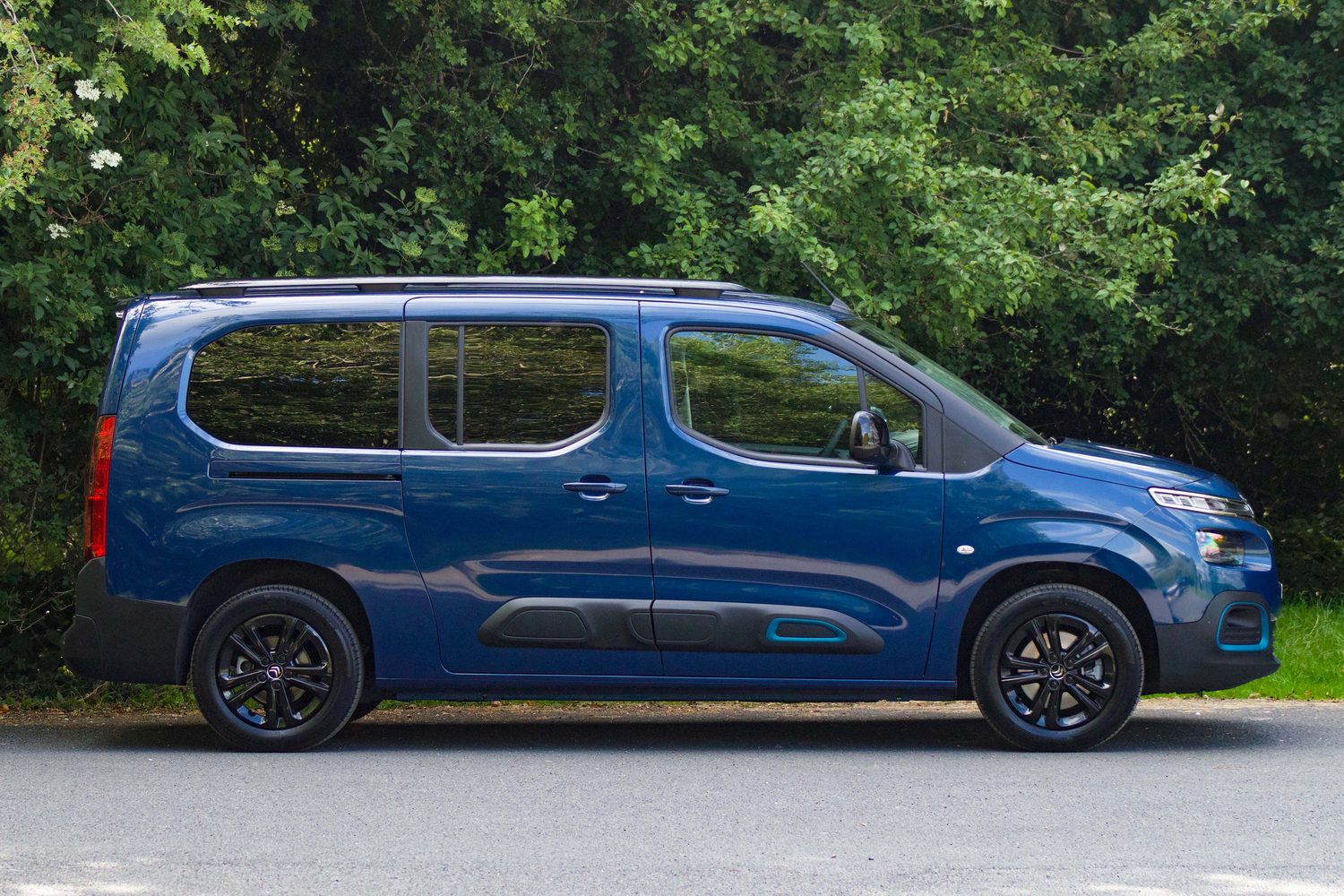
Citroen e-Berlingo
Electric cars don't come much more spacious than the sensible Citroen e-Berlingo.
Range: 268-284km
Click for full details...
Range: 268-284km
Click for full details...
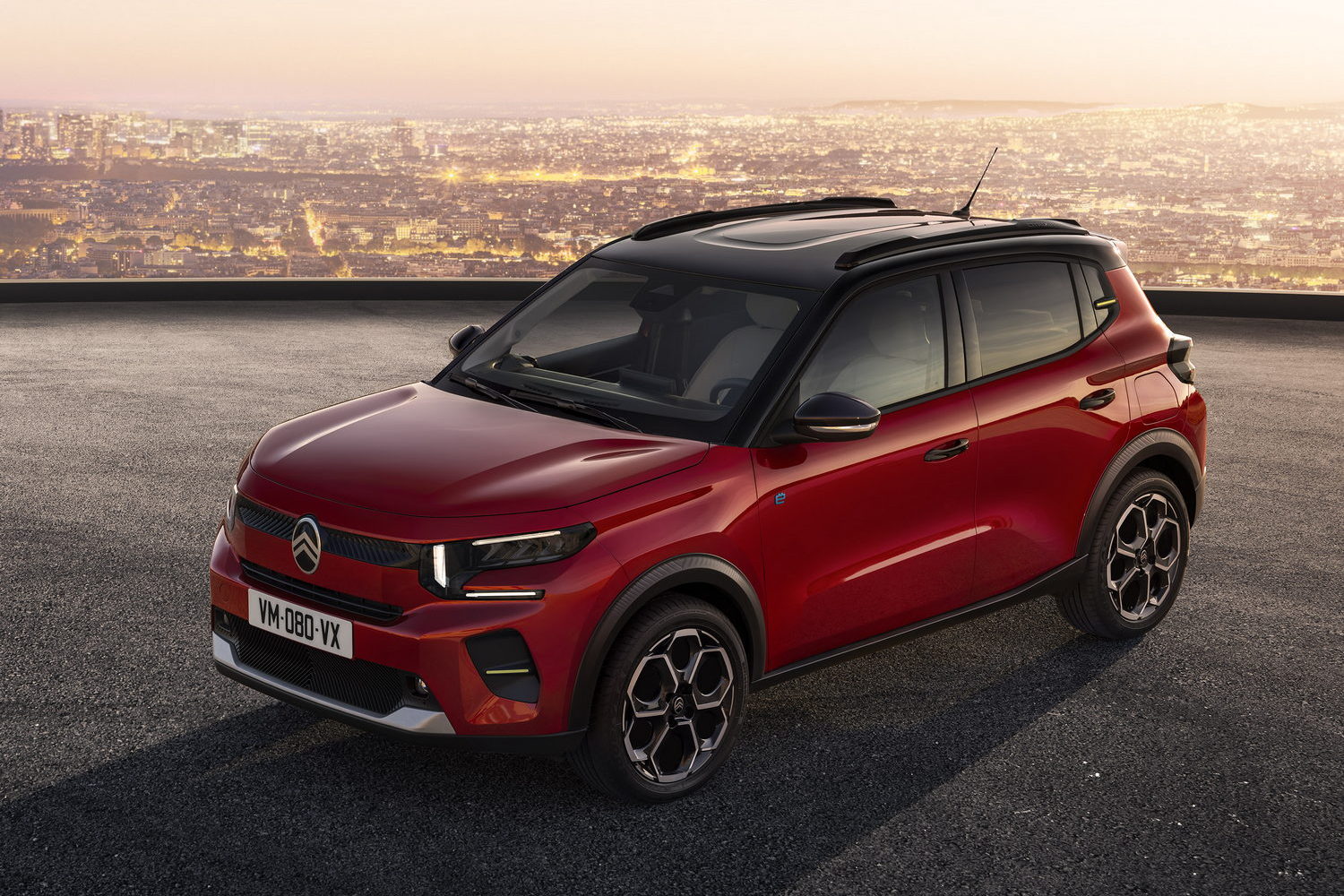
Citroen e-C3
Citroen promises to make electric power accessible to all with its new e-C3.
Range: 320km
Click for full details...
Range: 320km
Click for full details...
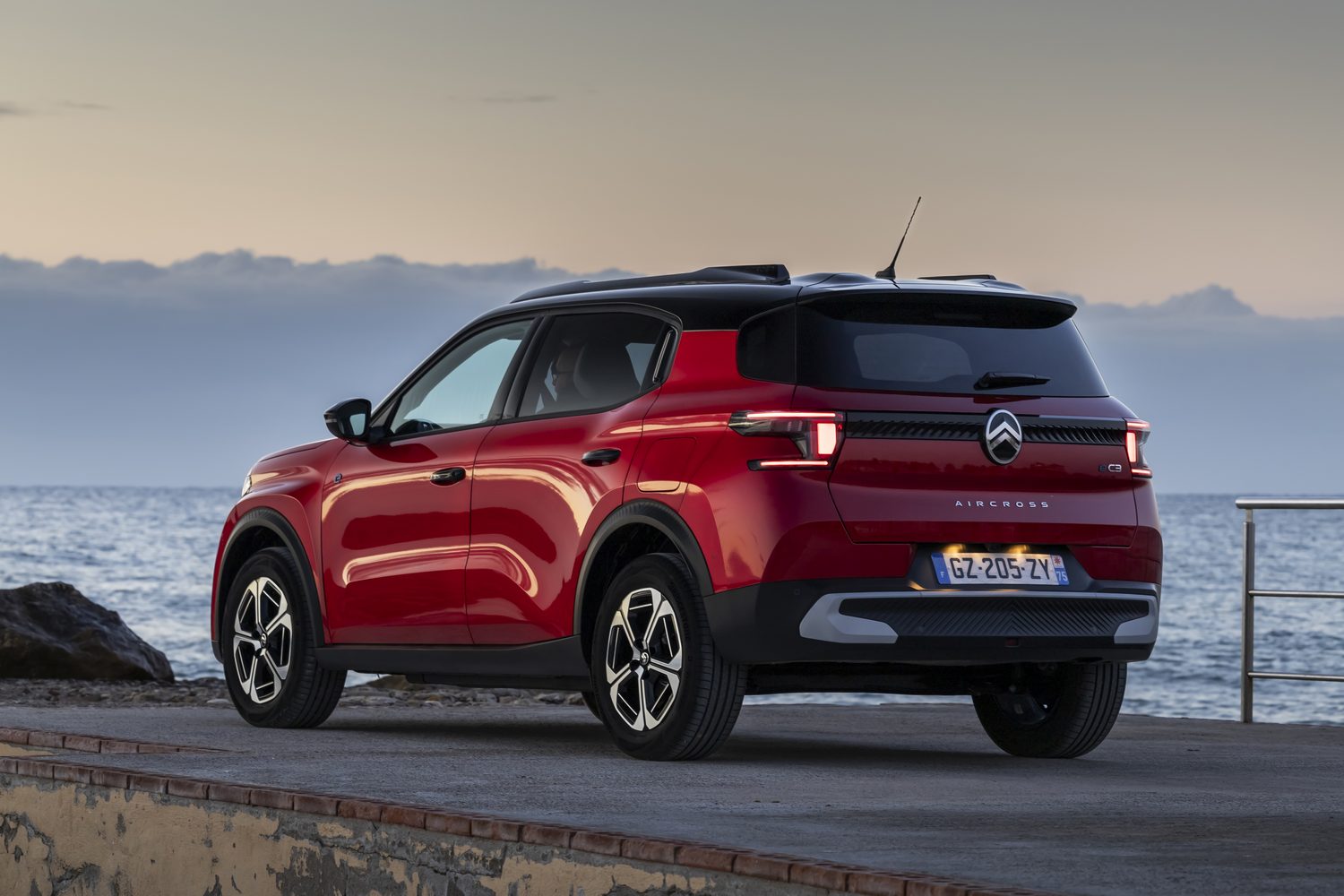
Citroen e-C3 Aircross
It might be badged a C3, but this Aircross is a lot more practical.
Range: 306-384km
Click for full details...
Range: 306-384km
Click for full details...
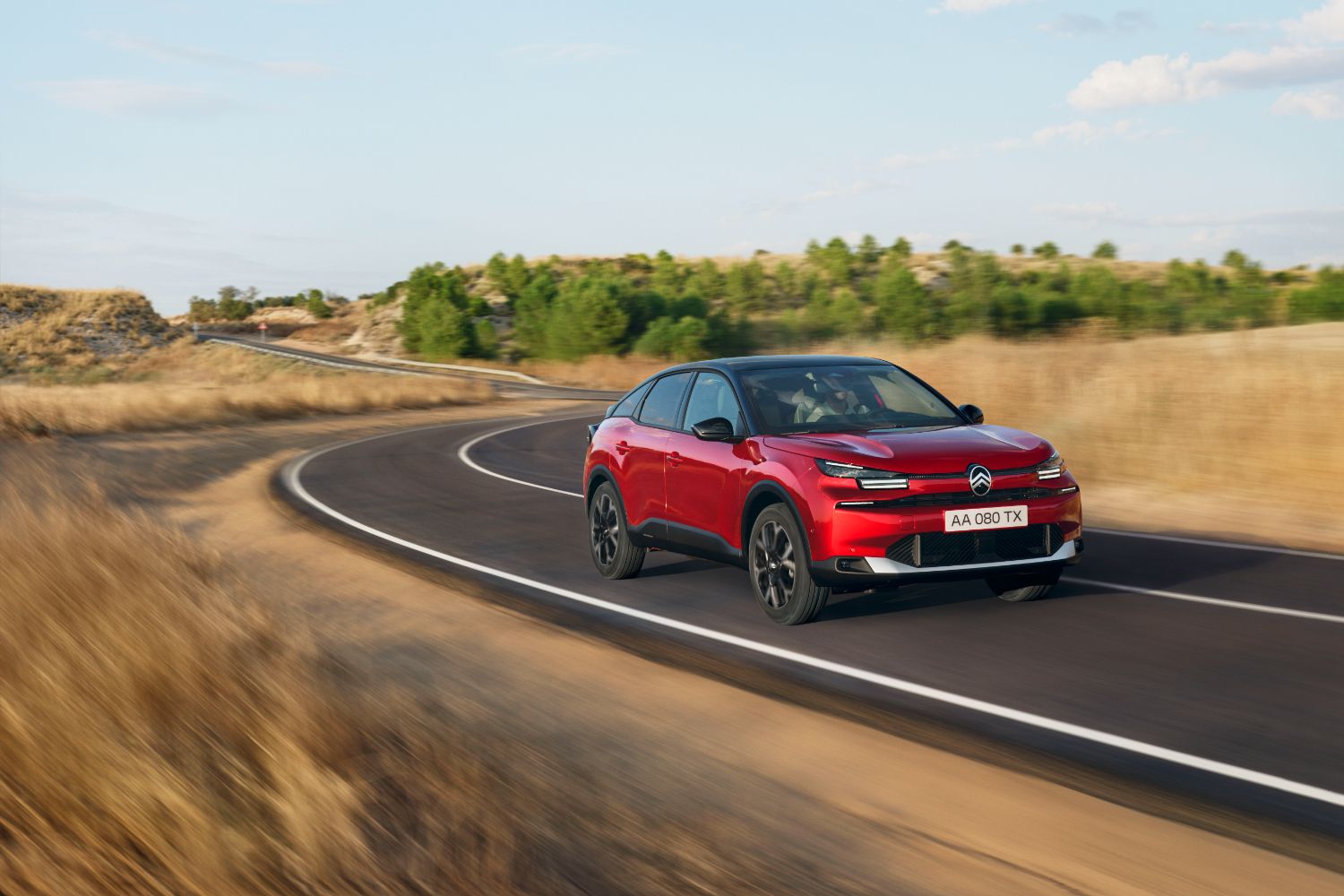
Citroen e-C4
The quirky Citroen C4 has been updated for 2025.
Range: 360-420km
Click for full details...
Range: 360-420km
Click for full details...
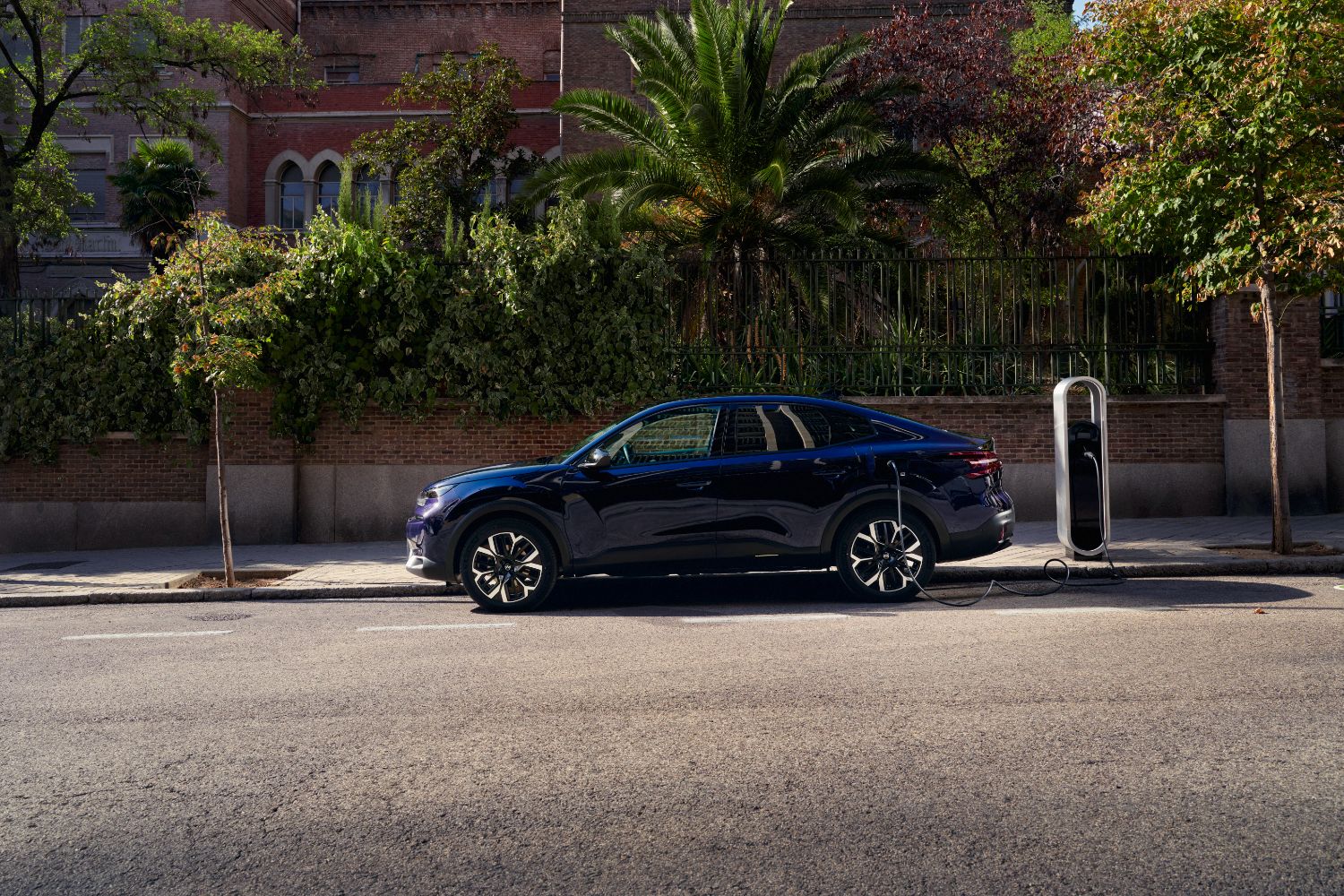
Citroen e-C4 X
Fancy a saloon version of the electric Citroen C4? That'll be the e-C4 X.
Range: 360-421km
Click for full details...
Range: 360-421km
Click for full details...
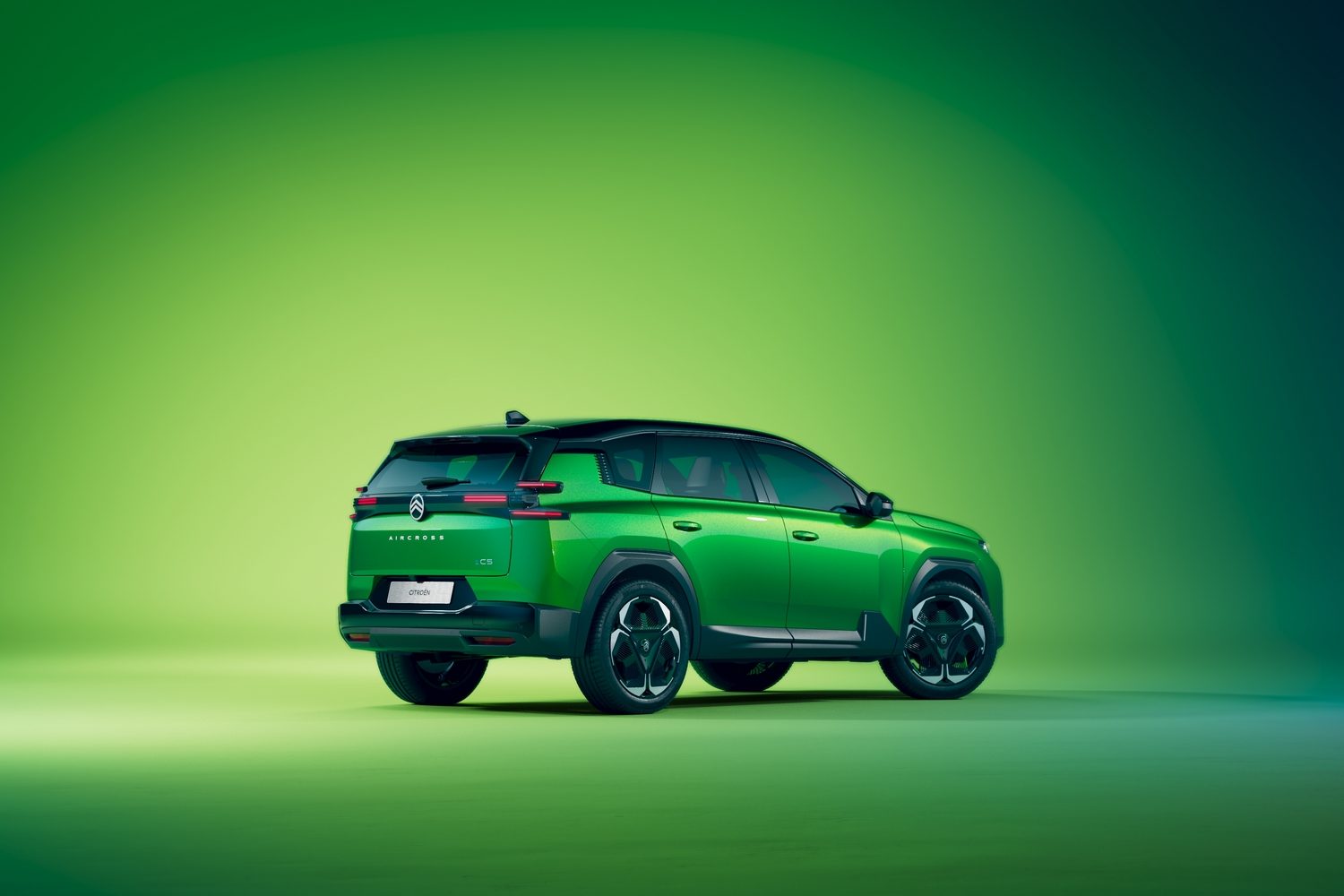
Citroen e-C5 Aircross
Citroen's biggest Aircross model is going all-electric for 2026 and beyond.
Range: 520-680km
Click for full details...
Range: 520-680km
Click for full details...
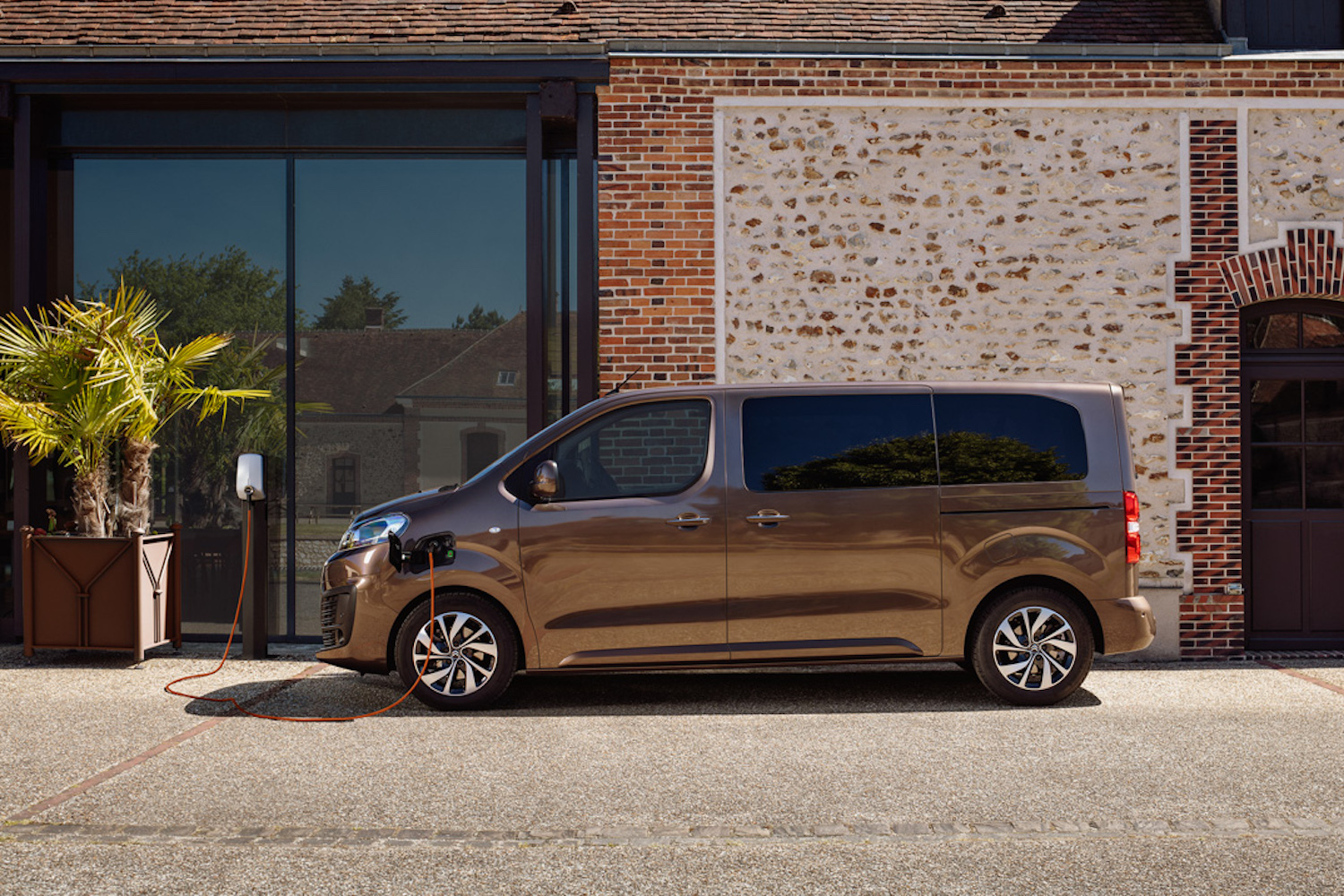
Citroen e-SpaceTourer
The huge Citroen e-SpaceTourer MPV lives up to its name by offering lots of space and seats.
Range: 230km
Click for full details...
Range: 230km
Click for full details...
Cupra
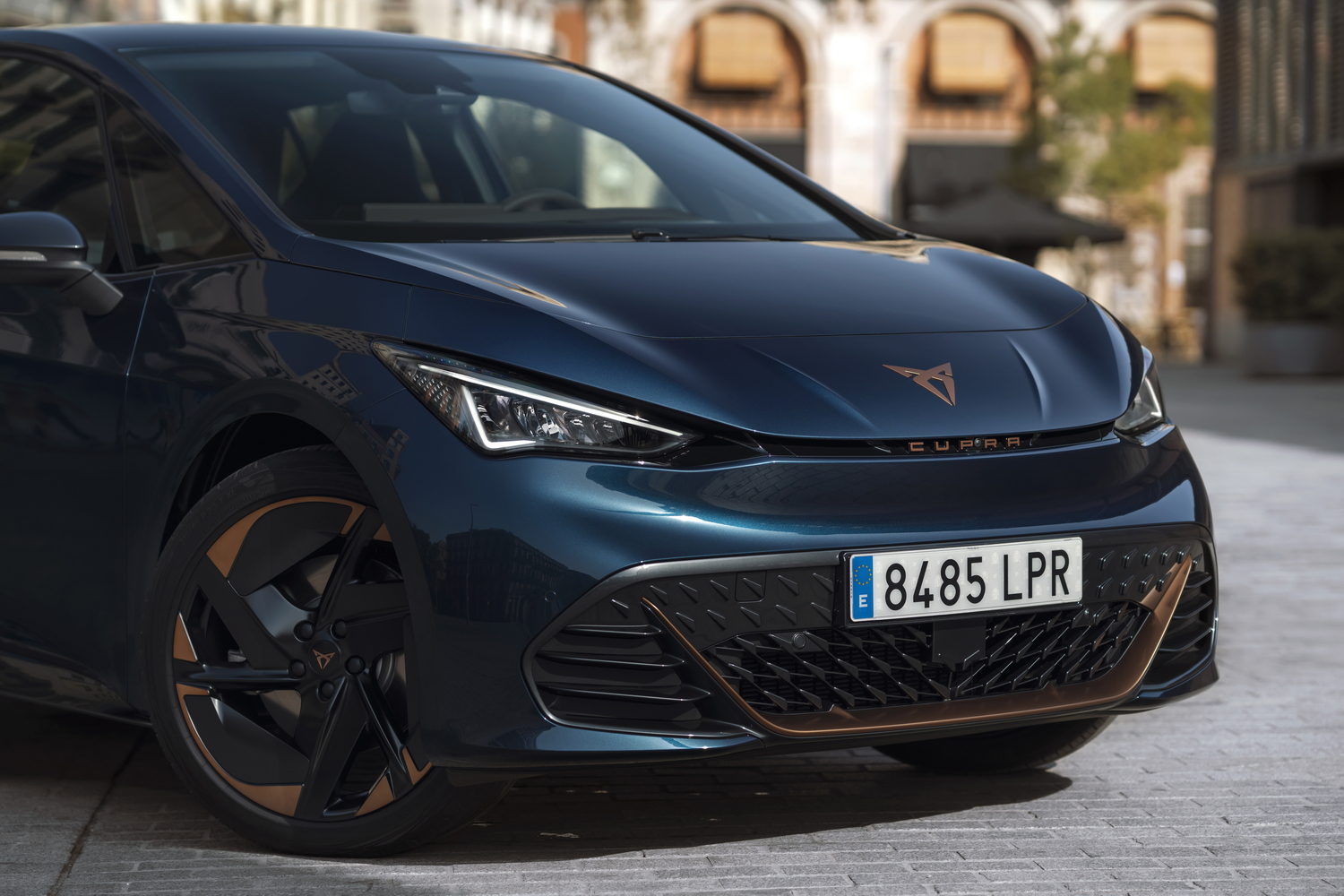
Cupra Born
The Cupra Born was touted as one of the first ever electric hot hatches.
Range: 378-552km
Click for full details...
Range: 378-552km
Click for full details...
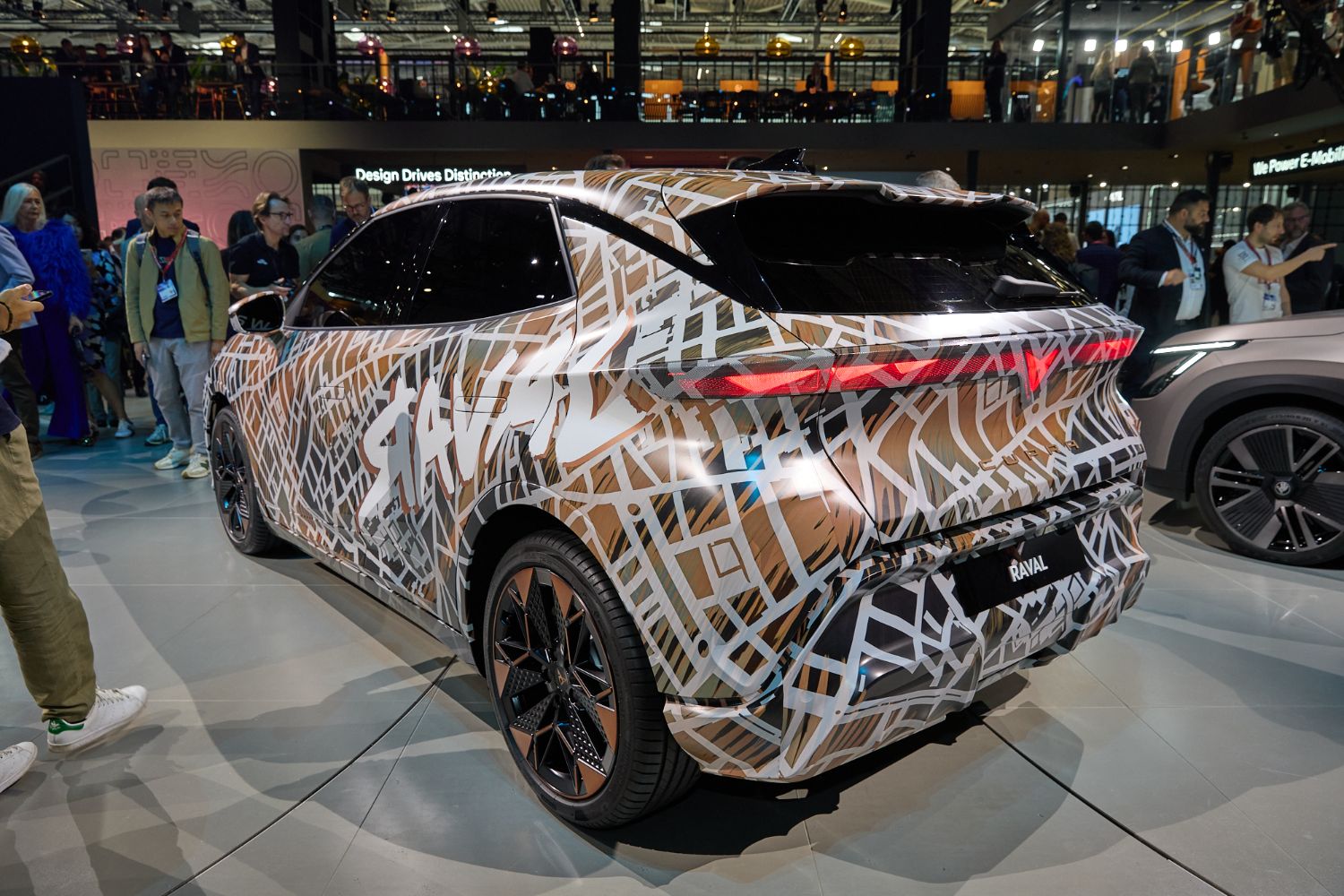
Cupra Raval
Cupra will soon launch the sporty little Raval, a compact crossover.
Range: 440km
Click for full details...
Range: 440km
Click for full details...
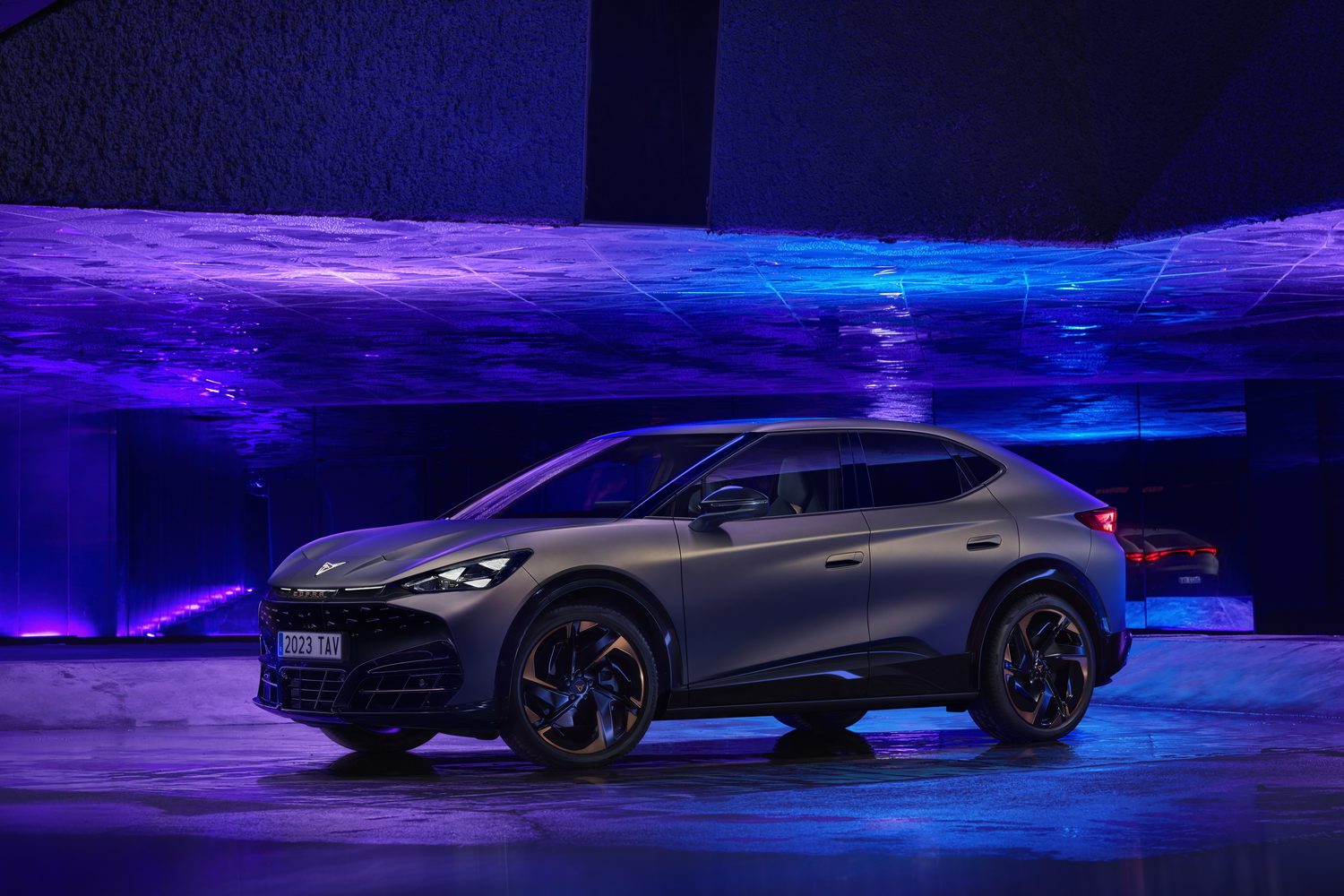
Cupra Tavascan
Cupra's second electric car, the Tavascan crossover, is a stylish one.
Range: 516-547km
Click for full details...
Range: 516-547km
Click for full details...
Dacia
DS
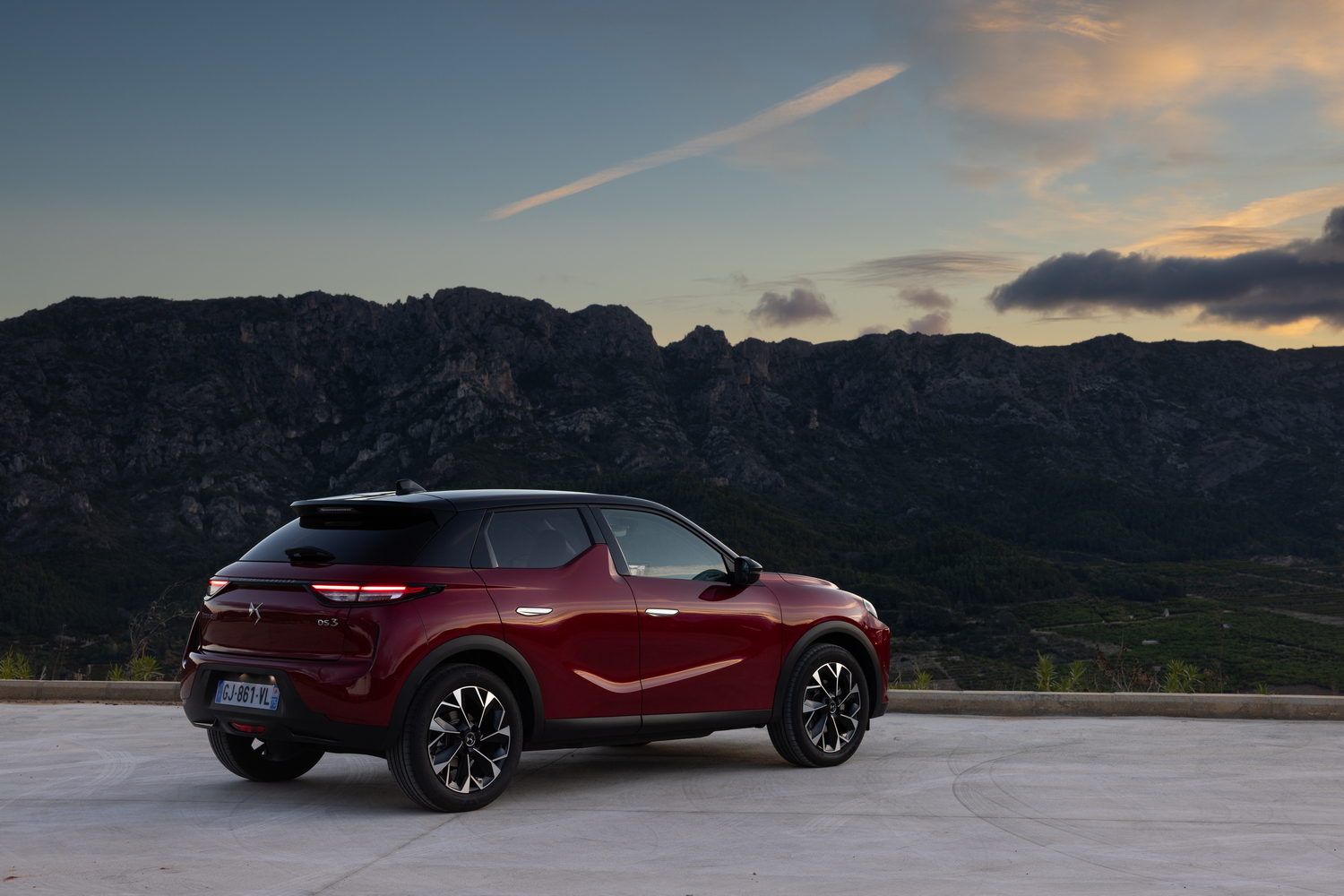
DS 3 E-Tense
The quirky DS 3 is almost a crossover and can be had with petrol or E-Tense electric power.
Range: 404km
Click for full details...
Range: 404km
Click for full details...
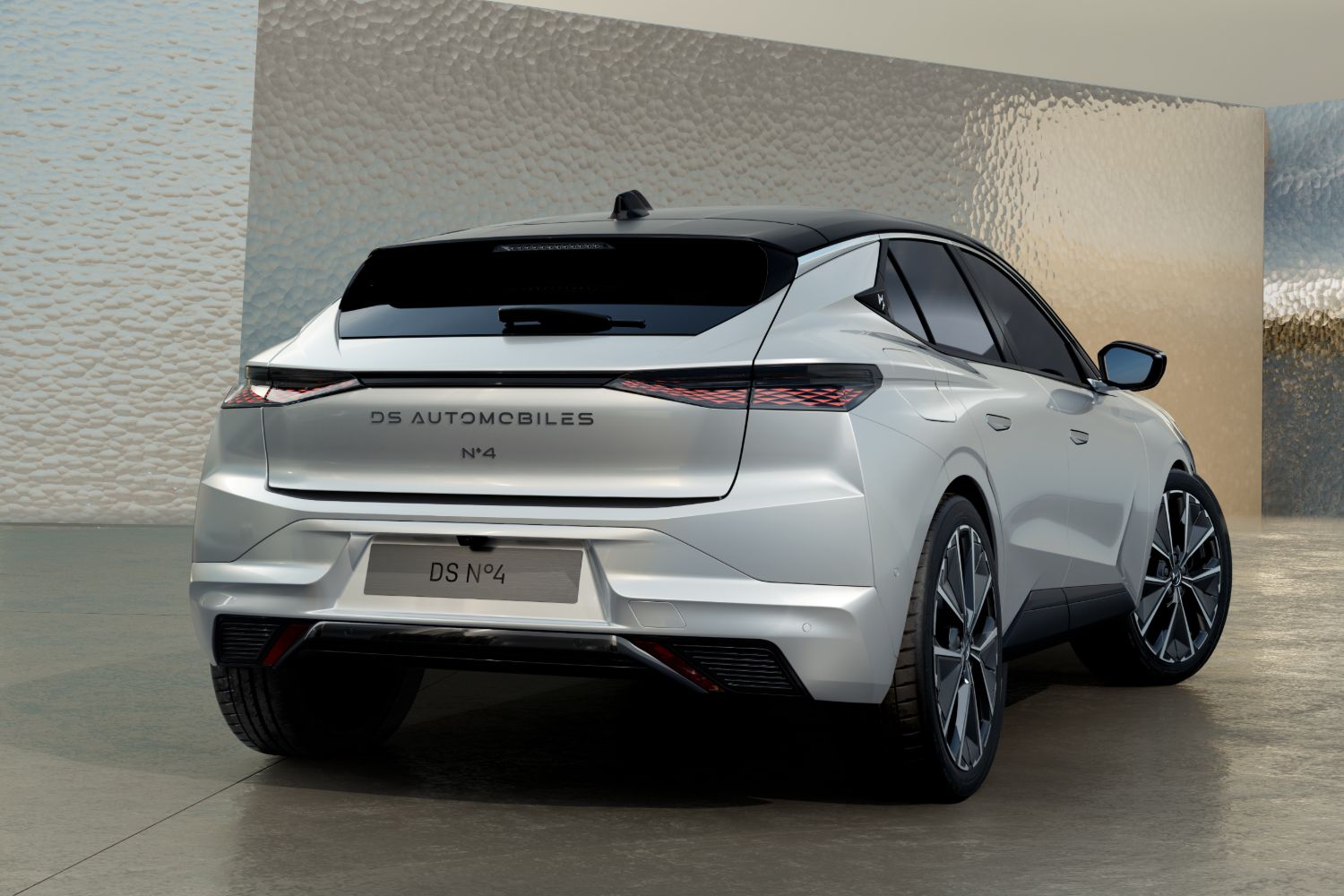
DS No.4
It's more than a rename for the DS4, as the DS No.4 is a complete revamp.
Range: 450km
Click for full details...
Range: 450km
Click for full details...
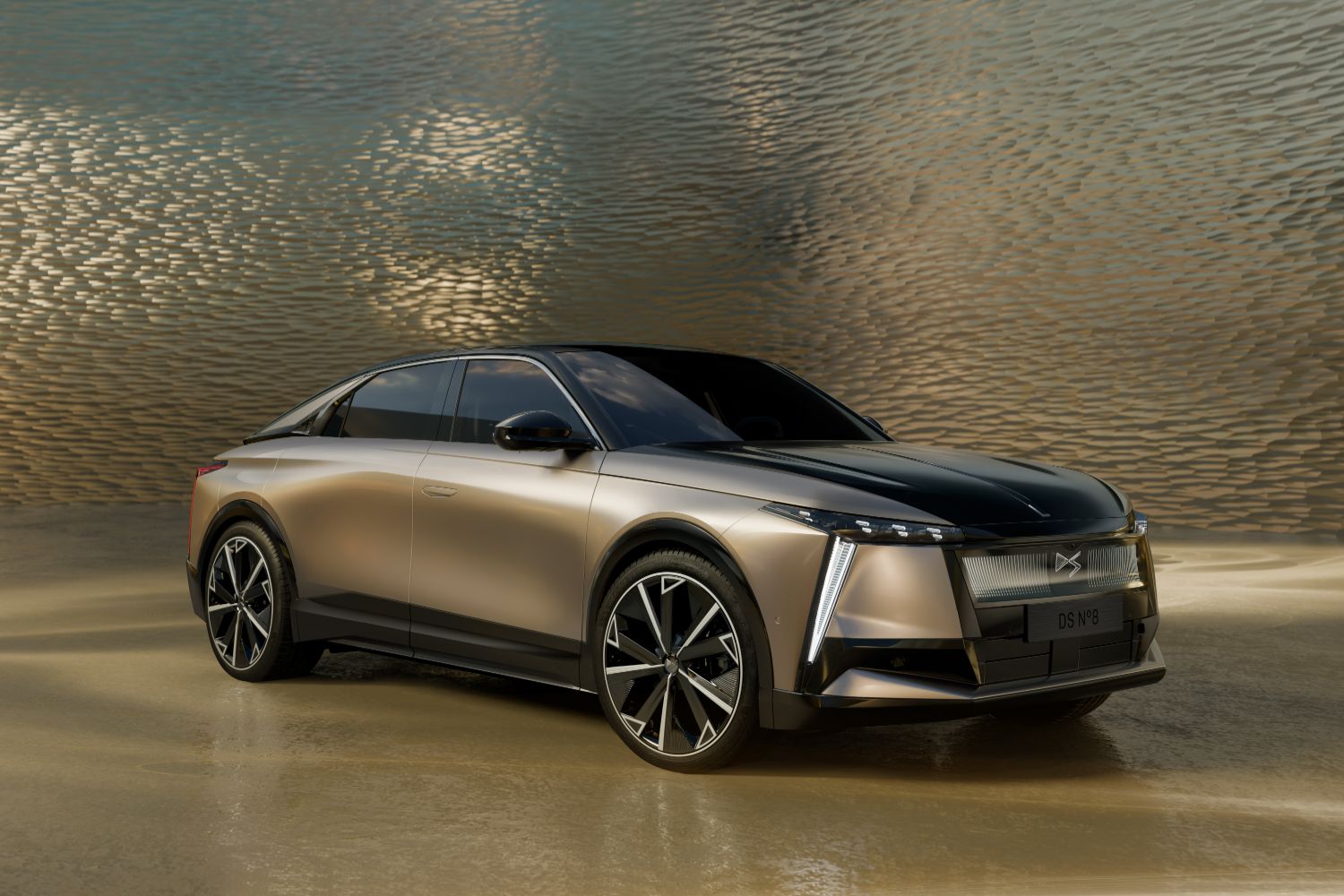
DS No.8
DS’s new low-slung crossover wants to be taken seriously as a BMW and Audi rival.
Range: 572-750km
Click for full details...
Range: 572-750km
Click for full details...
Fiat
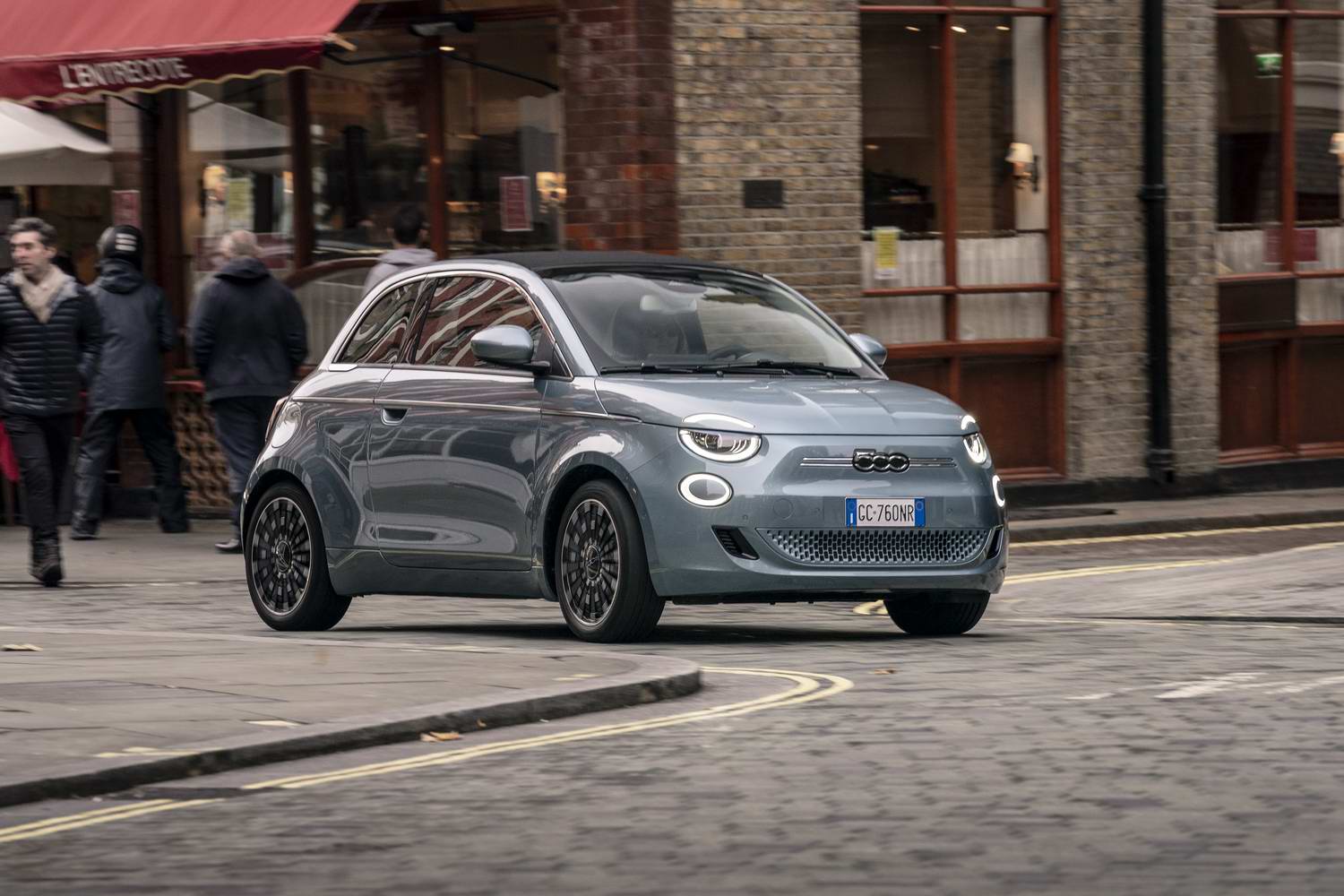
Fiat 500e
No car is better suited to going electric than the charming Fiat 500.
Range: 190-320km
Click for full details...
Range: 190-320km
Click for full details...
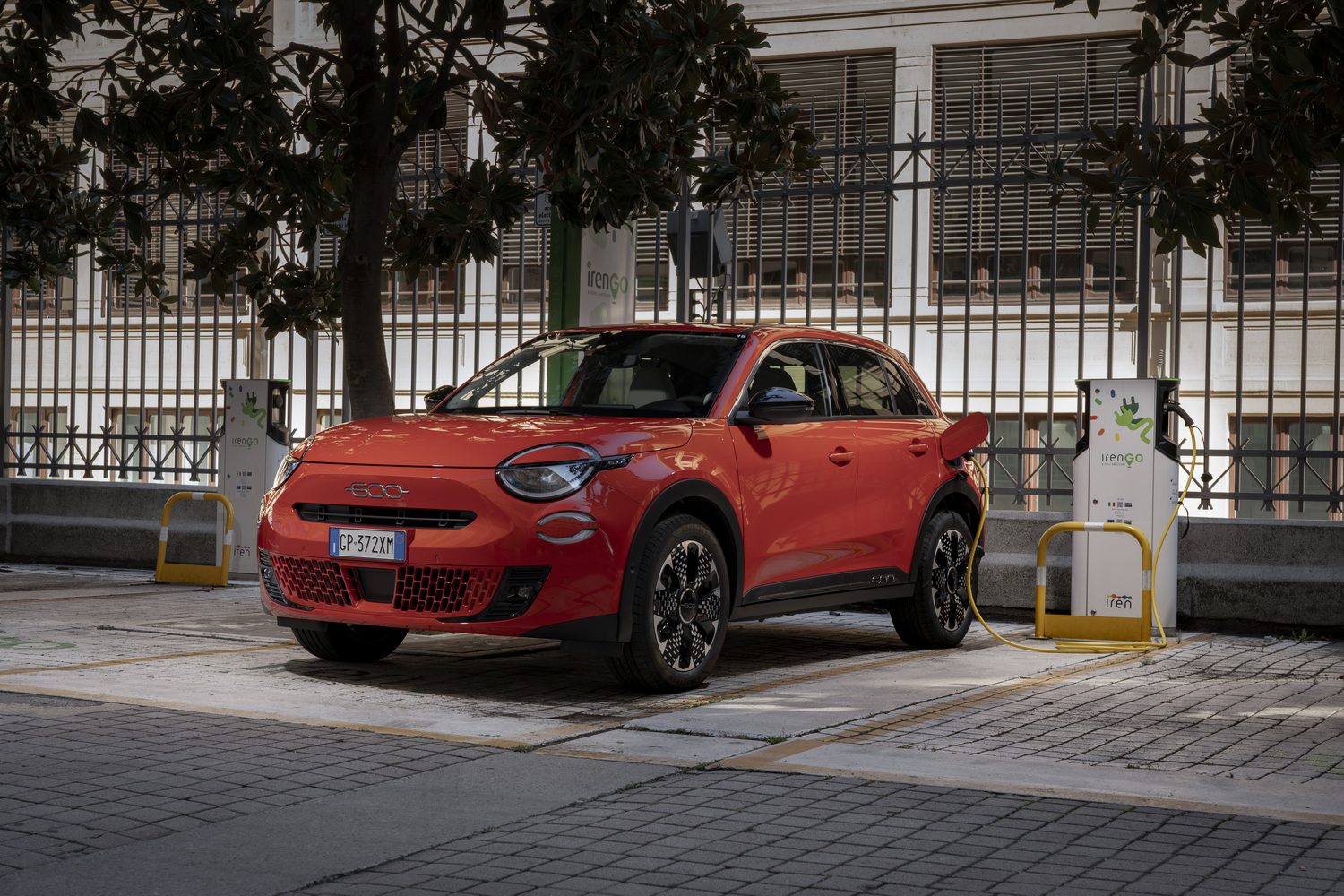
Fiat 600e
The Fiat 600e is a larger, five-door crossover alternative to the 500e city car.
Range: 406km
Click for full details...
Range: 406km
Click for full details...
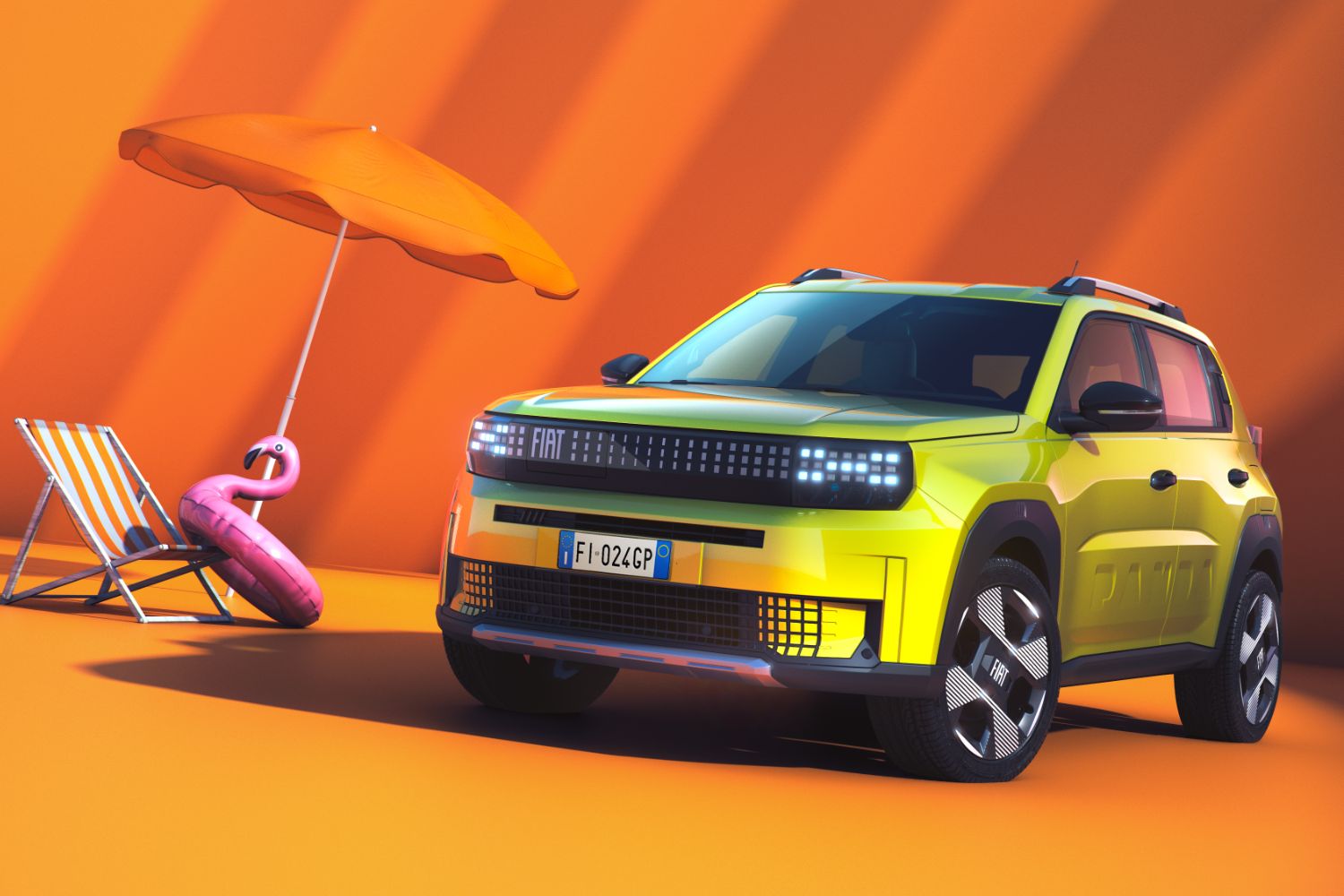
Fiat Grande Panda
The Fiat Panda is going electric, and growing - hence the 'Grande' name...
Range: 320km
Click for full details...
Range: 320km
Click for full details...
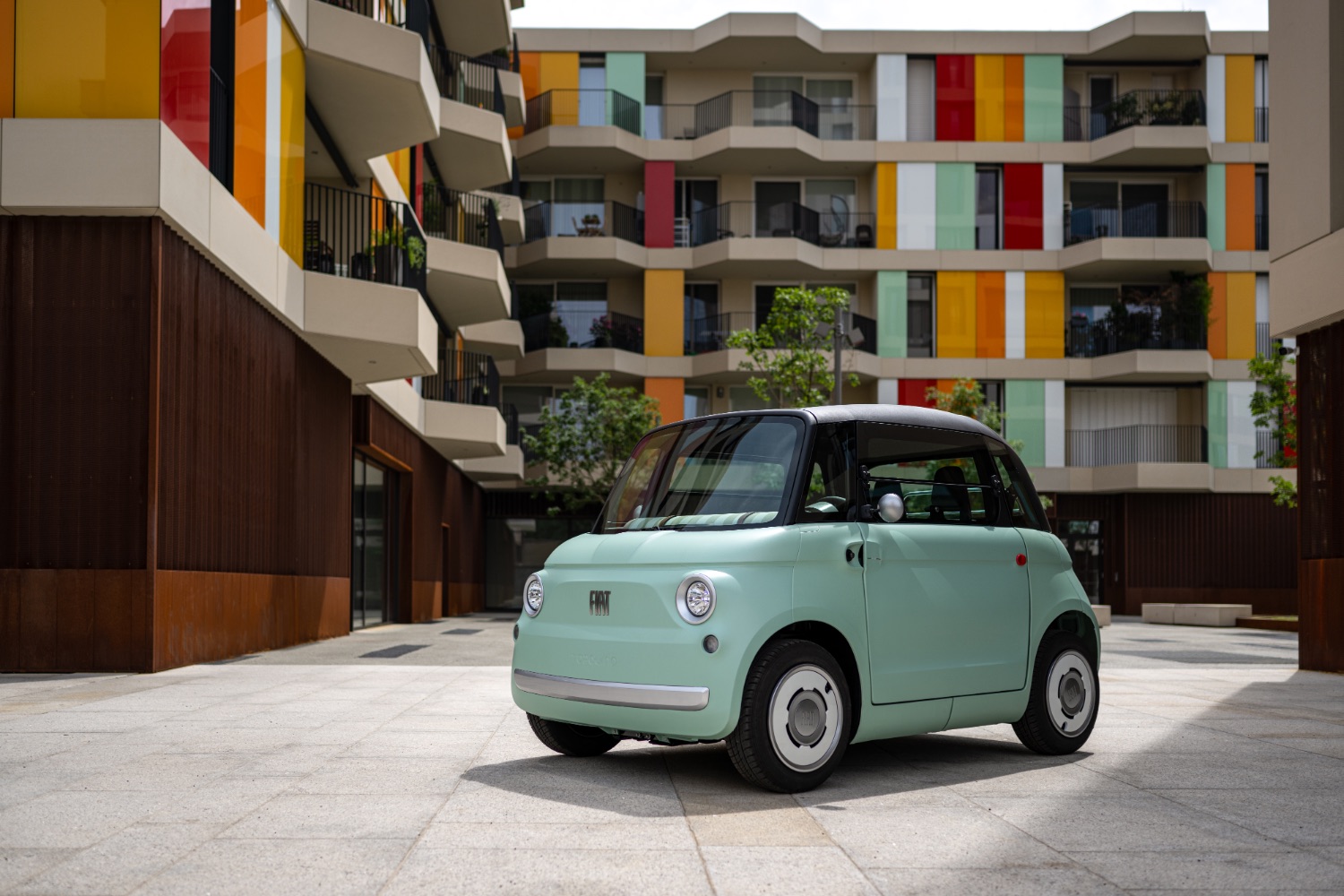
Fiat Topolino
City EVs don't come much cuter than the Fiat Topolino - coming soon.
Range: 75km
Click for full details...
Range: 75km
Click for full details...
Ford
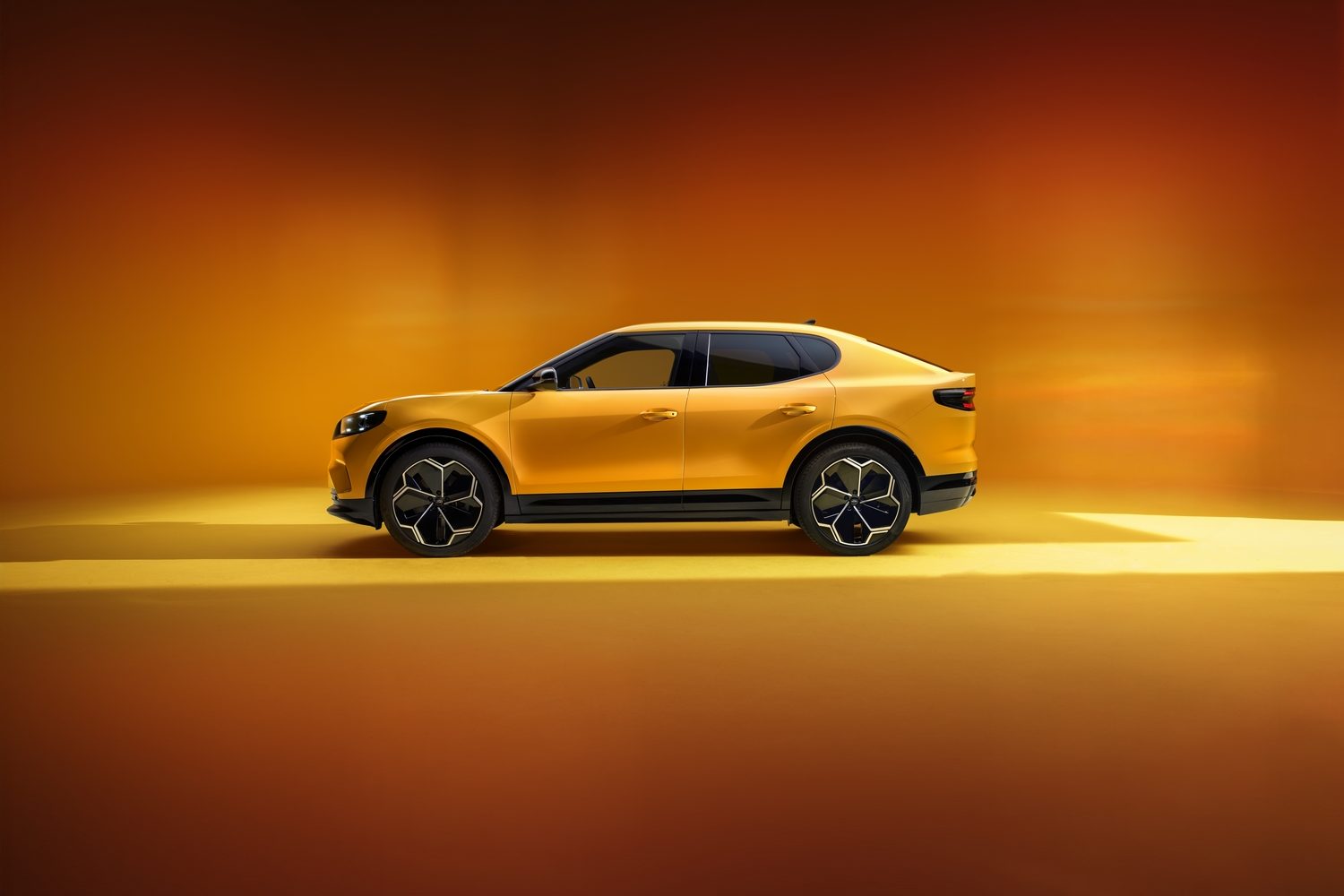
Ford Capri
The Ford Capri is a coupe-SUV taking a little inspiration from the original sporty coupe.
Range: 373-627km
Click for full details...
Range: 373-627km
Click for full details...
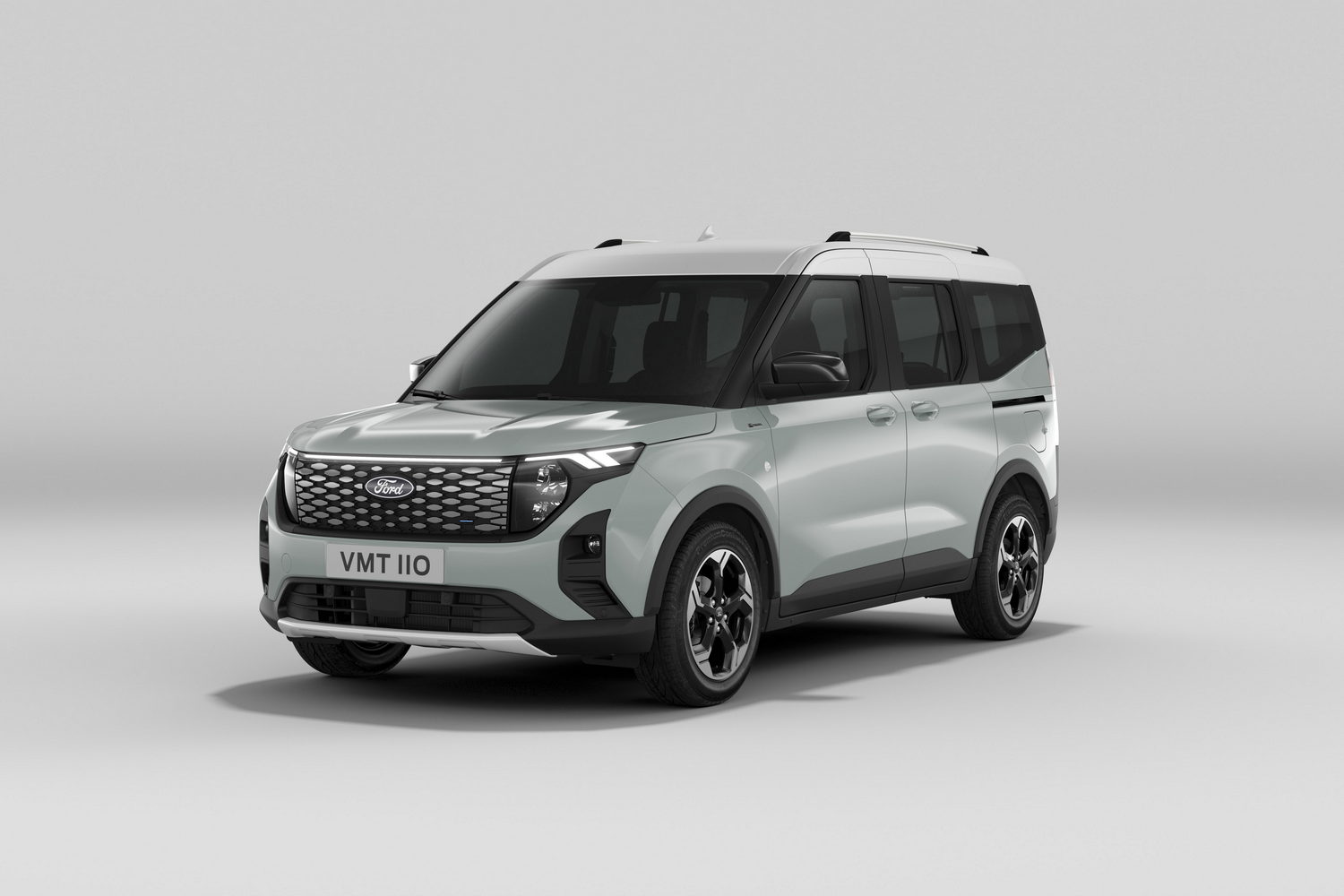
Ford E-Tourneo Courier
Maximum versatility is the name of the game for the Ford E-Tourneo Courier.
Range: 350-400km expected
Click for full details...
Range: 350-400km expected
Click for full details...
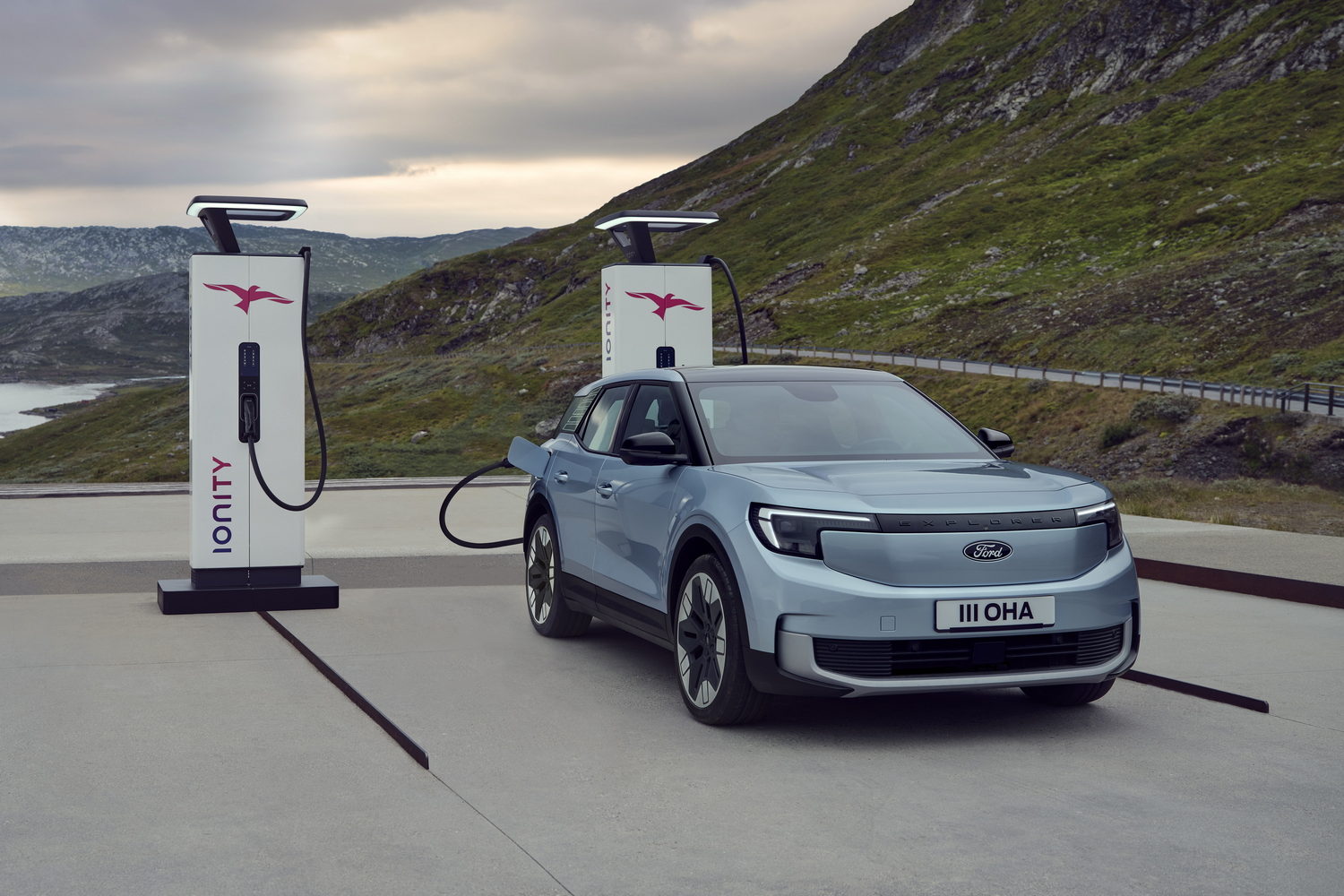
Ford Explorer
Ford is working with VW to bring its stylish new Explorer SUV to market.
Range: 529-602km
Click for full details...
Range: 529-602km
Click for full details...
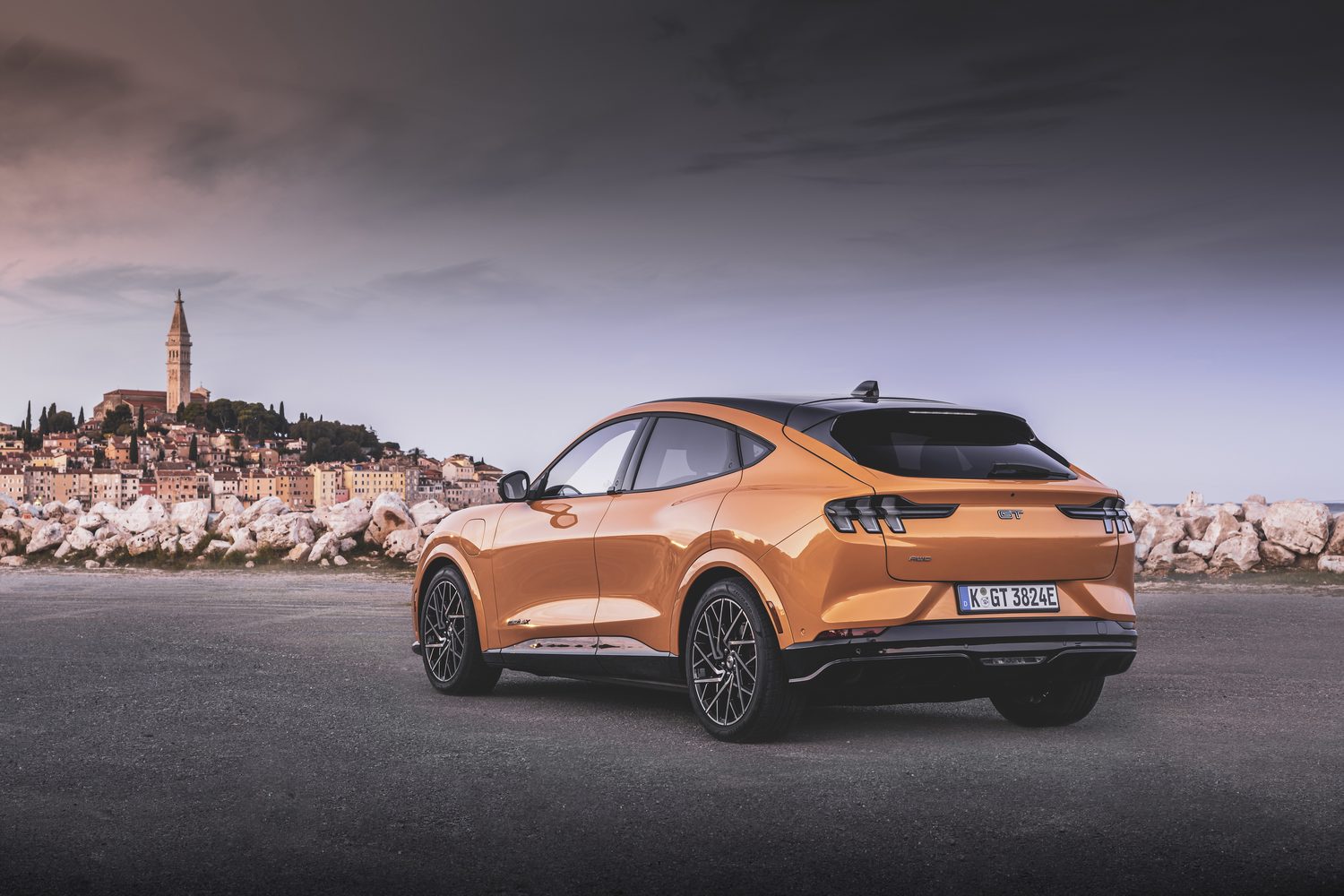
Ford Mustang Mach-E
Contentious use of the Mustang name aside, the big Ford is a likeable EV.
Range: 440-610km
Click for full details...
Range: 440-610km
Click for full details...
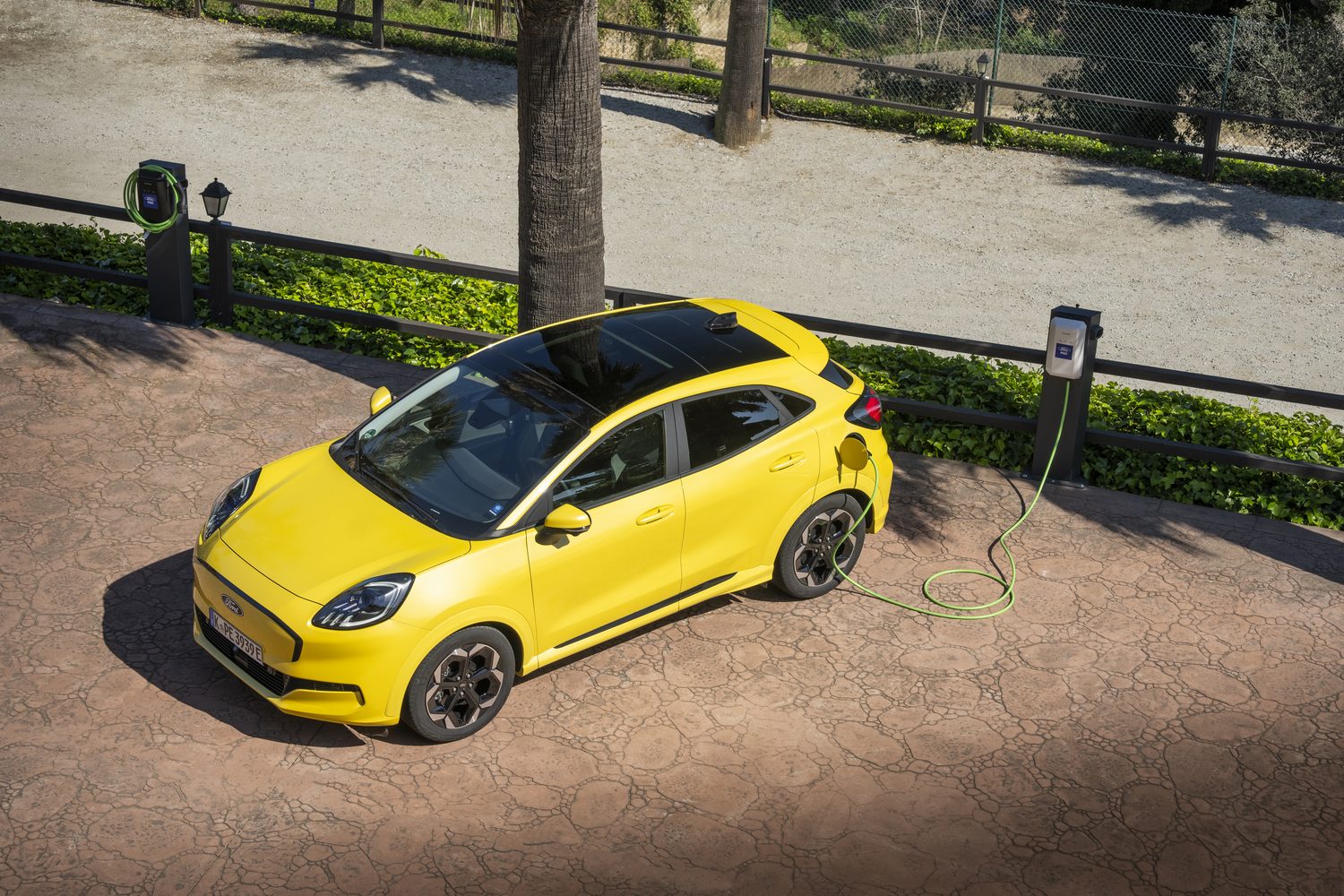
Ford Puma Gen-E
It took Ford a while, but now the Puma crossover can be had in fully electric format.
Range: 376km
Click for full details...
Range: 376km
Click for full details...
GWM Ora
Honda
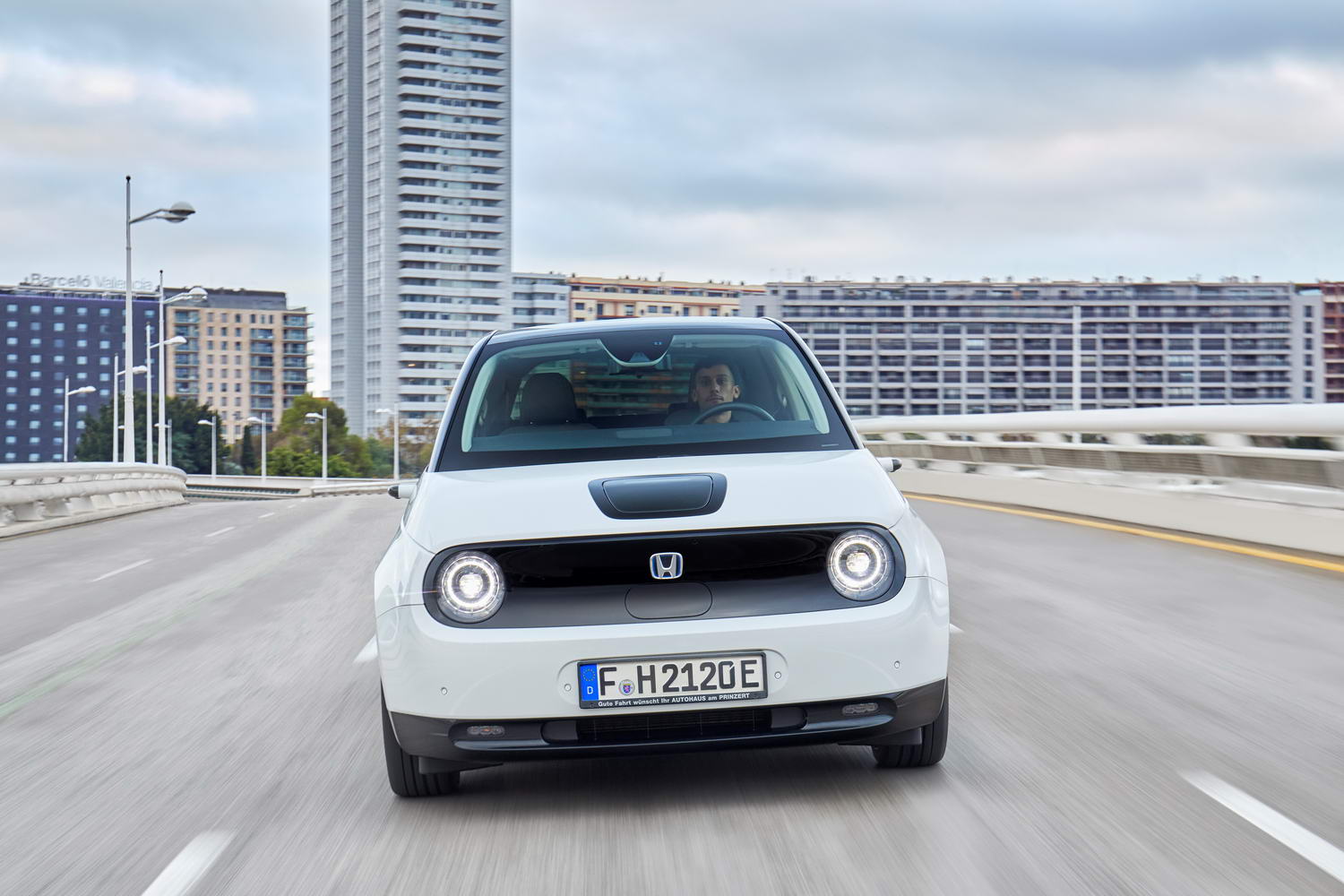
Honda e
[DISCONTINUED] Super-cool looks inside and out for the Honda e. Is that enough?
Range: 210-222km
Click for full details...
Range: 210-222km
Click for full details...
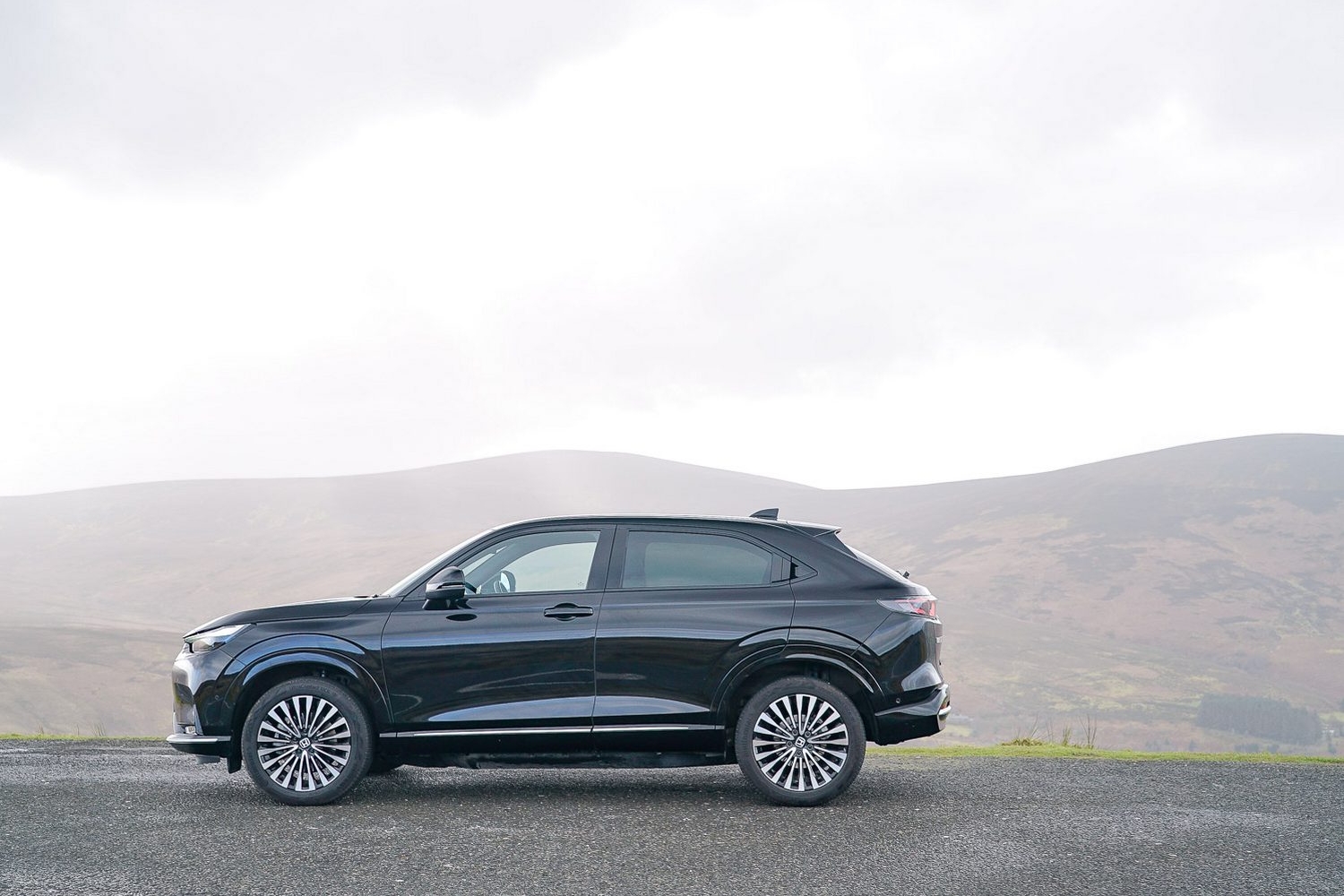
Honda e:NY1
The Honda e:NY1 is a coupe-SUV with a difference.
Range: 412km
Click for full details...
Range: 412km
Click for full details...
Hyundai
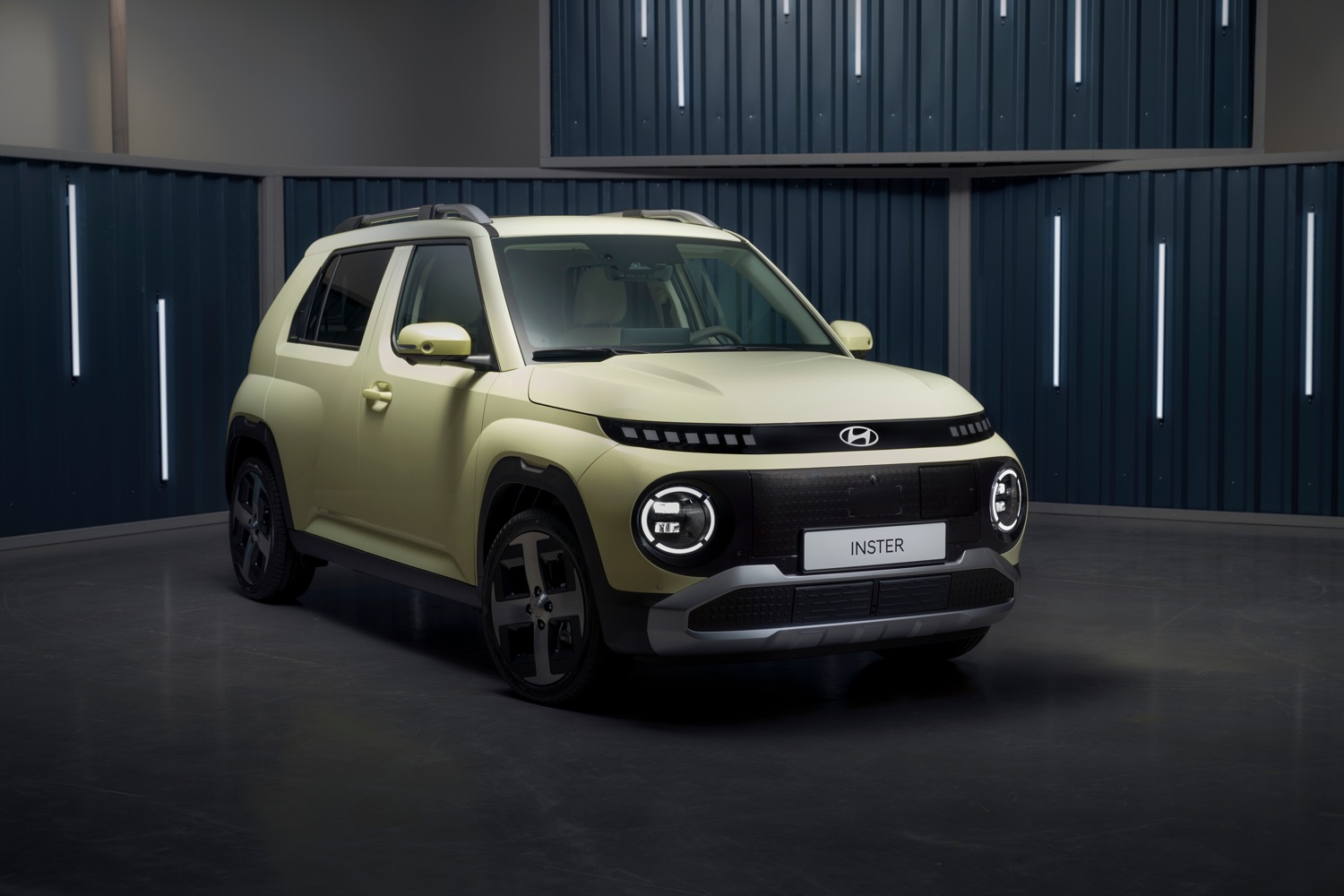
Hyundai Inster
Hyundai could be onto something with the brilliant Inster. It's a spacious small car with a big heart.
Range: 300-360km
Click for full details...
Range: 300-360km
Click for full details...
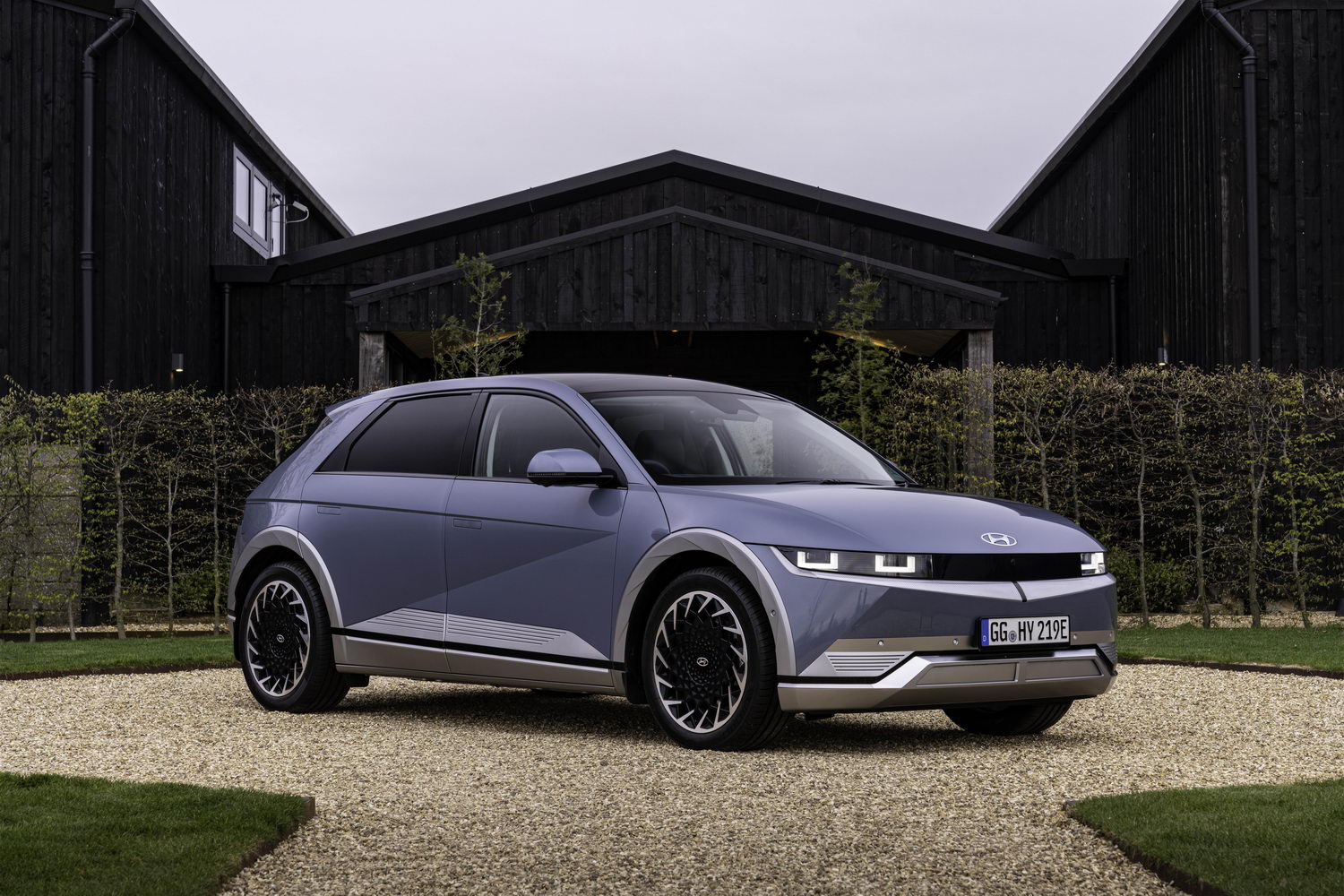
Hyundai Ioniq 5
The high-quality Hyundai Ioniq 5 lifted the whole brand up, though we're still not sure if it's a big hatch or a crossover.
Range: 384-481km
Click for full details...
Range: 384-481km
Click for full details...
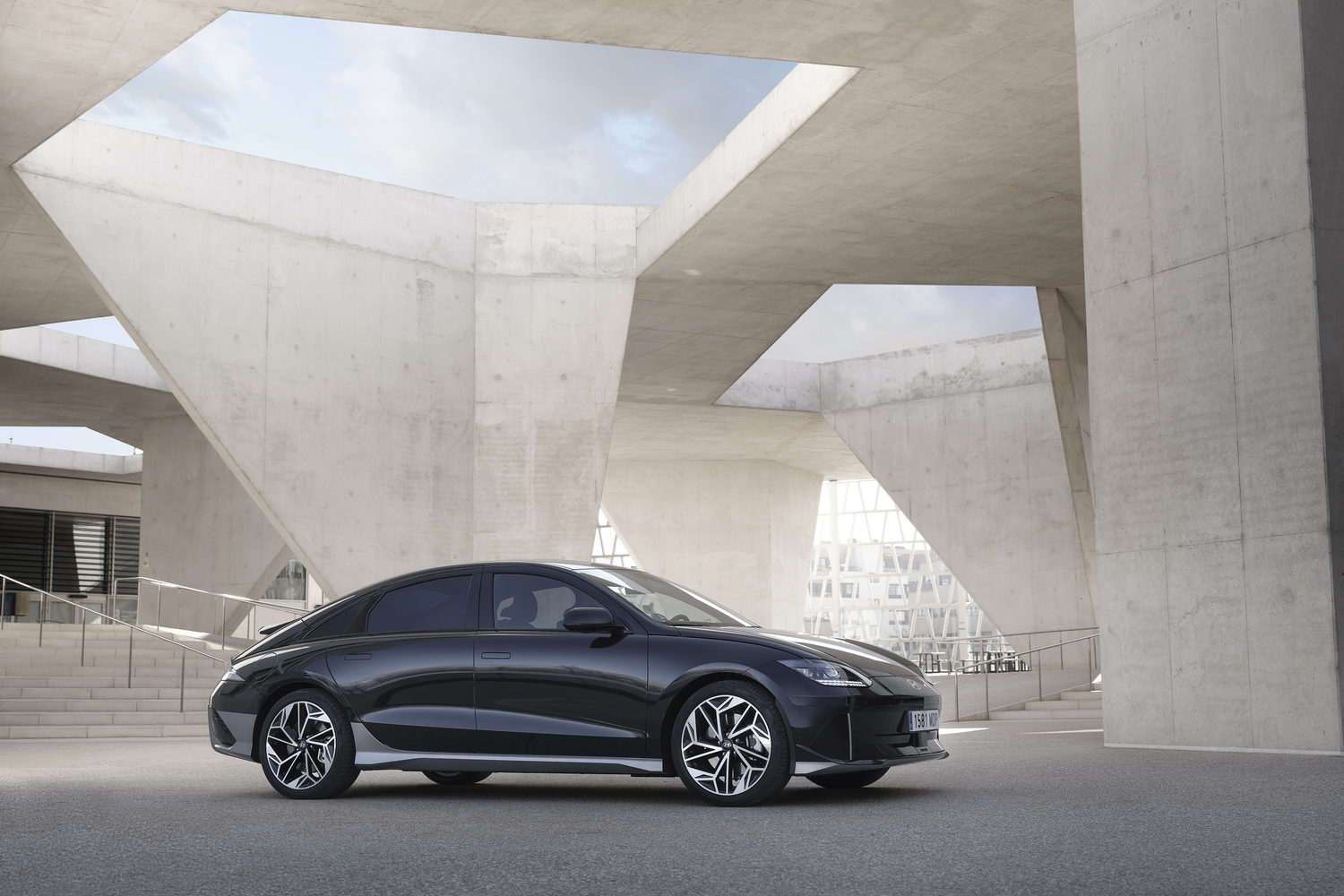
Hyundai Ioniq 6
The stunning streamlined looks of the multi-award-winning Hyundai Ioniq 6 are functional too...
Range: 429-614km
Click for full details...
Range: 429-614km
Click for full details...
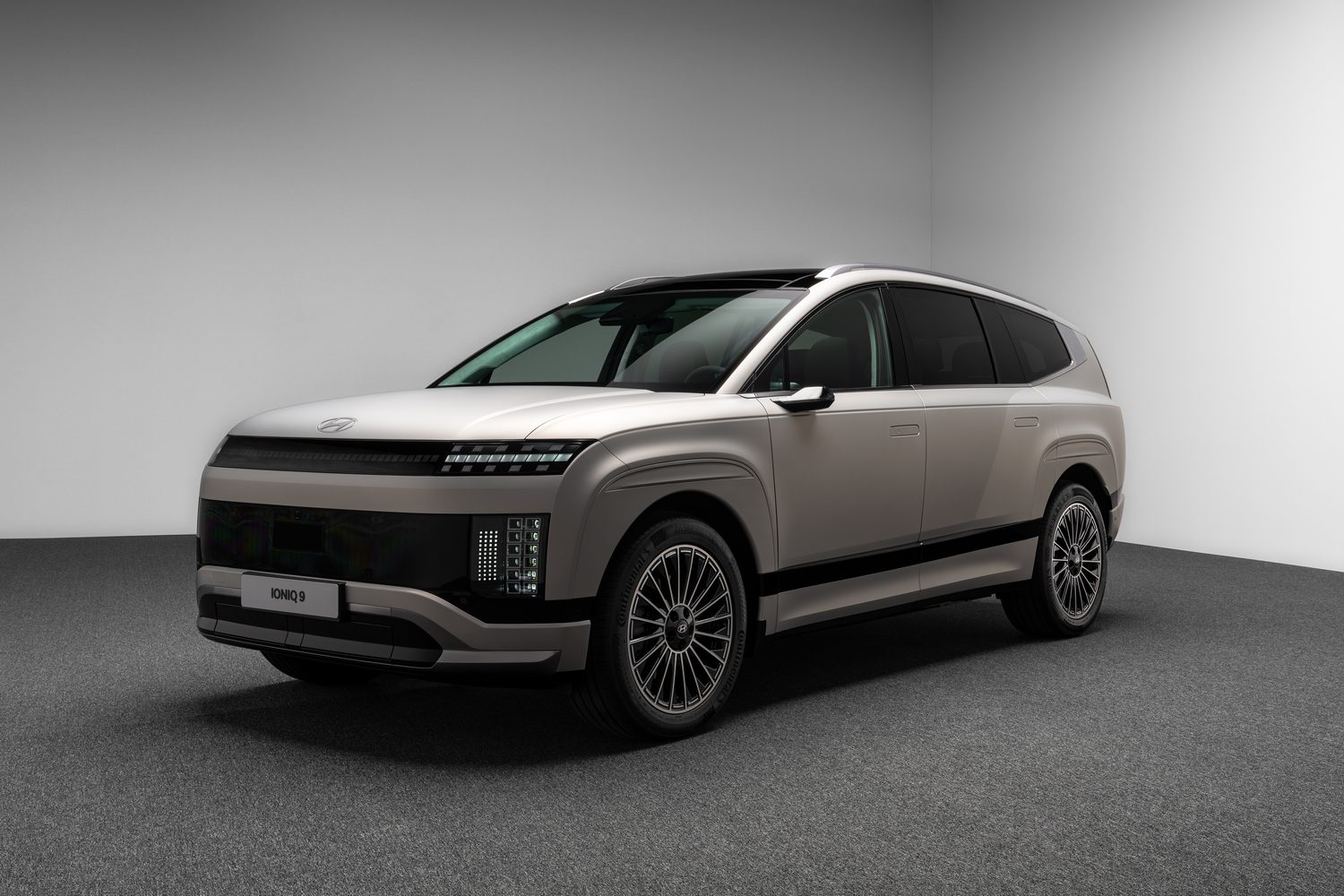
Hyundai Ioniq 9
Topping the Hyundai Ioniq range is the massive, seven-seat Ioniq 9, a large electric SUV.
Range: 511-620km
Click for full details...
Range: 511-620km
Click for full details...
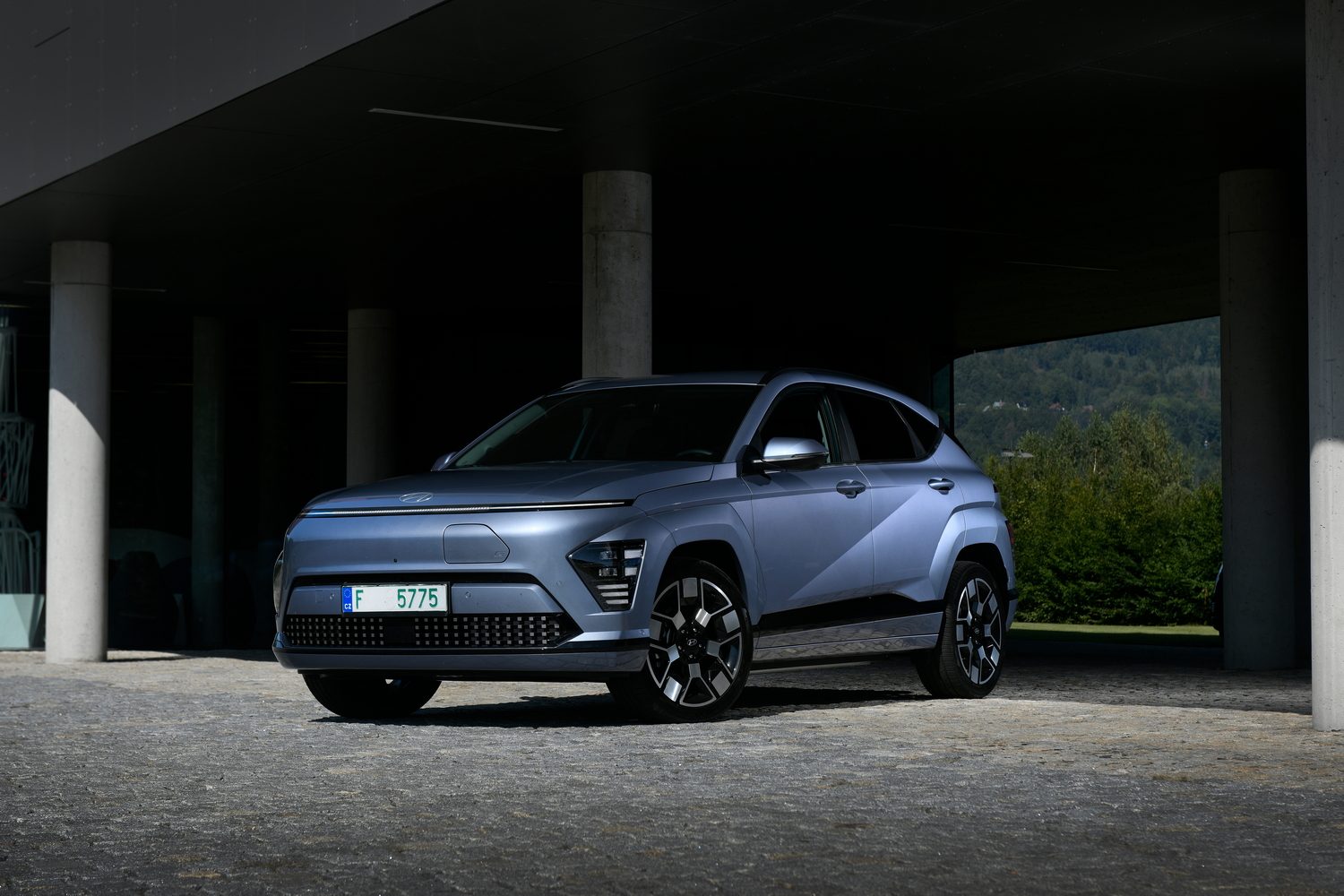
Hyundai Kona Electric
The latest Hyundai Kona Electric is a compelling package, with sharp looks, a superb interior and first-rate refinement.
Range: 377-514km
Click for full details...
Range: 377-514km
Click for full details...
Jaguar
Jeep
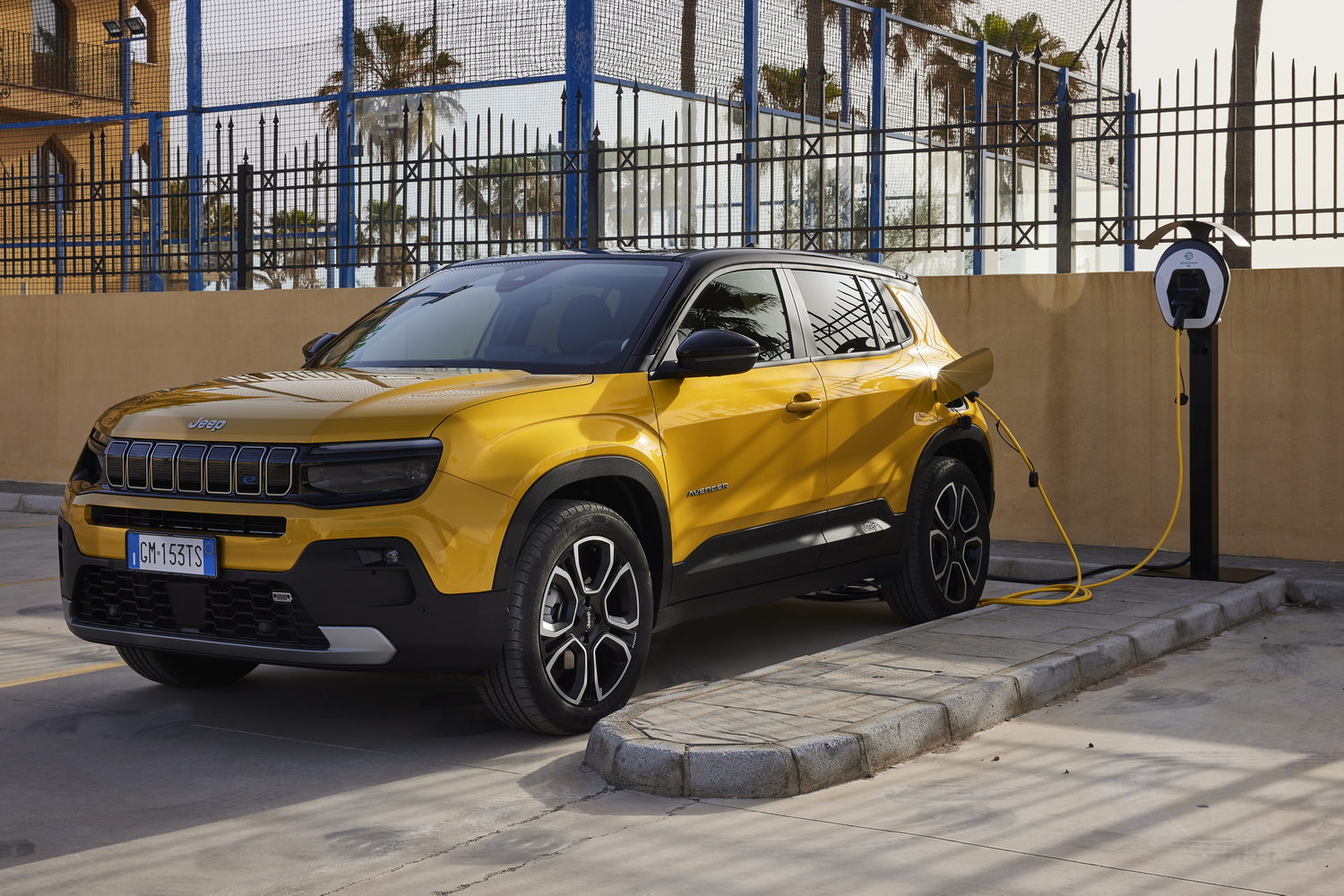
Jeep Avenger
Jeep's very first electric car is the super-stylish Avenger.
Range: 400km
Click for full details...
Range: 400km
Click for full details...
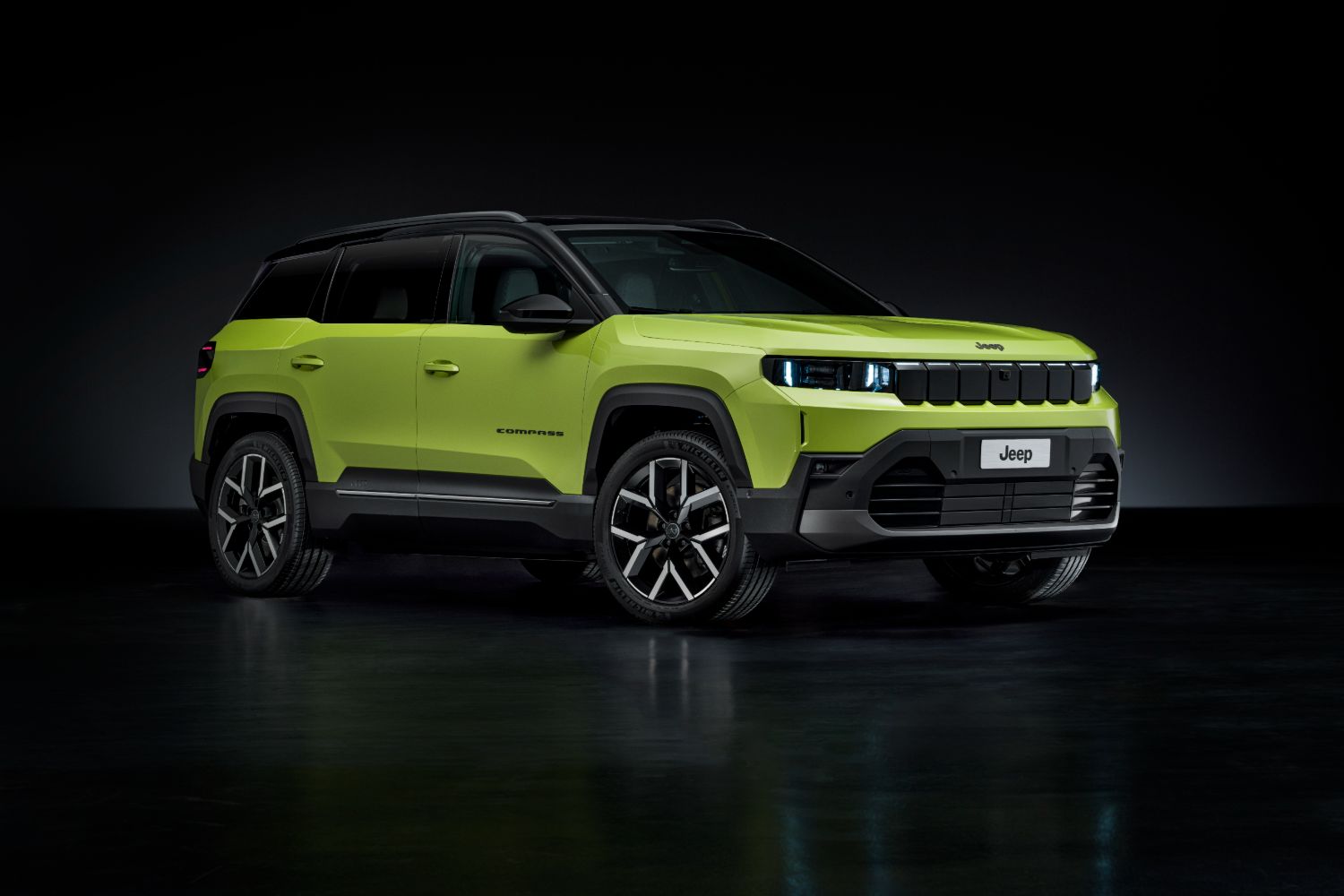
Jeep Compass
The Jeep Compass is going all-electric, but it's still a Jeep at heart.
Range: 500km
Click for full details...
Range: 500km
Click for full details...
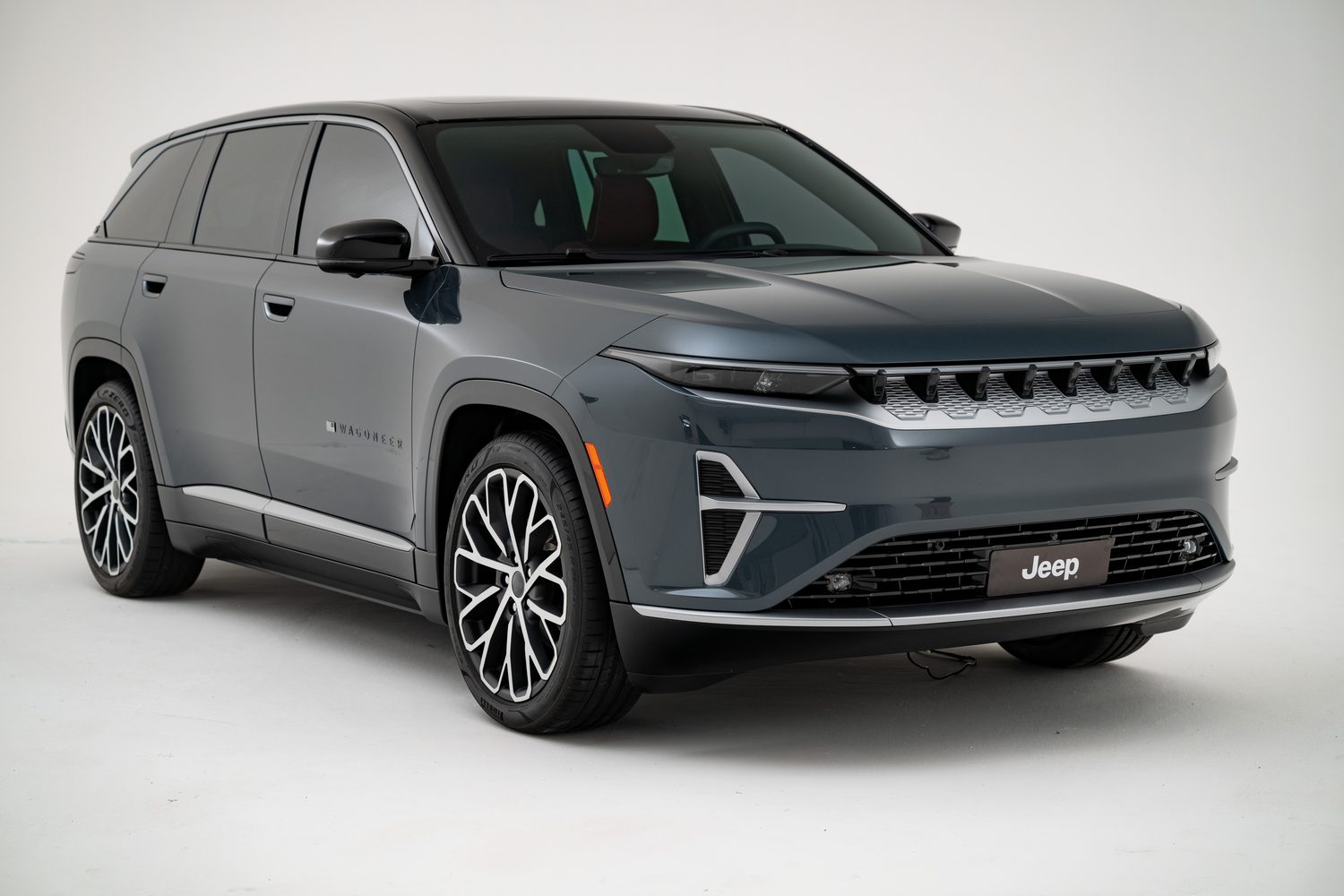
Jeep Wagoneer S
Coming soon: Jeep wants to take on Range Rover with its Wagoneer S.
Range: 500km (est)
Click for full details...
Range: 500km (est)
Click for full details...
Kia
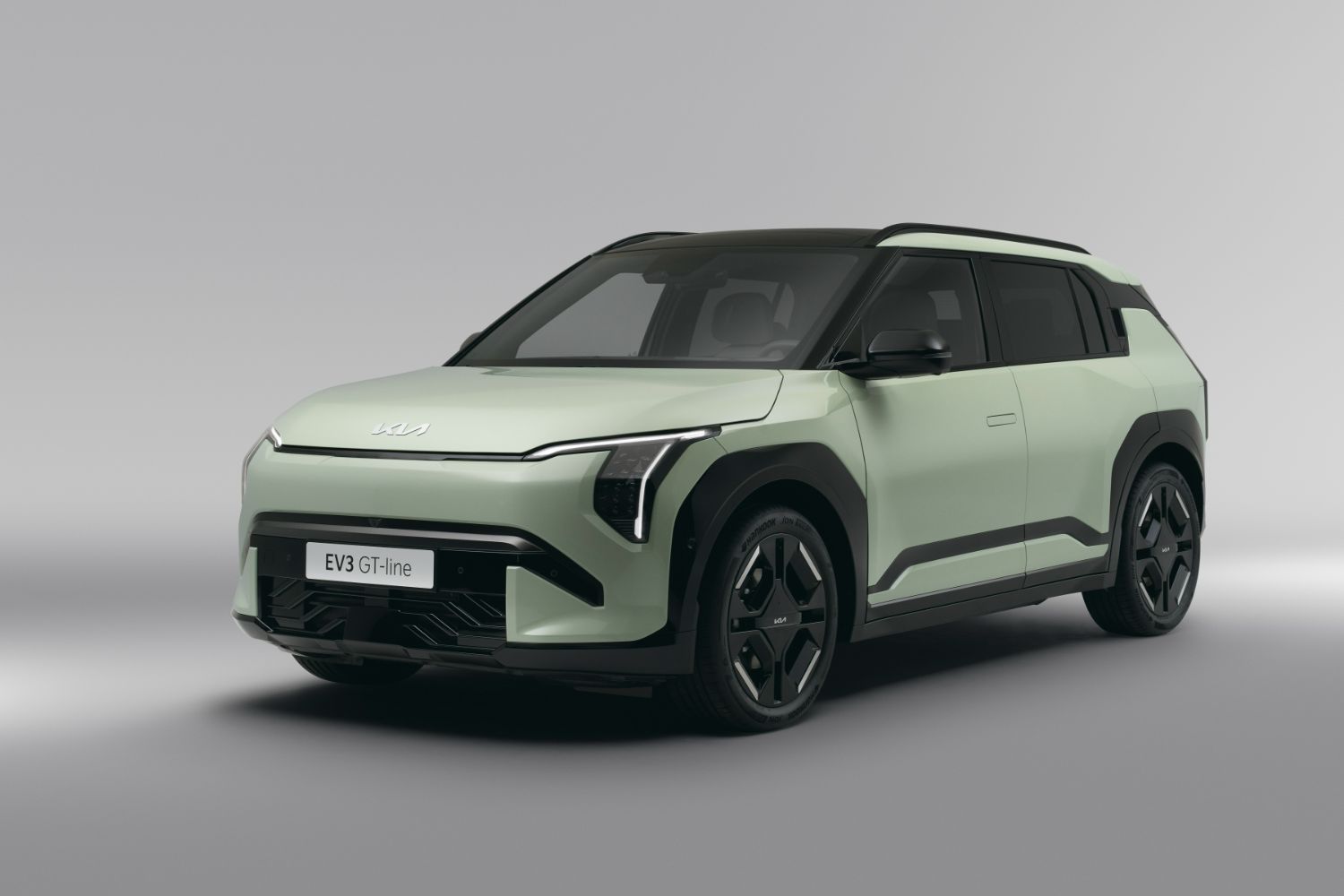
Kia EV3
The Kia EV3 looks like a shrunken EV9 and is priced to sell in big numbers.
Range: 426-563km
Click for full details...
Range: 426-563km
Click for full details...
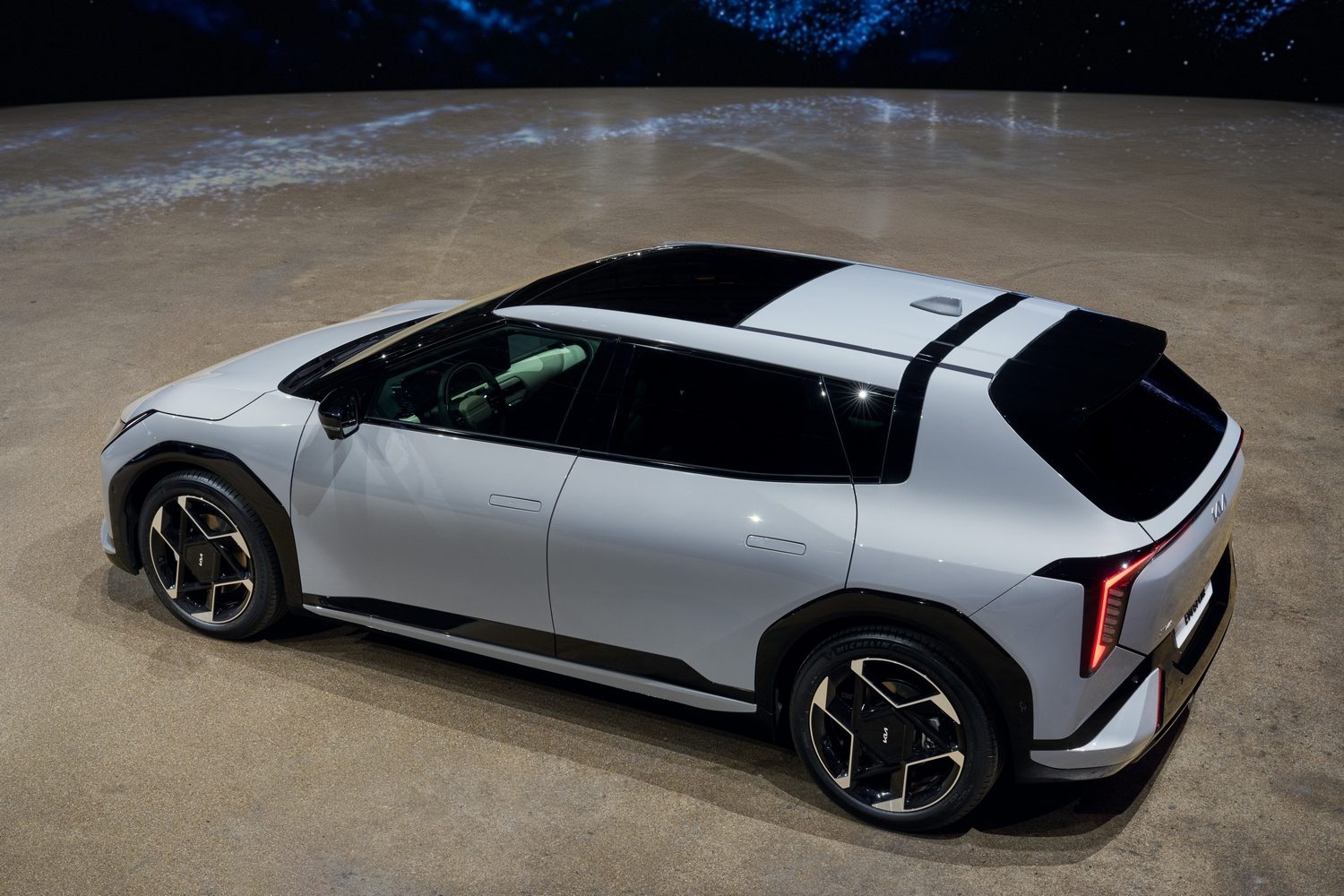
Kia EV4
Kia’s distinctive EV4 electric car can be had as a hatch or distinctive 'Fastback' saloon.
Range: 430-630km
Click for full details...
Range: 430-630km
Click for full details...
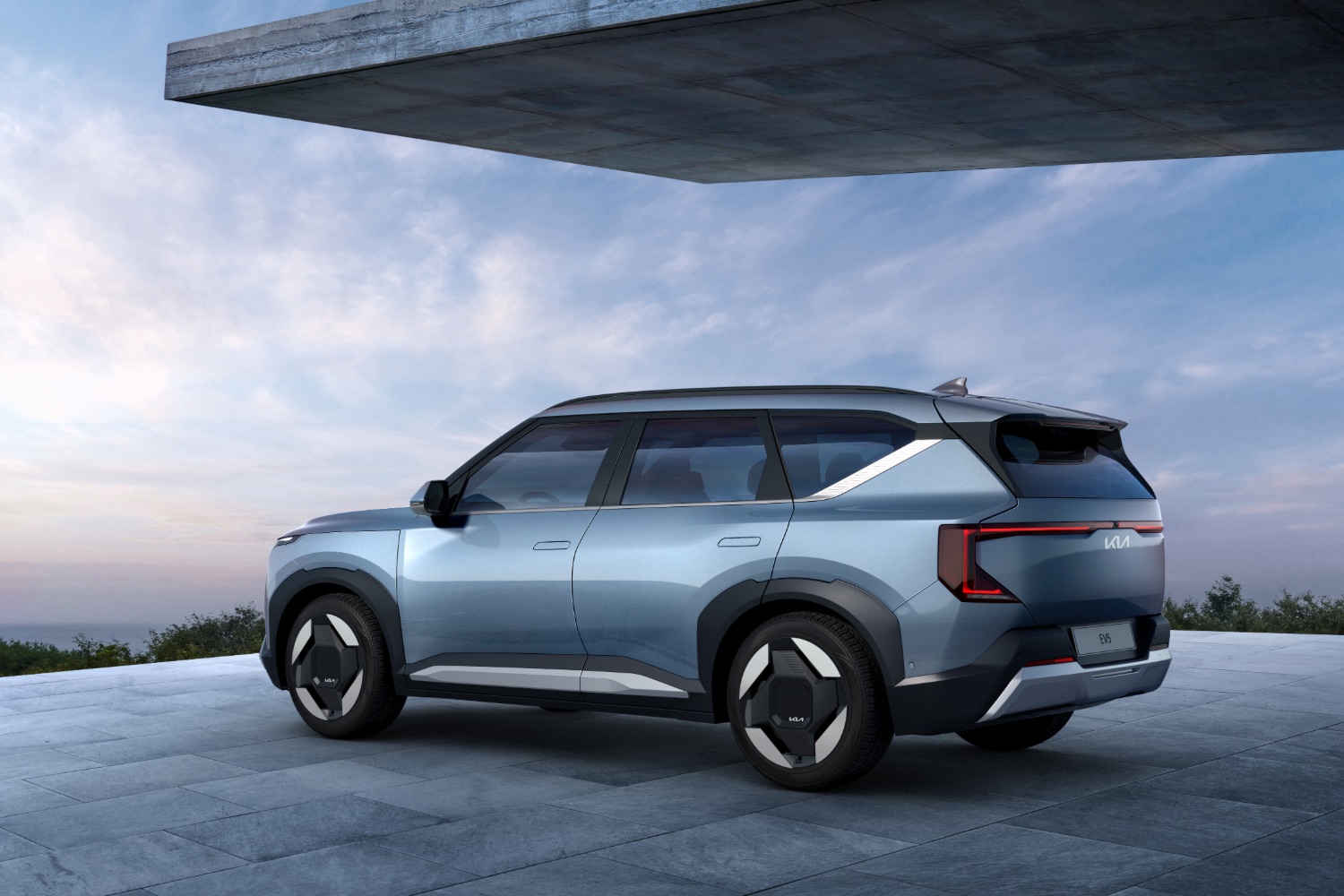
Kia EV5
Kia EV5 could be the firm's best-selling electric car in time.
Range: up to 530km
Click for full details...
Range: up to 530km
Click for full details...
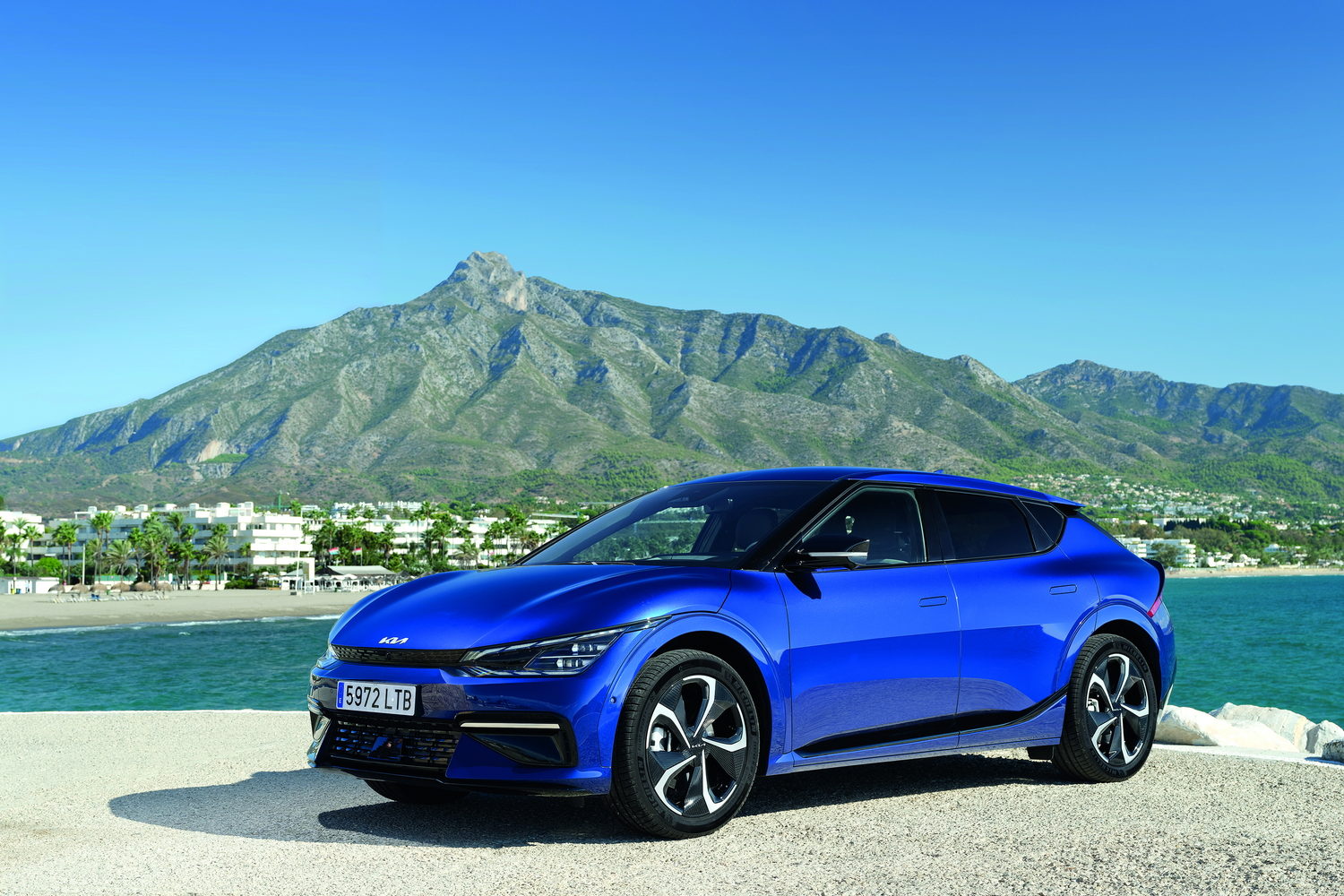
Kia EV6
Futuristic looks hide a decent electric powertrain in the Kia EV6.
Range: 504-528km
Click for full details...
Range: 504-528km
Click for full details...
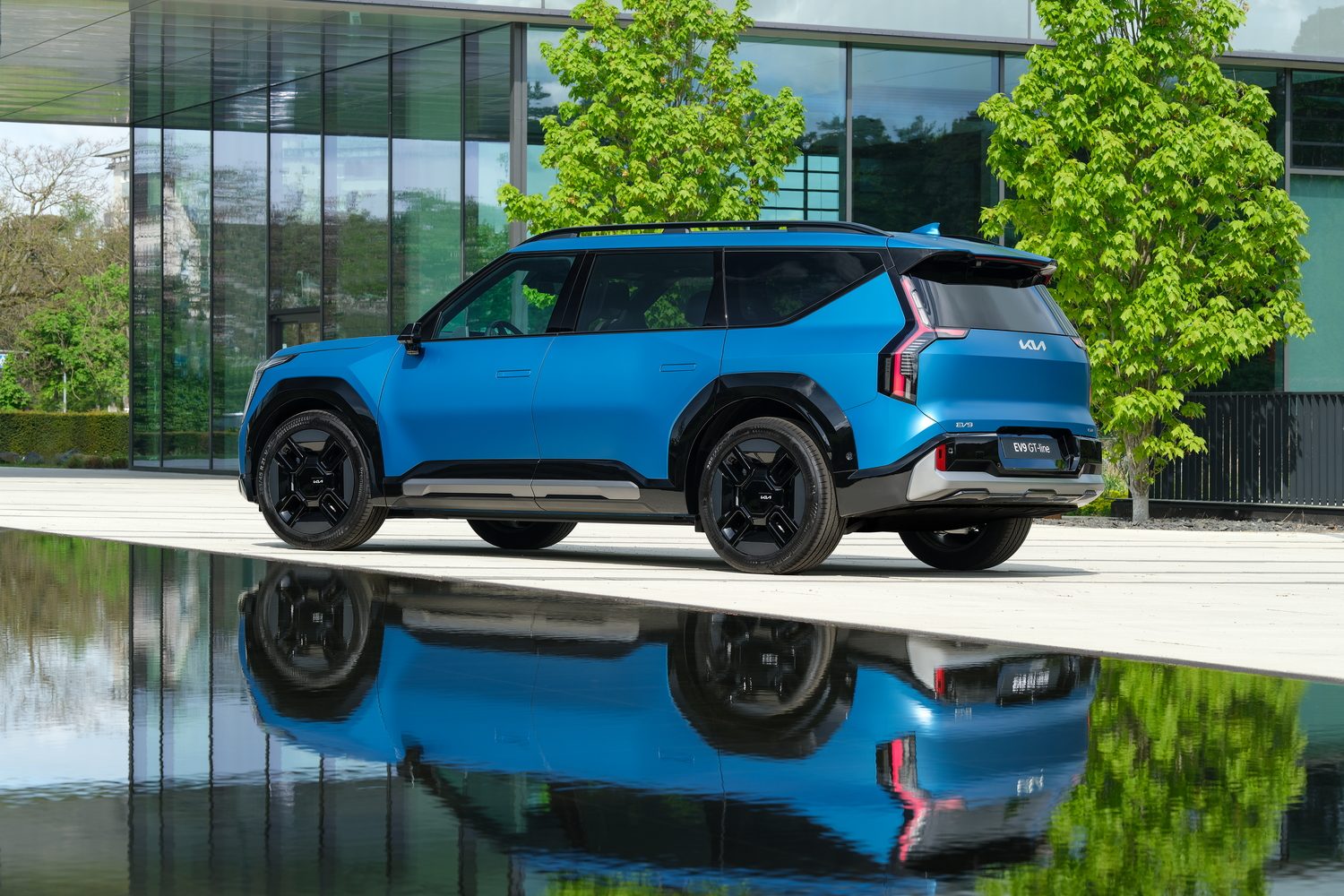
Kia EV9
Set to arrive in 2024, the Kia EV9 could be its most expensive car yet...
Range: 562km
Click for full details...
Range: 562km
Click for full details...
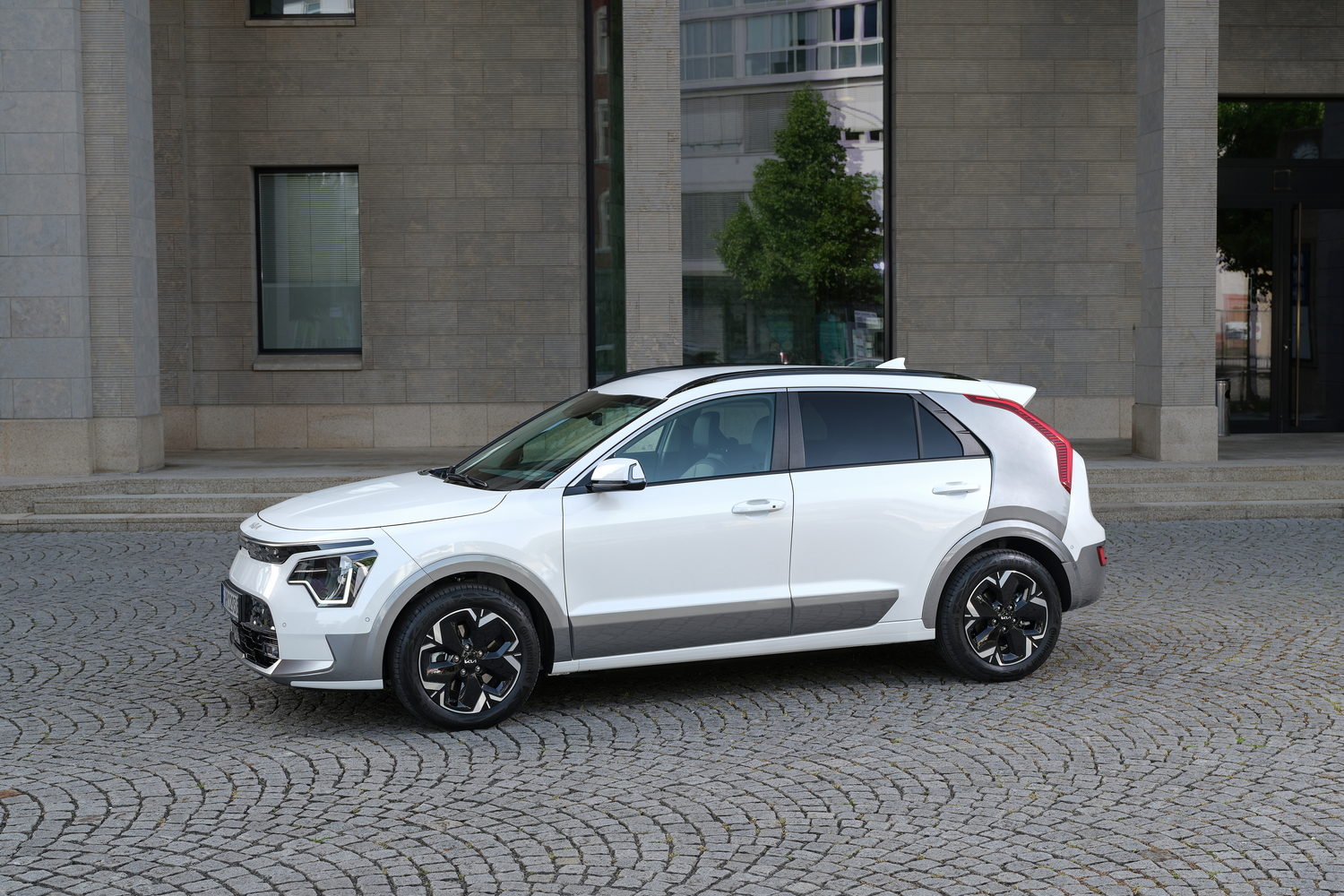
Kia Niro EV
The second-generation Kia Niro looks rather more distinctive.
Range: 460km
Click for full details...
Range: 460km
Click for full details...
Lexus
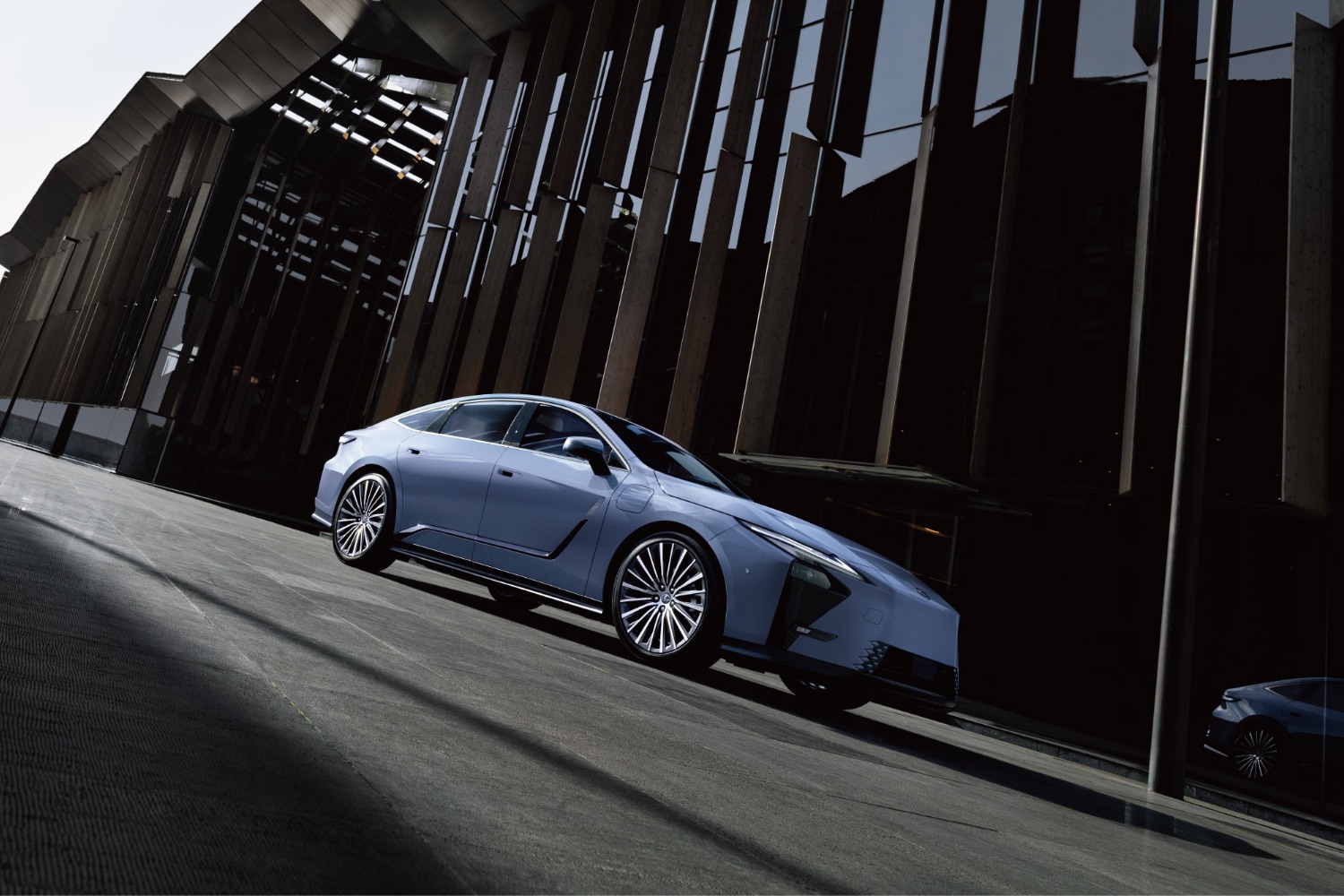
Lexus ES
The Lexus ES is no longer a saloon and it's no longer hybrid-only. A new era for the brand.
Range: c.500km
Click for full details...
Range: c.500km
Click for full details...
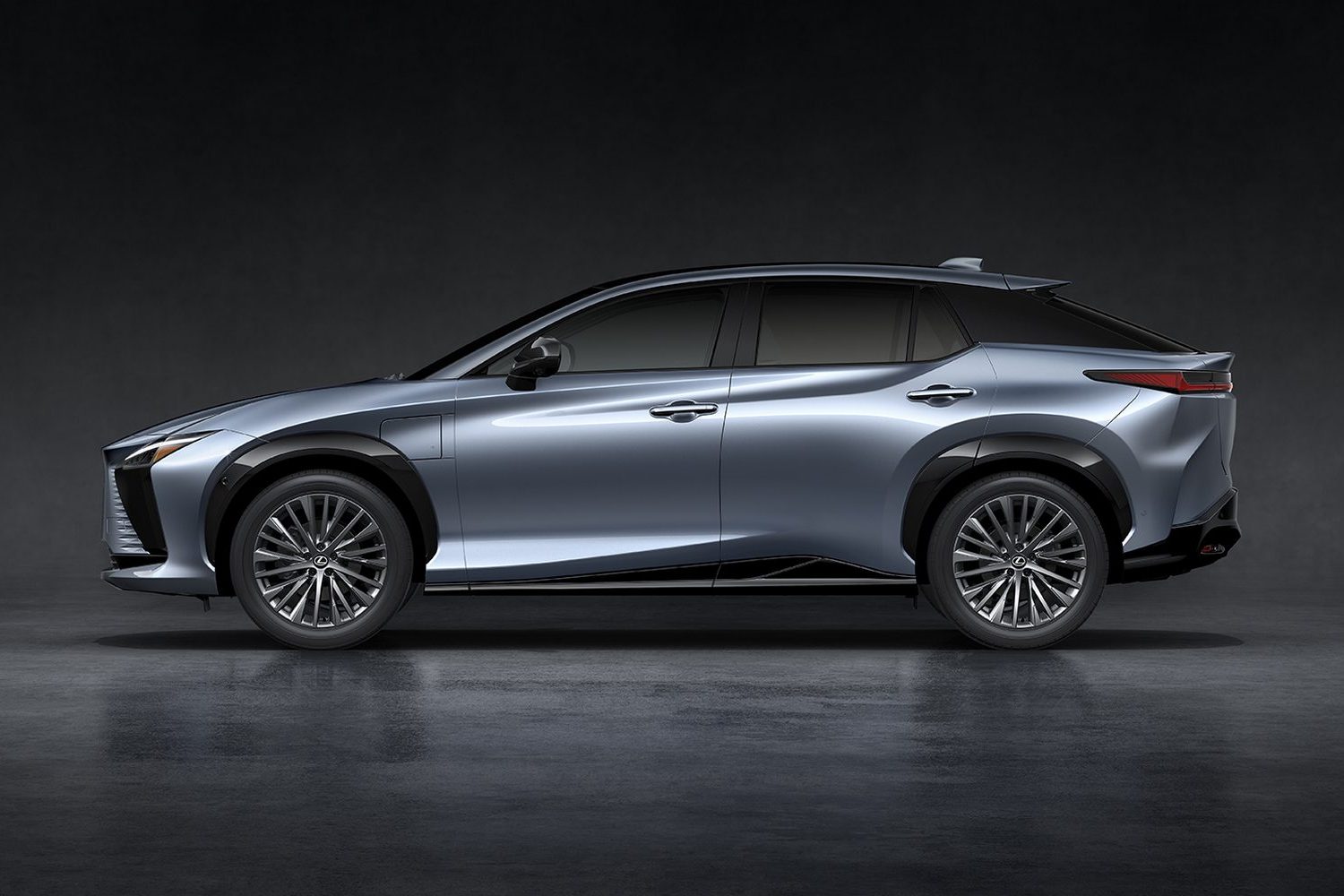
Lexus RZ
The Lexus RZ makes for an interesting electric option in the luxury brand's lineup.
Range: 450-568km
Click for full details...
Range: 450-568km
Click for full details...
Lotus
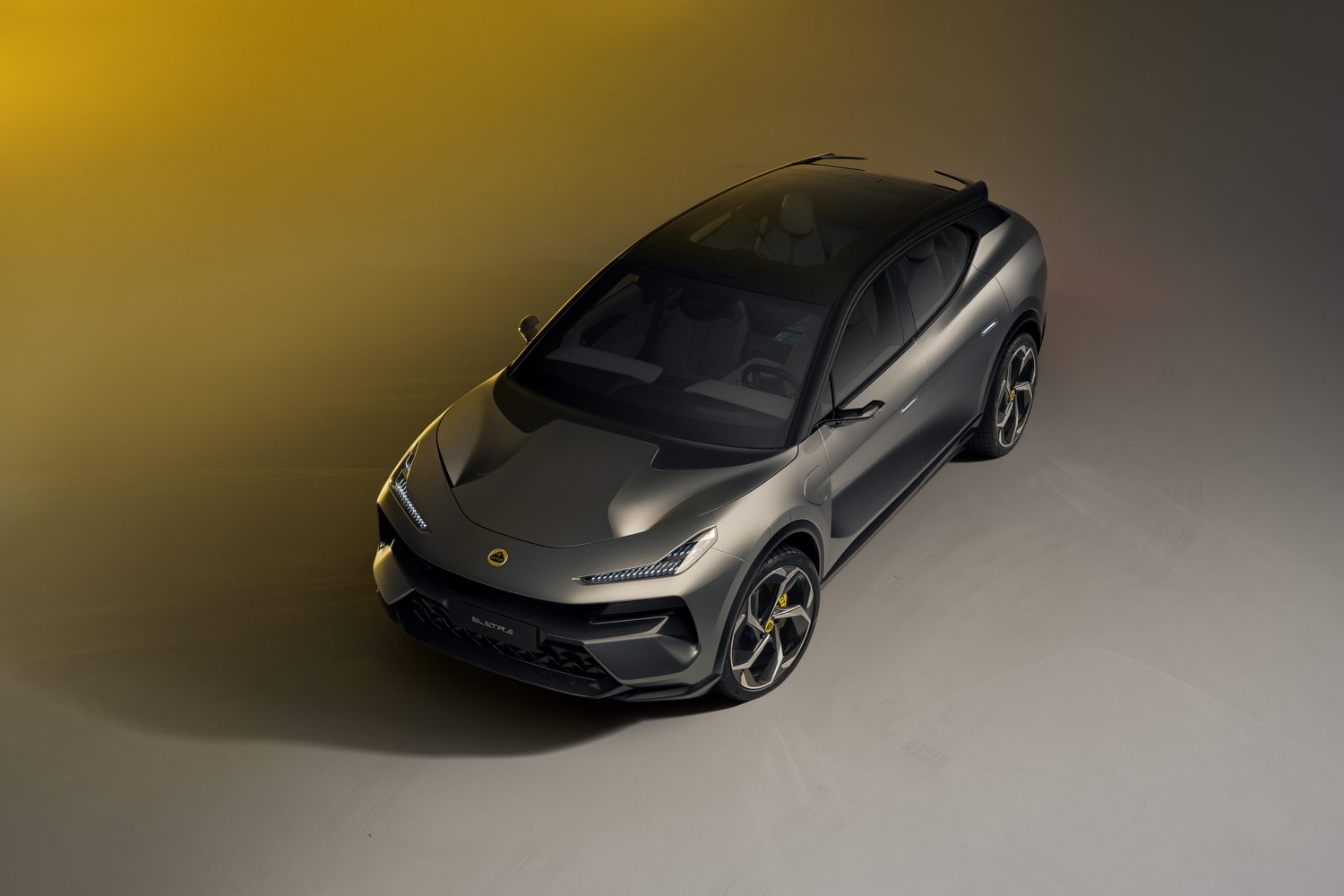
Lotus Eletre
An electric SUV made by Lotus? You better believe it.
Range: 490-600km
Click for full details...
Range: 490-600km
Click for full details...
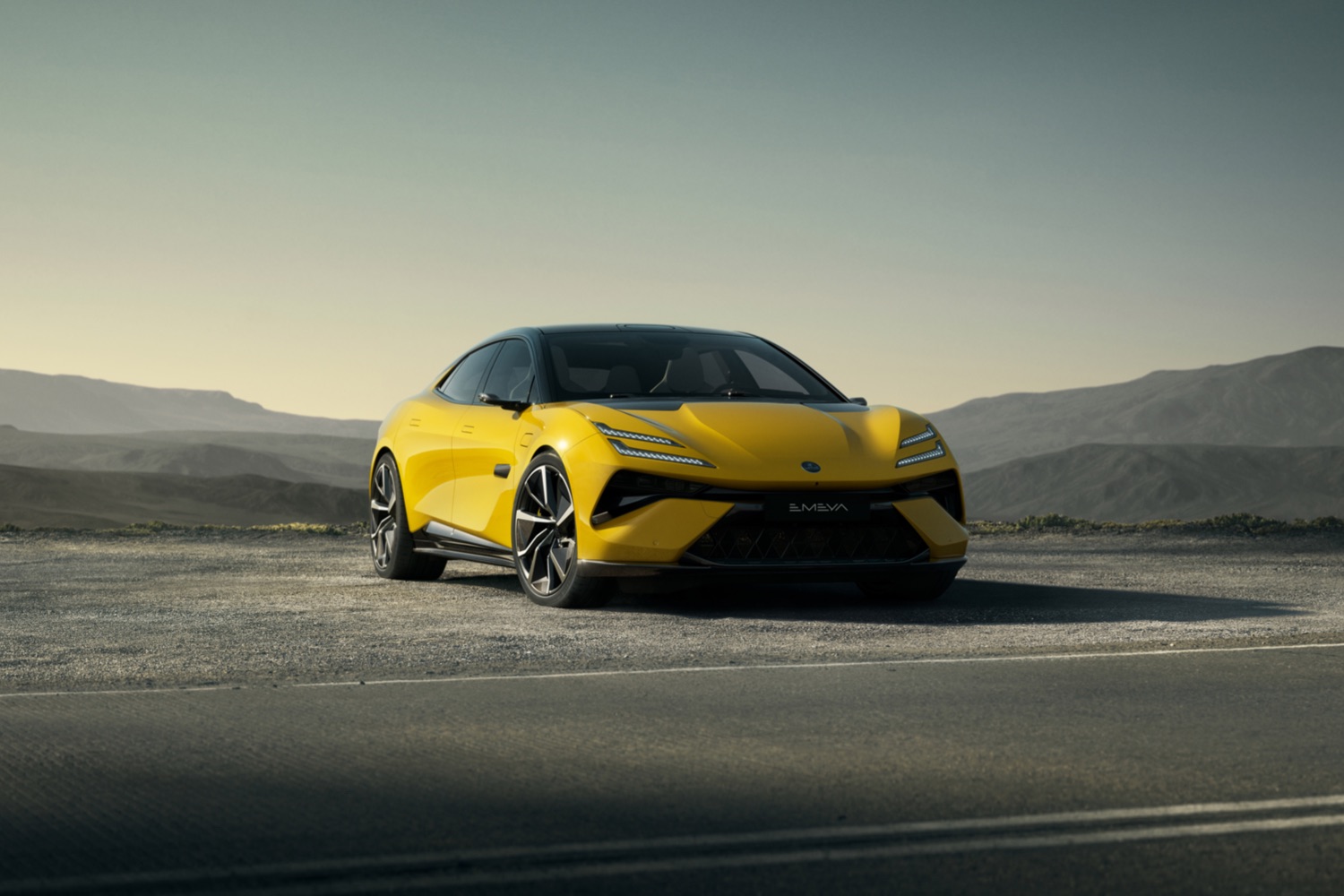
Lotus Emeya
Lotus will soon have an electric super-saloon on its books.
Range: up to 650km (estimate)
Click for full details...
Range: up to 650km (estimate)
Click for full details...
Maxus
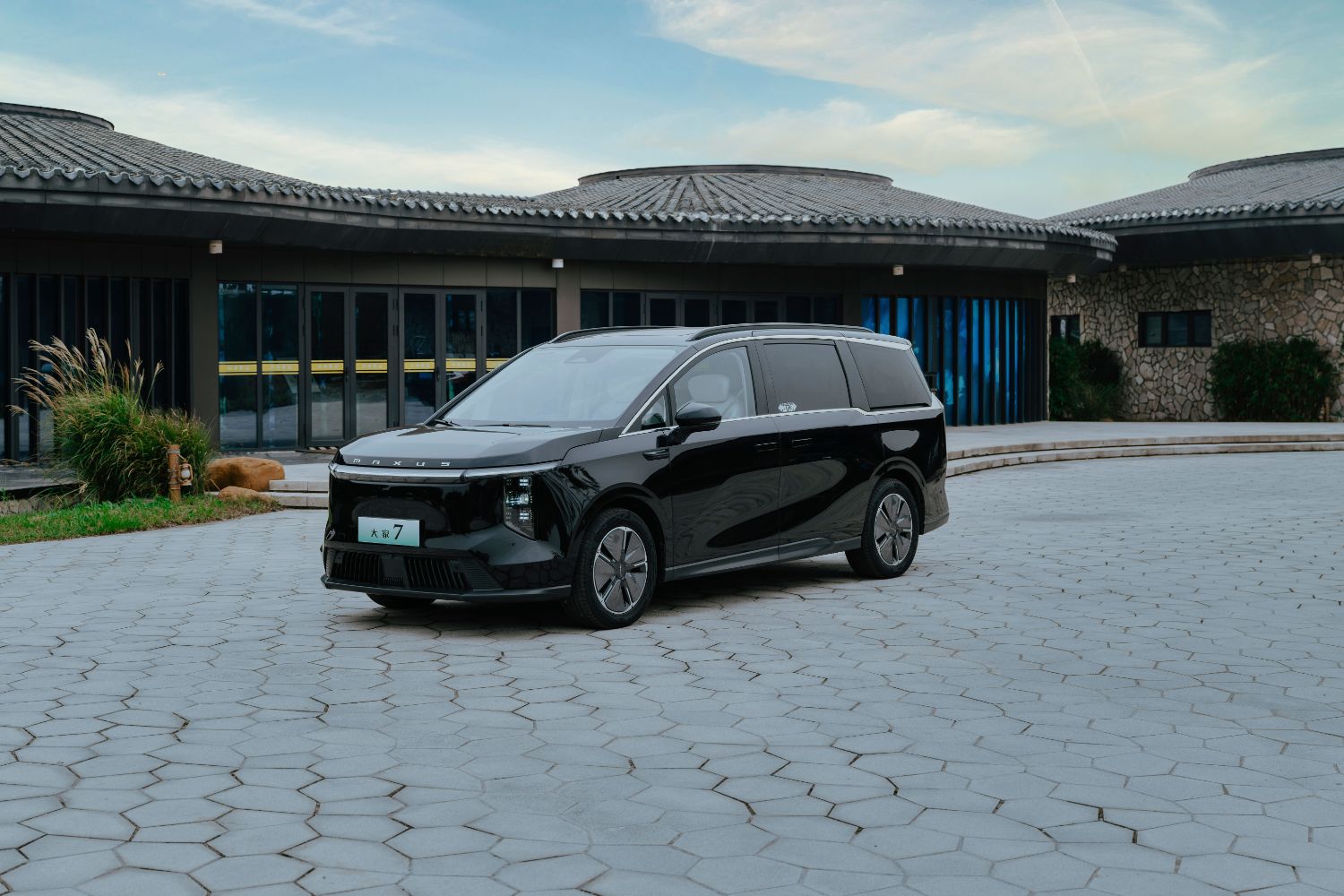
Maxus Mifa 7
[DISCONTINUED] The Mifa 7 is one of the few all-electric, seven-seat MPVs on the market.
Range: 410-480km
Click for full details...
Range: 410-480km
Click for full details...
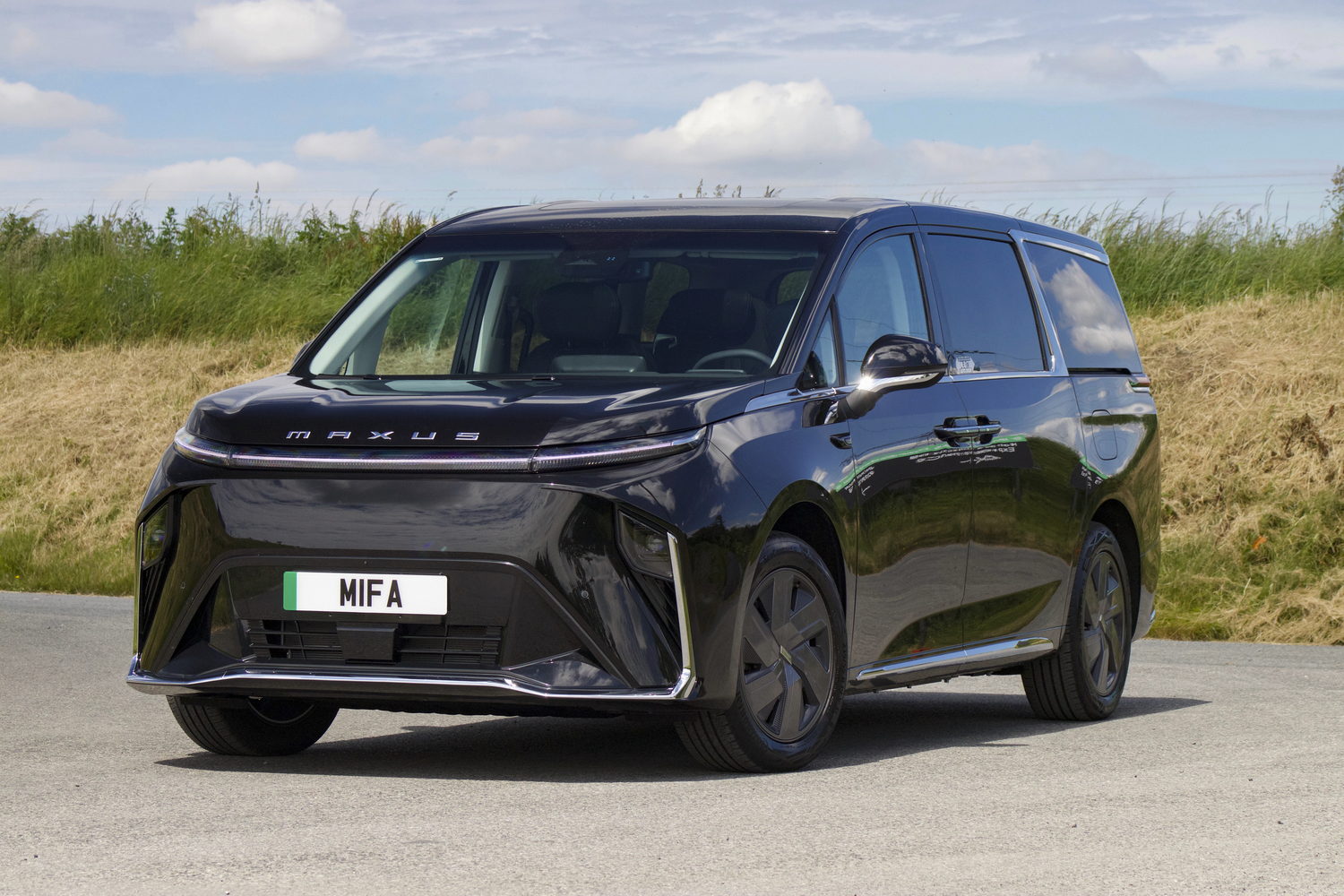
Maxus Mifa 9
[DISCONTINUED] Ugly and expensive it may be, but there are few EVs on the market with so many seats...
Range: 440km
Click for full details...
Range: 440km
Click for full details...
Mazda
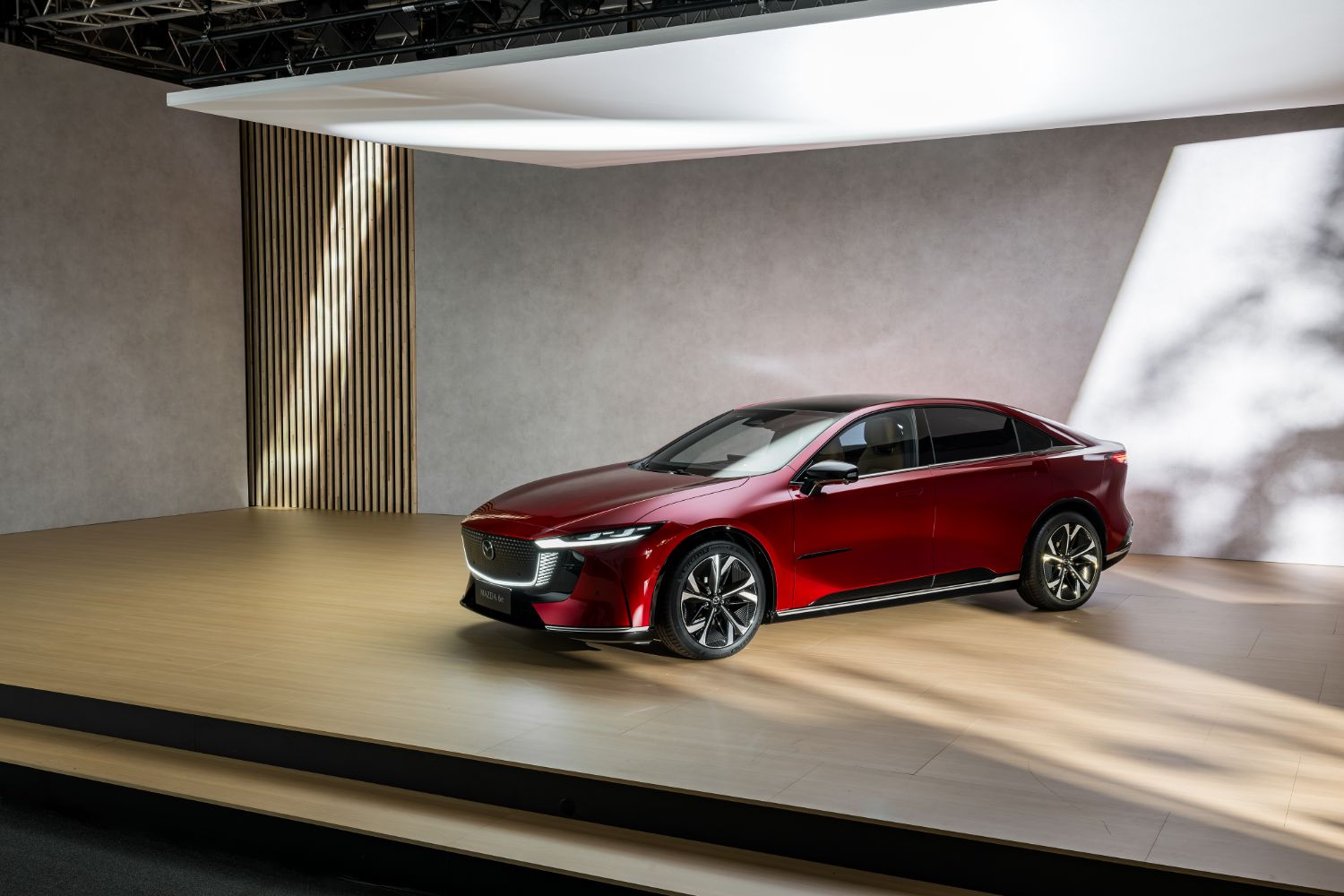
Mazda 6e
Mazda finally introduces a long-range electric car, and it’s a replacement for the handsome and dynamic old Mazda6.
Range: 479-552km
Click for full details...
Range: 479-552km
Click for full details...
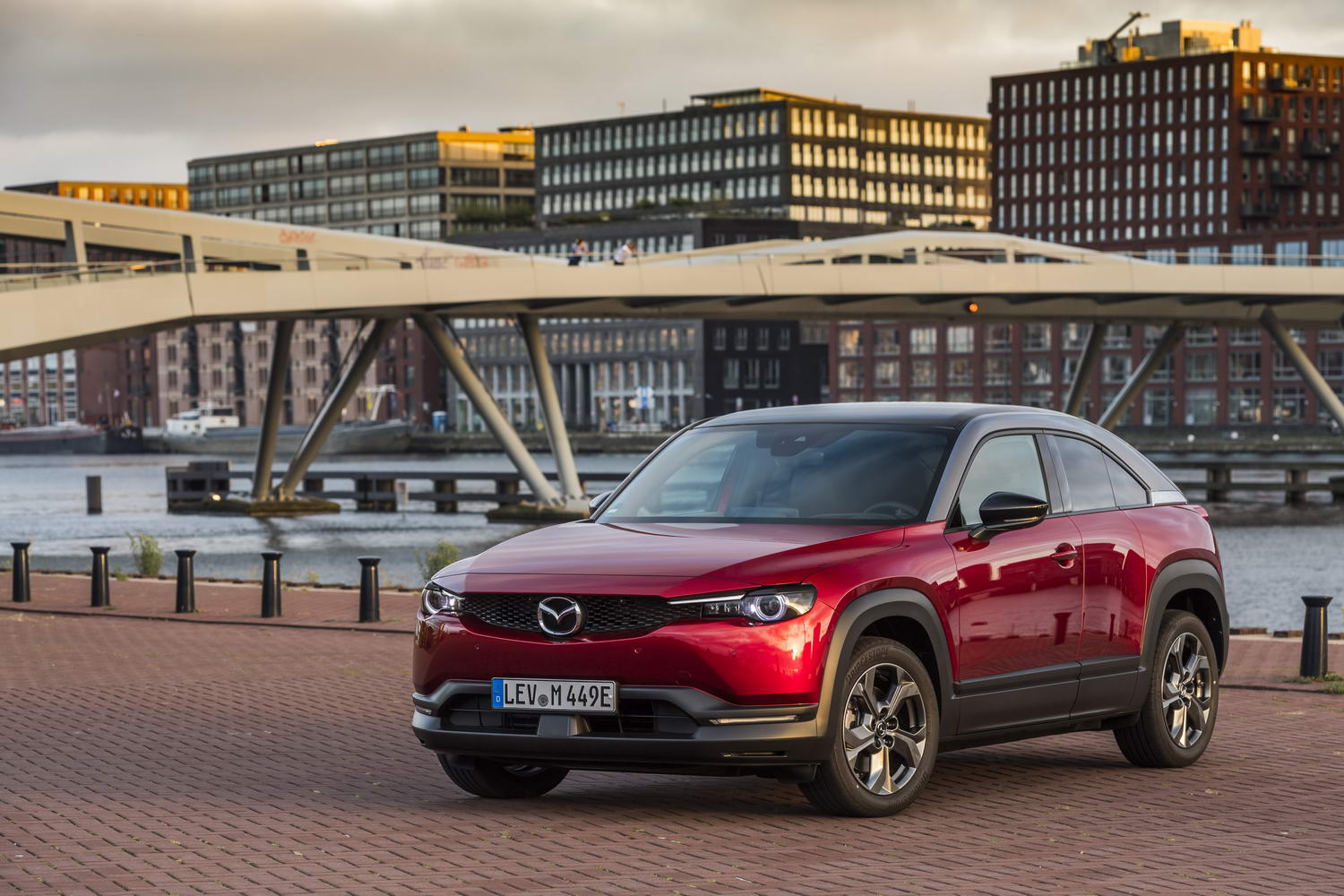
Mazda MX-30
Quirky is the middle name of this electric crossover from Mazda.
Range: 200km
Click for full details...
Range: 200km
Click for full details...
Mercedes-Benz
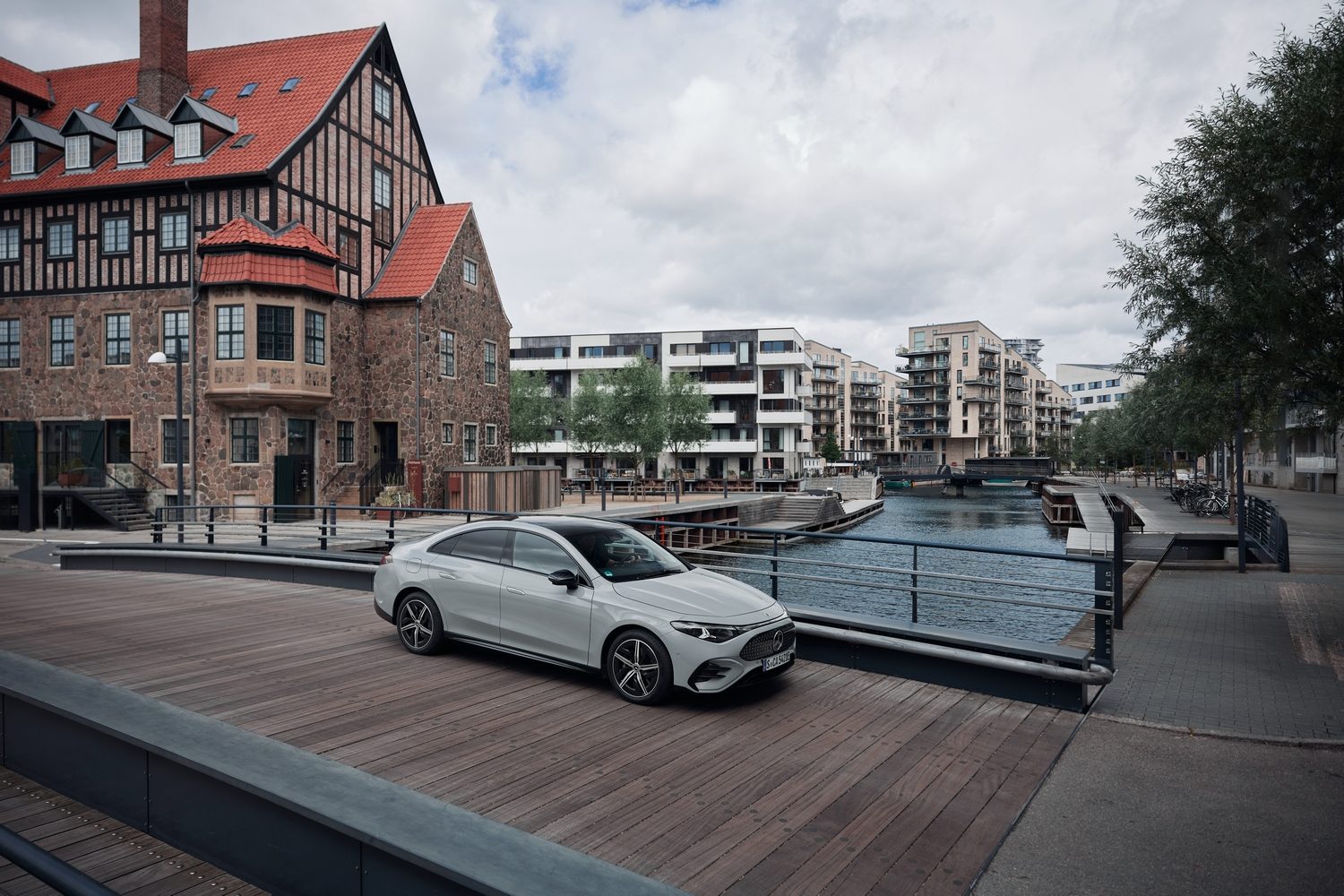
Mercedes-Benz CLA
The Mercedes CLA is a bit of a game-changer in terms of electric range.
Range: 761-792km
Click for full details...
Range: 761-792km
Click for full details...
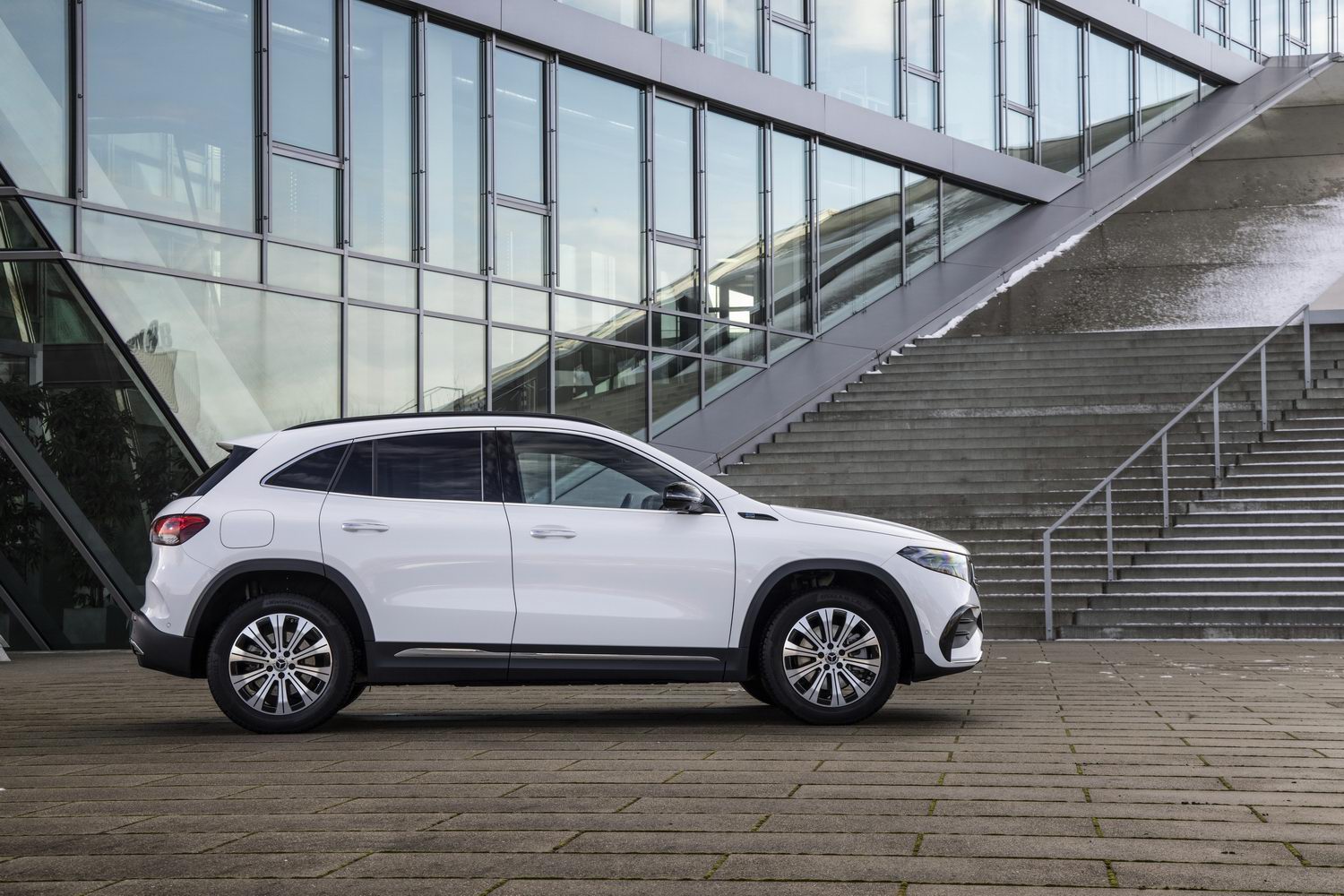
Mercedes-Benz EQA
The EQA is the entry-level electric Mercedes - so far...
Range: 456-558km
Click for full details...
Range: 456-558km
Click for full details...
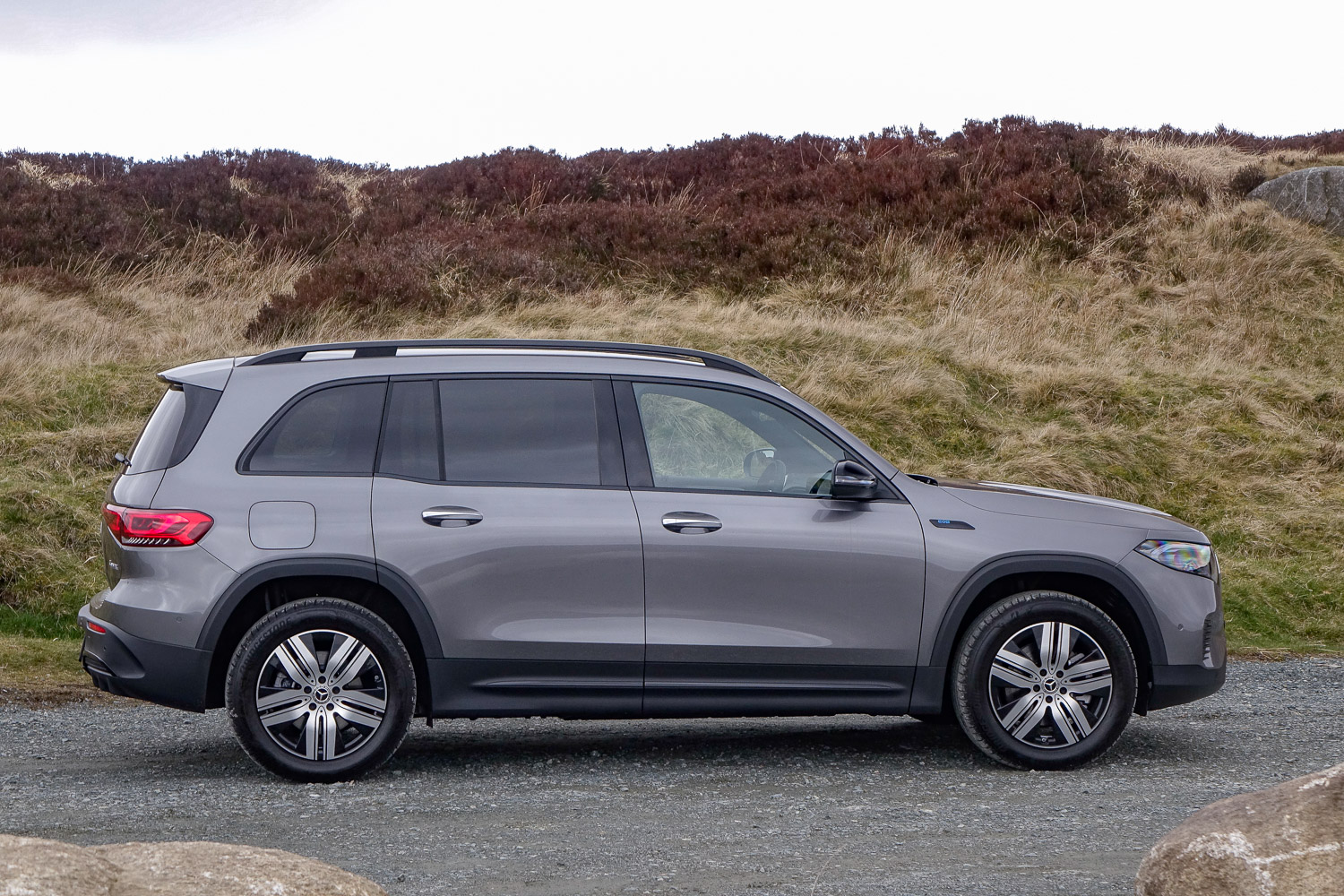
Mercedes-Benz EQB
Need more seats in your compact Mercedes SUV? You'll want the EQB, so.
Range: 408-517km
Click for full details...
Range: 408-517km
Click for full details...
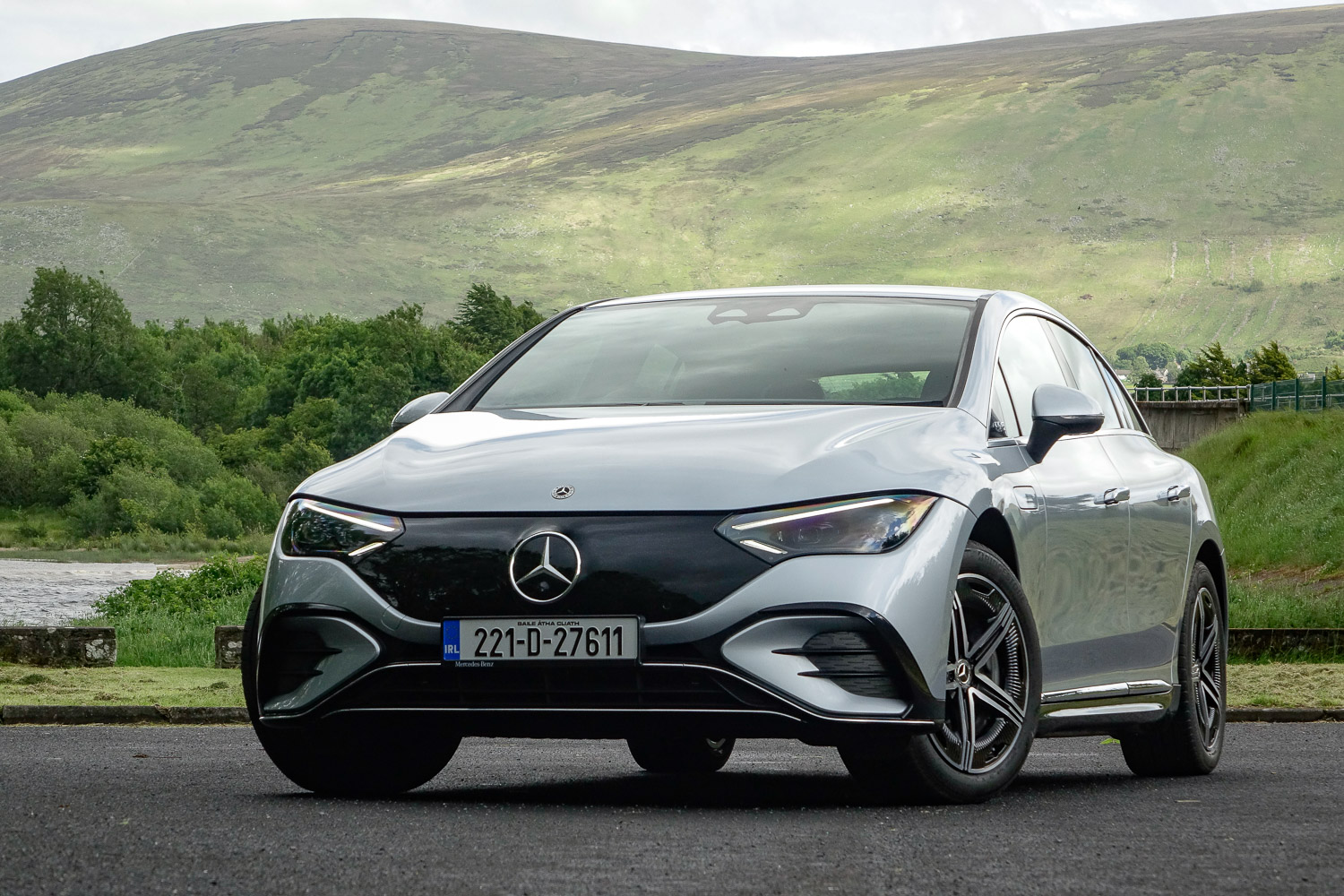
Mercedes-Benz EQE
The EQE is a Mercedes E-Class-sized electric saloon.
Range: 503-674km
Click for full details...
Range: 503-674km
Click for full details...
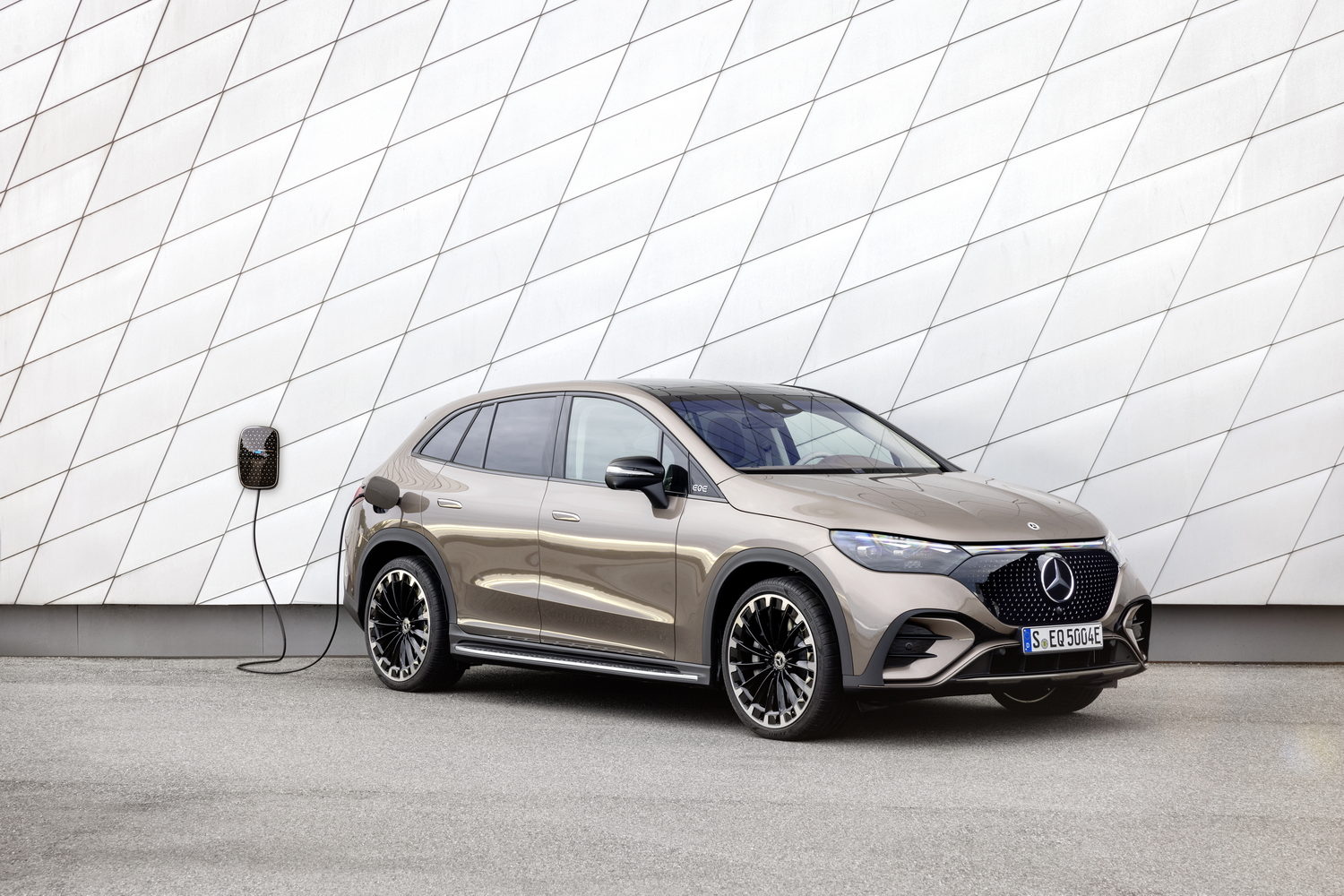
Mercedes-Benz EQE SUV
Like the Mercedes EQE, but need more space? The EQE SUV is practical as well as refined.
Range: 452-614km
Click for full details...
Range: 452-614km
Click for full details...
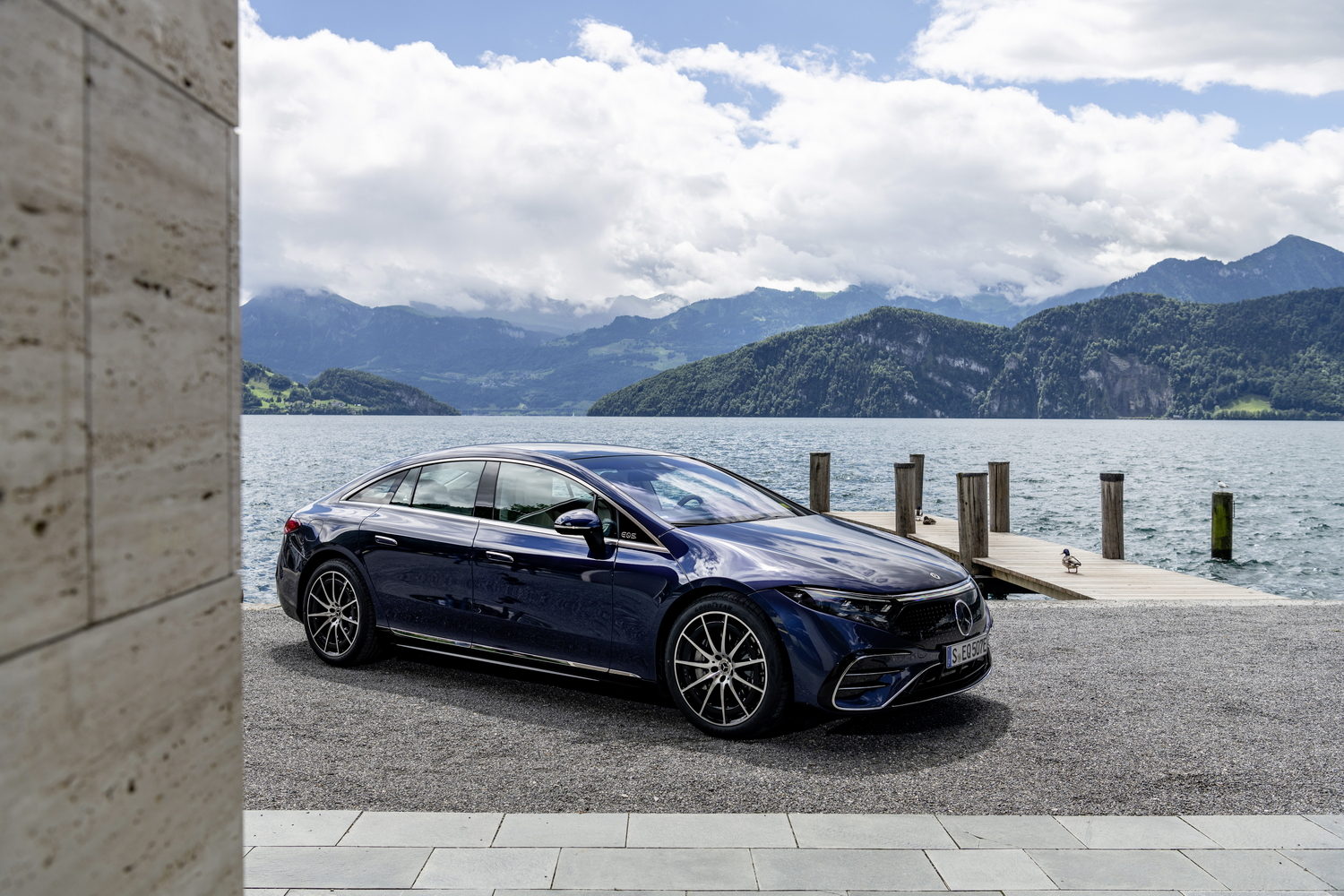
Mercedes-Benz EQS
Fancy an electric luxury car? Choose the Mercedes EQS instead of an S-Class, so.
Range: 586-738km
Click for full details...
Range: 586-738km
Click for full details...
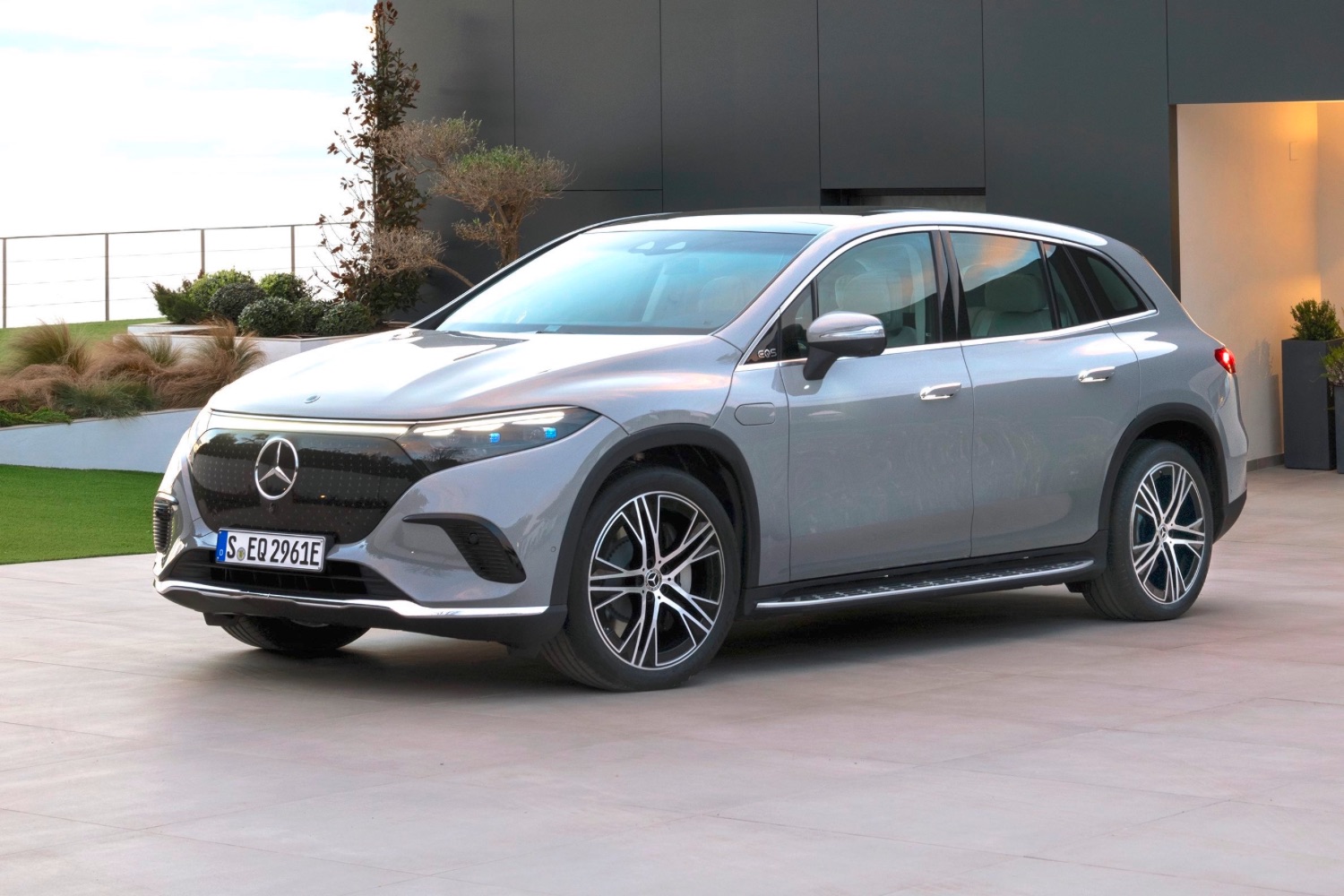
Mercedes-Benz EQS SUV
Not only is the EQS SUV incredibly luxurious, it also has seating for up to seven people.
Range: 660-706km
Click for full details...
Range: 660-706km
Click for full details...
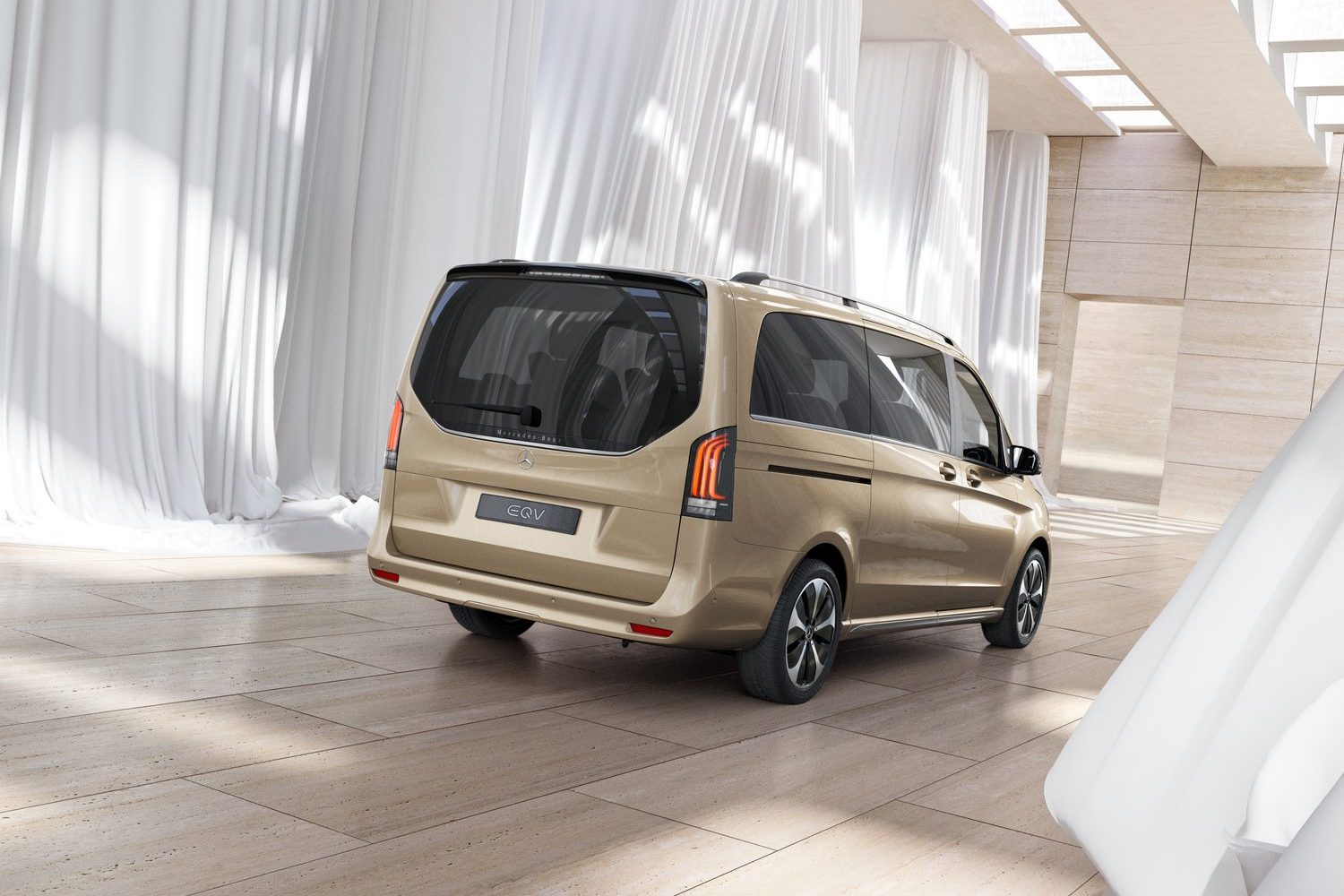
Mercedes-Benz EQV
The Mercedes EQV is a big electric, and rather posh, people carrier.
Range: 358-364km
Click for full details...
Range: 358-364km
Click for full details...

Mercedes-Benz G-Class
The G-Wagen goes electric. And it's very, very silly indeed.
Range: 473km
Click for full details...
Range: 473km
Click for full details...
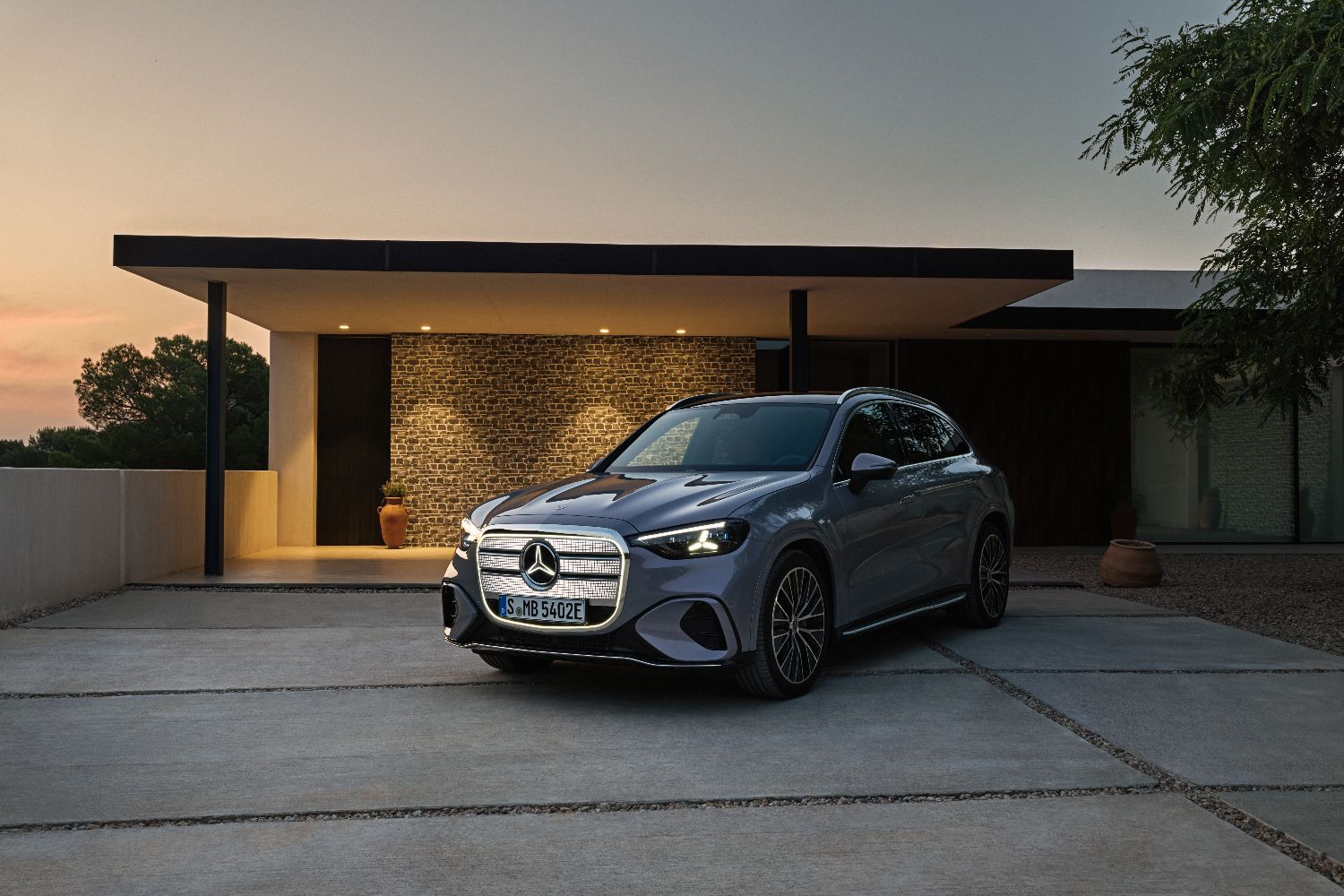
Mercedes-Benz GLC
A big grille tells you you're looking at the first, all-electric Merc GLC.
Range: 701km
Click for full details...
Range: 701km
Click for full details...
MG
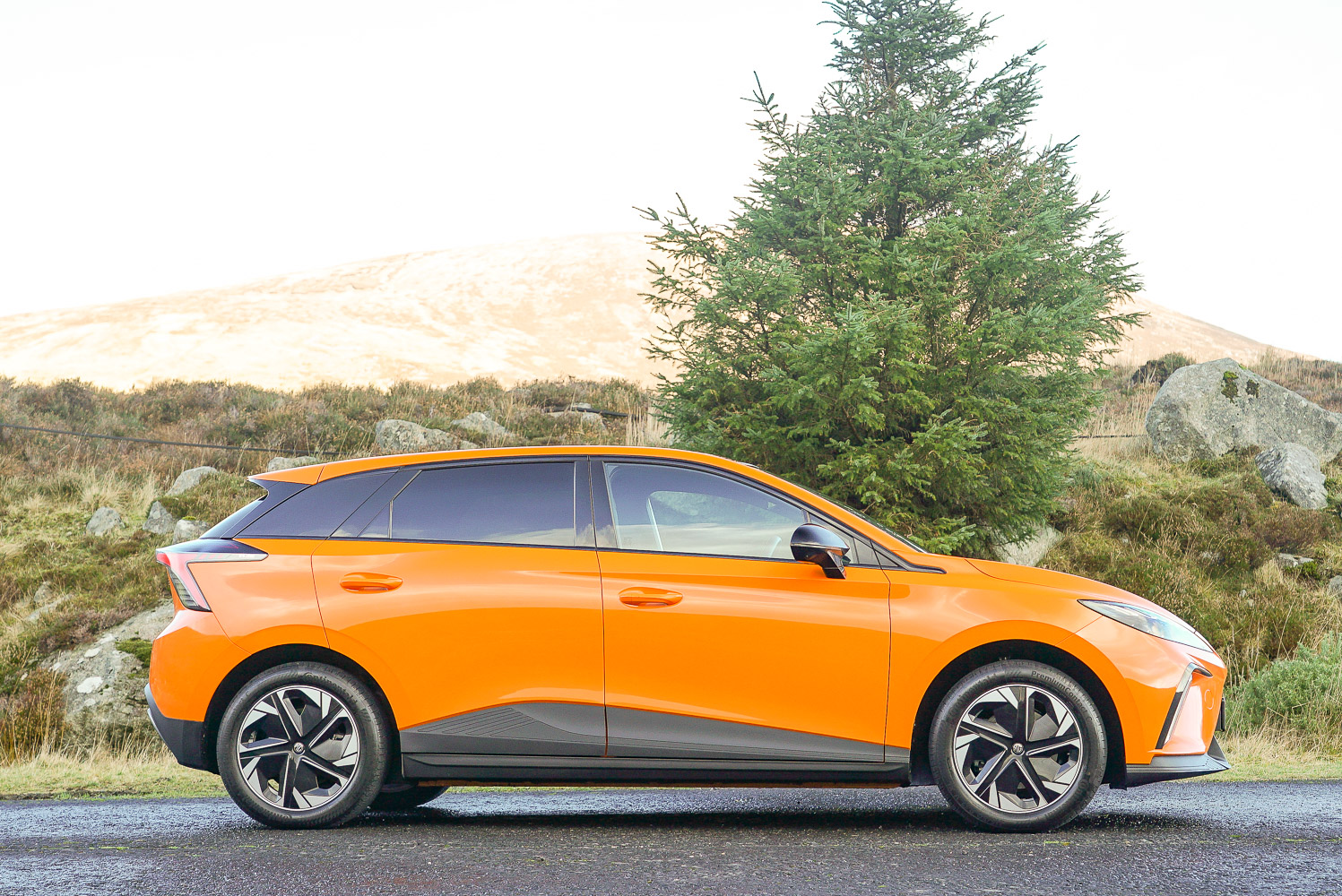
MG 4
The MG 4 mixes the firm's value proposition with modern styling and great dynamics.
Range: 350-450km
Click for full details...
Range: 350-450km
Click for full details...
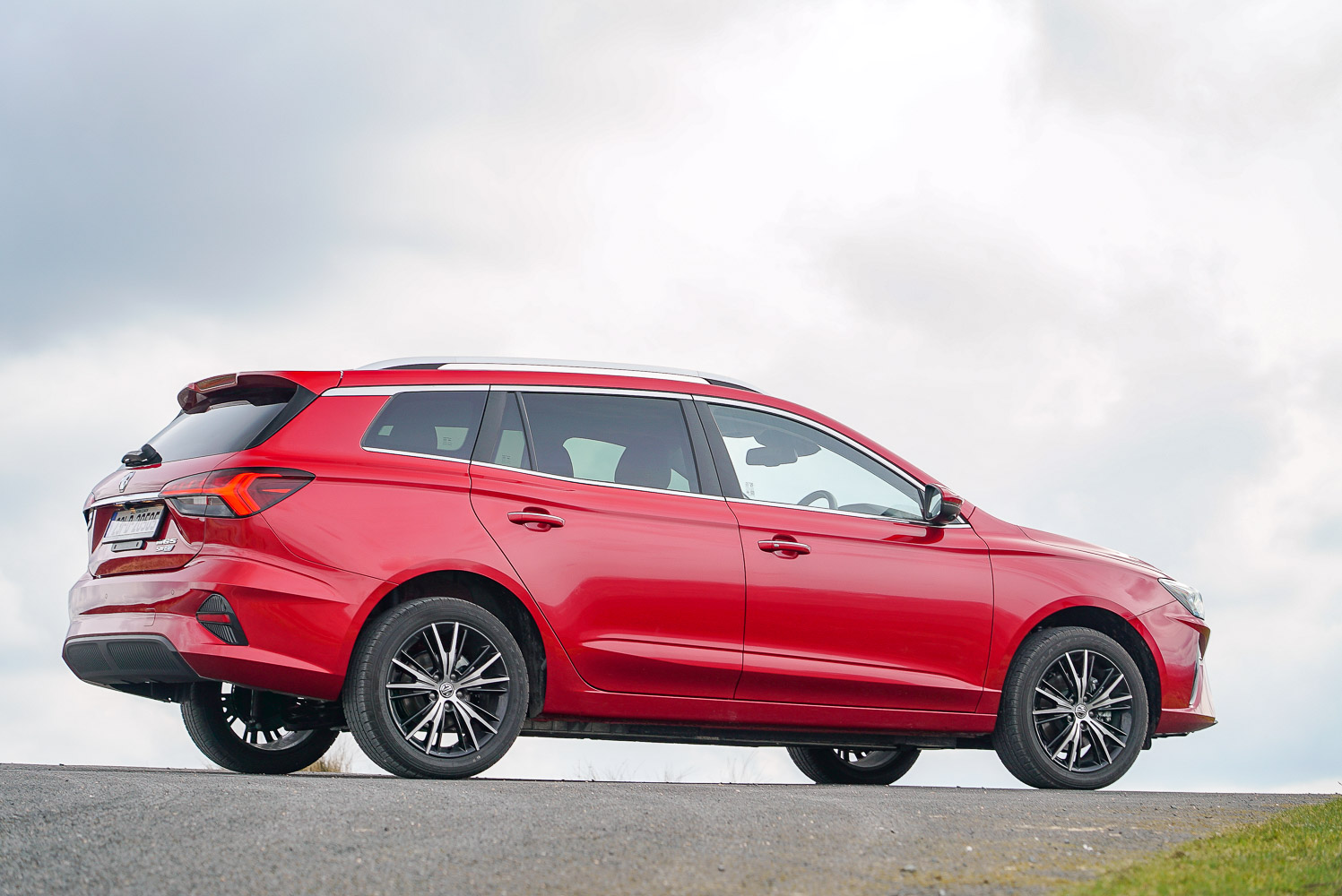
MG 5
One of the few all-electric estate cars on the market is the MG 5.
Range: 378-402km
Click for full details...
Range: 378-402km
Click for full details...
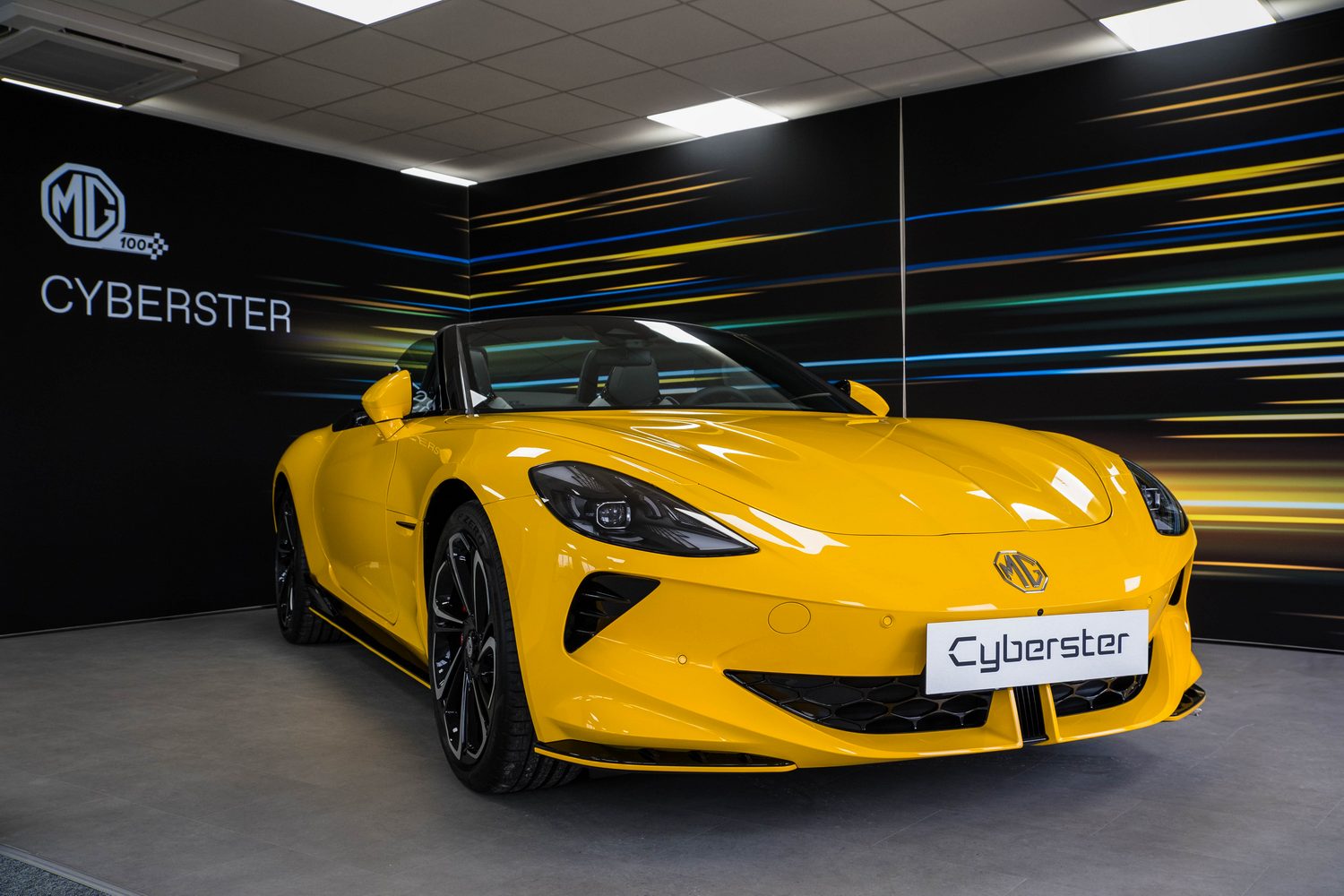
MG Cyberster
A modern-day MGB it is not, but the MG Cyberster is an appealing electric roadster.
Range: 443-507km
Click for full details...
Range: 443-507km
Click for full details...
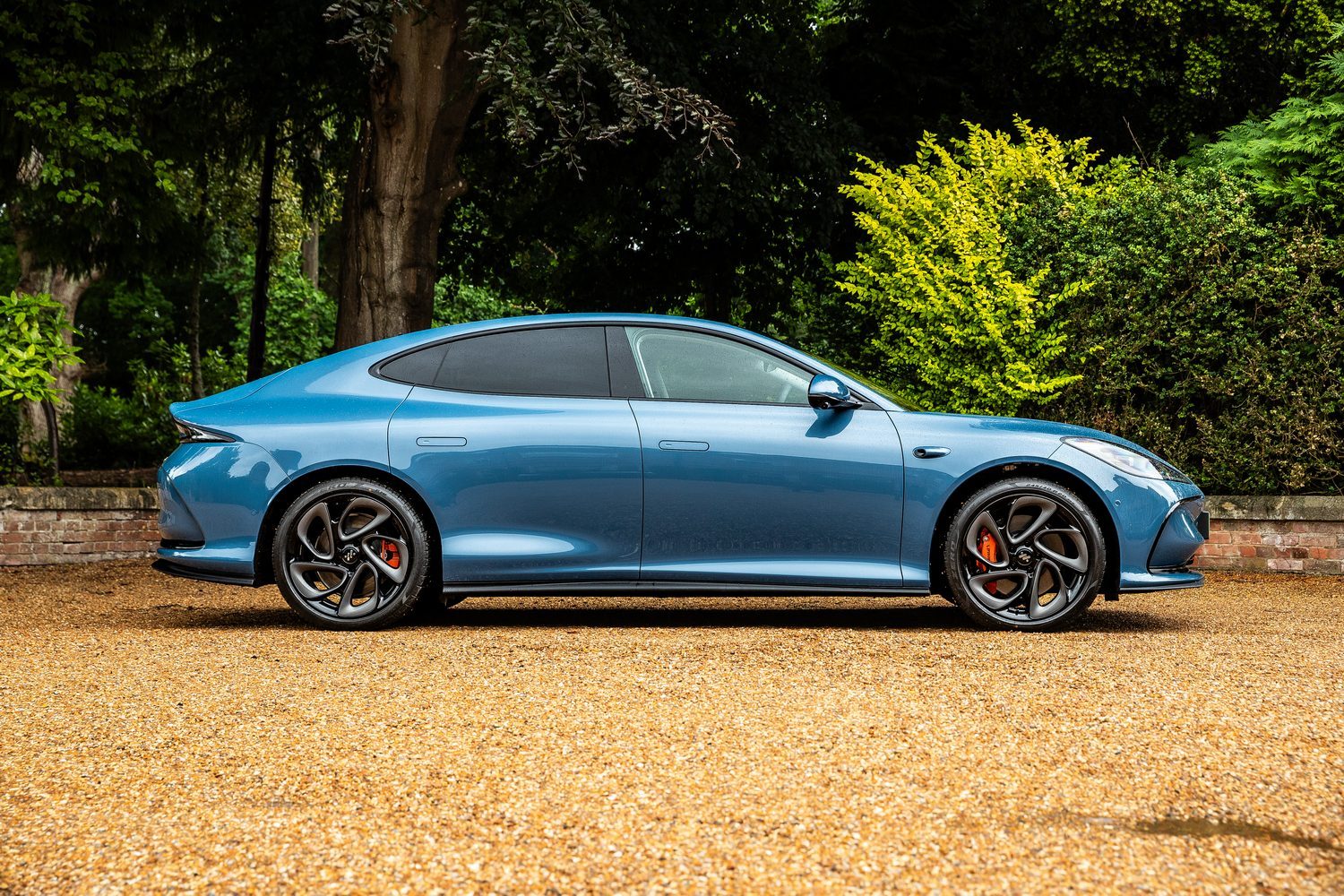
MG IM5
Irish buyers are hoping the MG IM5 is introduced here, and we can see why.
Range: 490-710km
Click for full details...
Range: 490-710km
Click for full details...
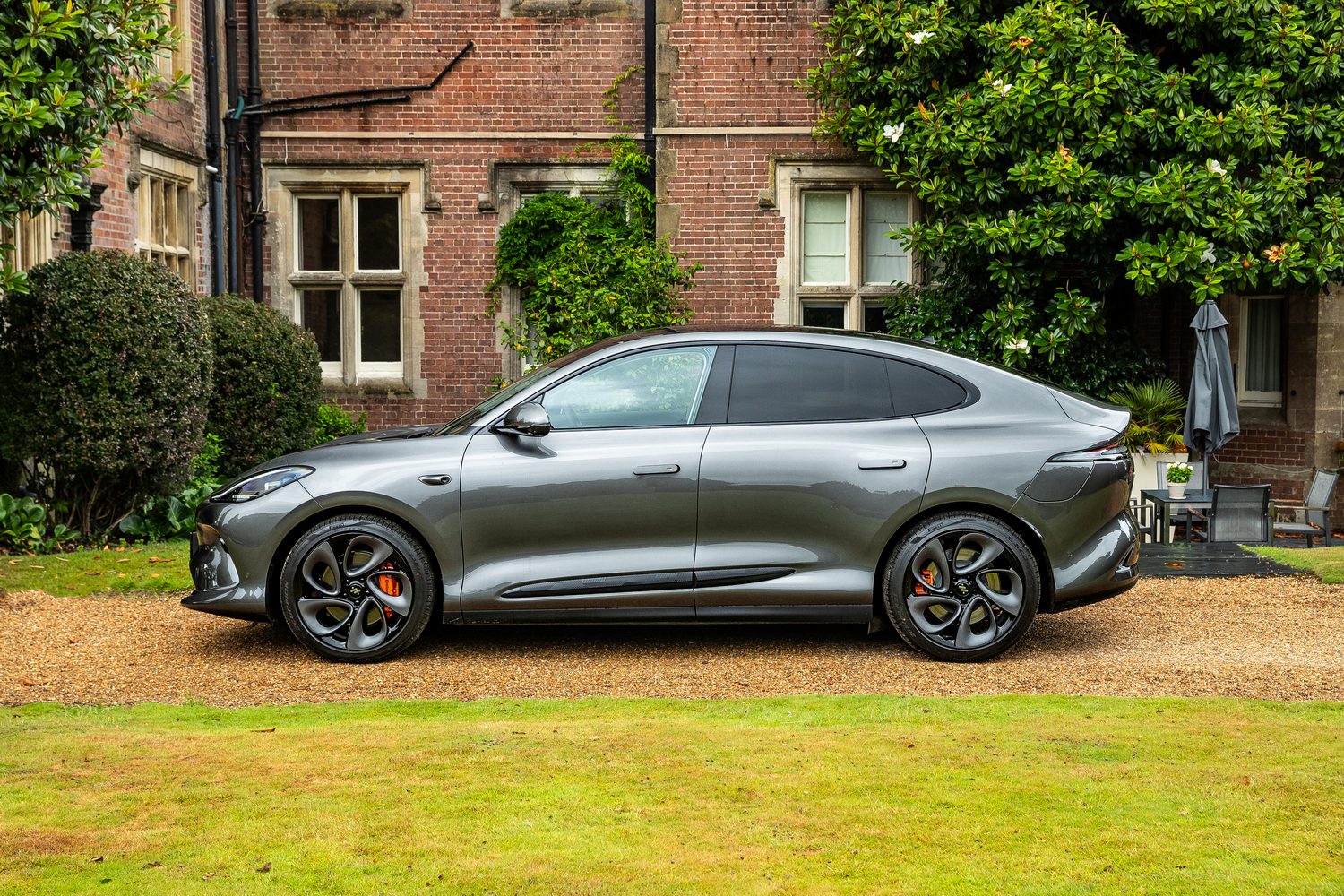
MG IM6
The sleek MG IM6 takes the Tesla Model Y on at its own game. Well, it would if sold here.
Range: 504-625km
Click for full details...
Range: 504-625km
Click for full details...
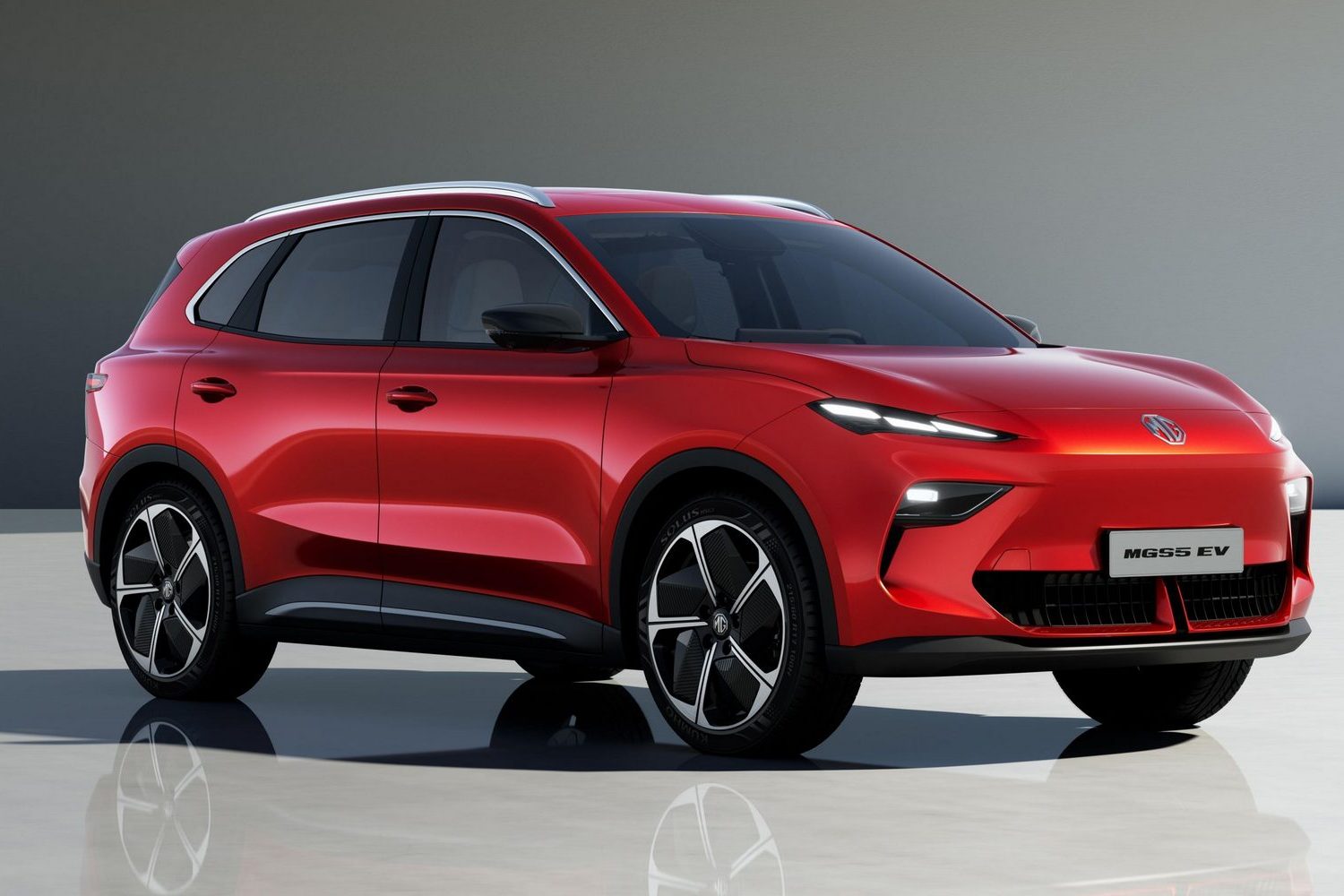
MG S5 EV
The MGS5 EV replaces the old ZS, and it eclipses it in terms of quality and more.
Range: 340-480km
Click for full details...
Range: 340-480km
Click for full details...
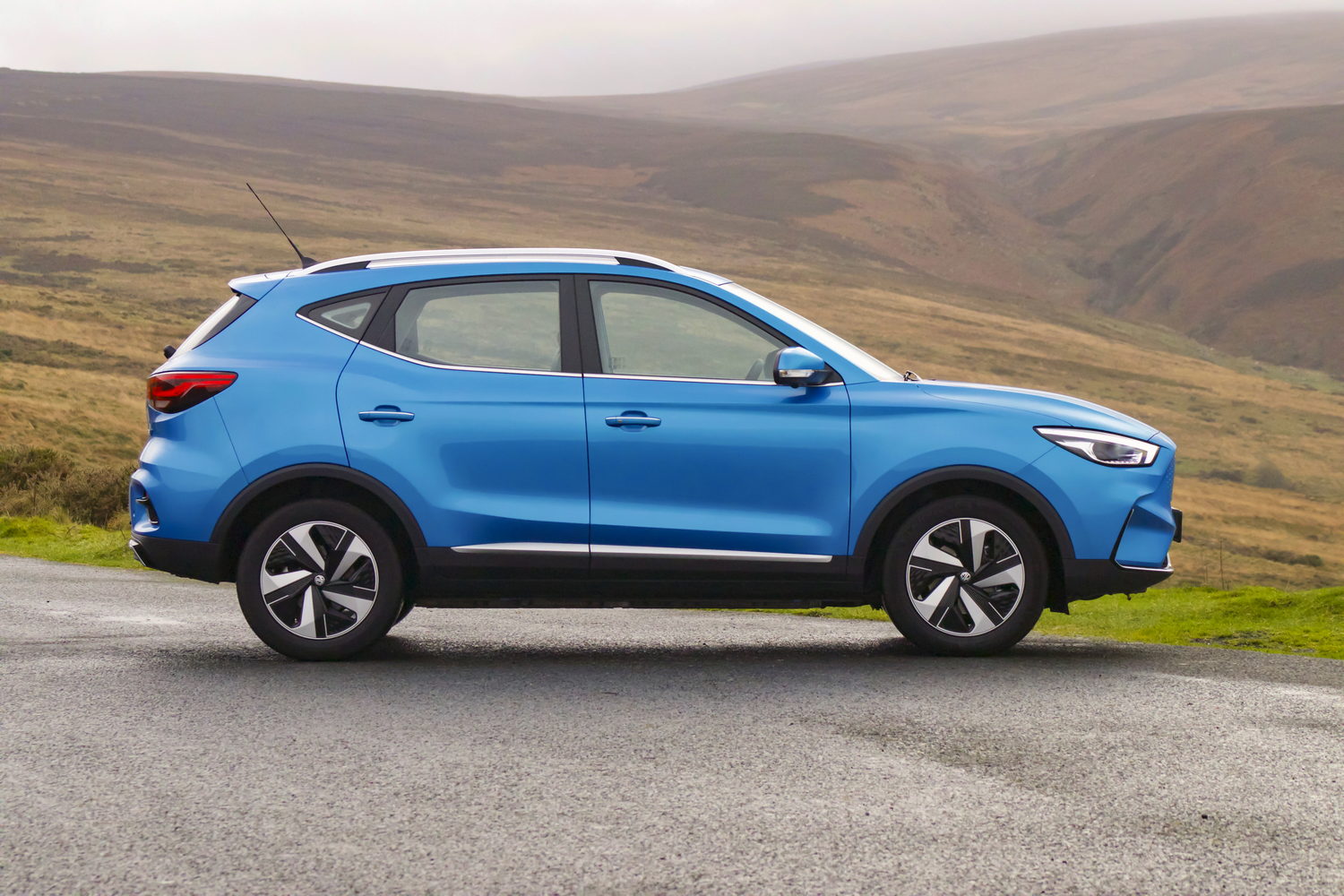
MG ZS
[DISCONTINUED] Don't worry, as the electric ZS will be replaced by another EV soon.
Range: 320-440km
Click for full details...
Range: 320-440km
Click for full details...
MINI
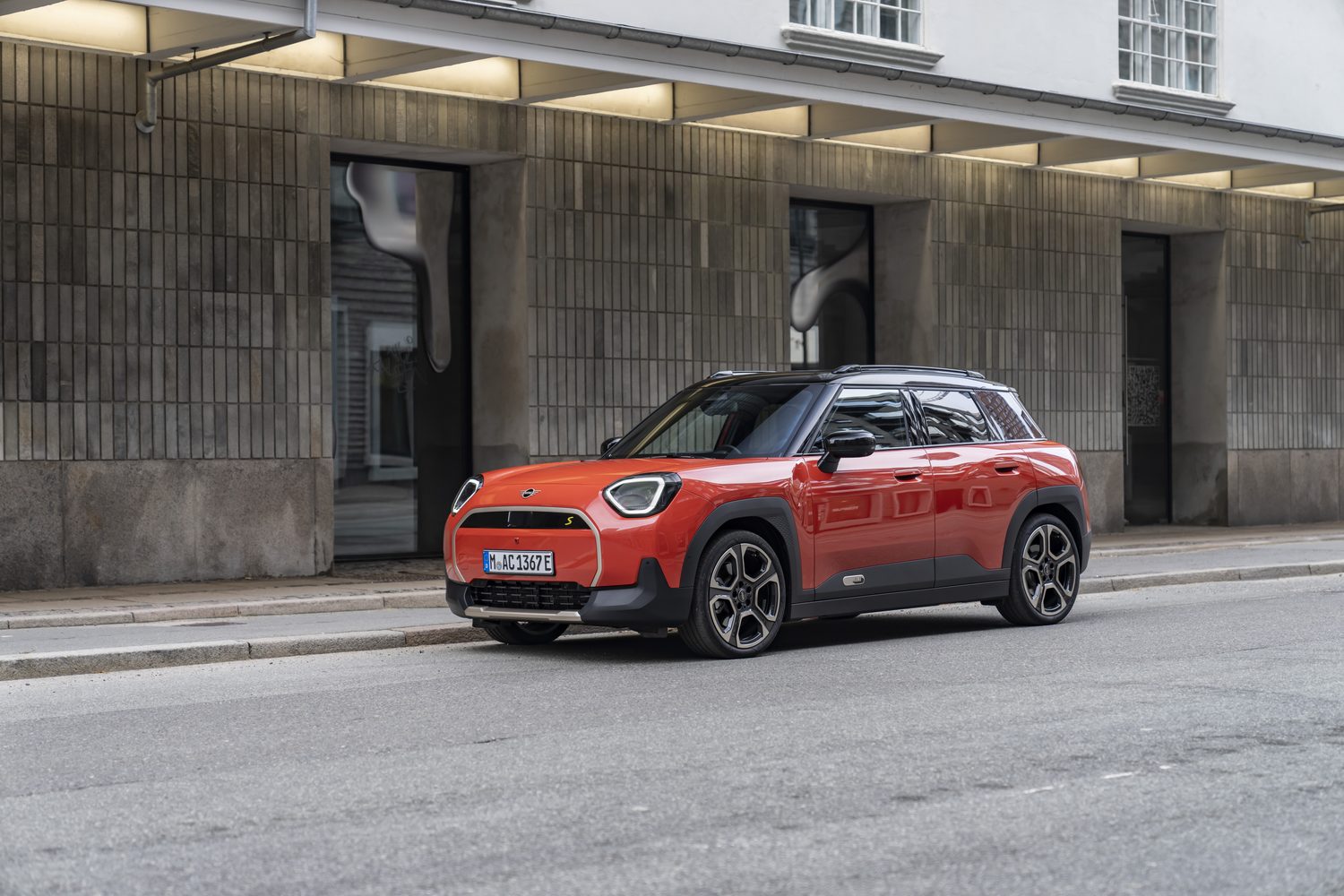
MINI Aceman
Think of the all-electric Aceman as a crossover version of the MINI hatch.
Range: 309-405km
Click for full details...
Range: 309-405km
Click for full details...
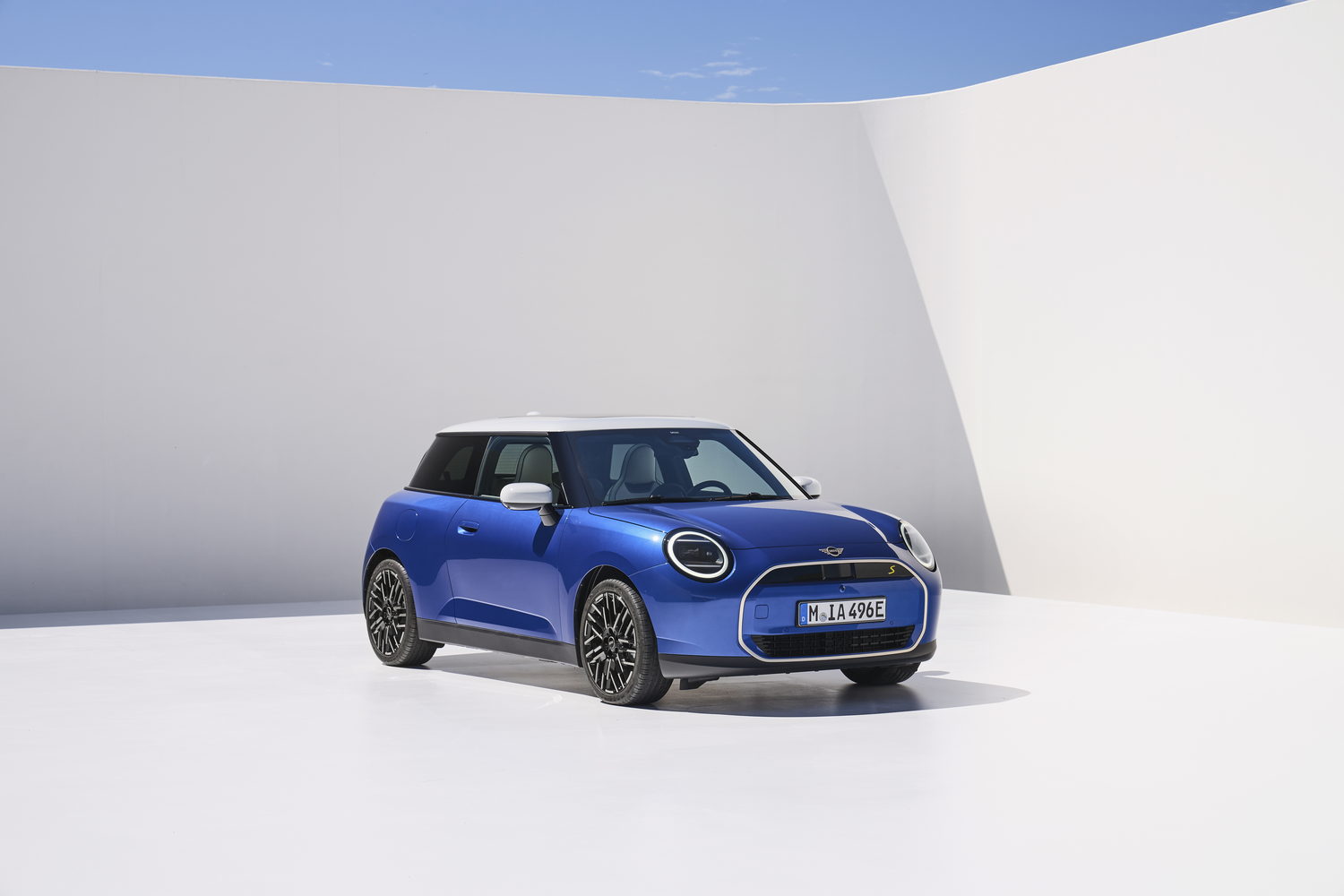
MINI Cooper Electric
The second generation of electric MINI is a far more accomplished creation.
Range: 305-402km
Click for full details...
Range: 305-402km
Click for full details...
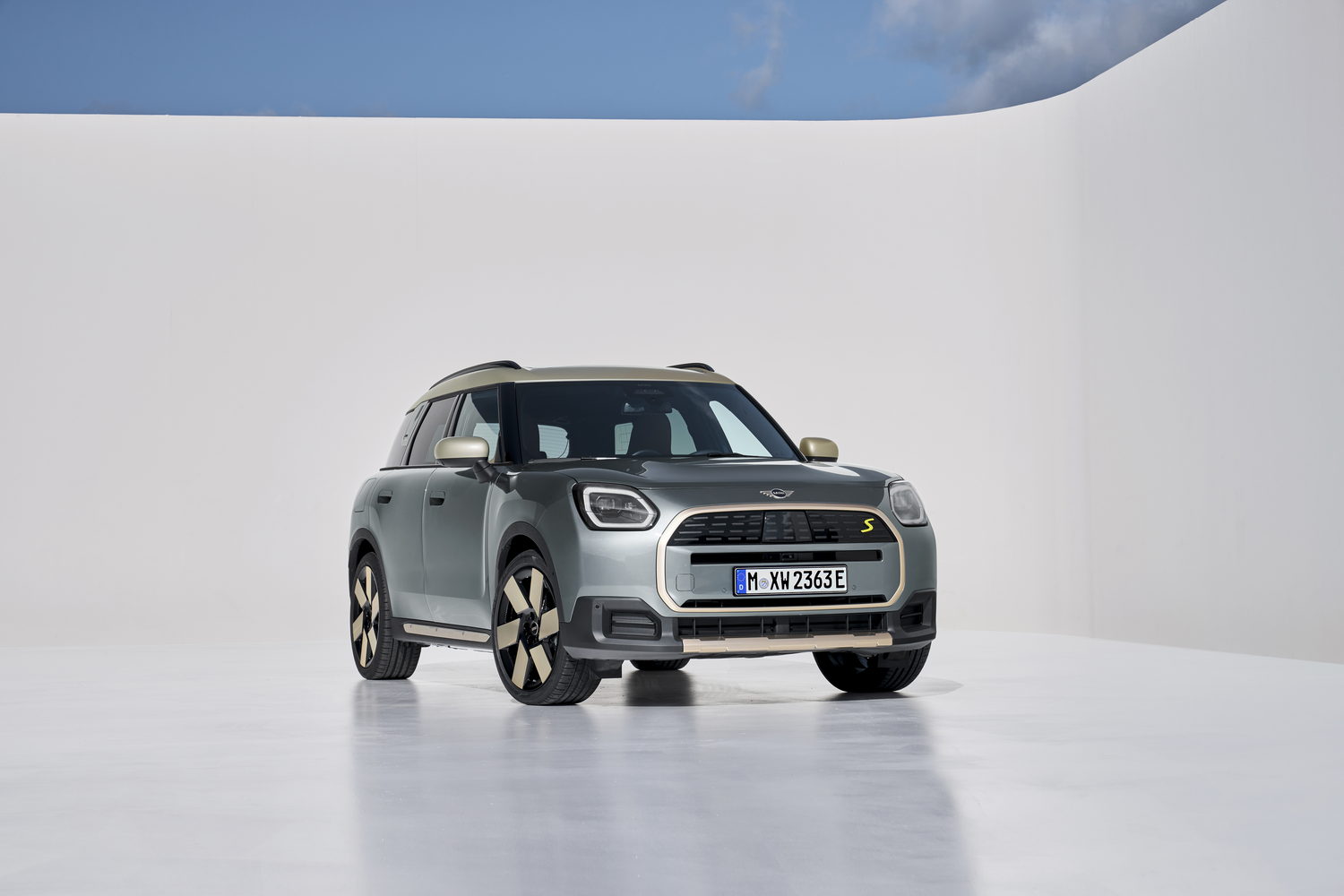
MINI Countryman Electric
The not-so-mini MINI Countryman is going fully electric for the first time.
Range: 433-462km
Click for full details...
Range: 433-462km
Click for full details...
Nissan
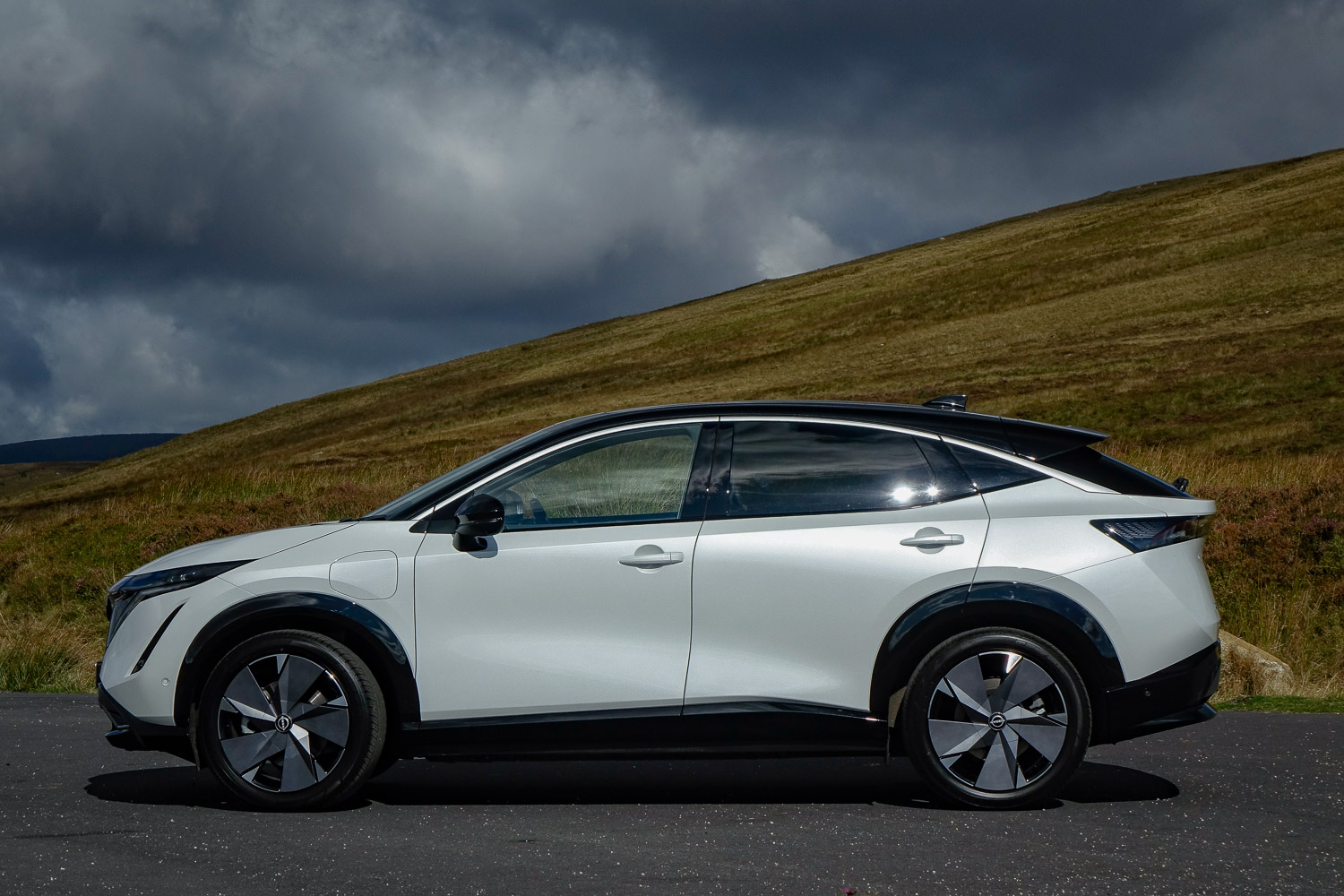
Nissan Ariya
With concept car looks and a cracking cabin, the Nissan Ariya shows the firm's electric ambition.
Range: 403-532km
Click for full details...
Range: 403-532km
Click for full details...
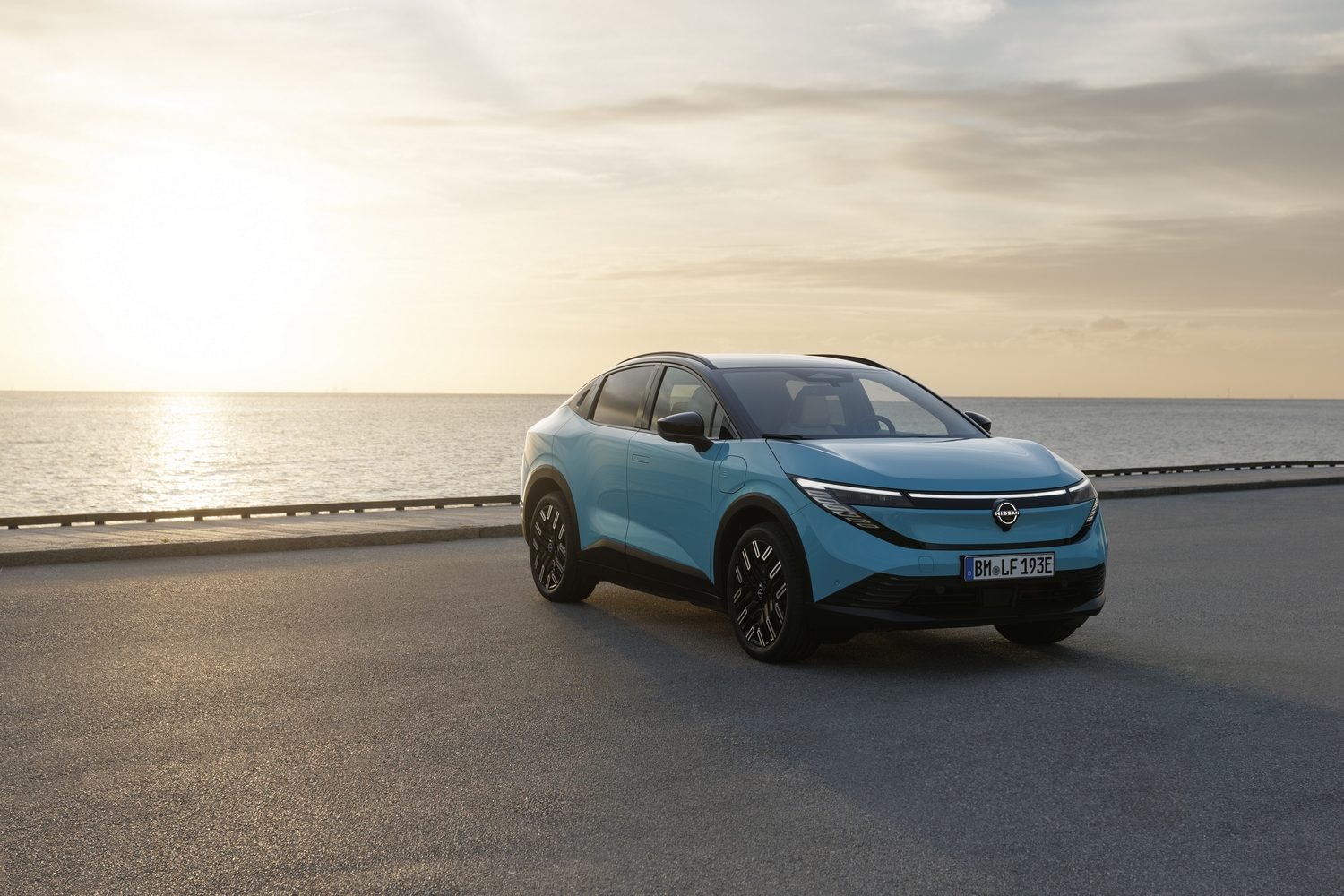
Nissan Leaf
The third generation of the Leaf represents a step change for the pioneering nameplate.
Range: 435/604km
Click for full details...
Range: 435/604km
Click for full details...
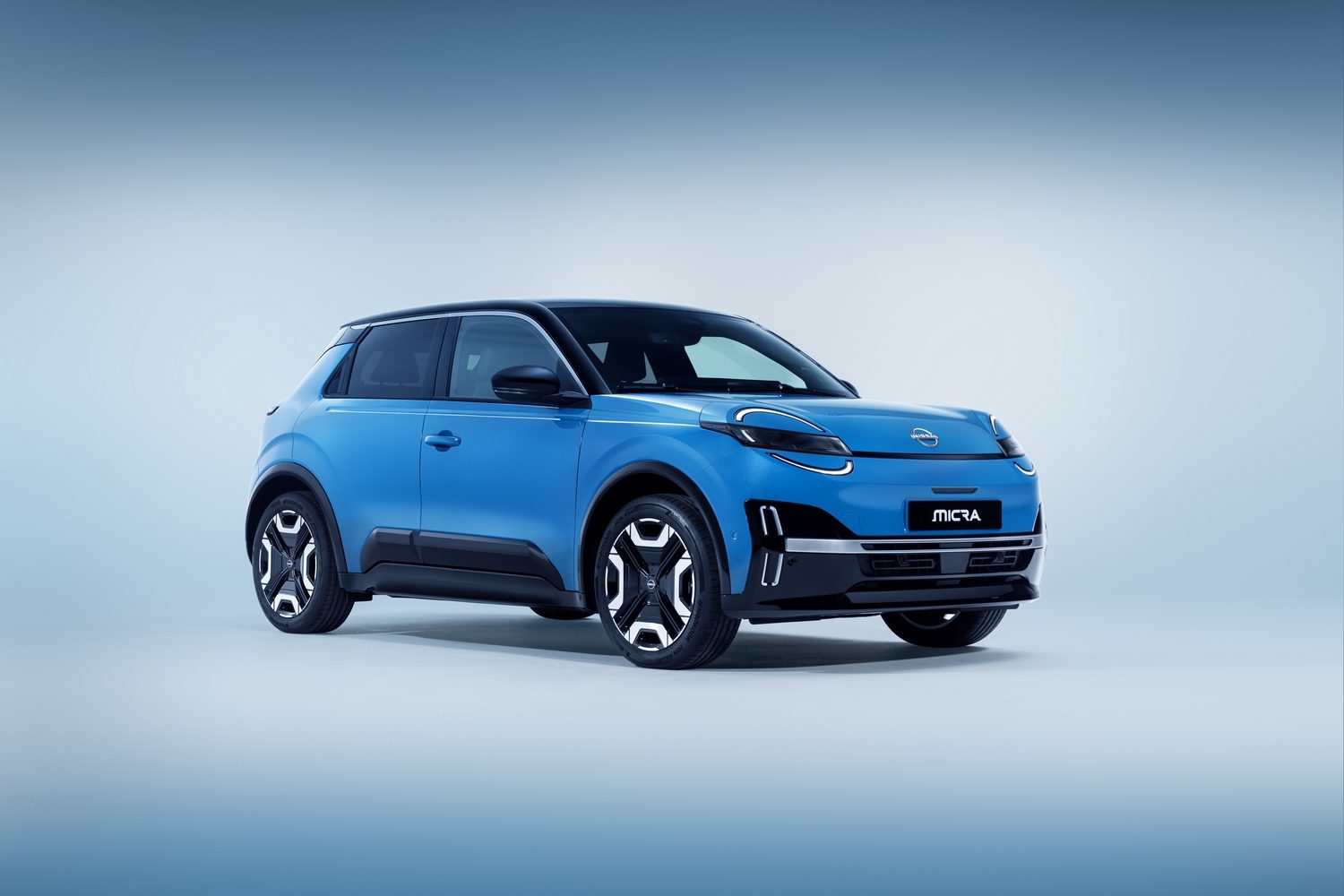
Nissan Micra
Yes, the electric Micra and Renault 5 are the same underneath, but that's not a bad thing.
Range: 317-416km
Click for full details...
Range: 317-416km
Click for full details...
Opel
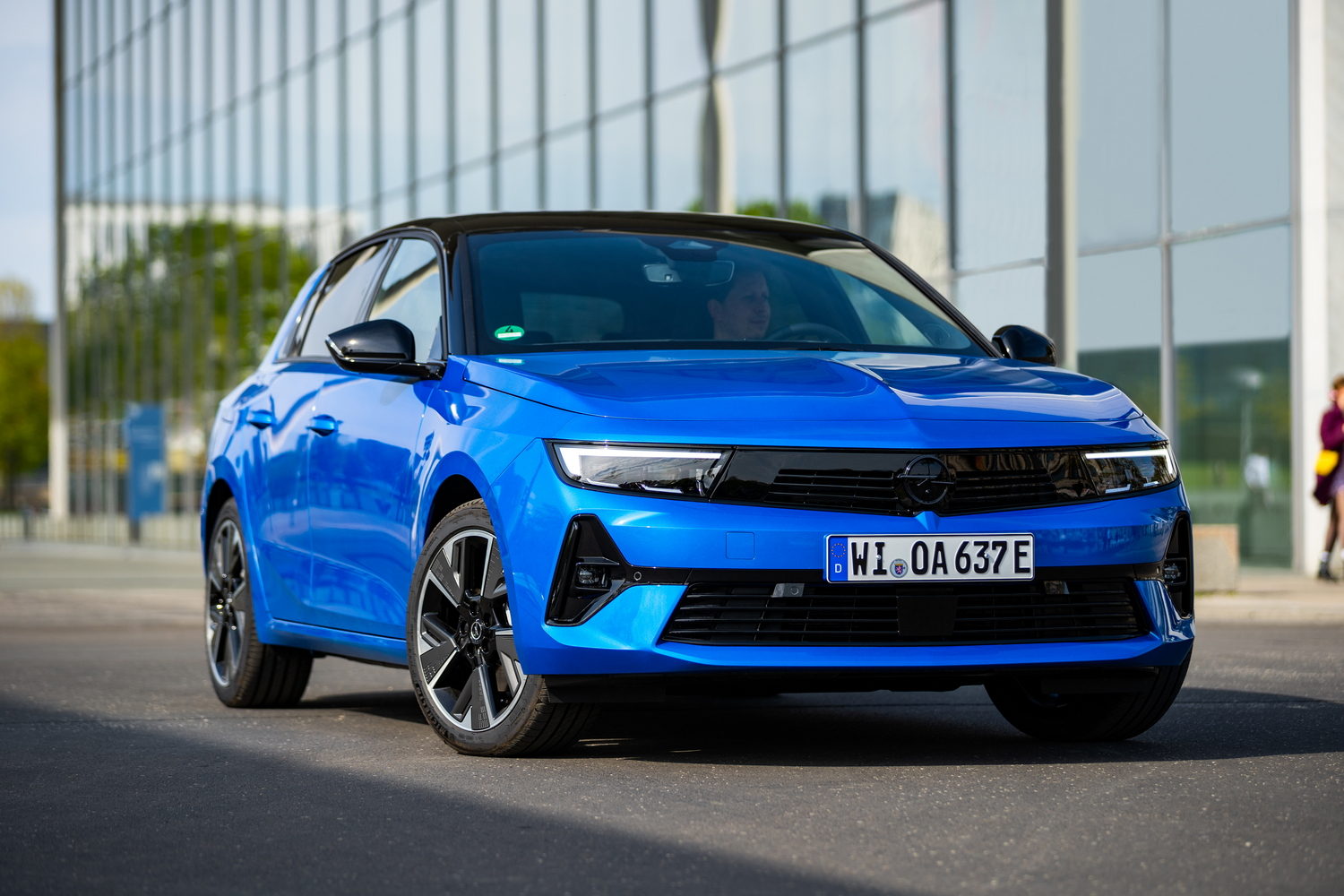
Opel Astra Electric
The electric Opel Astra looks little different to any other model in the range.
Range: 416km
Click for full details...
Range: 416km
Click for full details...
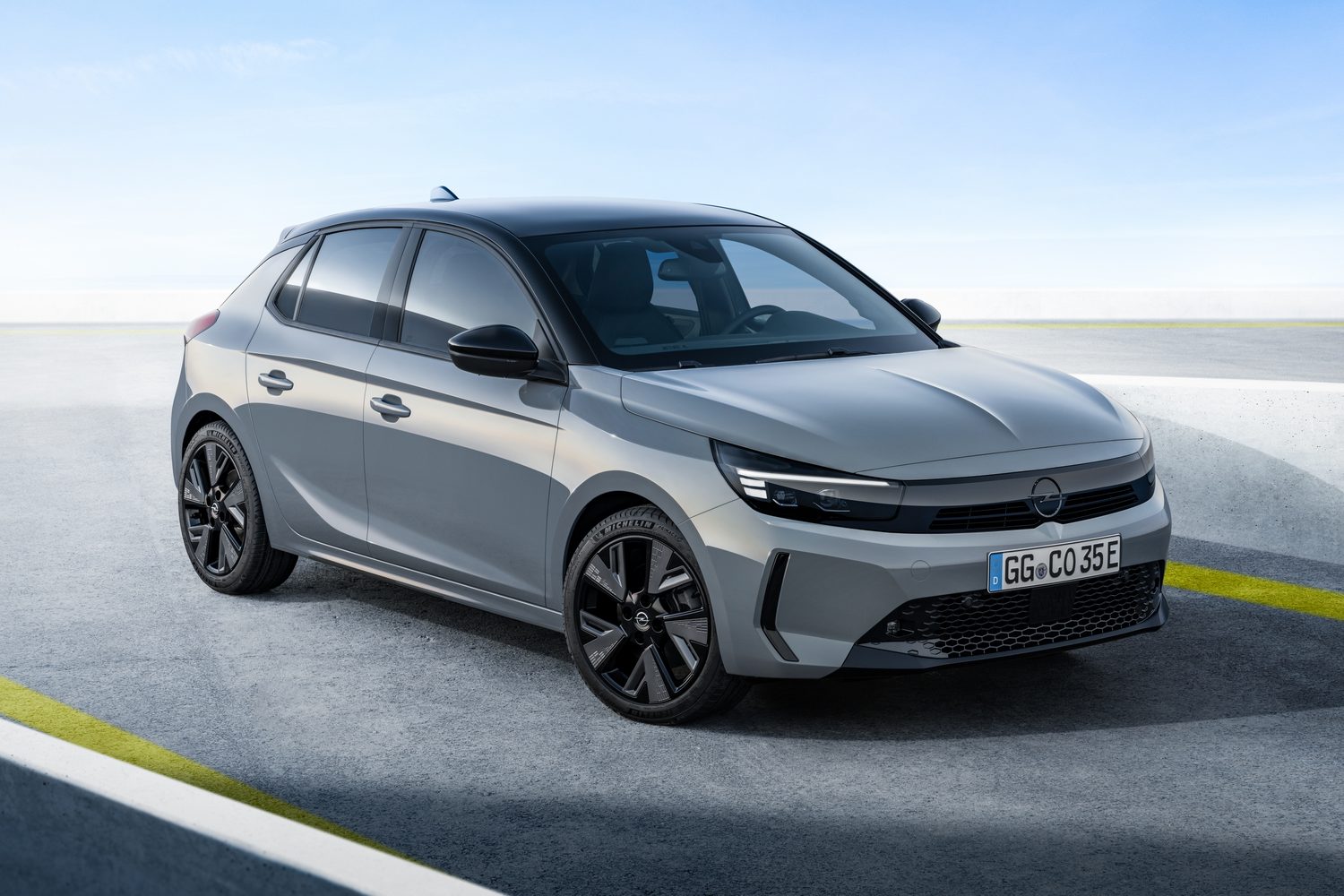
Opel Corsa Electric
Sensible electric supermini motoring comes in the form of the Opel Corsa.
Range: 357-396km
Click for full details...
Range: 357-396km
Click for full details...
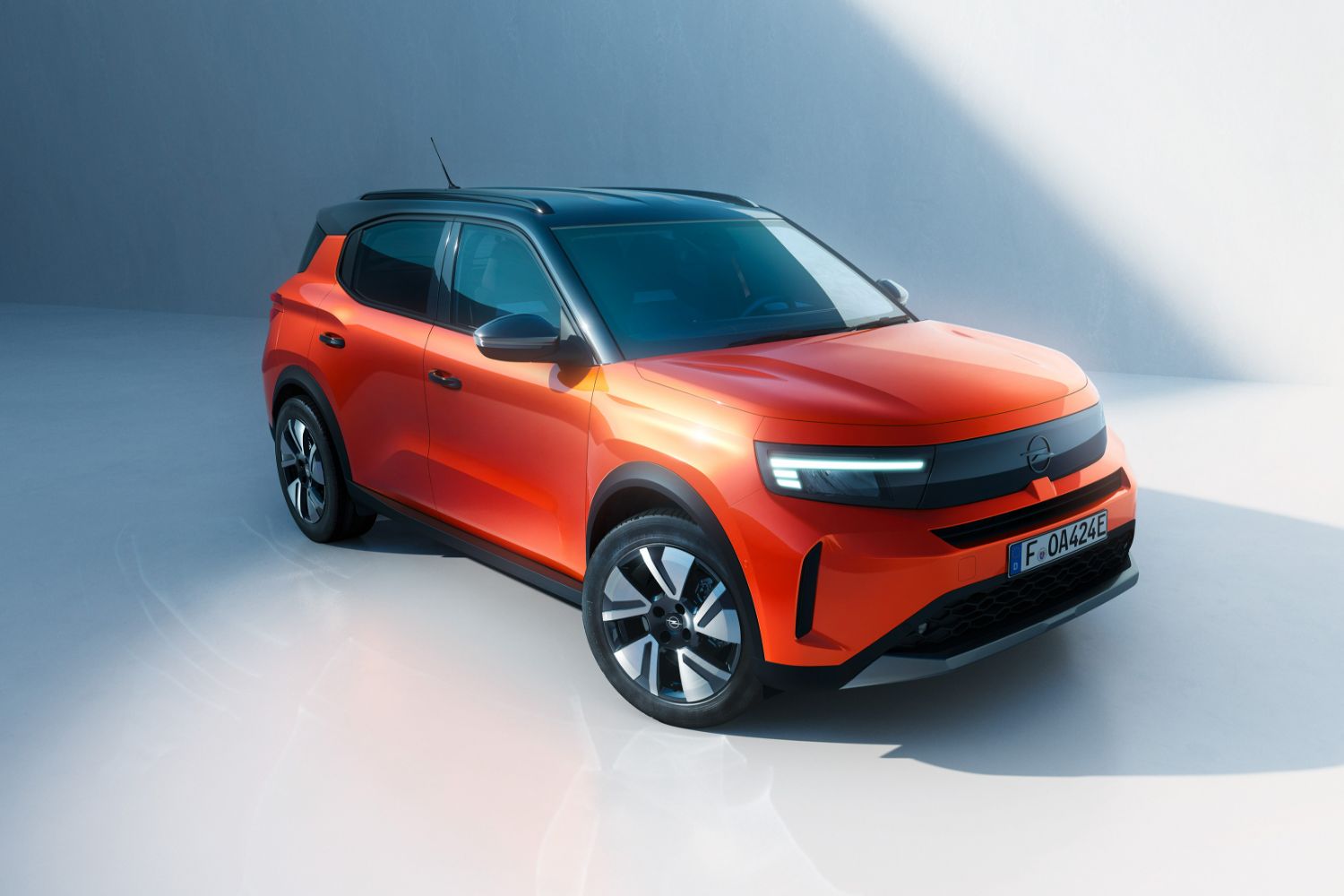
Opel Frontera
New Frontera promises efficiency, space and an affordable price.
Range: 305km
Click for full details...
Range: 305km
Click for full details...

Opel Grandland
The next-gen Grandland will come with electric power, and it looks far more interesting.
Range: Up to 700km
Click for full details...
Range: Up to 700km
Click for full details...
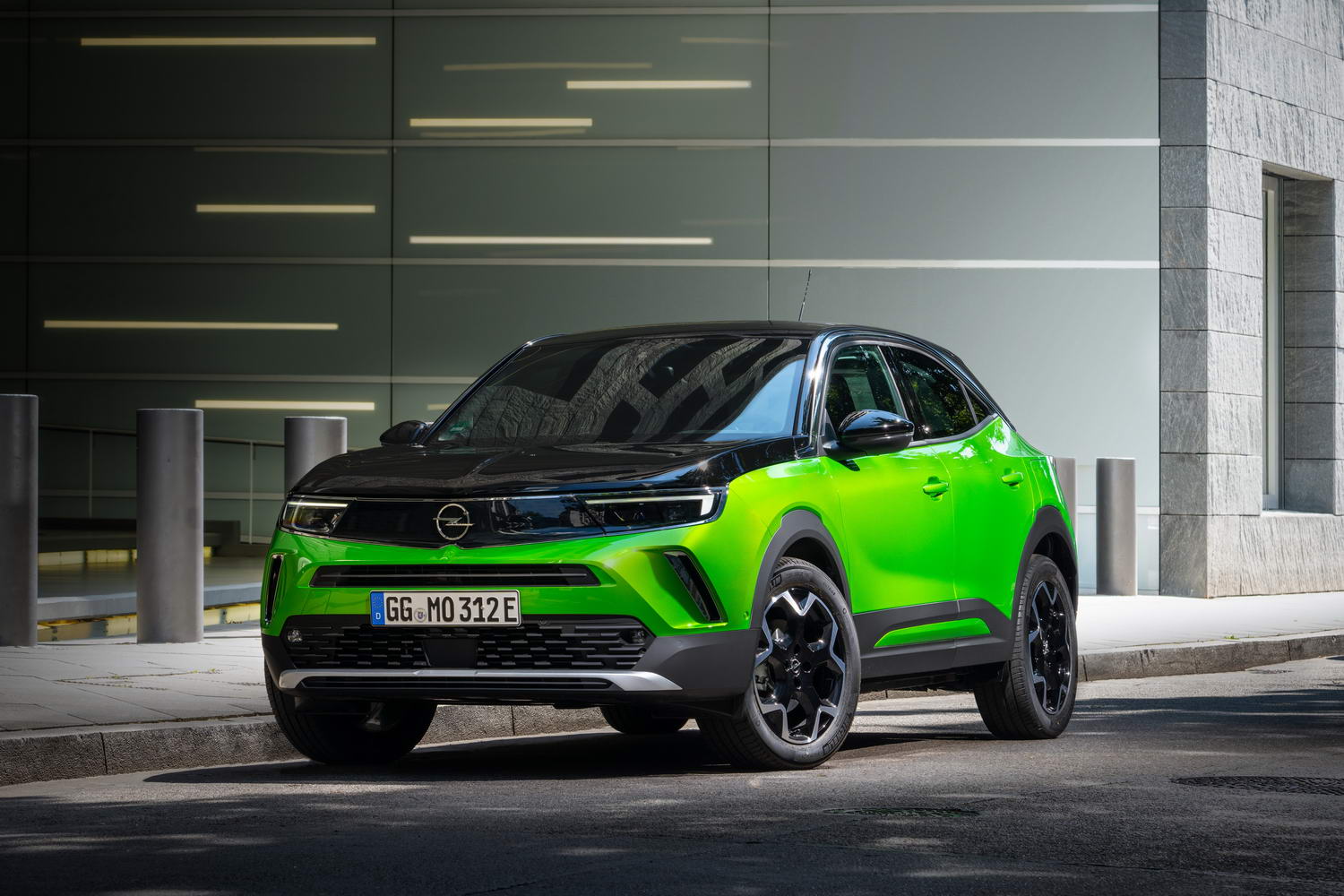
Opel Mokka Electric
Sporty looks and dynamics for the electric Opel Mokka crossover.
Range: 324km
Click for full details...
Range: 324km
Click for full details...
Ora
Peugeot
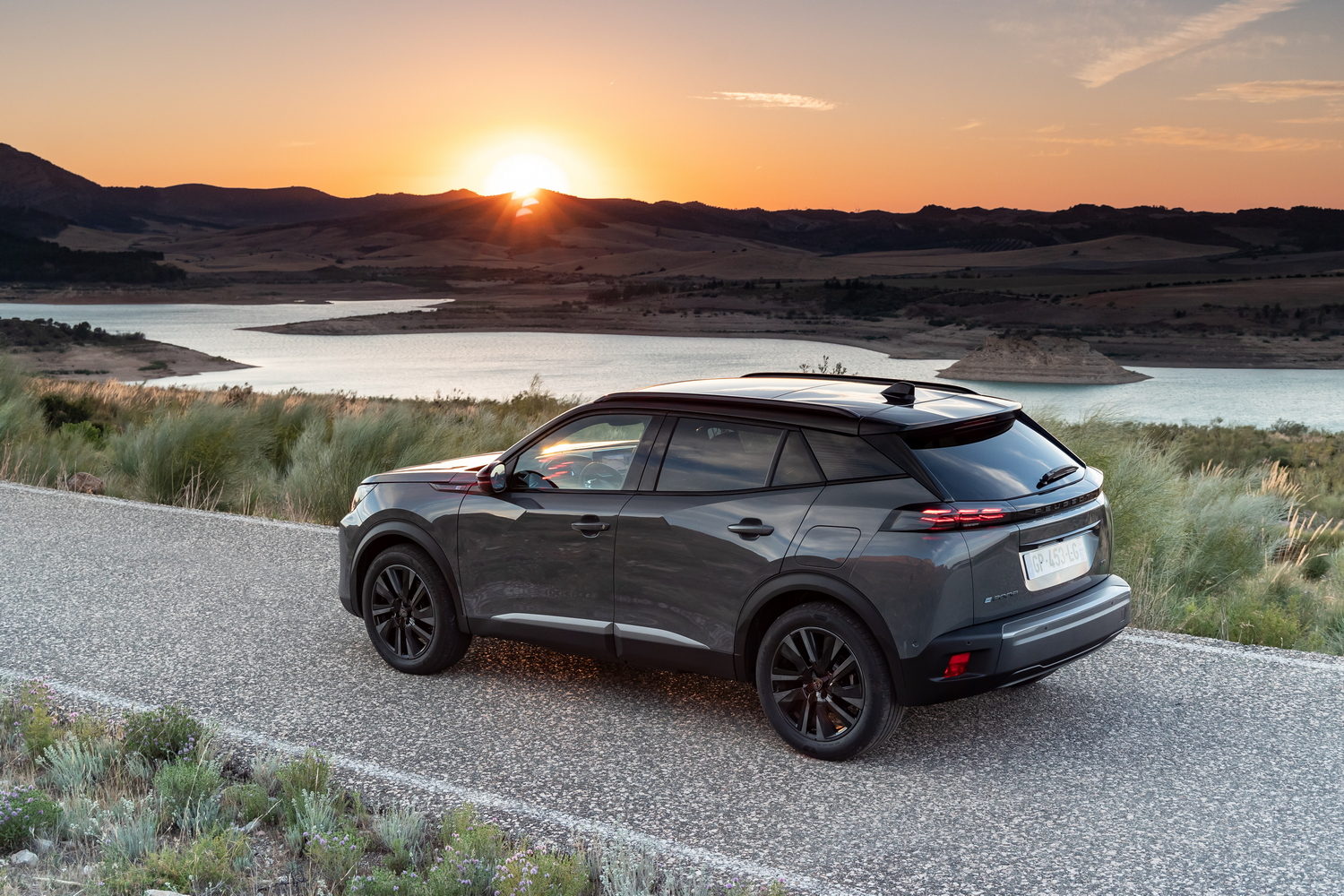
Peugeot E-2008
The Peugeot E-2008 five-door crossover is an all-electric, compact family car.
Range: 406km
Click for full details...
Range: 406km
Click for full details...
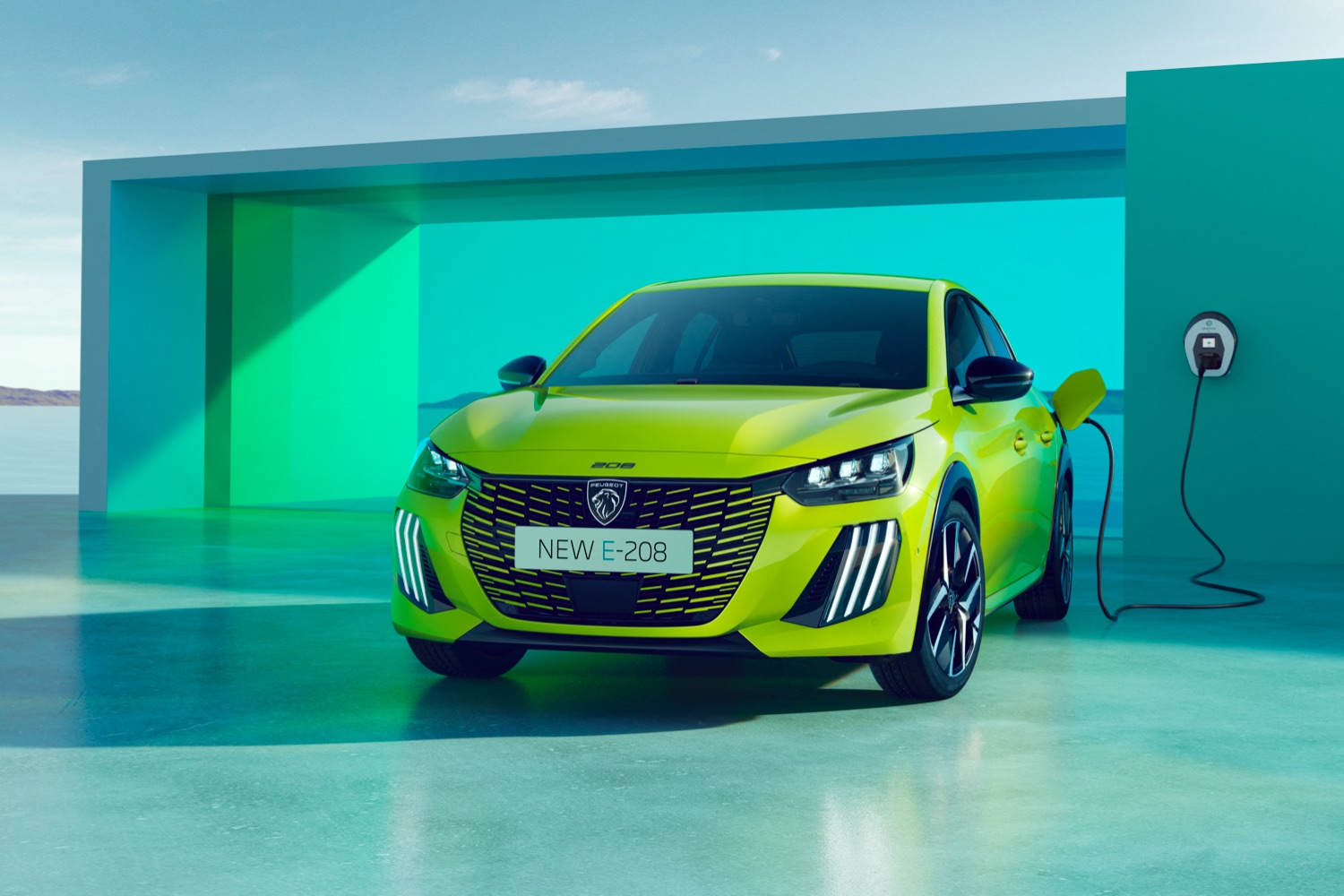
Peugeot E-208
A modest update improves one of our favourite electric small cars.
Range: 362-399km
Click for full details...
Range: 362-399km
Click for full details...
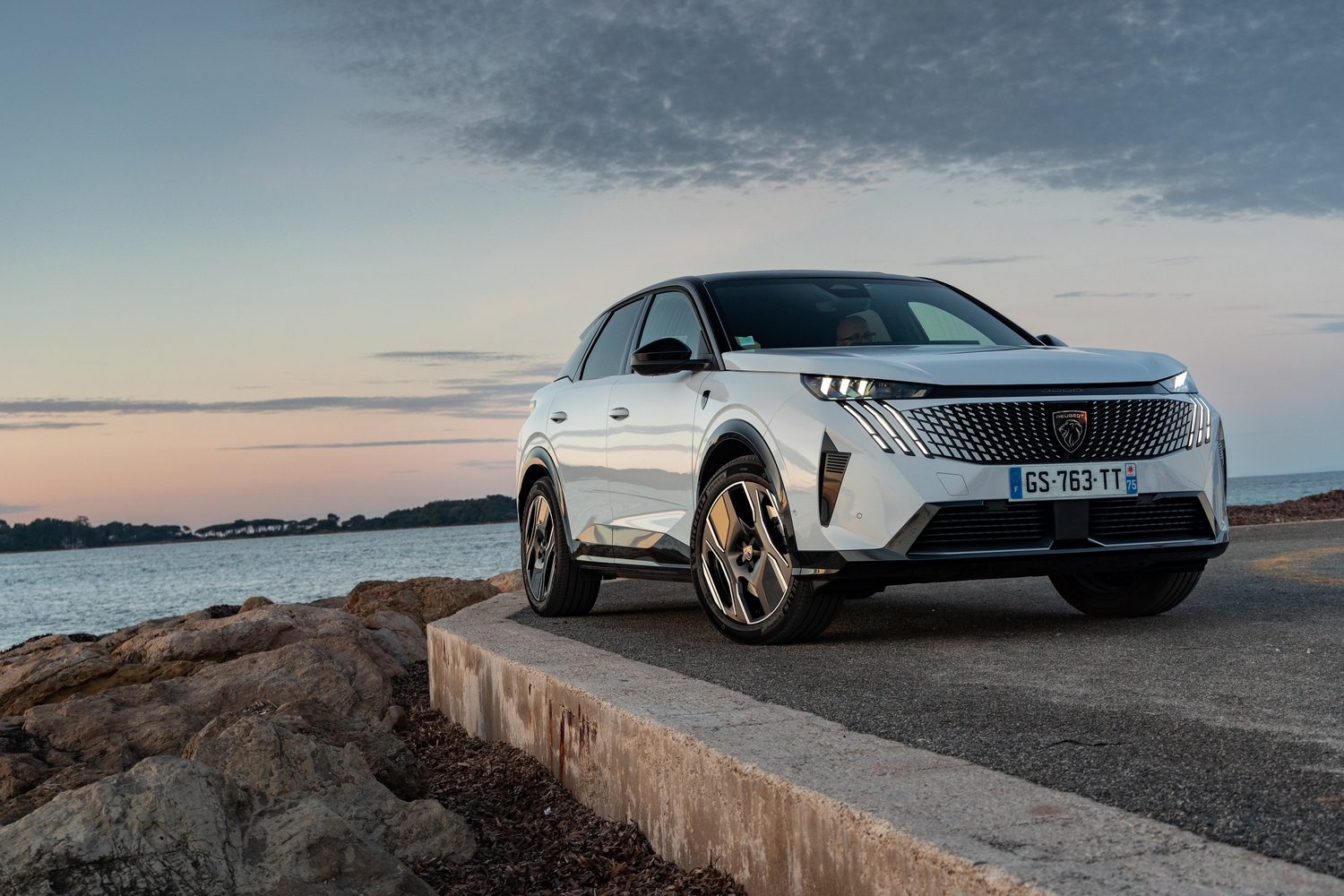
Peugeot E-3008
The new 3008 comes as an electric model from the start - and it looks the business.
Range: 527-680km
Click for full details...
Range: 527-680km
Click for full details...
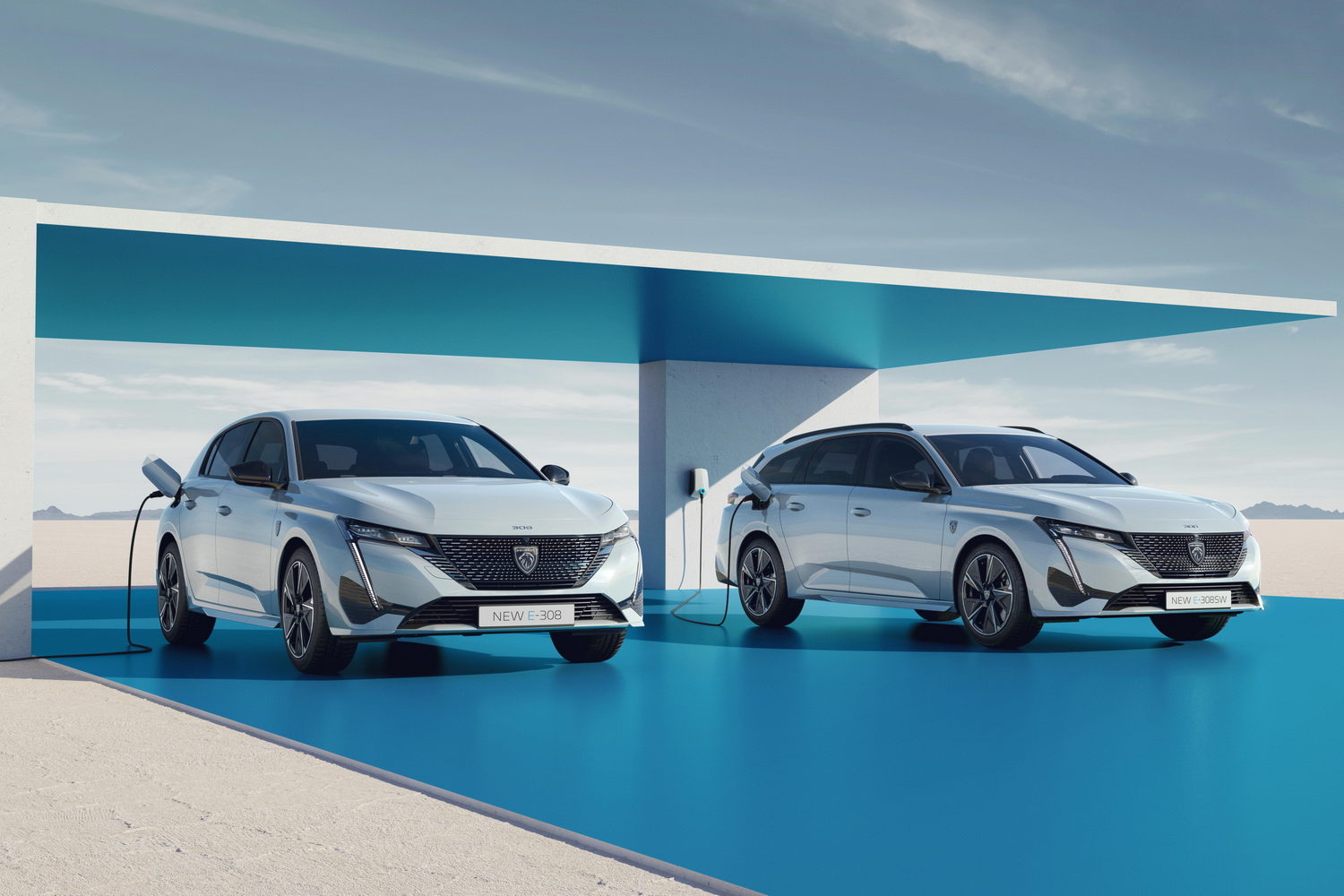
Peugeot E-308
The Peugeot E-308 is the French company’s first attempt at electric running gear in a family hatchback.
Range: 411-414km
Click for full details...
Range: 411-414km
Click for full details...
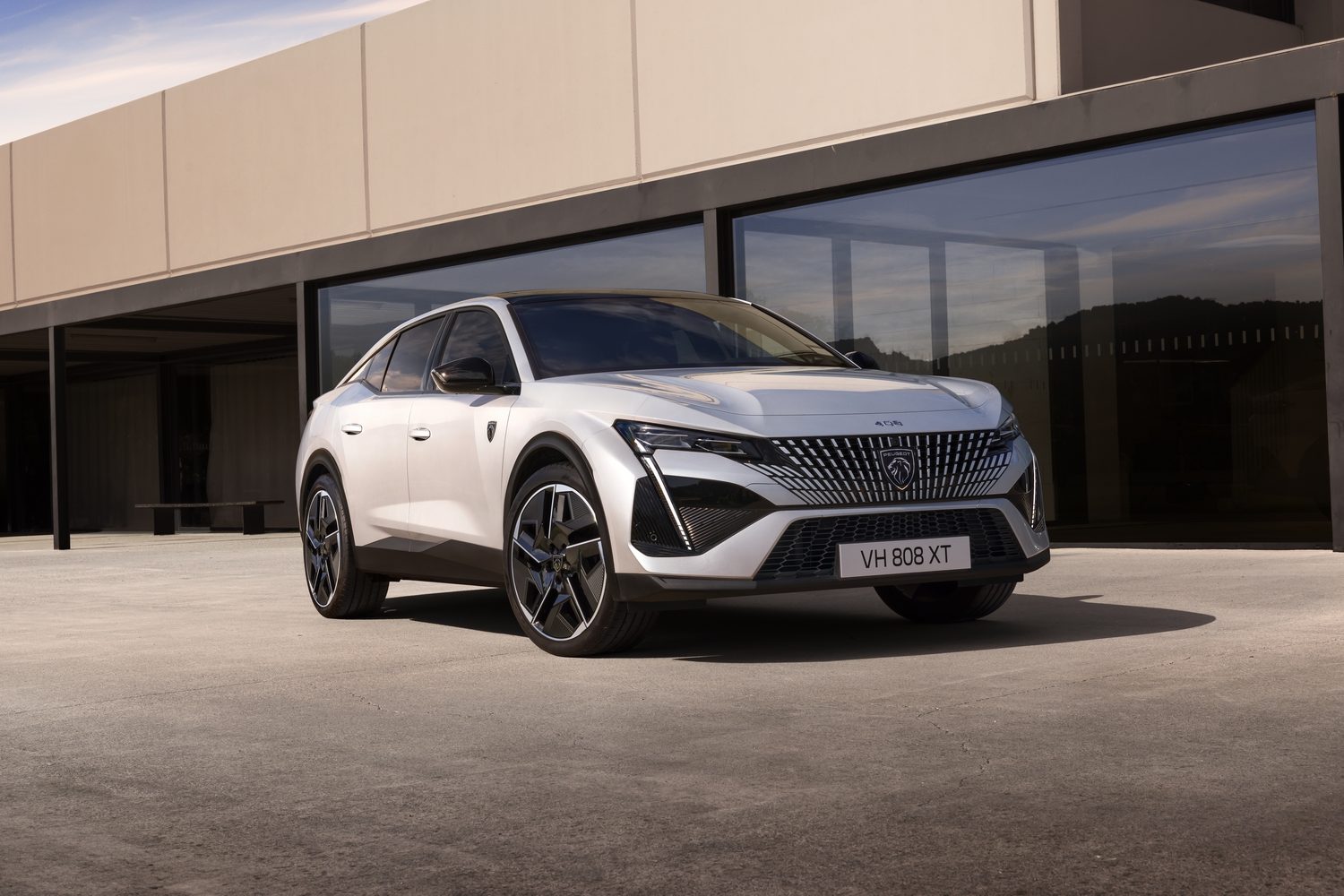
Peugeot E-408
The stylish Peugeot 408 is now available with electric power as well, in the shape of the E-408.
Range: 453km
Click for full details...
Range: 453km
Click for full details...
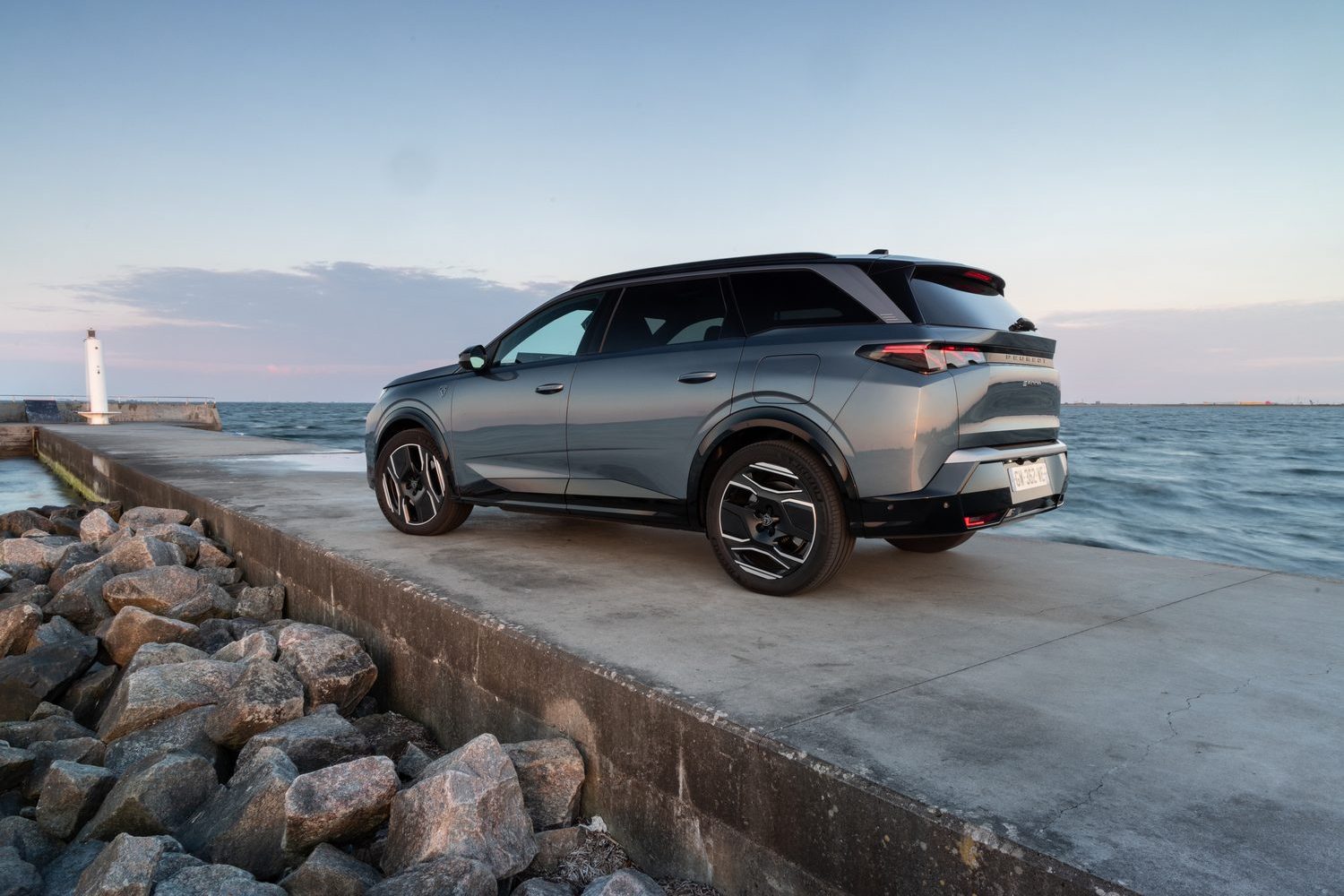
Peugeot E-5008
Peugeot's useful, seven-seat 5008 now comes with electric power for the first time.
Range: 502-660km
Click for full details...
Range: 502-660km
Click for full details...
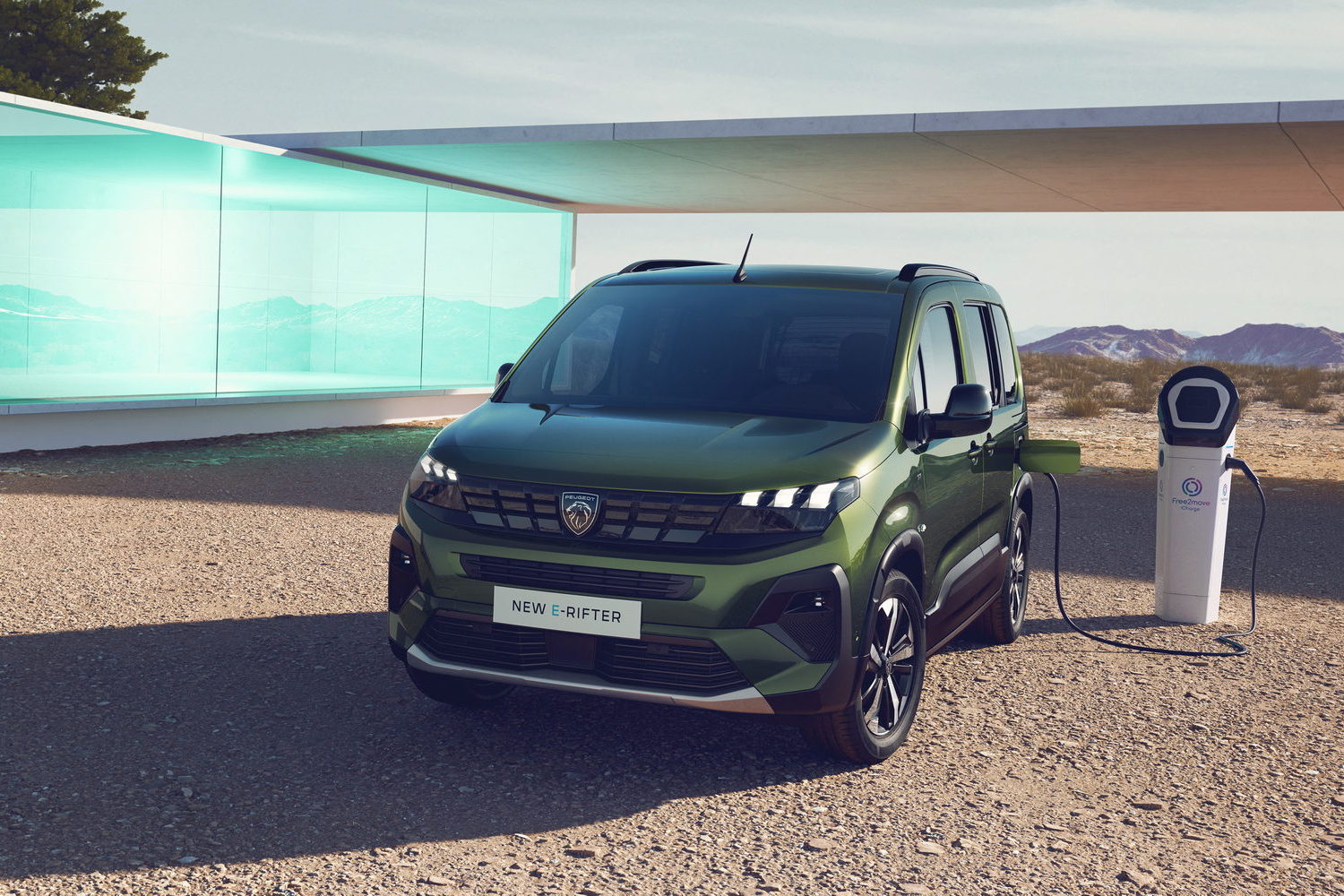
Peugeot E-Rifter
The E-Rifter is very practical for families needing a short-distance runabout.
Range: 343km
Click for full details...
Range: 343km
Click for full details...
Polestar
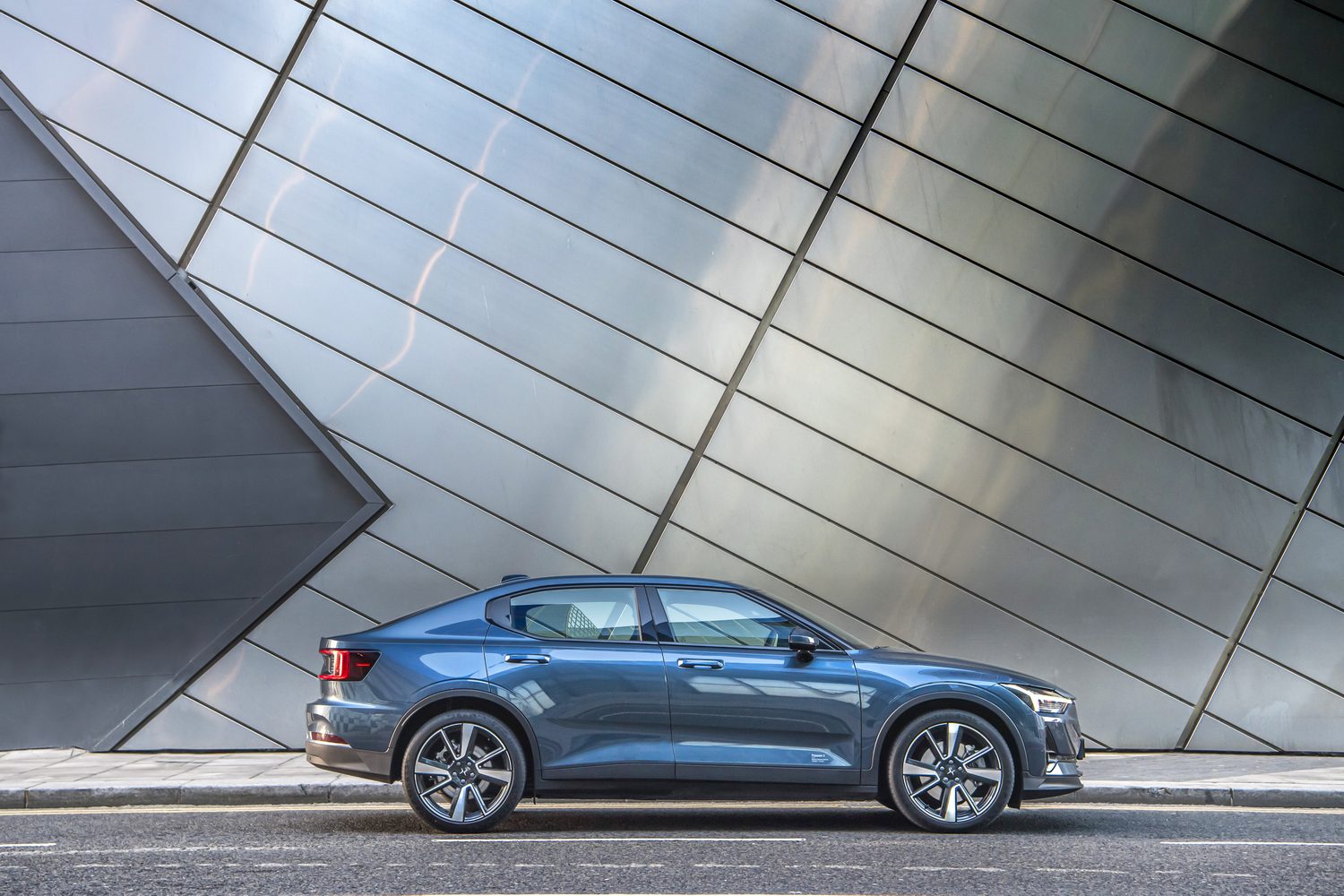
Polestar 2
The Polestar 2 was the first model from the company to be sold in Ireland.
Range: 455-551km
Click for full details...
Range: 455-551km
Click for full details...
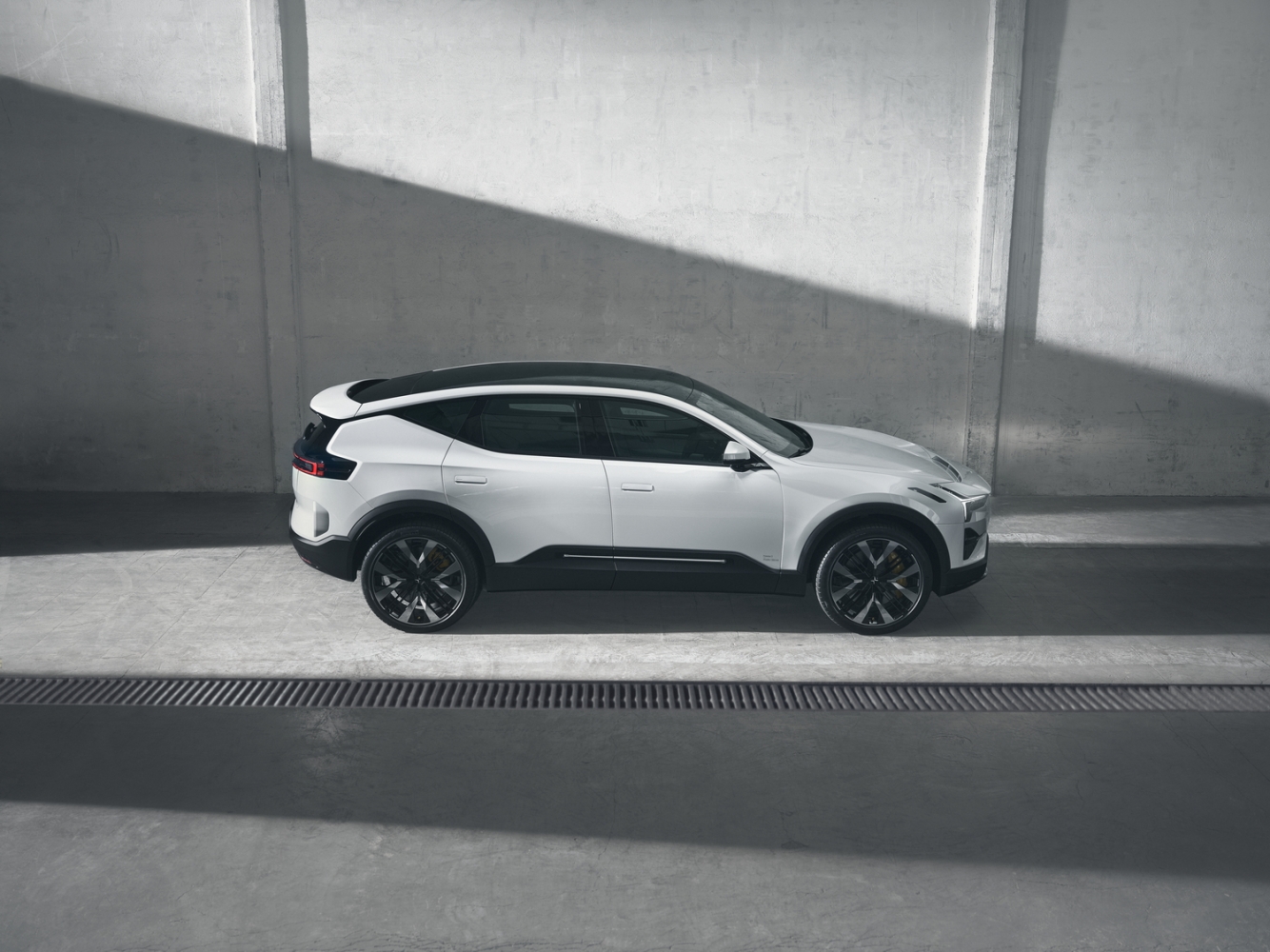
Polestar 3
The Polestar 3 aims to lift the brand to new premium levels.
Range: 560-610km
Click for full details...
Range: 560-610km
Click for full details...
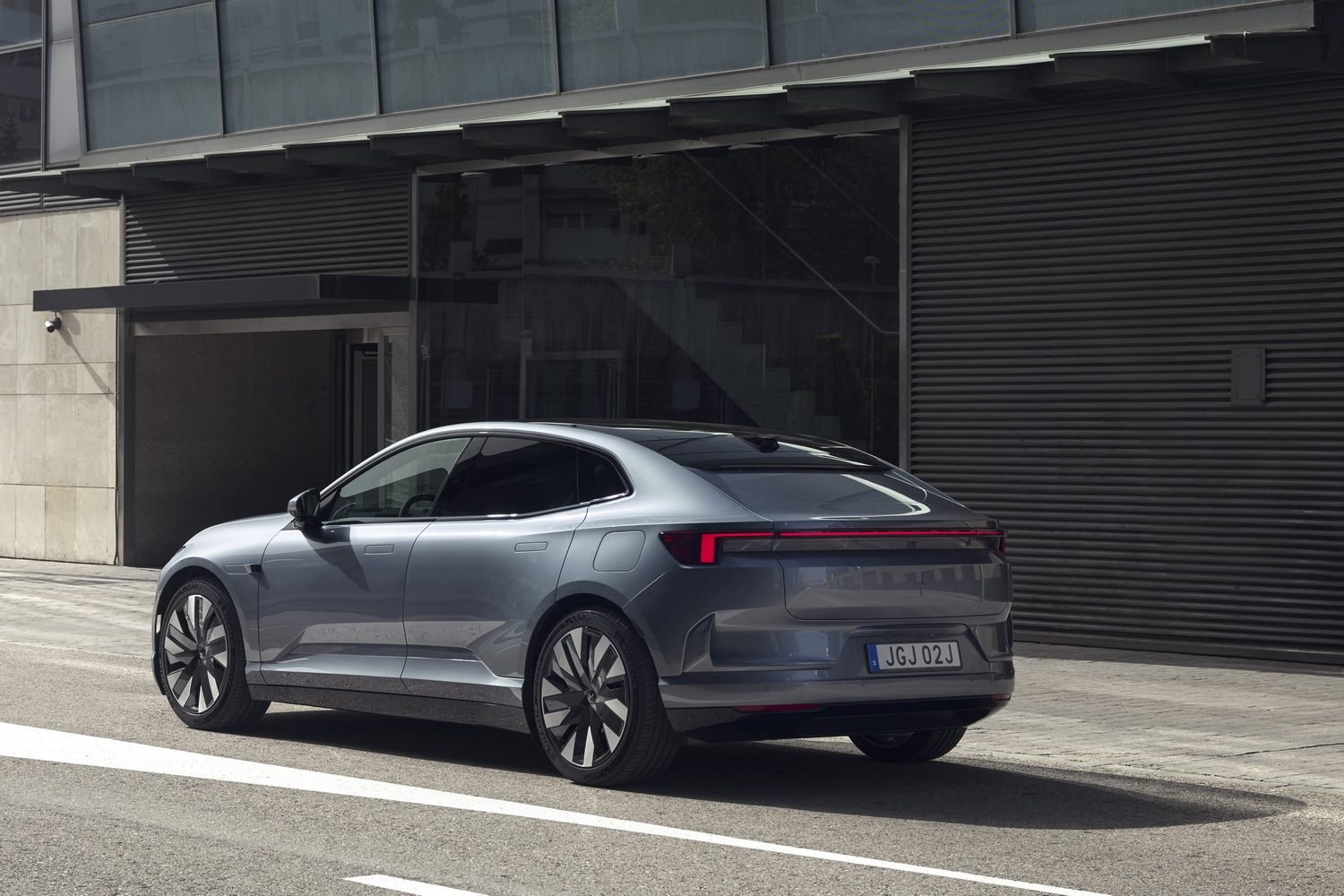
Polestar 4
There's a lot more to the Polestar 4 than no rear window...
Range: 560-600km
Click for full details...
Range: 560-600km
Click for full details...
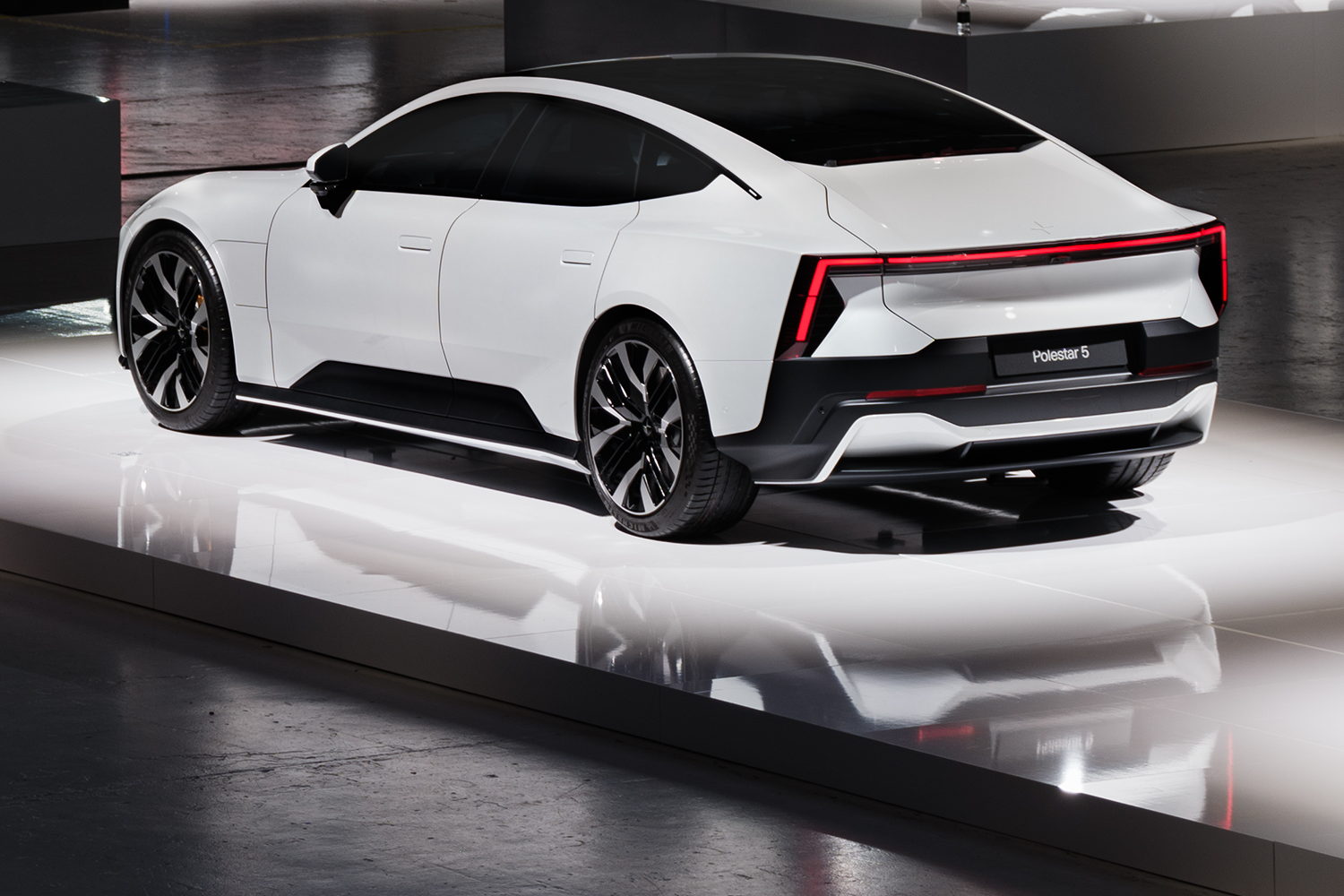
Polestar 5
Coming soon: the high-performance Polestar 5 will top the line-up.
Range: 500km est.
Click for full details...
Range: 500km est.
Click for full details...
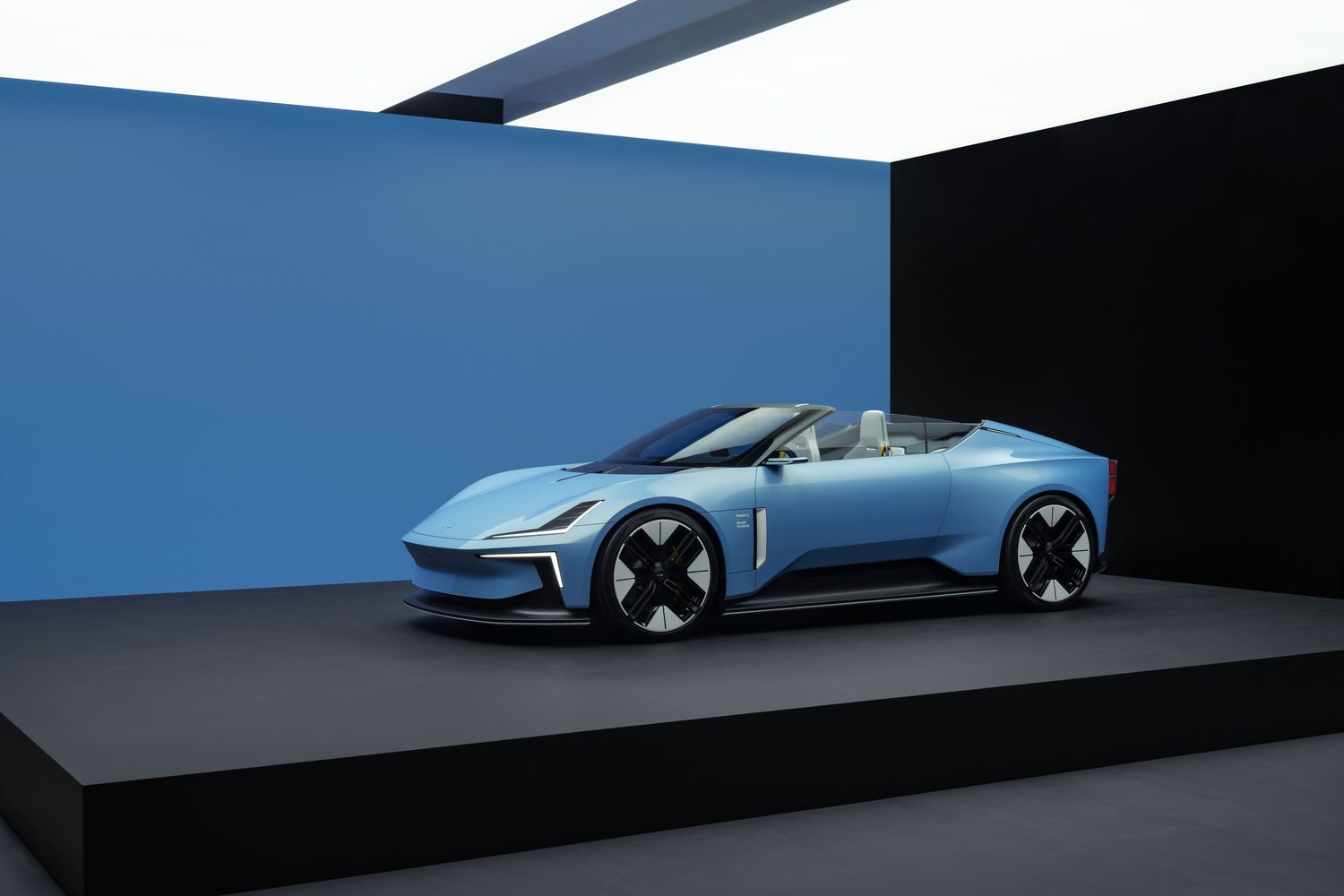
Polestar 6
The gorgeous Polestar 6 roadster should be very special indeed when it arrives.
Range: Up to 600km
Click for full details...
Range: Up to 600km
Click for full details...
Porsche
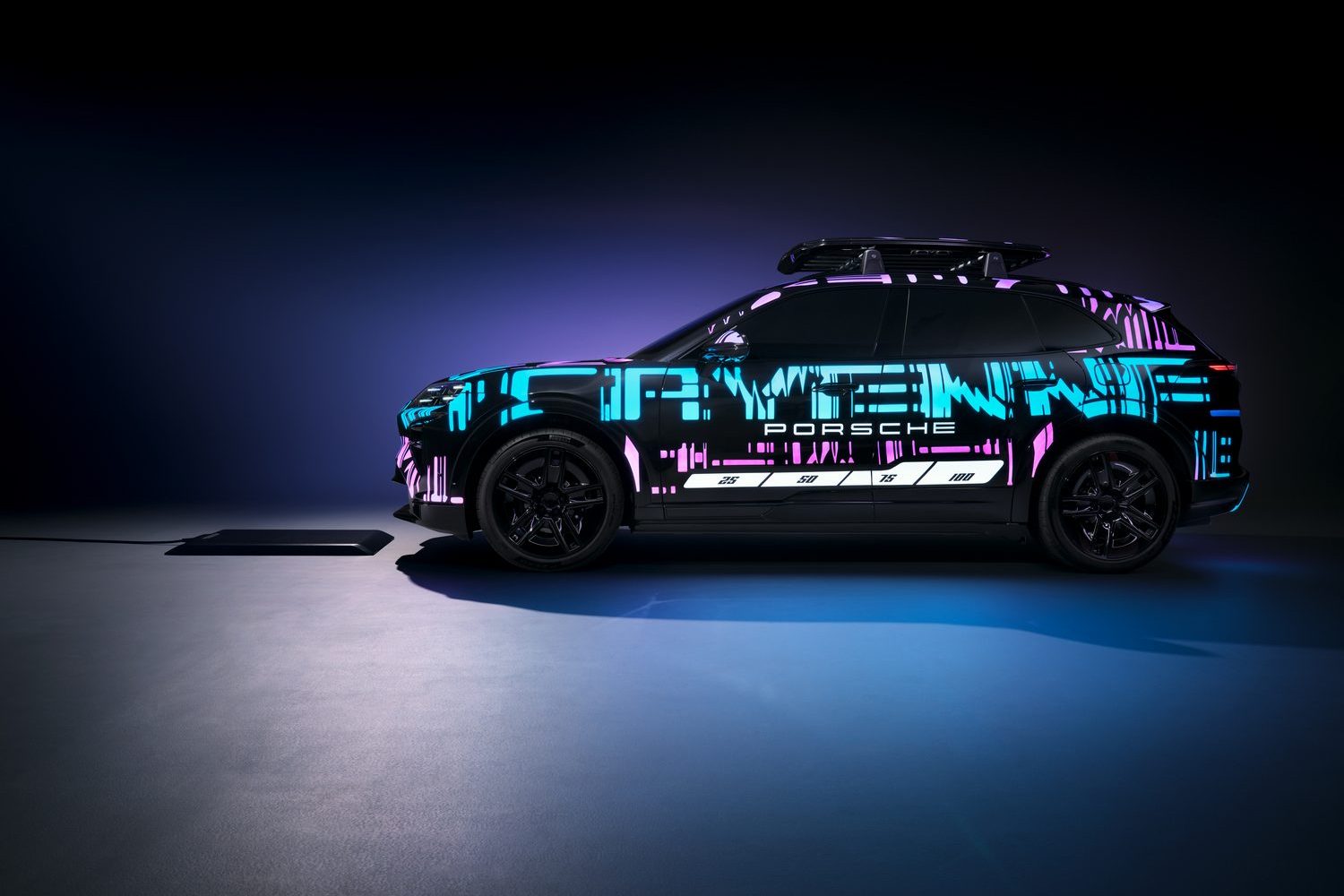
Porsche Cayenne
The big Porsche SUV is going all-electric. And it is packed with cutting-edge tech.
Range: up to 600km
Click for full details...
Range: up to 600km
Click for full details...
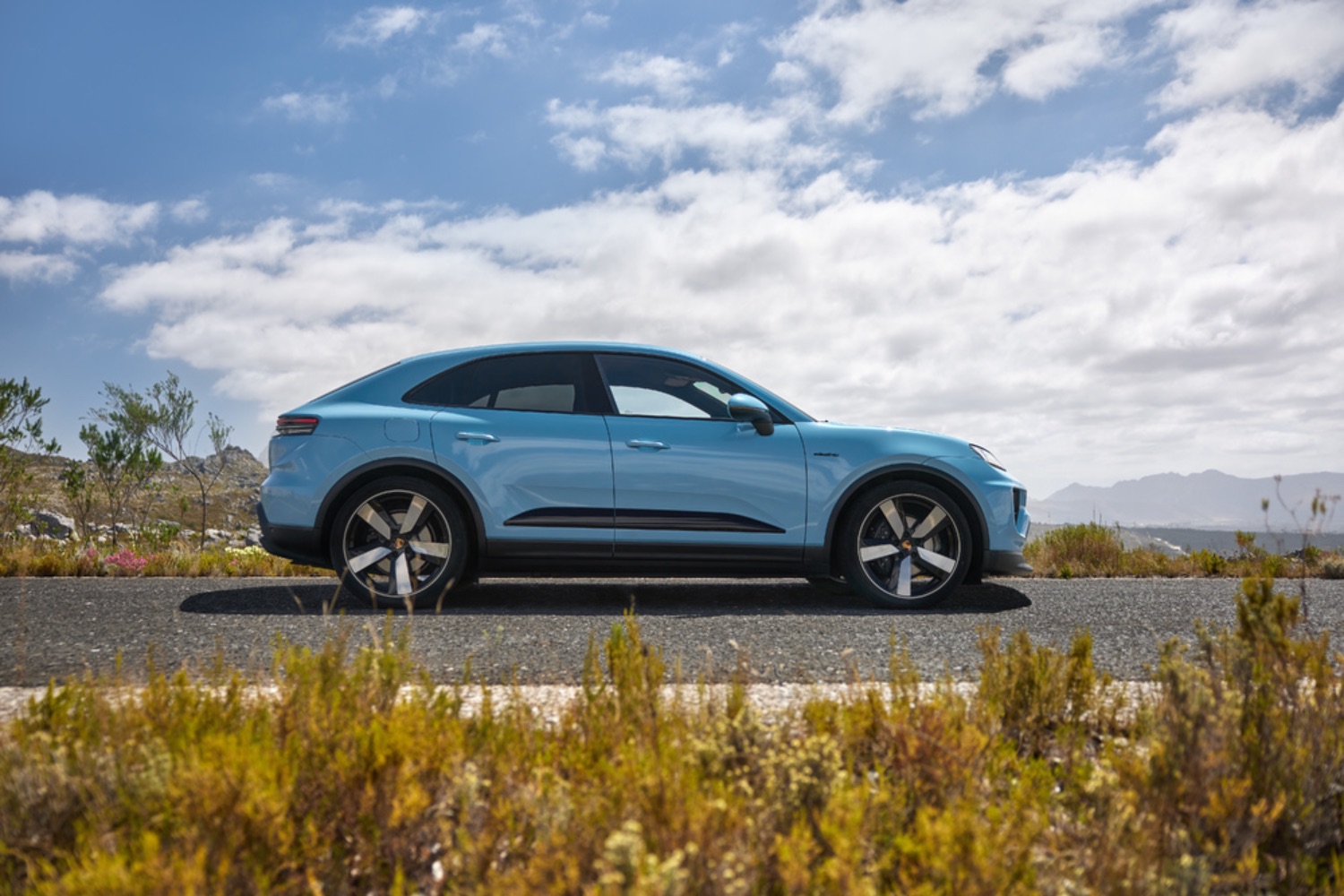
Porsche Macan
The Porsche Macan SUV has gone fully electric.
Range: 518-641km
Click for full details...
Range: 518-641km
Click for full details...
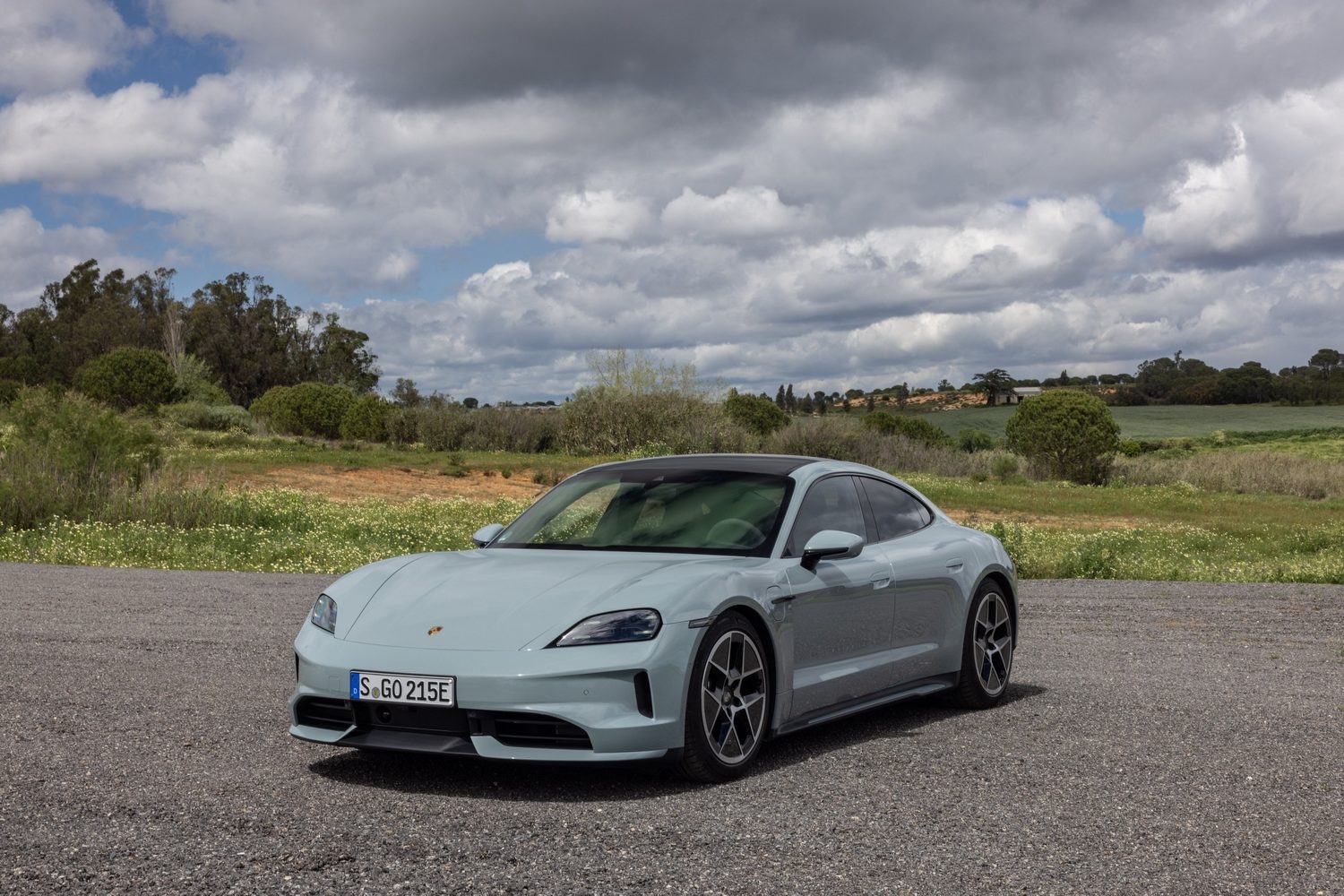
Porsche Taycan
Porsche's first electric car is still a special one.
Range: 474-678km
Click for full details...
Range: 474-678km
Click for full details...
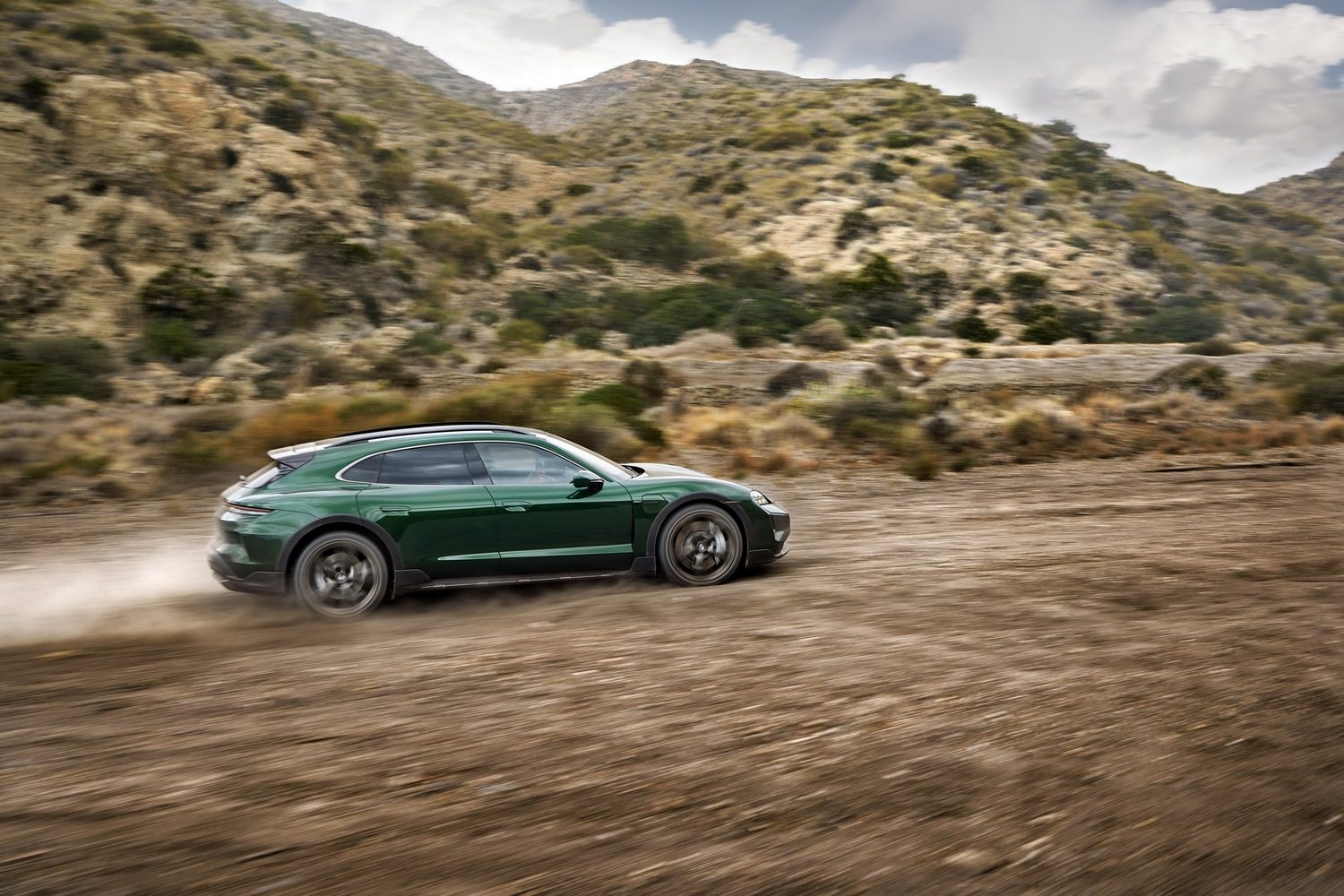
Porsche Taycan Cross Turismo
Imagine Porsche took the Taycan, added an estate-like rear and then made it go off-road...
Range: 477-650km
Click for full details...
Range: 477-650km
Click for full details...
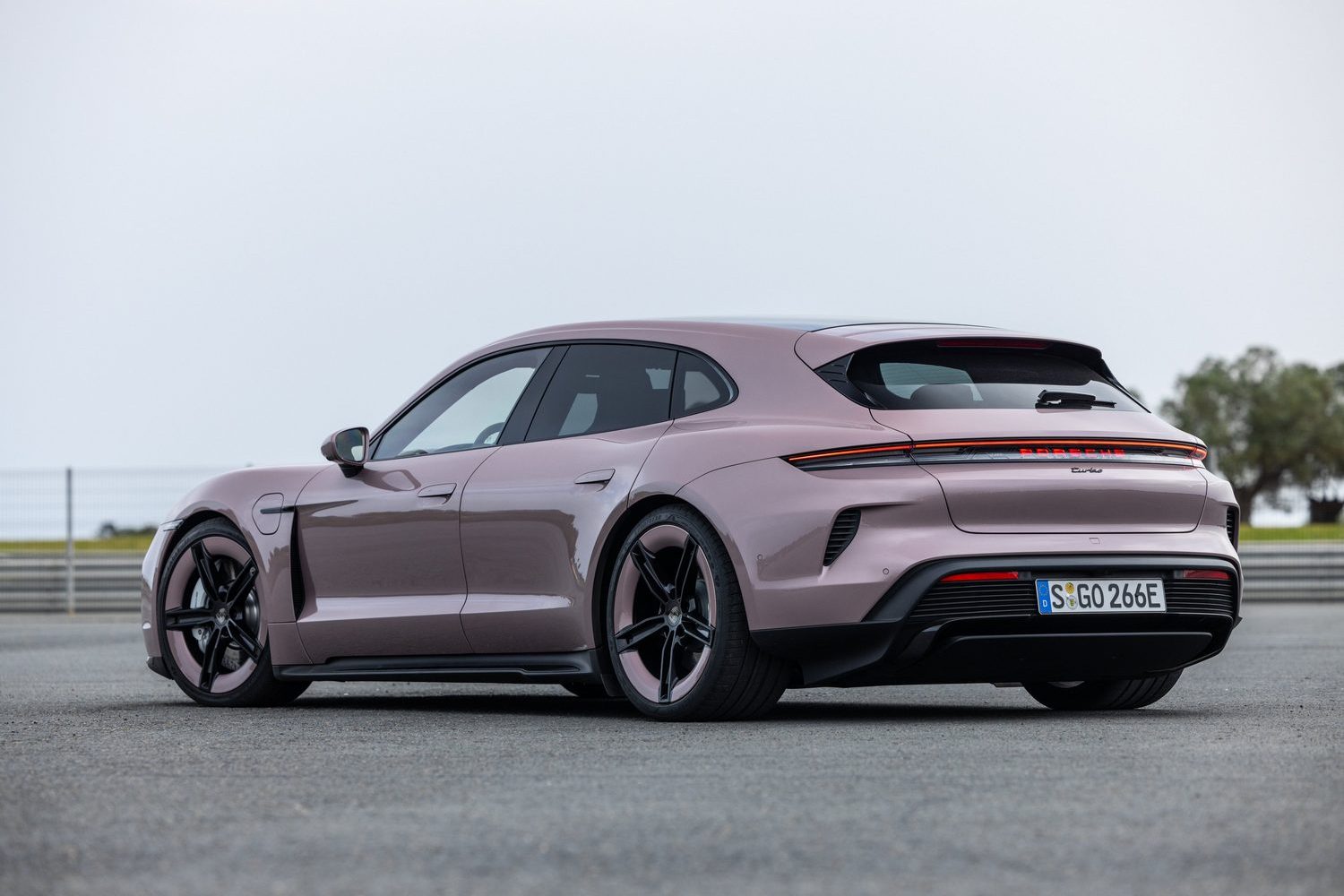
Porsche Taycan Sport Turismo
It's a more practical Porsche Taycan. Sign us up.
Range: 477-650km
Click for full details...
Range: 477-650km
Click for full details...
Renault
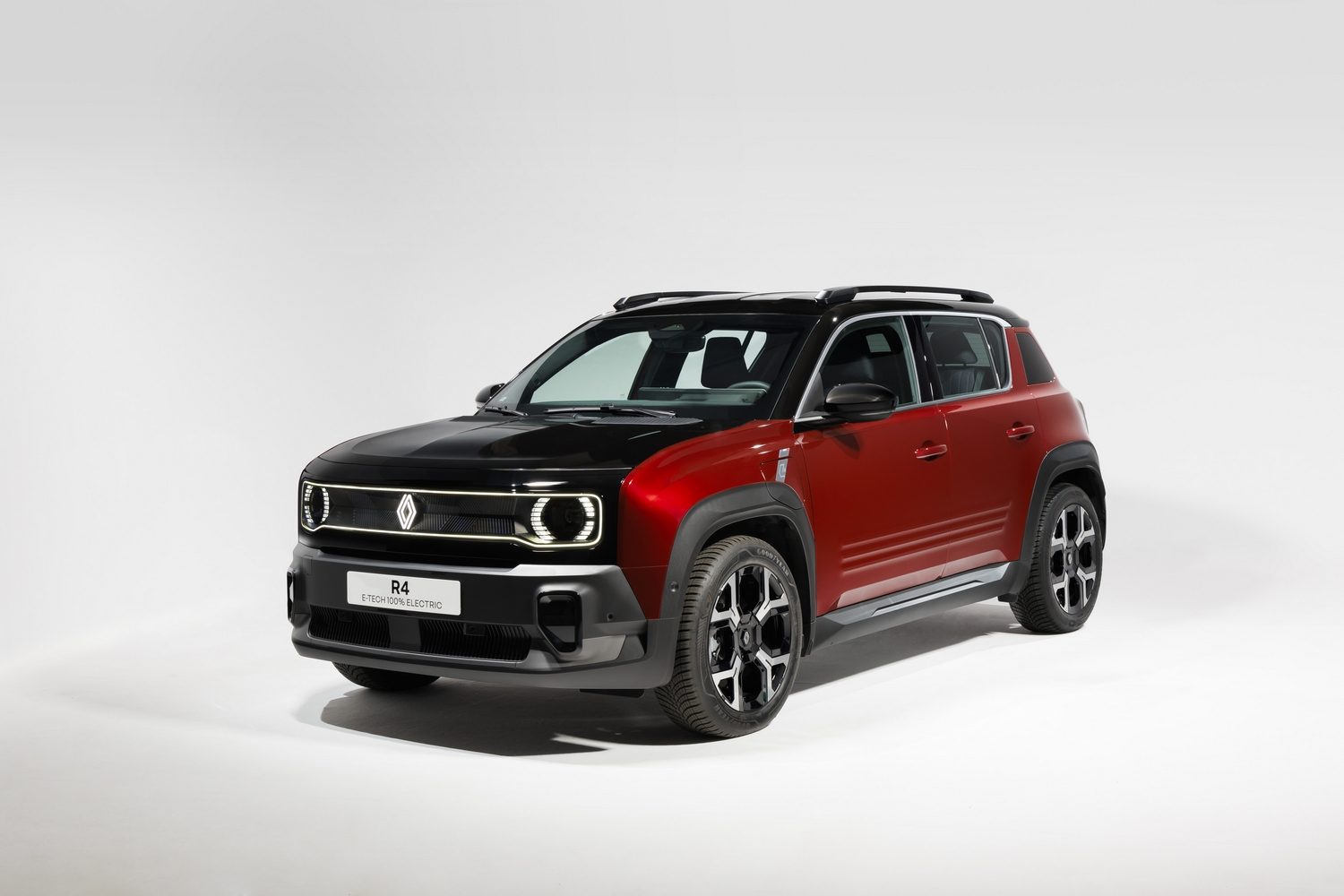
Renault 4
Hot on the heels of the stunning R5 is the also-retro Renault 4 EV.
Range: 300-400km
Click for full details...
Range: 300-400km
Click for full details...
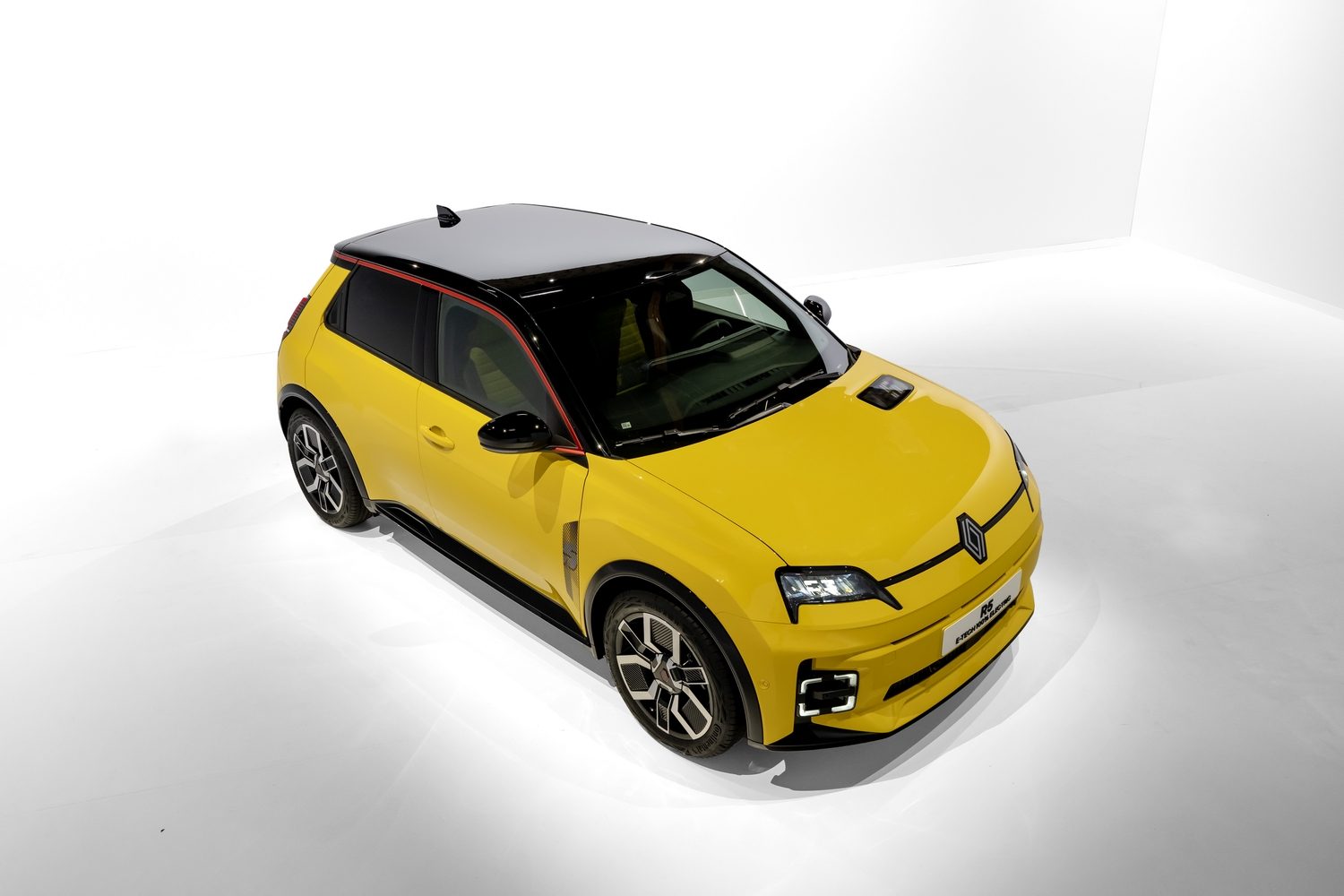
Renault 5
The R5 is back, electric, and really rather desirable.
Range: 300-400km
Click for full details...
Range: 300-400km
Click for full details...
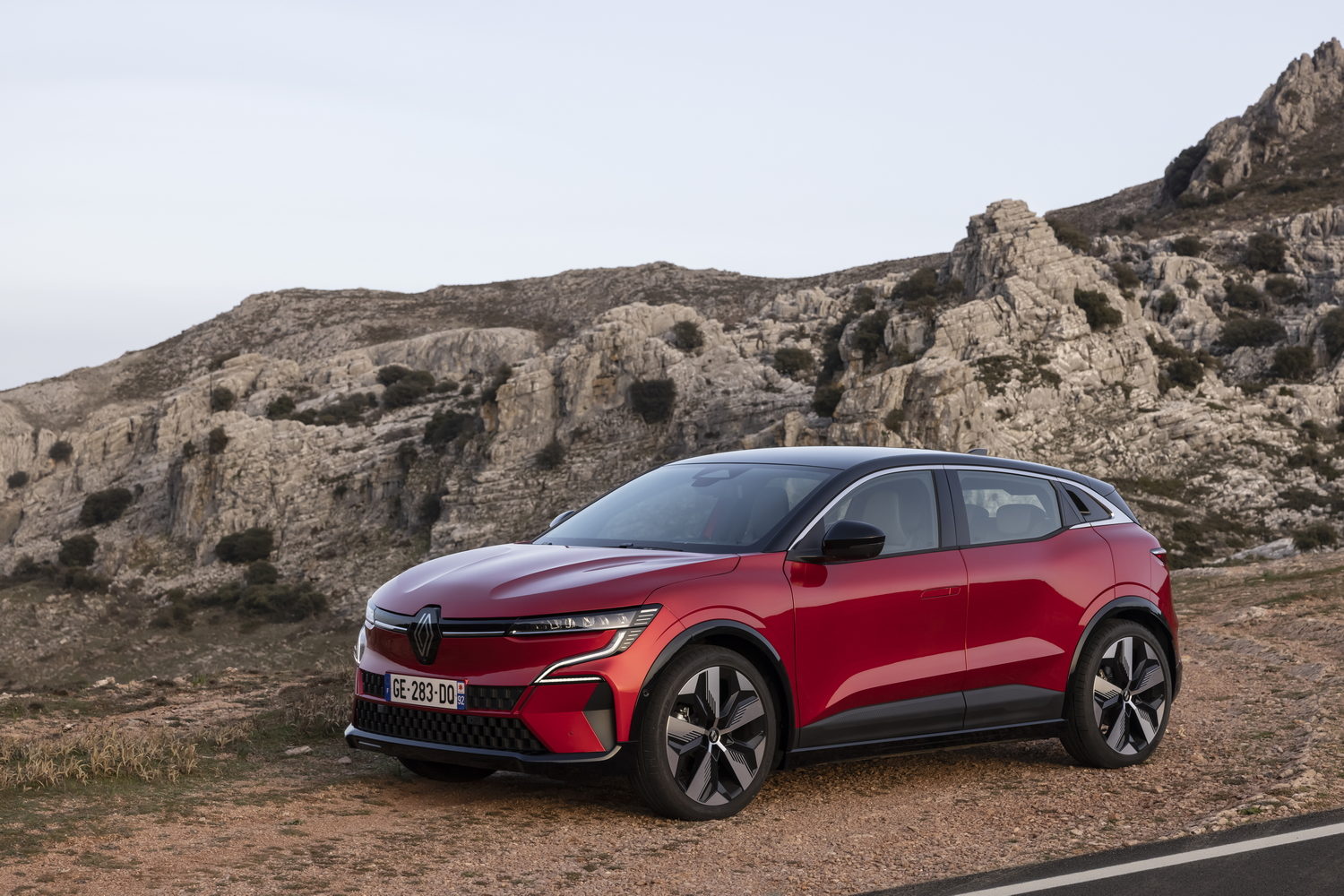
Renault Megane E-Tech Electric
Renault totally reinvented the Megane as an electric hatchback that looks a little like a crossover.
Range: 298-470km
Click for full details...
Range: 298-470km
Click for full details...
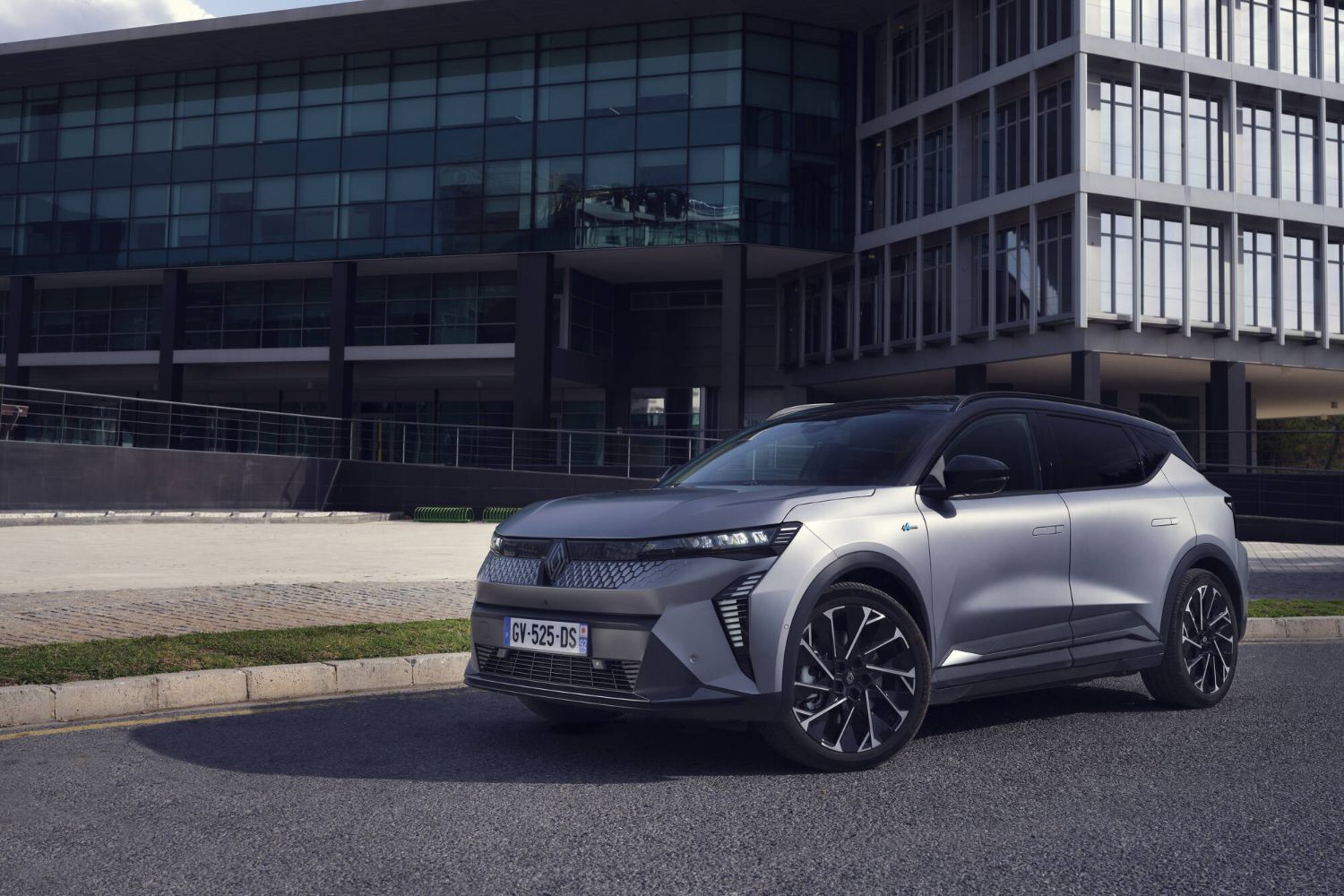
Renault Scenic
Renault has reinvented the Scenic as an electric family crossover - and a good one at that.
Range: 430-625km
Click for full details...
Range: 430-625km
Click for full details...
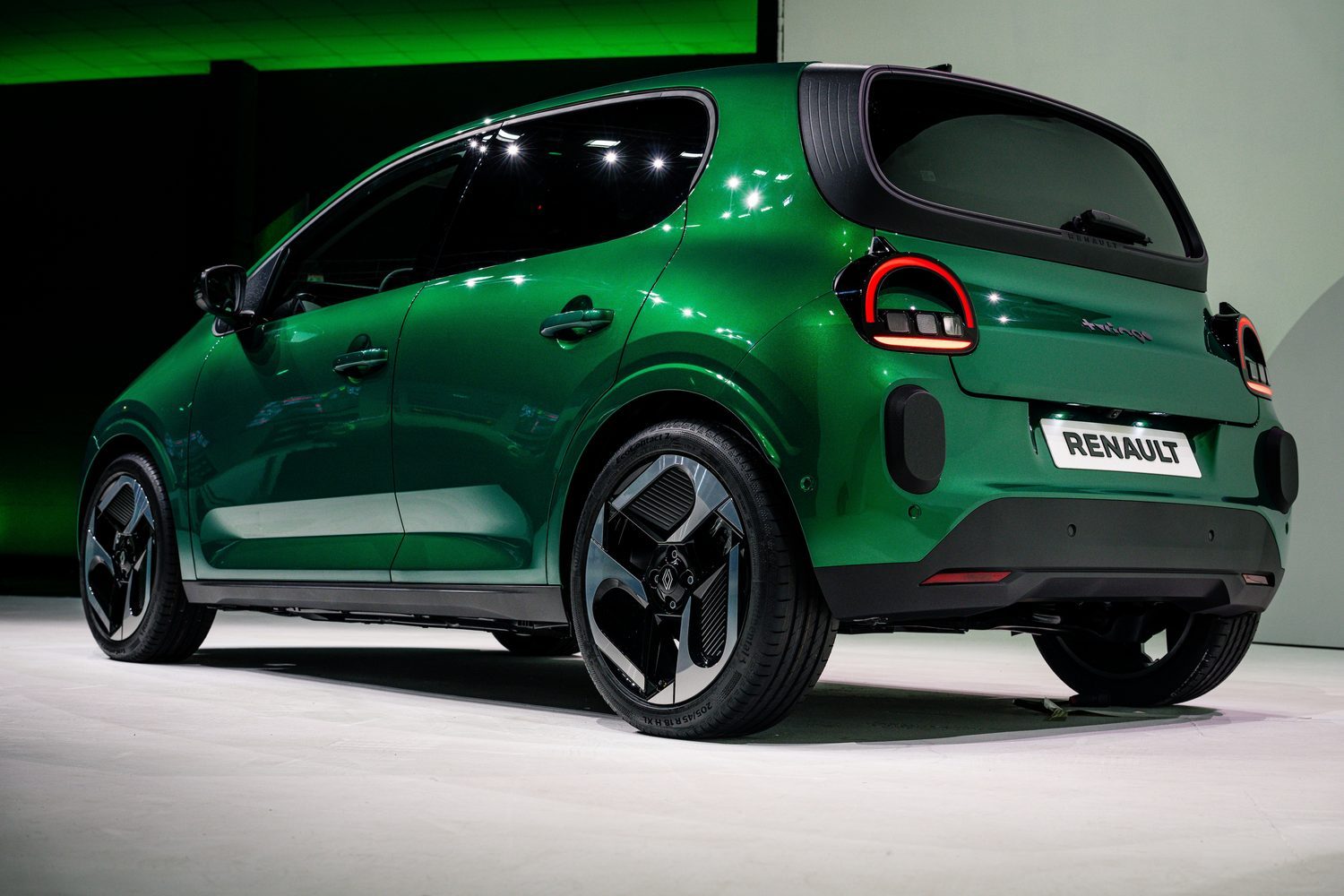
Renault Twingo
Lobby your local Renault dealer now to get them to bring in the gorgeous new Twingo EV.
Range: 262km
Click for full details...
Range: 262km
Click for full details...
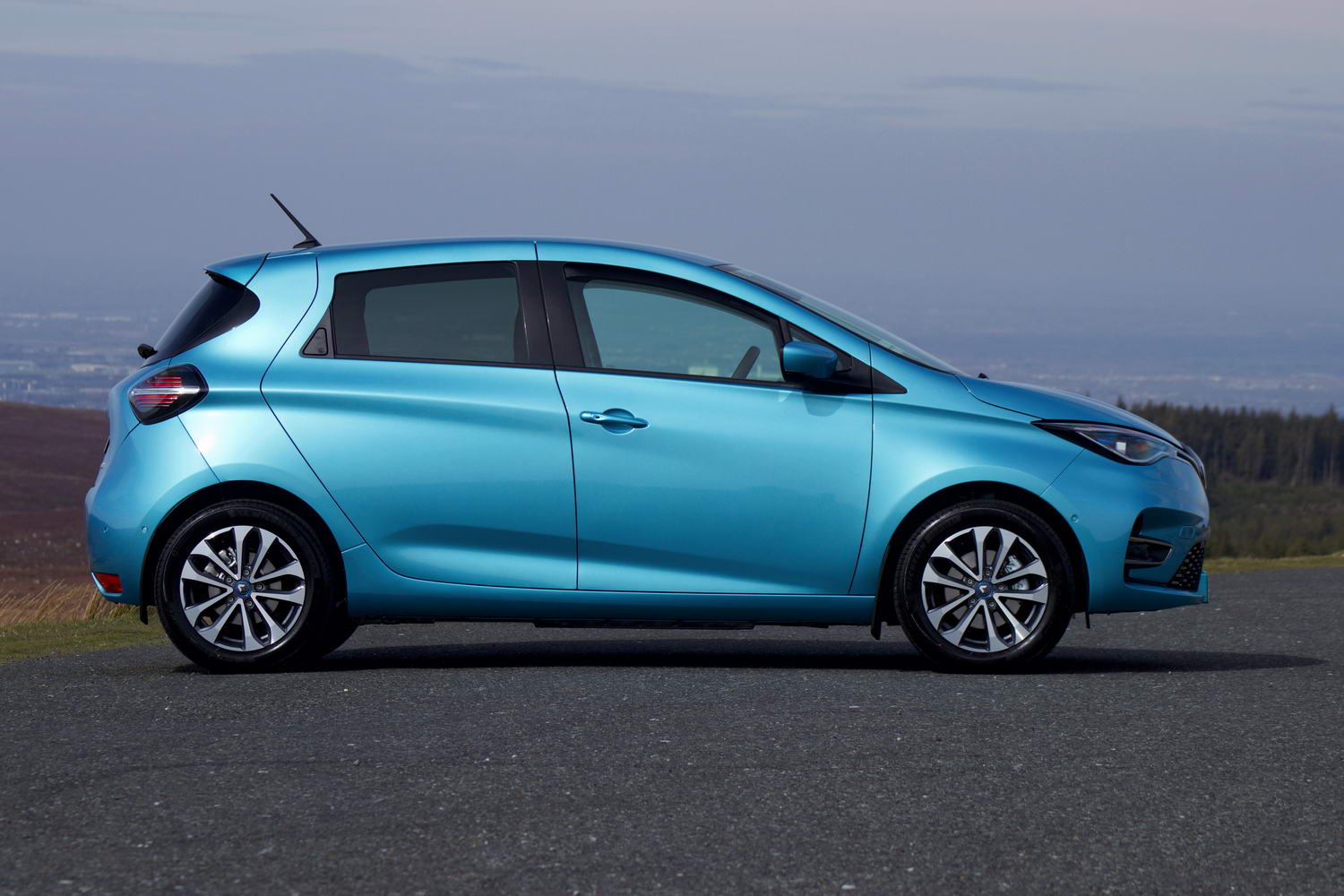
Renault Zoe
[DISCONTINUED] Long in the tooth, but the Renault Zoe is a brilliant EV.
Range: 386-395km
Click for full details...
Range: 386-395km
Click for full details...
Skoda
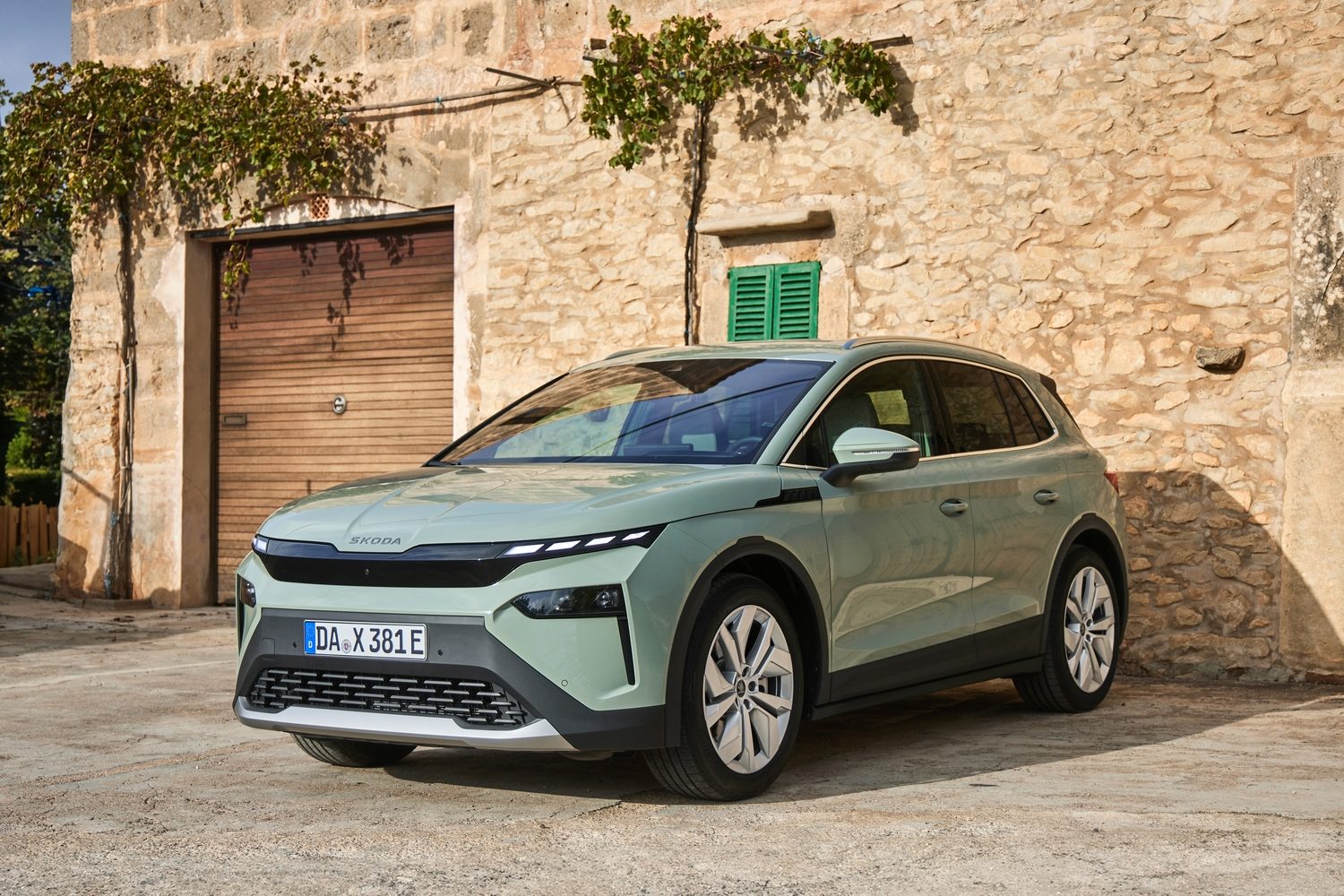
Skoda Elroq
The Skoda Elroq is affordable, but yet not much smaller than the Enyaq...
Range: 375-581km
Click for full details...
Range: 375-581km
Click for full details...
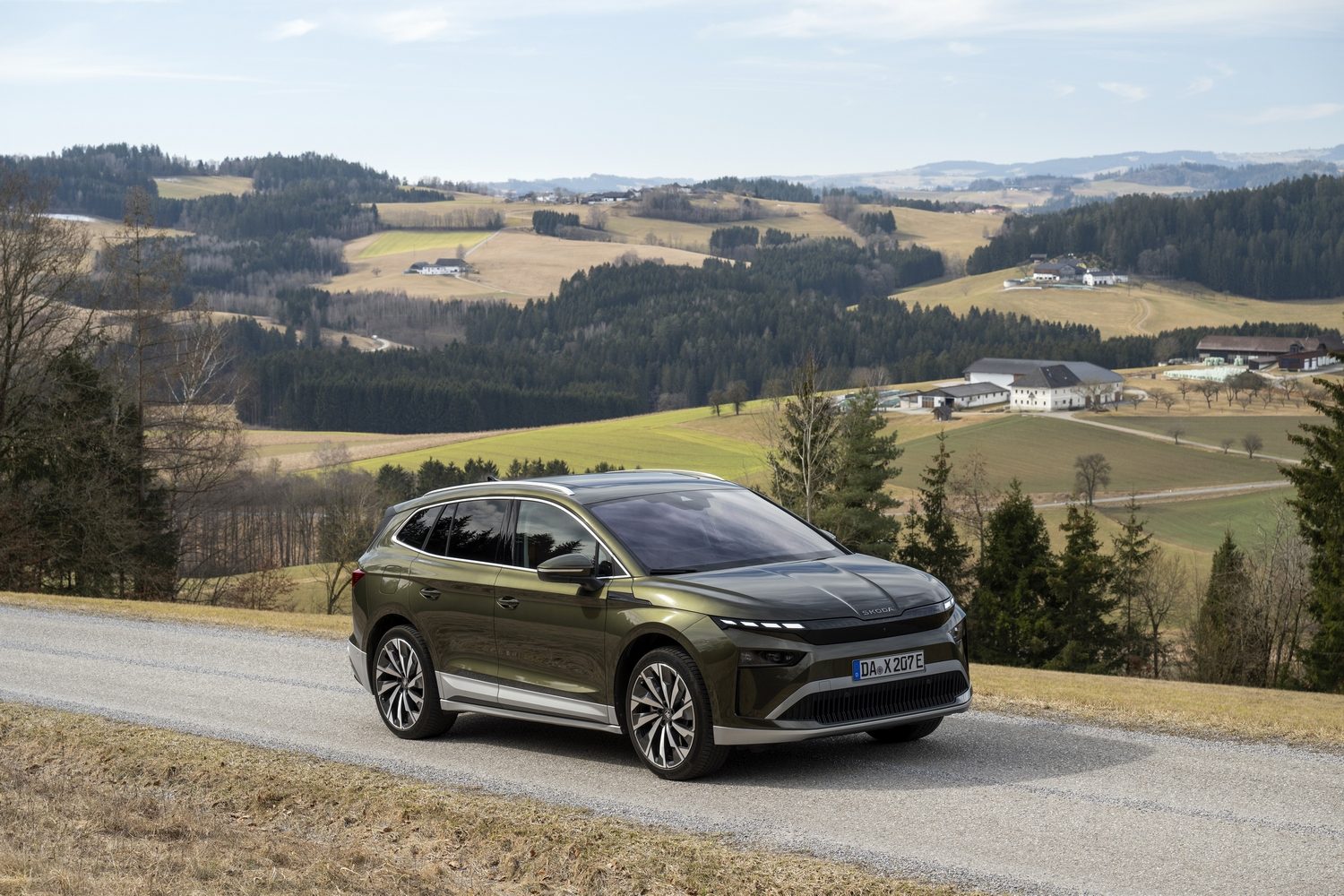
Skoda Enyaq
The Skoda Enyaq is a great family car, that just happens to be powered by electricity.
Range: 430-574km
Click for full details...
Range: 430-574km
Click for full details...
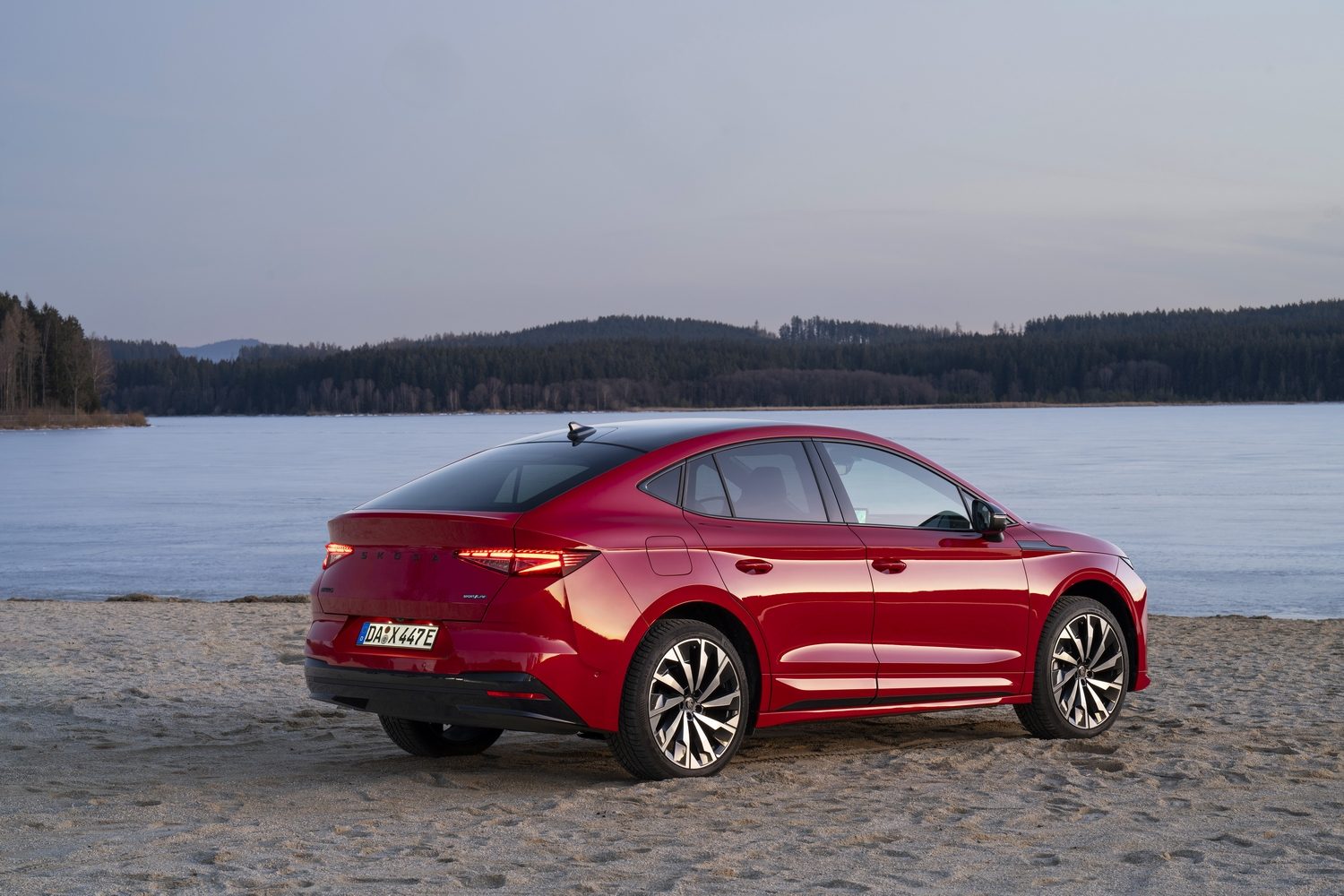
Skoda Enyaq Coupe
For a sportier take on the Skoda Enyaq, there's a 'Coupe' version.
Range: 443-591km
Click for full details...
Range: 443-591km
Click for full details...
Smart
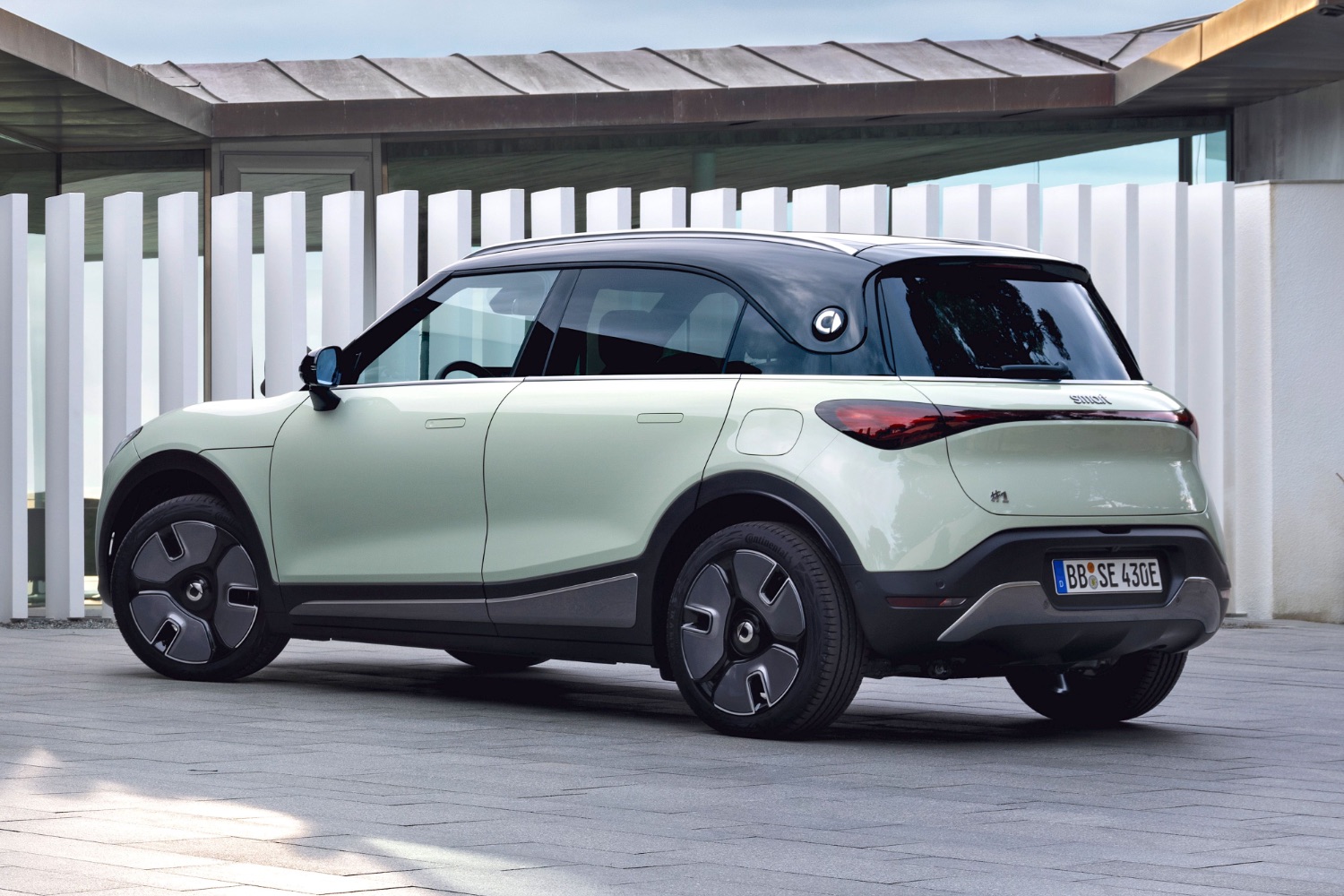
Smart 1
The first 'new' Smart is the aptly/oddly-named #1.
Range: 260-440km
Click for full details...
Range: 260-440km
Click for full details...
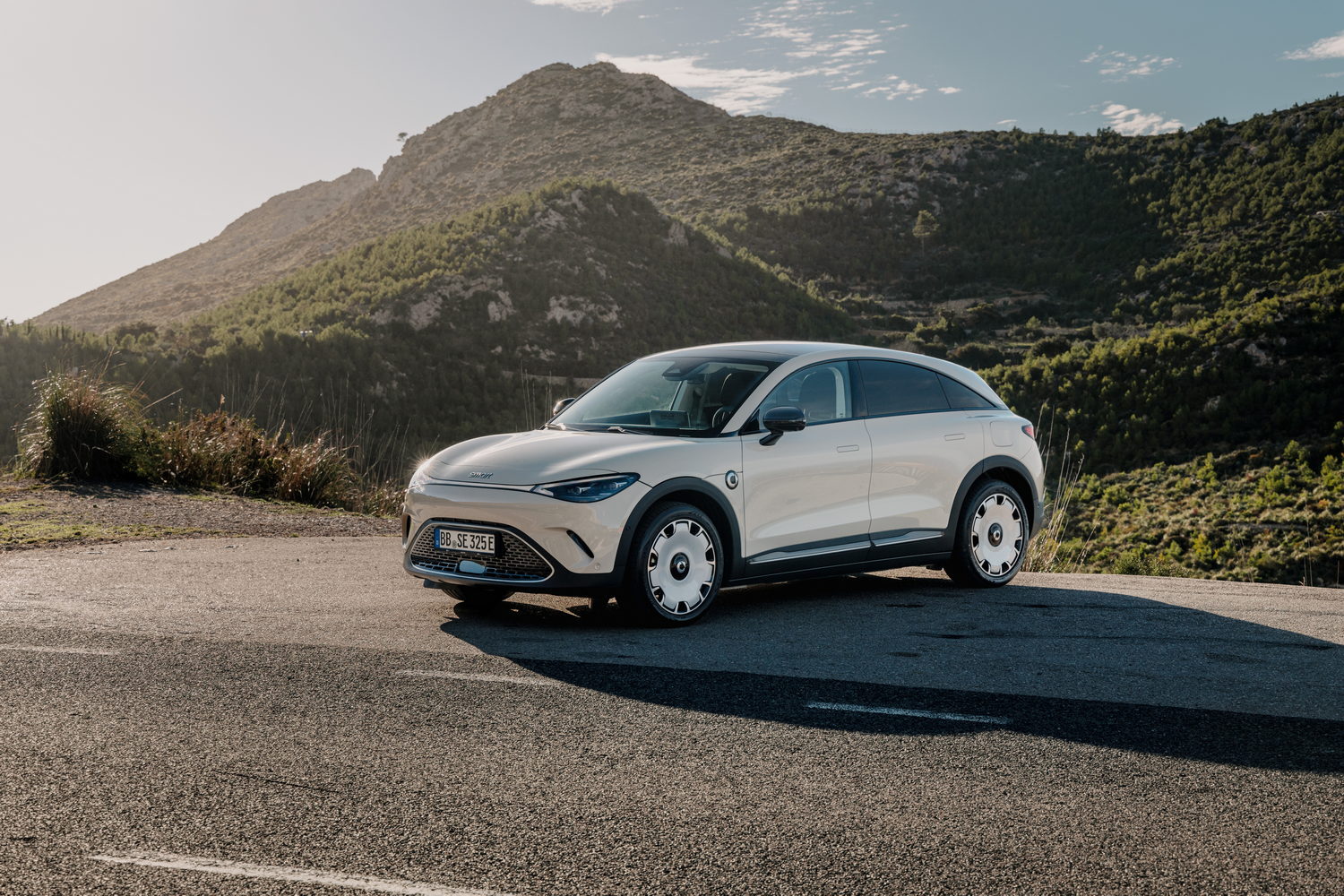
Smart 3
Smart arrives in Ireland with the new #3 crossover.
Range: 330-455km
Click for full details...
Range: 330-455km
Click for full details...
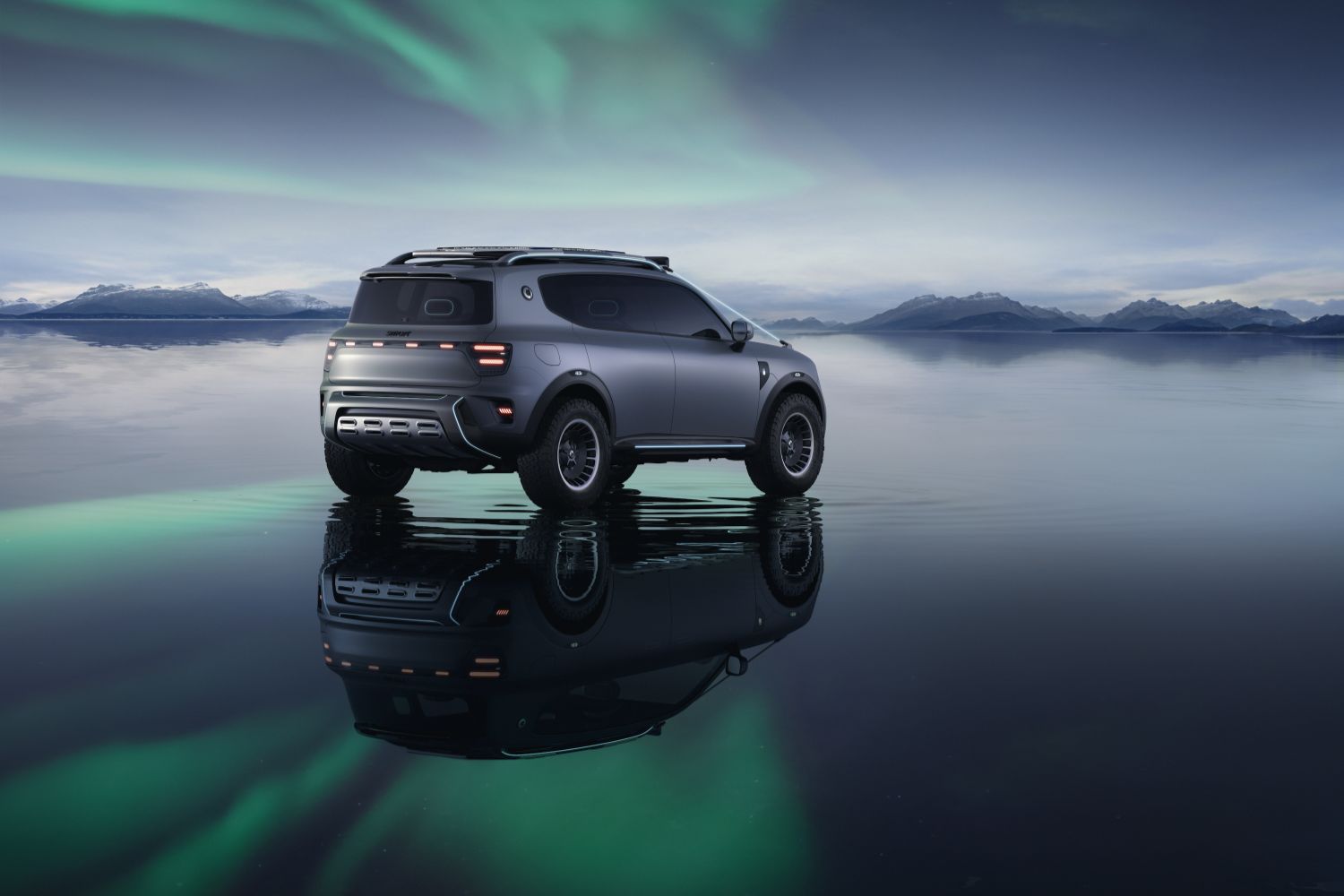
Smart 5
The next new Smart will be an upright SUV called the #5.
Range: Up to 550km
Click for full details...
Range: Up to 550km
Click for full details...
Subaru
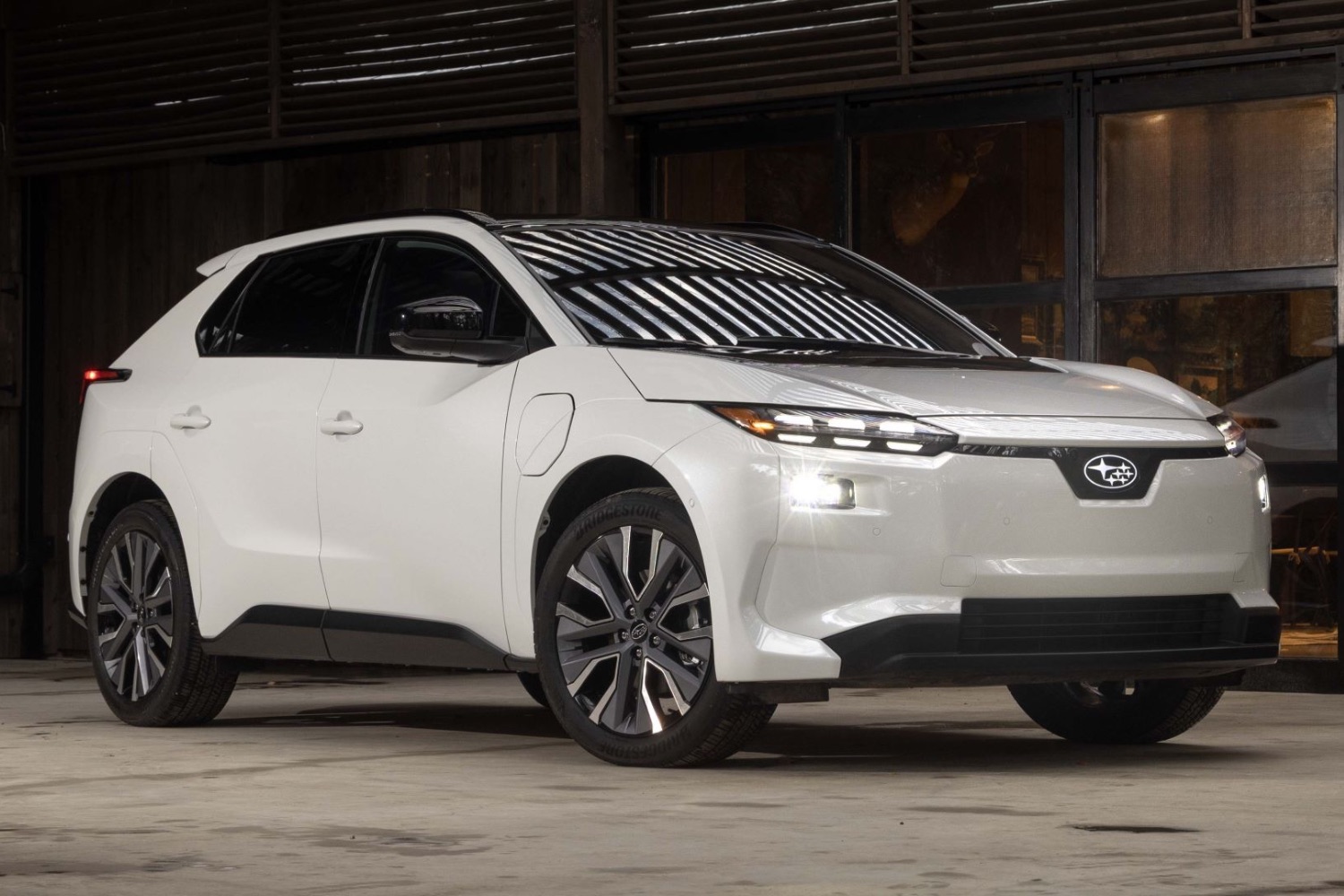
Subaru Solterra
A significantly updated Subaru Solterra launches in 2026.
Range: 517-566km
Click for full details...
Range: 517-566km
Click for full details...
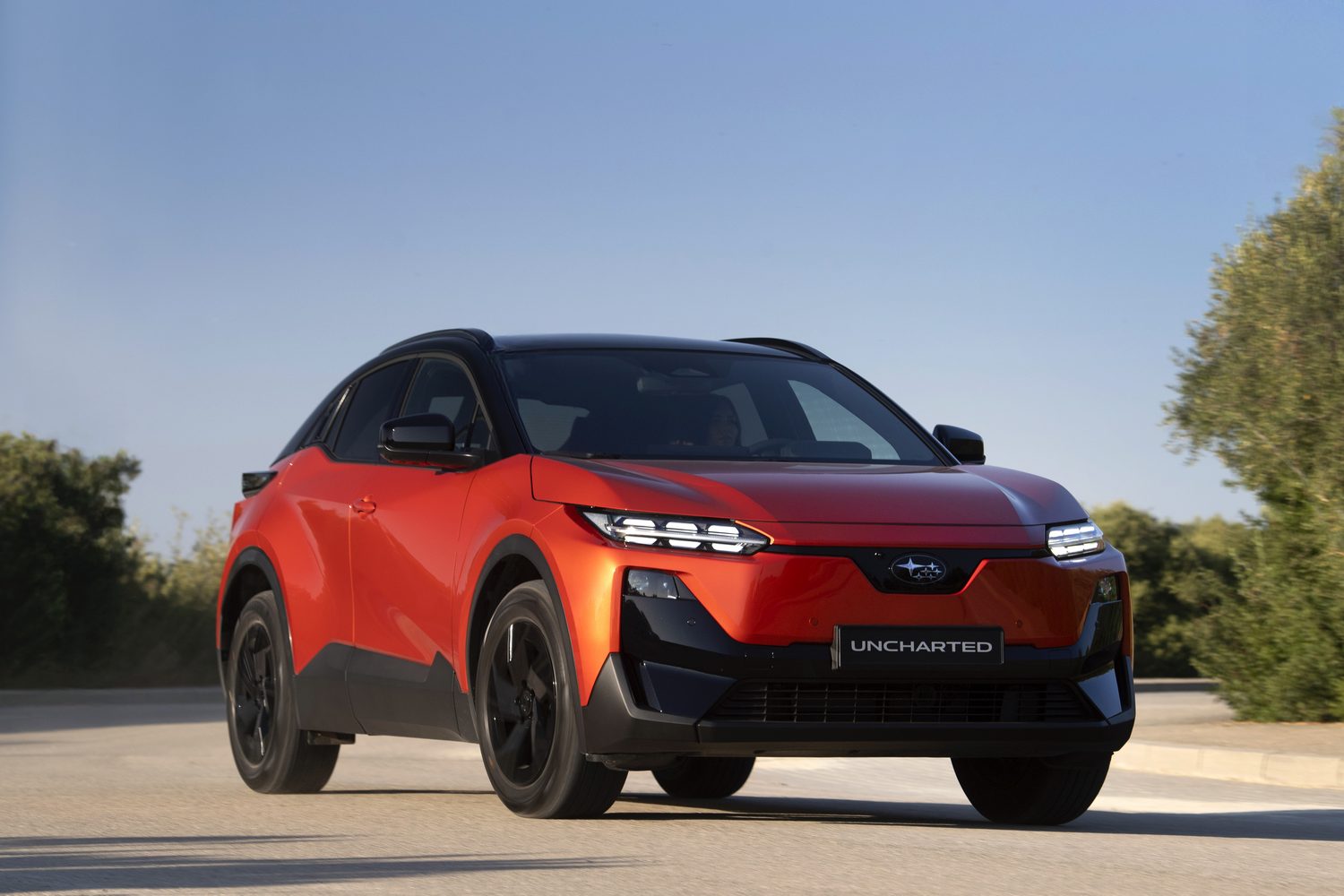
Subaru Uncharted
Subaru's second EV is the distinctive looking Uncharted crossover.
Range: 445-585km
Click for full details...
Range: 445-585km
Click for full details...
Tesla
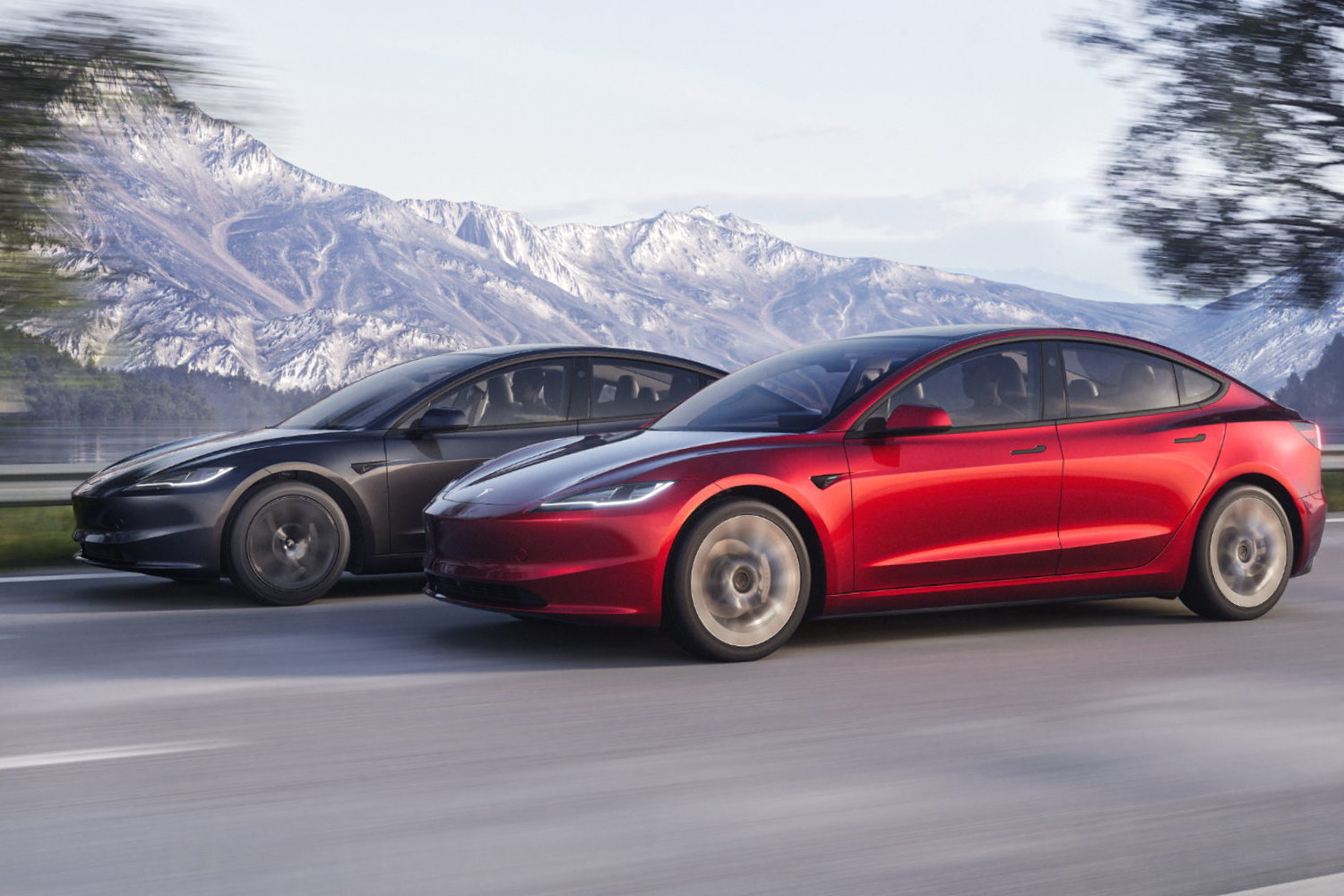
Tesla Model 3
The Tesla Model 3 is a great value EV - with some notable interior gripes.
Range: 513-678km
Click for full details...
Range: 513-678km
Click for full details...
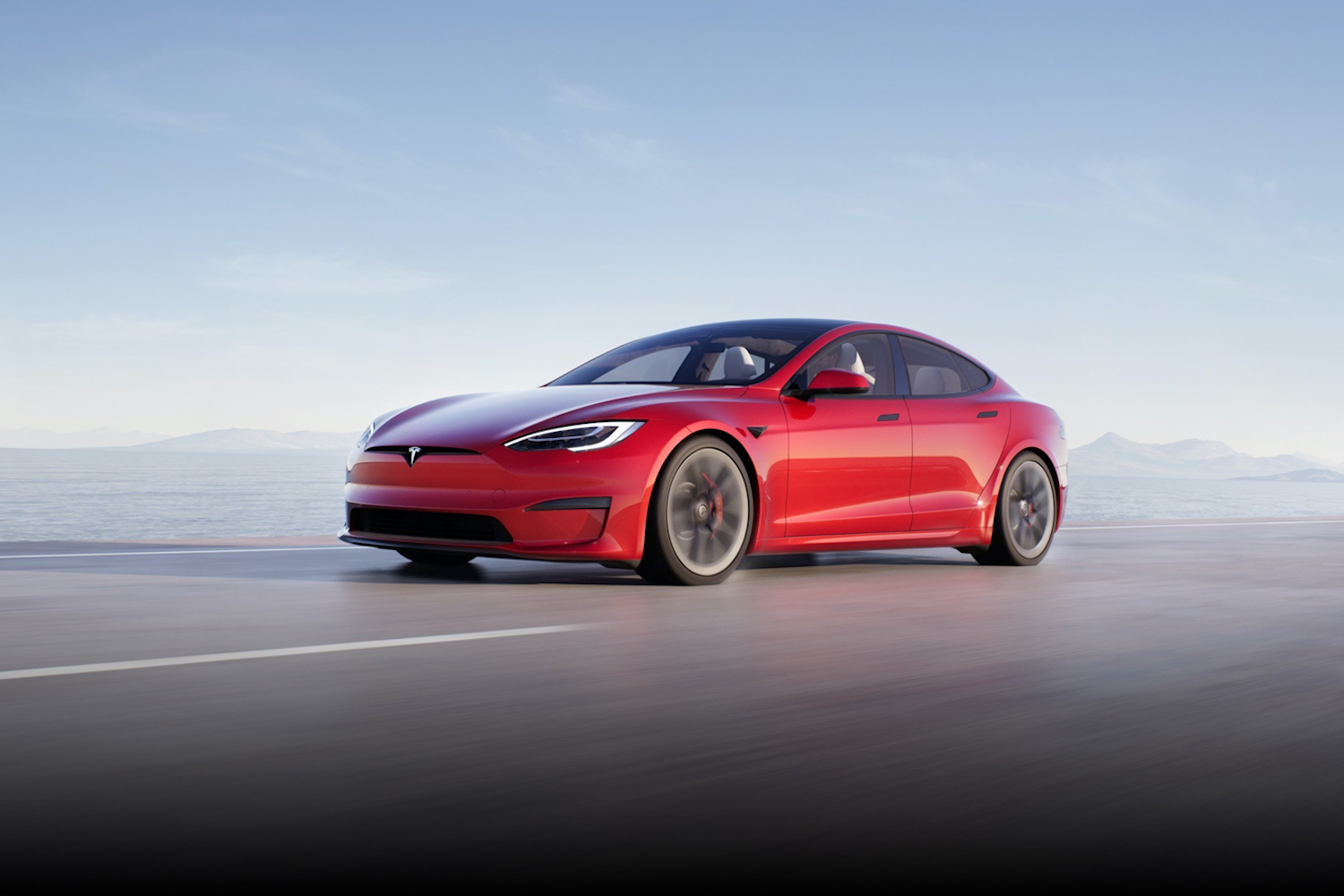
Tesla Model S
Not on sale in right-hand drive, but still an impressive car.
Range: 628-652km
Click for full details...
Range: 628-652km
Click for full details...
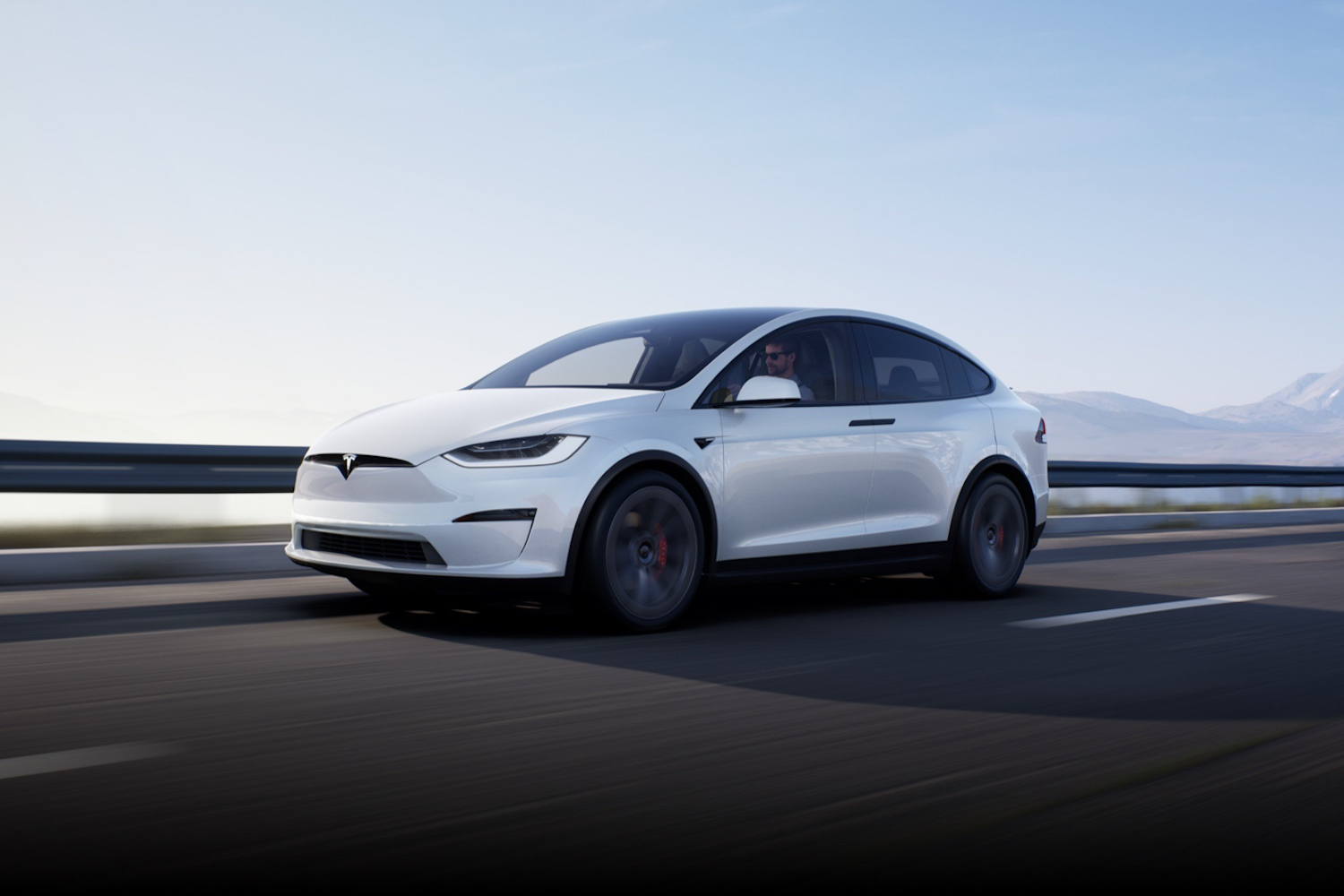
Tesla Model X
It won't be easy to get your hands on a right-hand-drive Model X now.
Range: 536-560km
Click for full details...
Range: 536-560km
Click for full details...
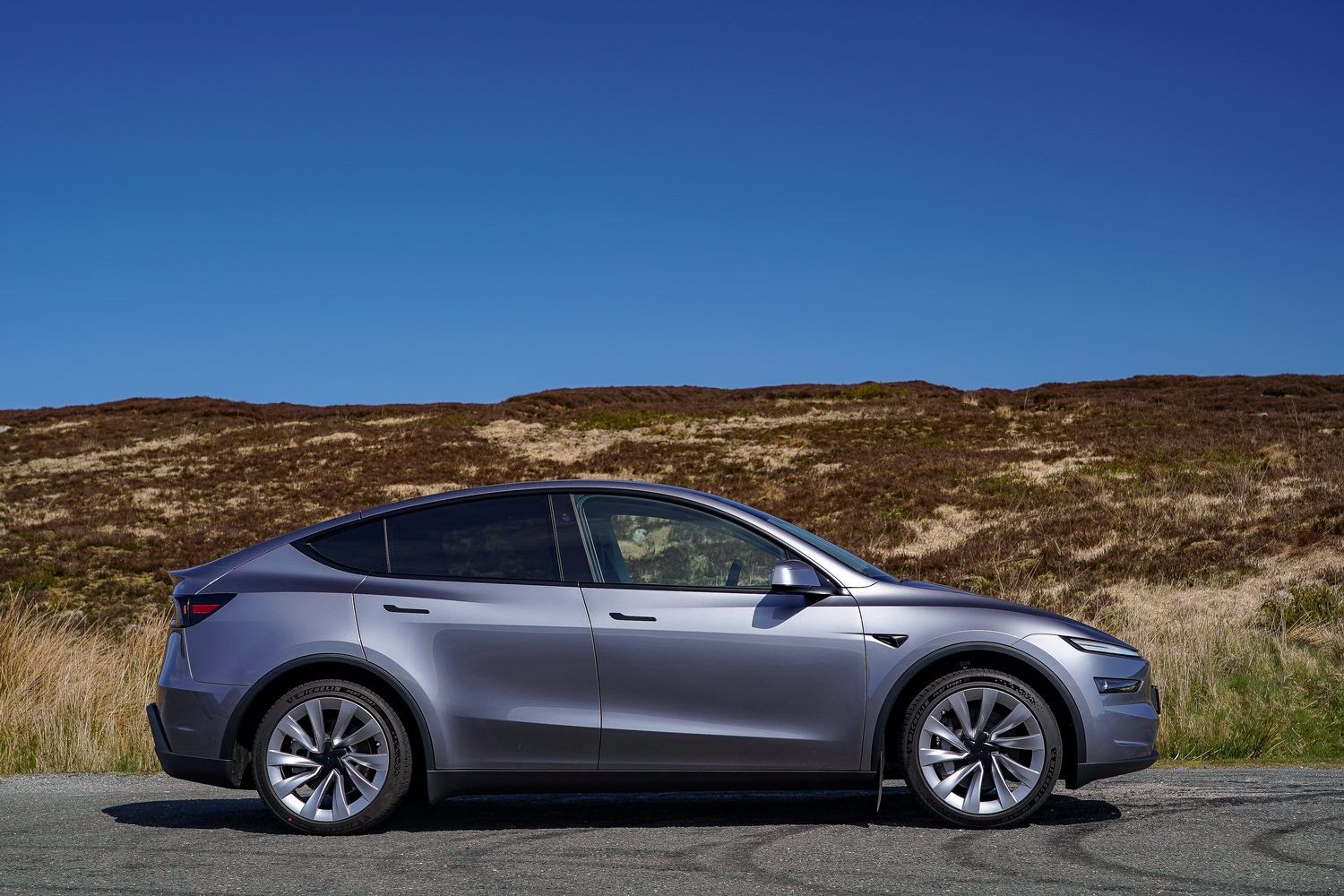
Tesla Model Y
Tesla has refreshed the big-selling Model Y in an attempt to get back to the top of the SUV pile.
Range: 500-622km
Click for full details...
Range: 500-622km
Click for full details...
Toyota
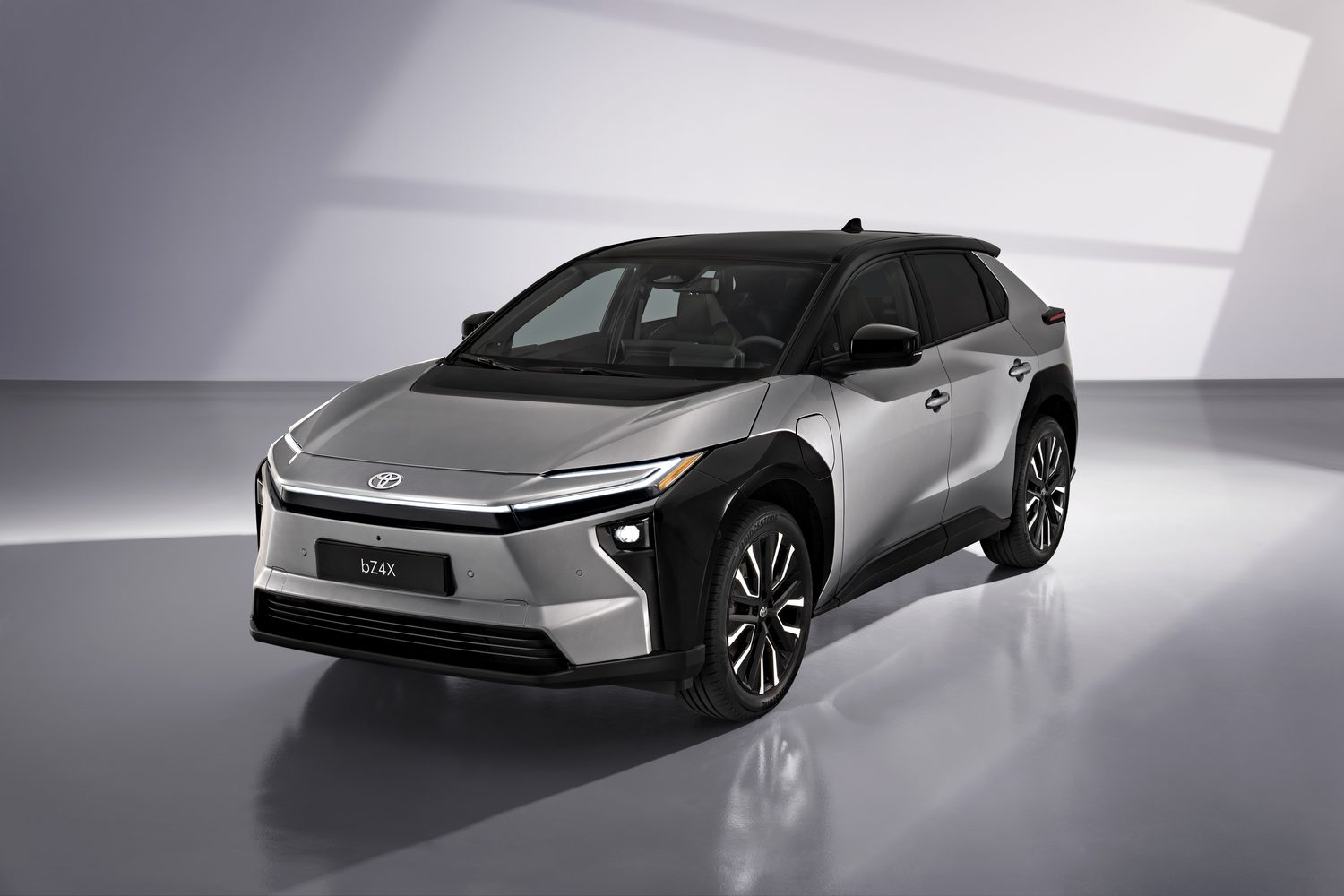
Toyota bZ4X
Toyota's first EV in Ireland is the high-quality bZ4X, which has now been updated.
Range: 573km
Click for full details...
Range: 573km
Click for full details...
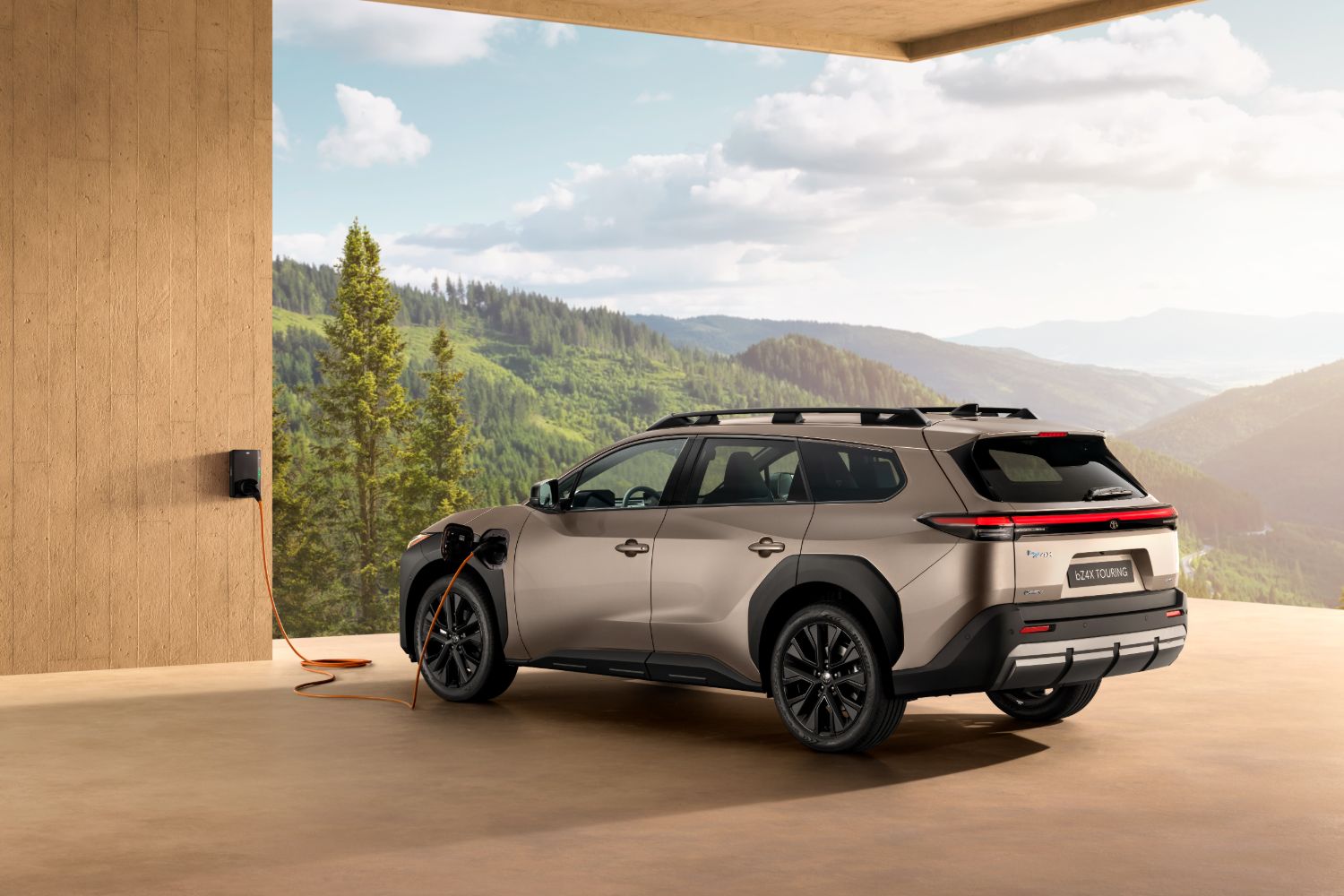
Toyota bZ4X Touring
Fancy an even more practical version of the Toyota bZ4X? That'll be the Touring.
Range: 561km
Click for full details...
Range: 561km
Click for full details...
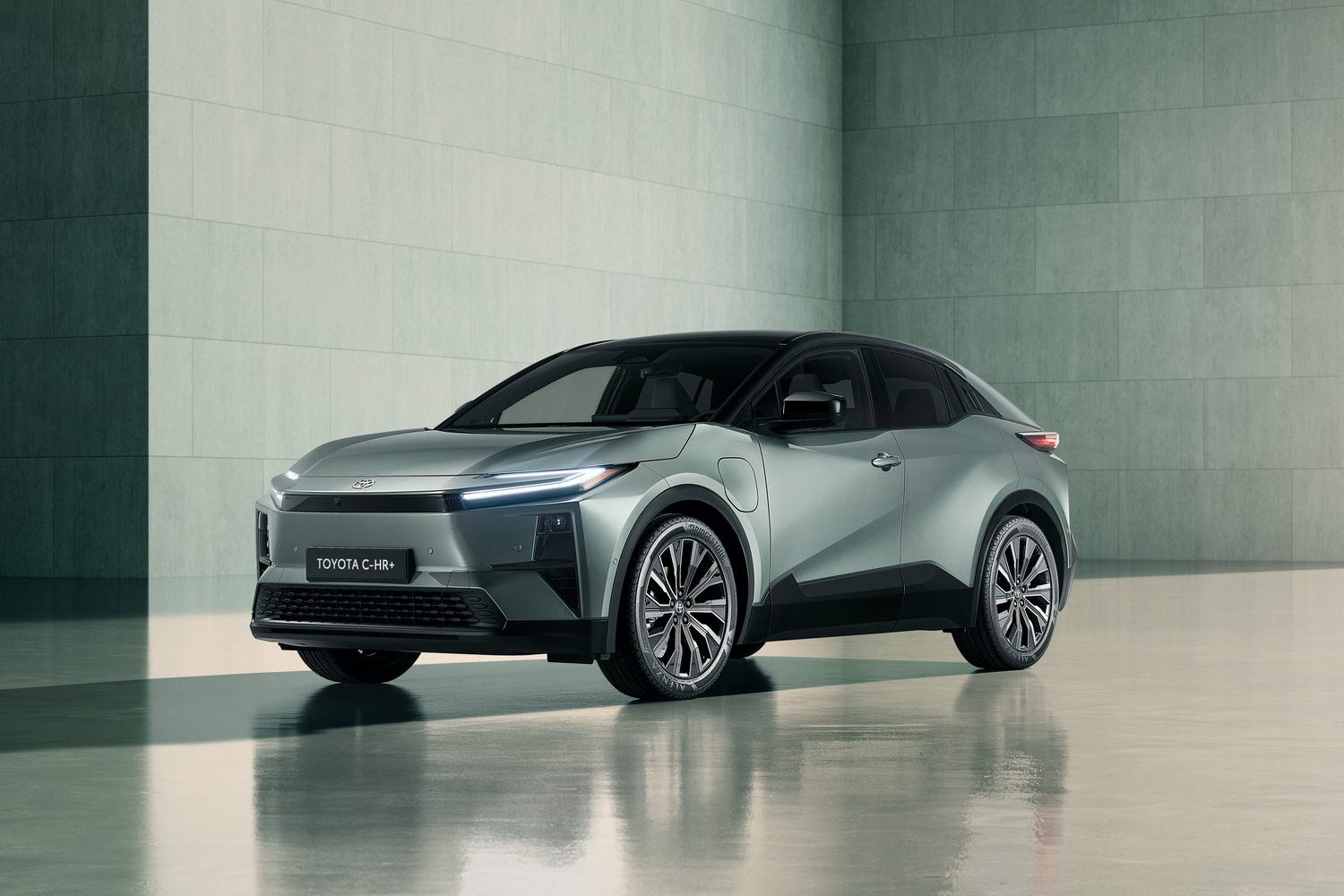
Toyota C-HR+
The star of Toyota's new electric lineup is the stylish C-HR+ crossover.
Range: Up to 600km
Click for full details...
Range: Up to 600km
Click for full details...
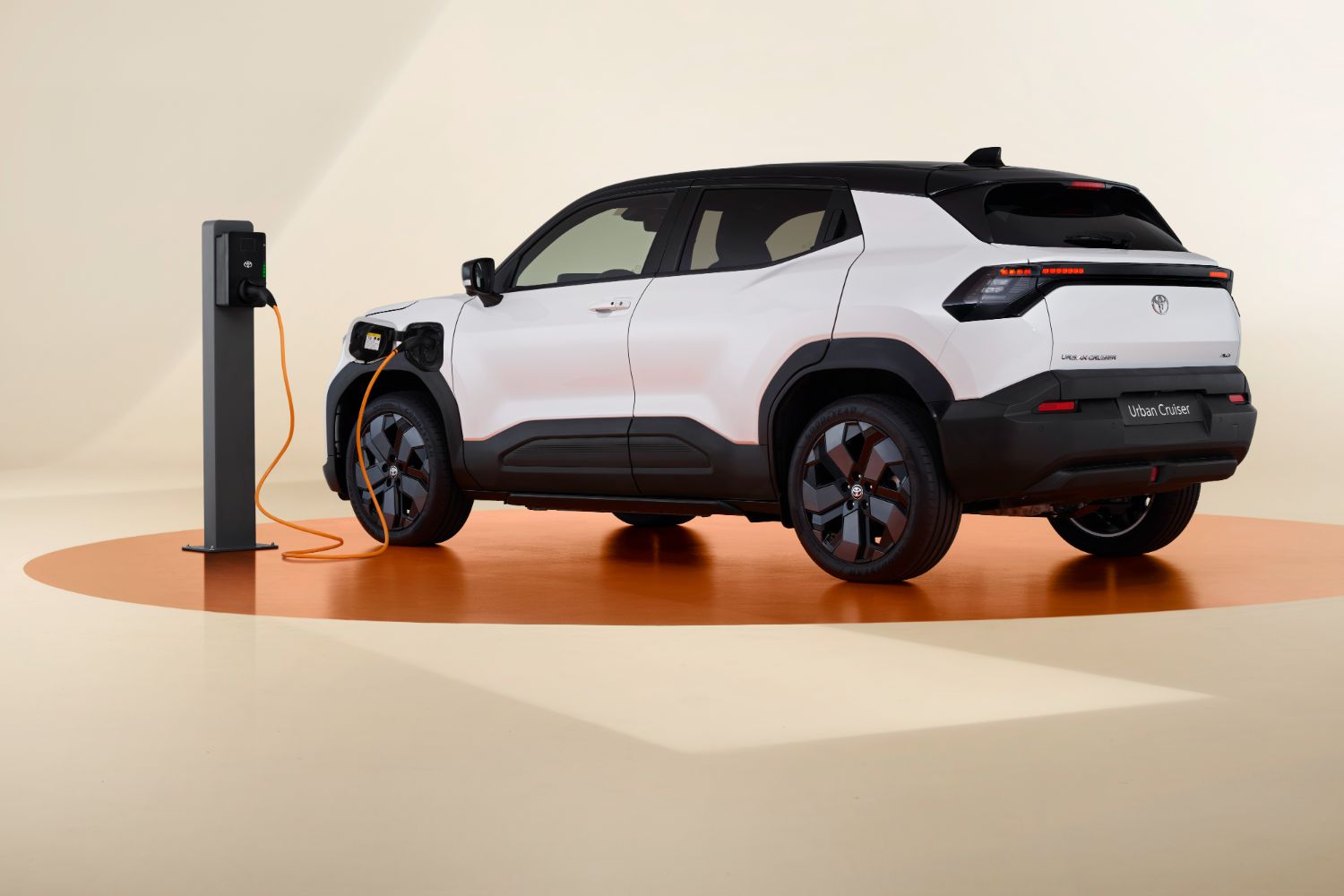
Toyota Urban Cruiser
Cool-looking the Urban Cruiser may be, but for now it is not coming to Ireland.
Range: 300-400km
Click for full details...
Range: 300-400km
Click for full details...
Volkswagen
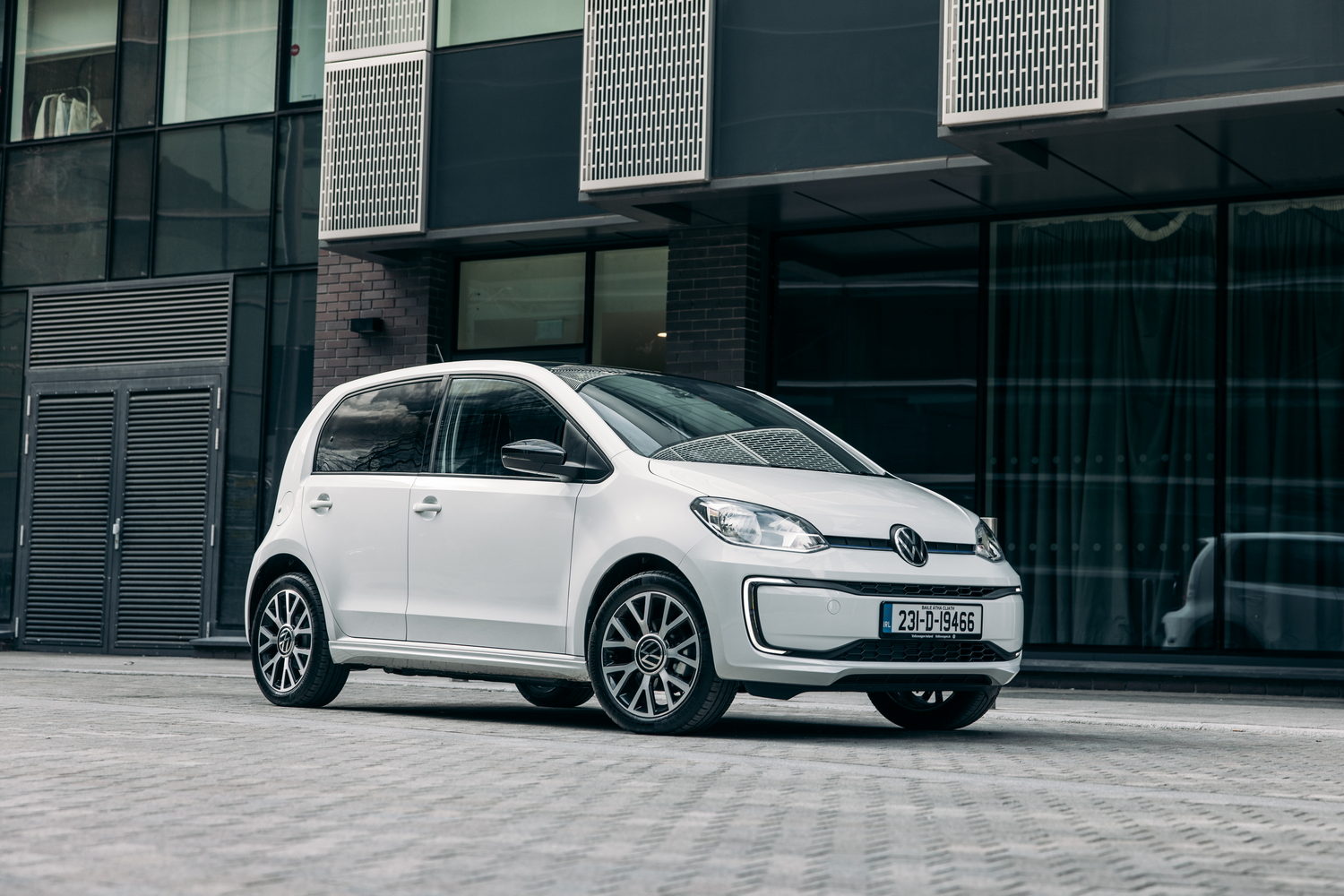
Volkswagen e-up!
[DISCONTINUED] The e-up! may have been the most relevant EV on the market.
Range: 253km
Click for full details...
Range: 253km
Click for full details...
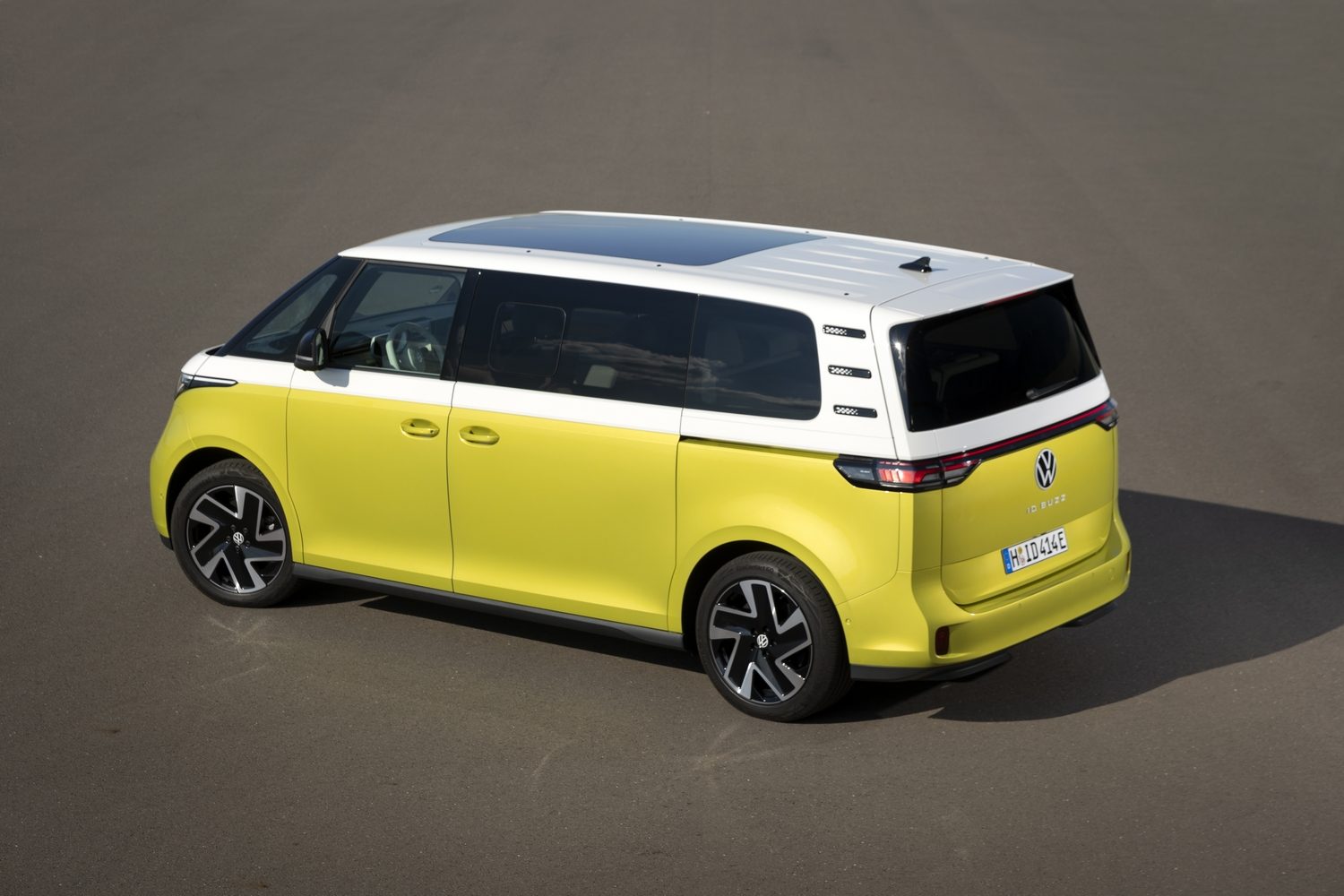
Volkswagen ID. Buzz
You'll want the VW ID. Buzz because of looks alone - and there's more to it.
Range: 453-487km
Click for full details...
Range: 453-487km
Click for full details...
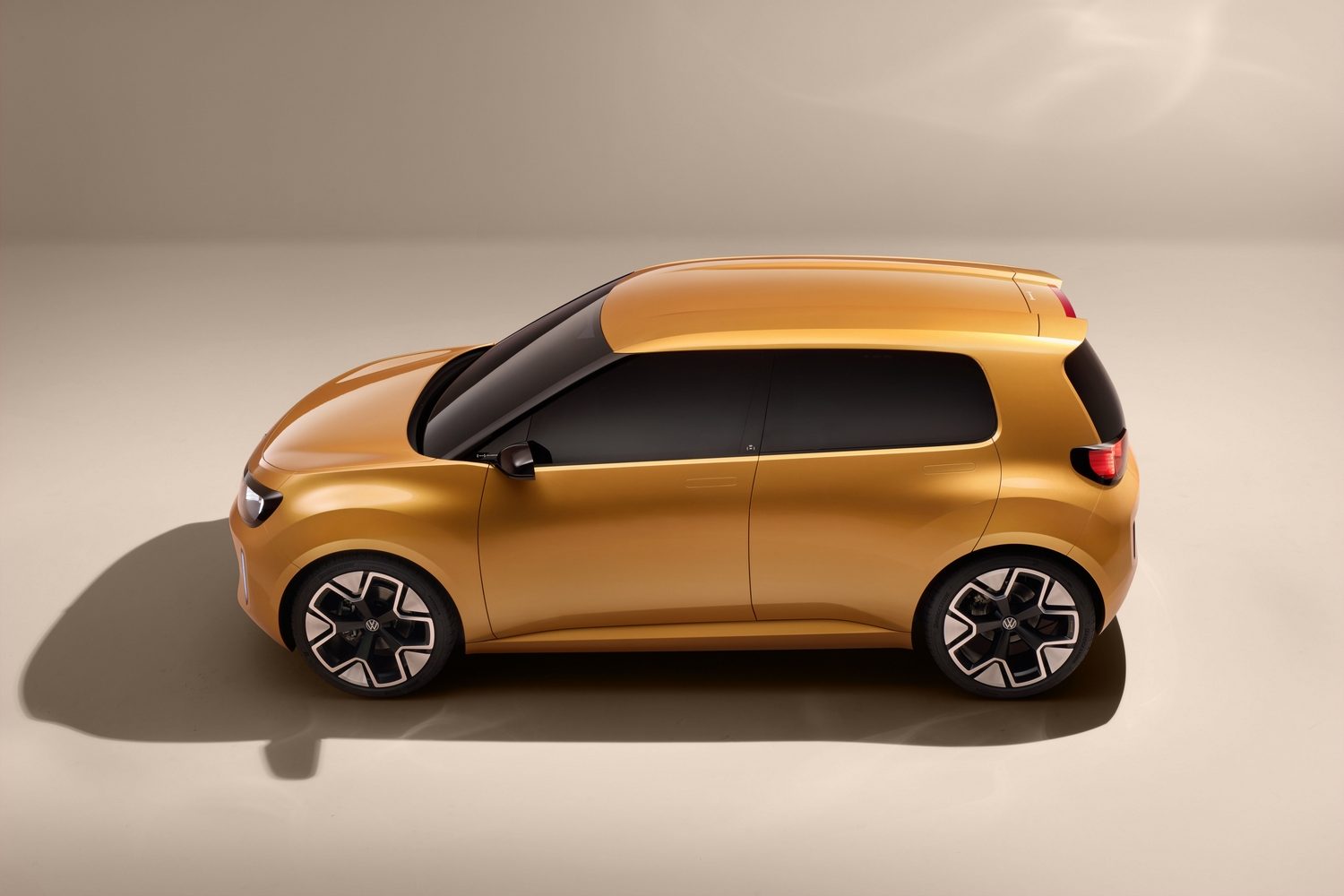
Volkswagen ID.1
We really hope the VW ID.1 looks as good as the cute little concept car previewing it.
Range: ~250km
Click for full details...
Range: ~250km
Click for full details...
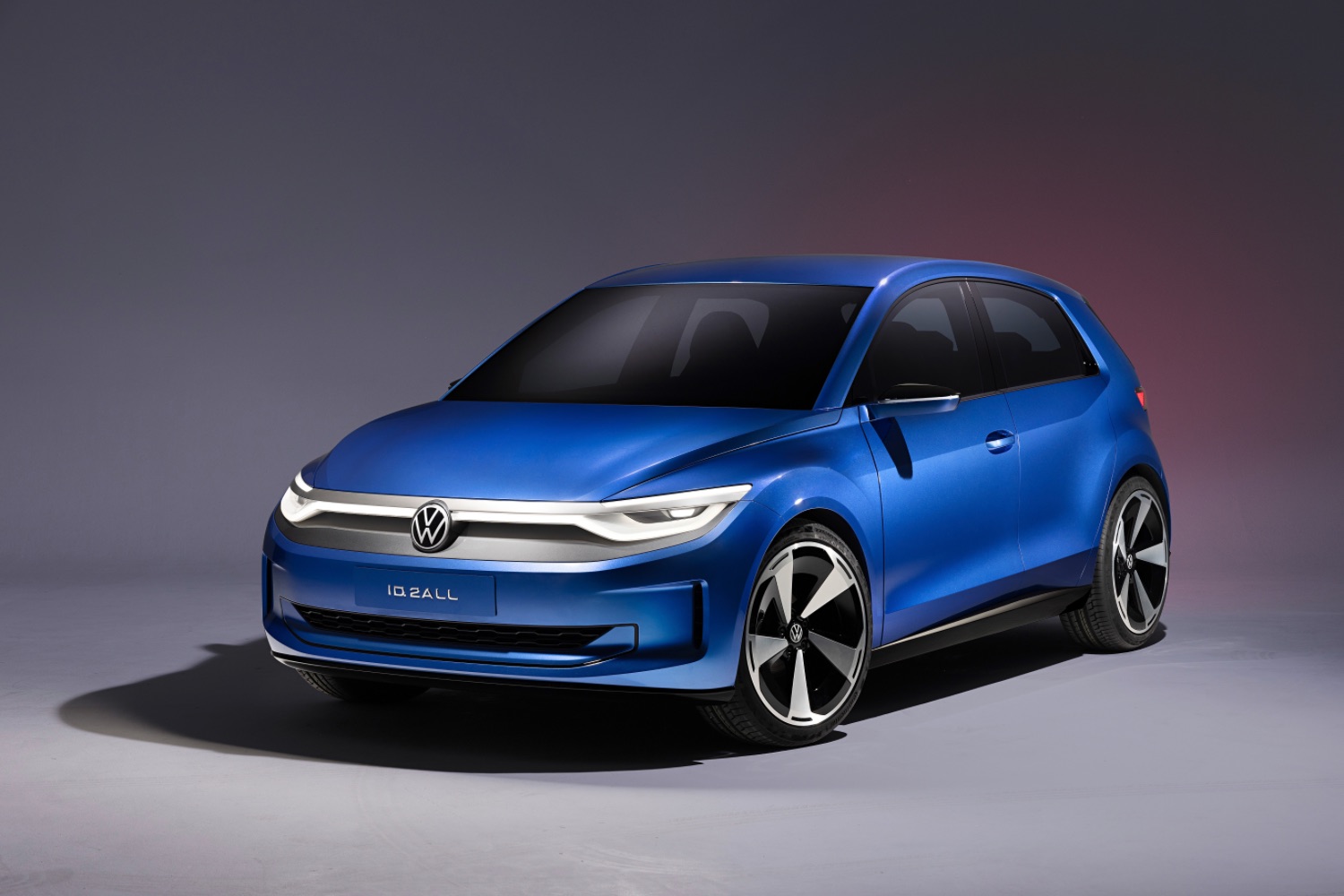
Volkswagen ID.2
We have very high hopes for the new VW ID.2, plus there should be a GTI version.
Range: ~450km
Click for full details...
Range: ~450km
Click for full details...
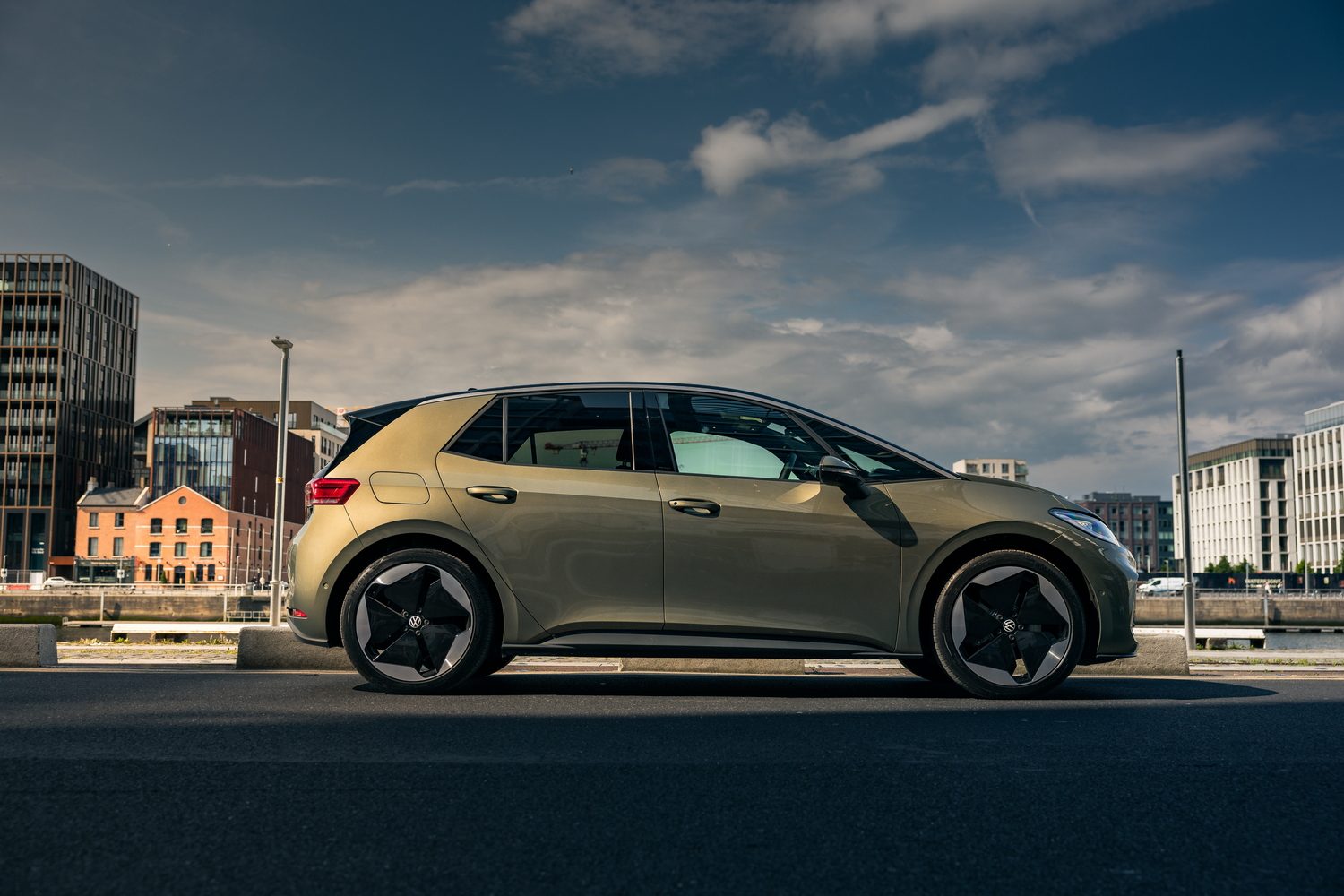
Volkswagen ID.3
The updated ID.3 lifts the model into the premium space to justify its pricing.
Range: 418-557km
Click for full details...
Range: 418-557km
Click for full details...
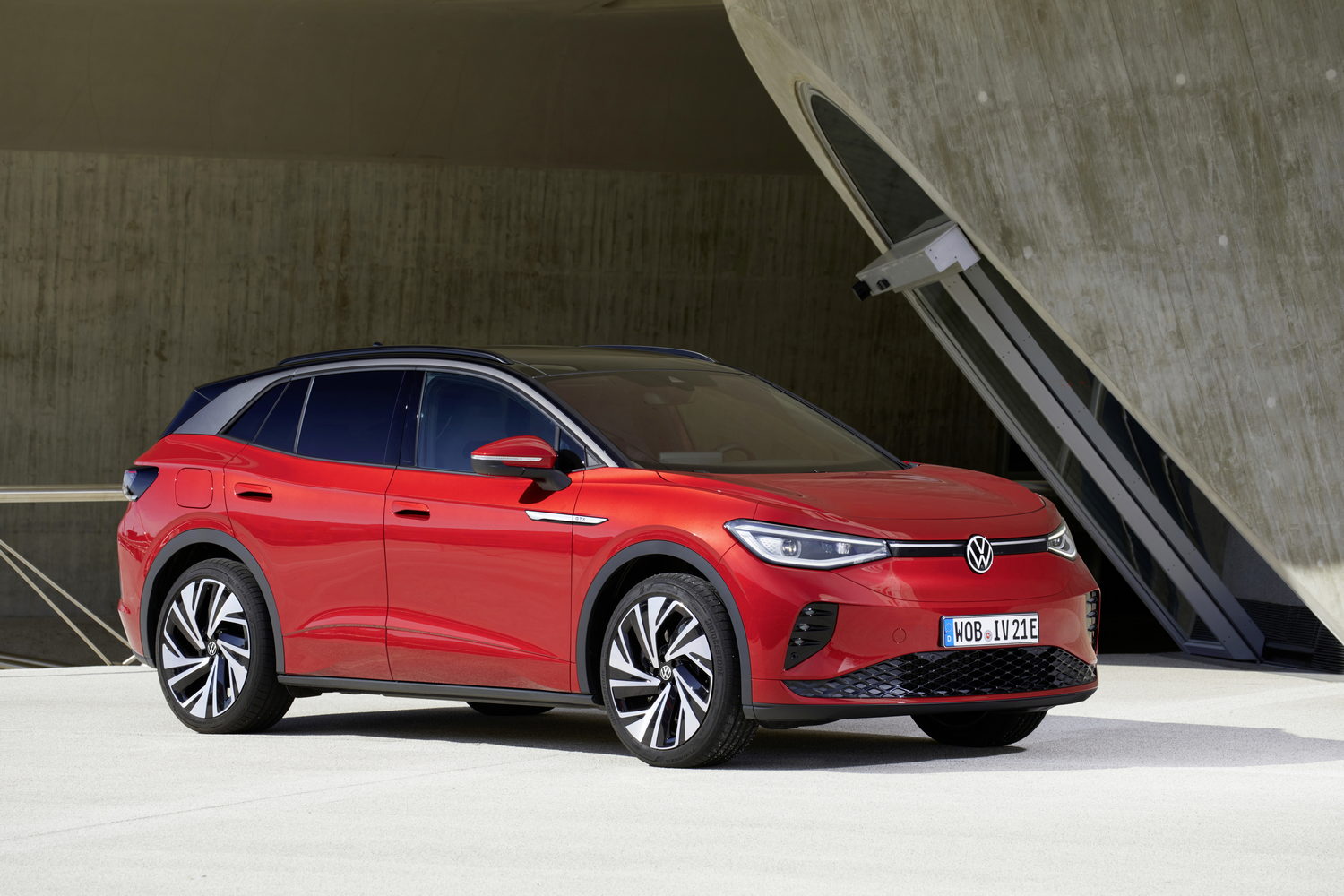
Volkswagen ID.4
The VW ID.4 is one of the best-selling electric cars on the Irish market, and gets a significant upgrade for 2024.
Range: up to 550km
Click for full details...
Range: up to 550km
Click for full details...
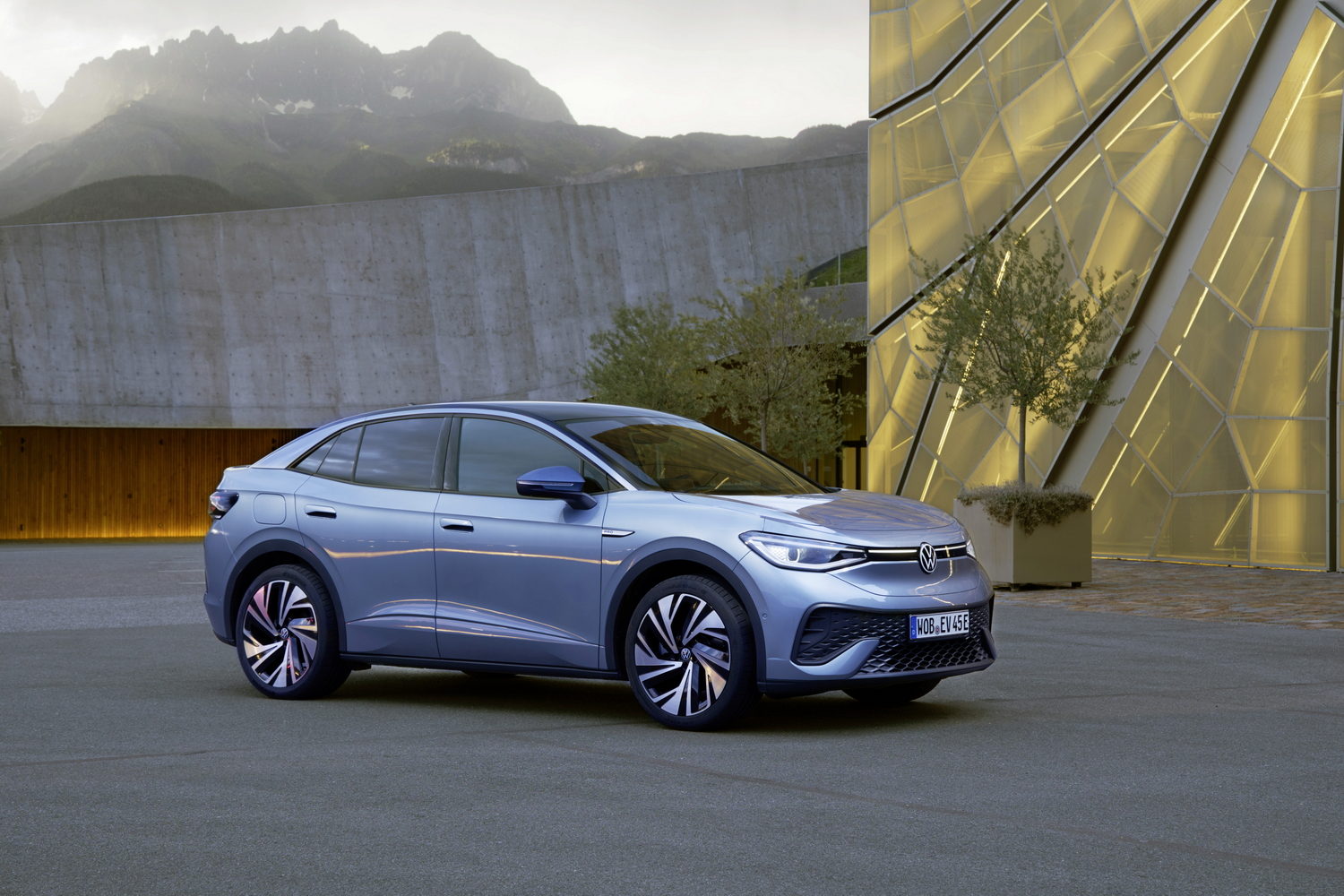
Volkswagen ID.5
The ID.5 is the Volkswagen ID.4's sportier twin and has been upgraded for 2024.
Range: up to 556km
Click for full details...
Range: up to 556km
Click for full details...
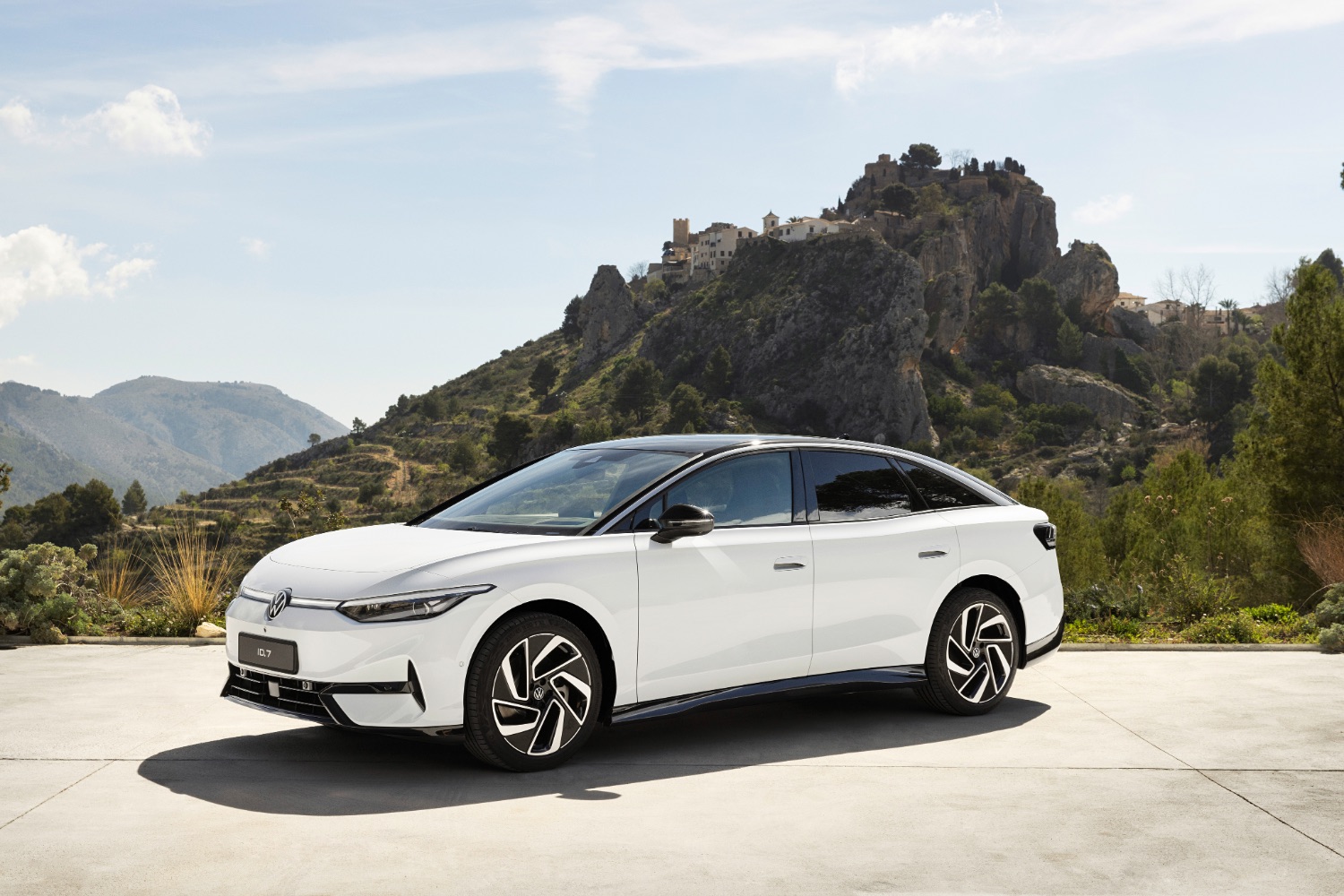
Volkswagen ID.7
Finally, a big electric saloon to choose instead of an SUV.
Range: 615-700km
Click for full details...
Range: 615-700km
Click for full details...
Volvo
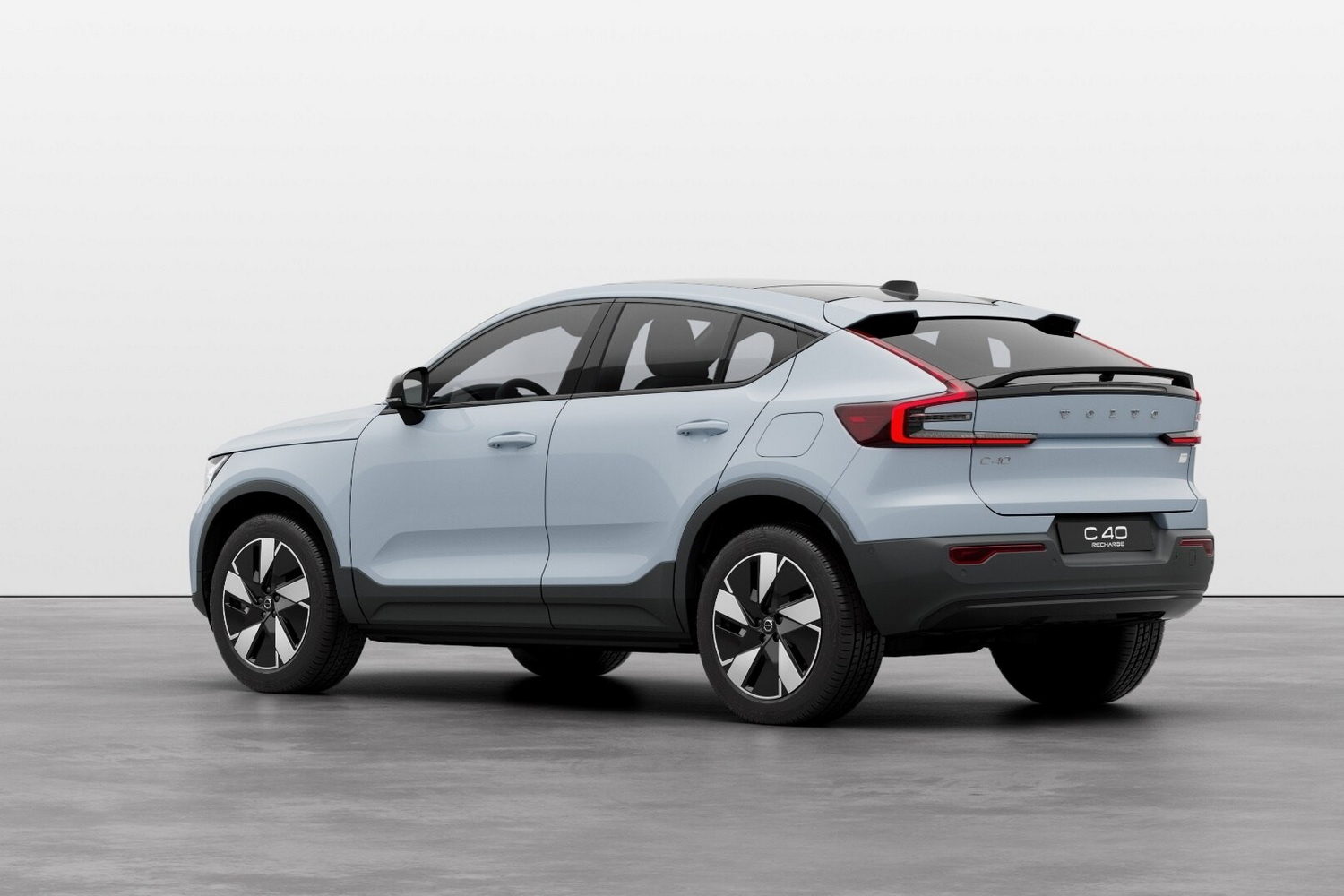
Volvo EC40
The Volvo EC40 is an all-electric SUV-coupe with a long range.
Range: 445-582km
Click for full details...
Range: 445-582km
Click for full details...
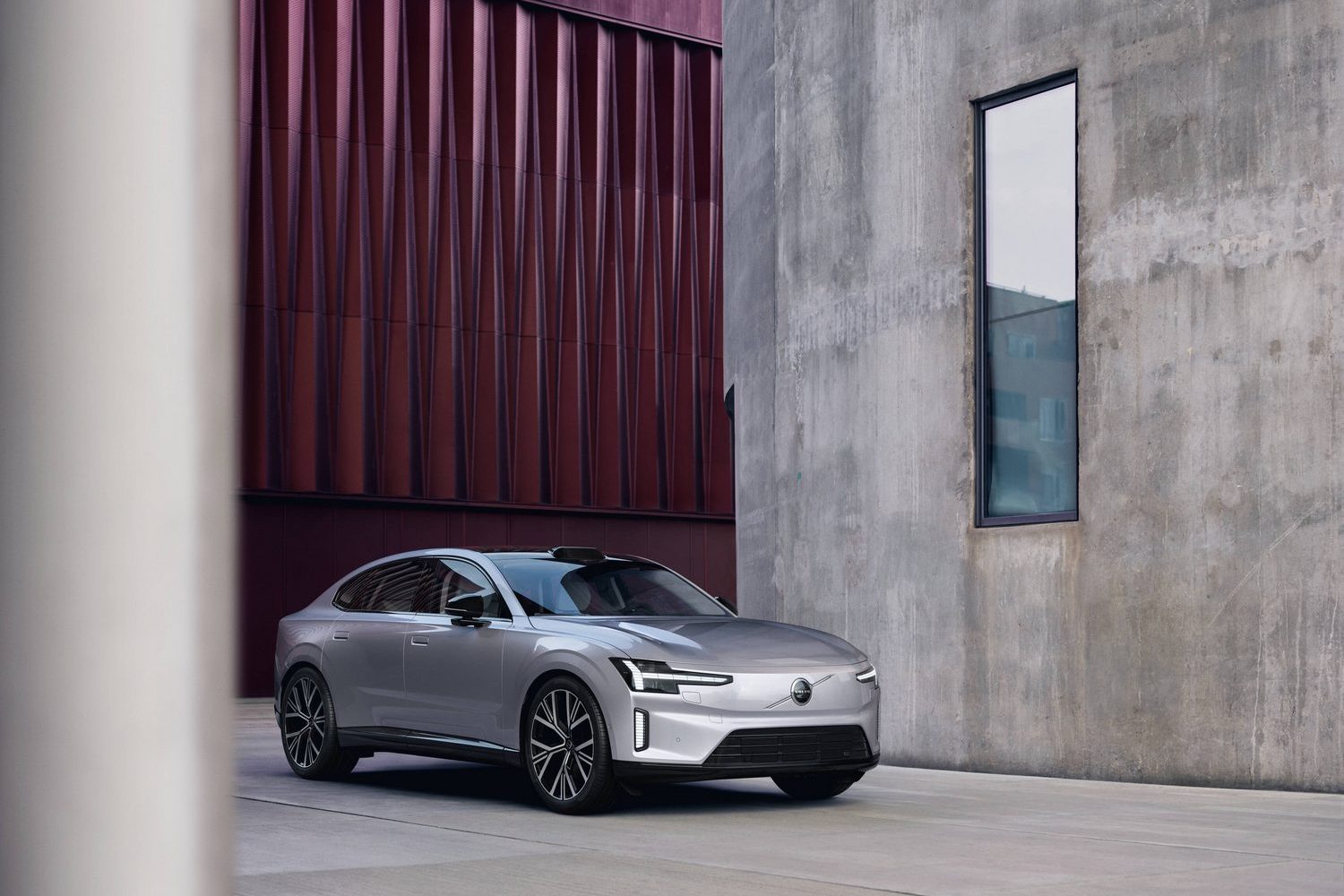
Volvo ES90
An electric Volvo saloon? Yes please (even if it isn't, strictly speaking, a saloon).
Range: 650-700km
Click for full details...
Range: 650-700km
Click for full details...
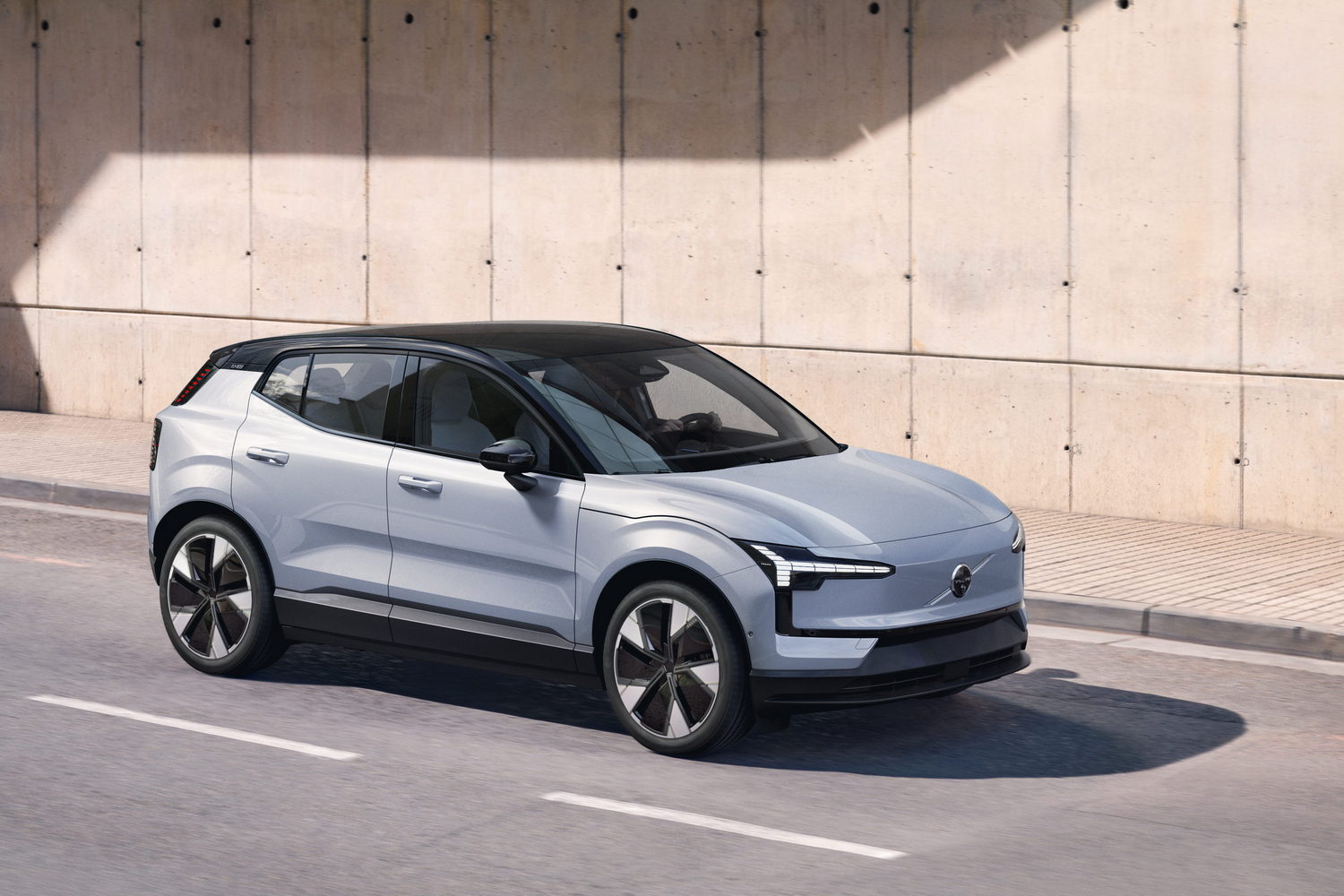
Volvo EX30
Volvo's new EX30 gets sharp pricing and strong performance to go with its premium badge.
Range: 490-600km
Click for full details...
Range: 490-600km
Click for full details...
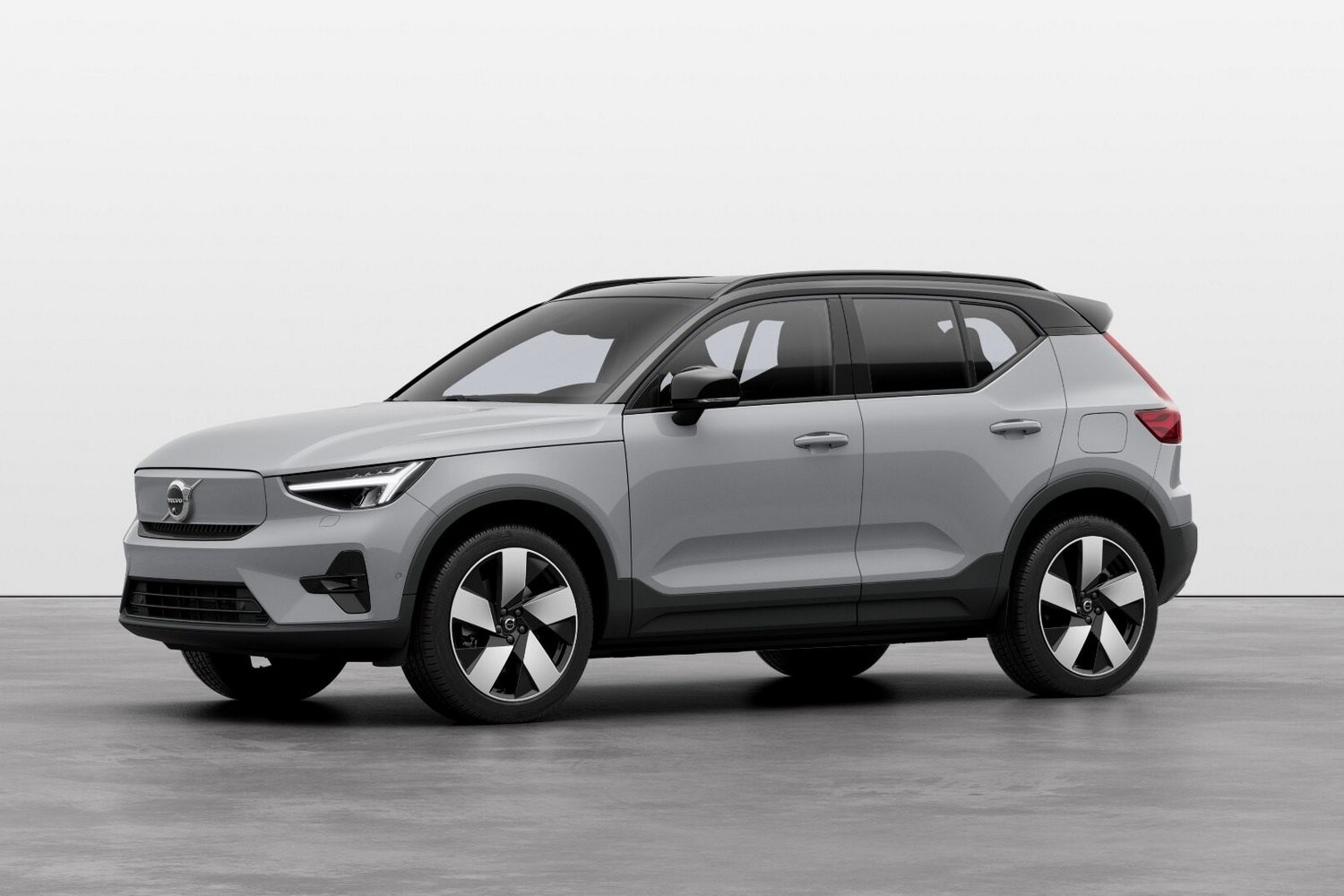
Volvo EX40
Thanks to ongoing tweaks, the Volvo EX40 is standing up well to the ravages of time.
Range: 435-575km
Click for full details...
Range: 435-575km
Click for full details...
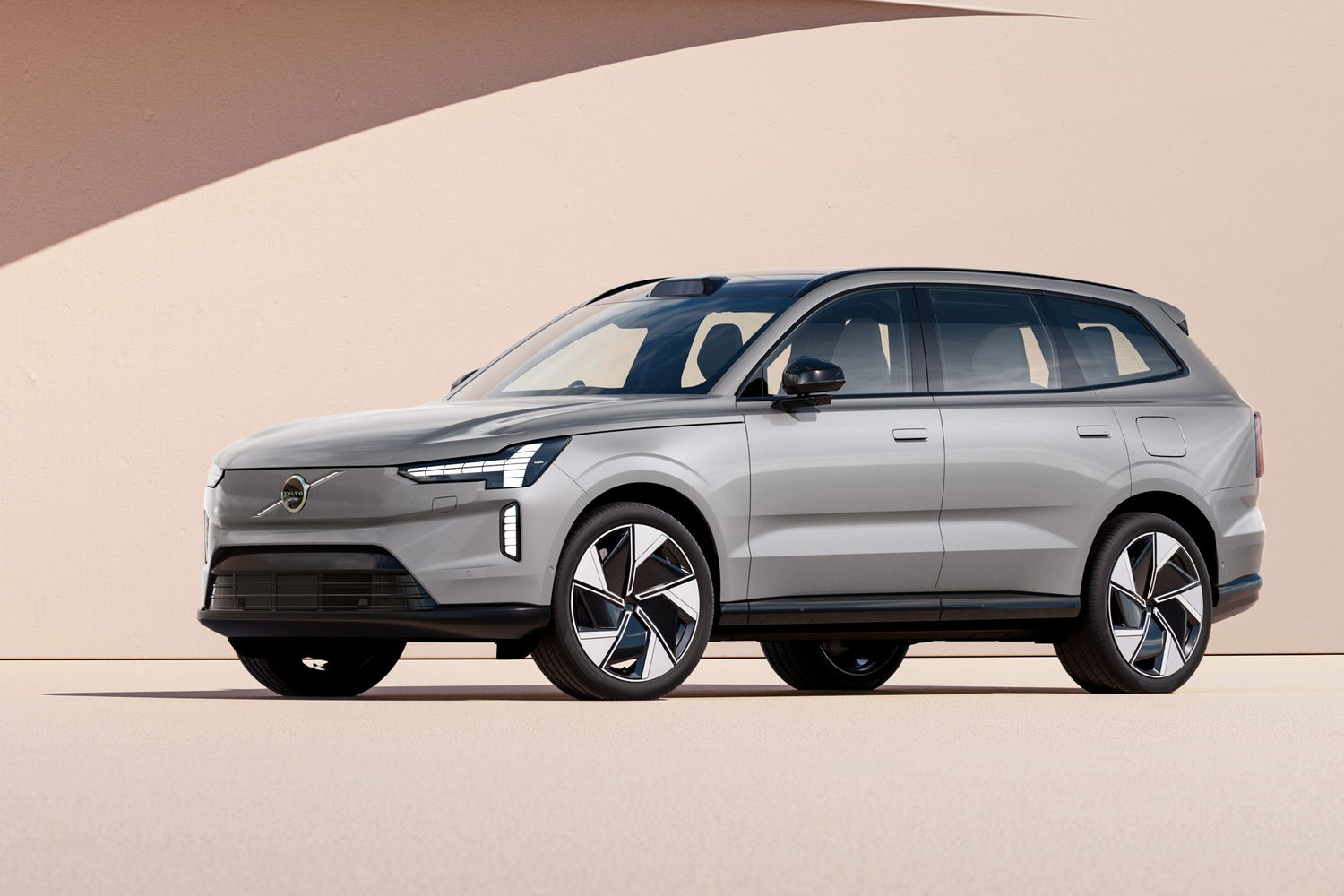
Volvo EX90
An electric, seven-seat Volvo SUV won't come cheap...
Range: 590-600km
Click for full details...
Range: 590-600km
Click for full details...
Xpeng
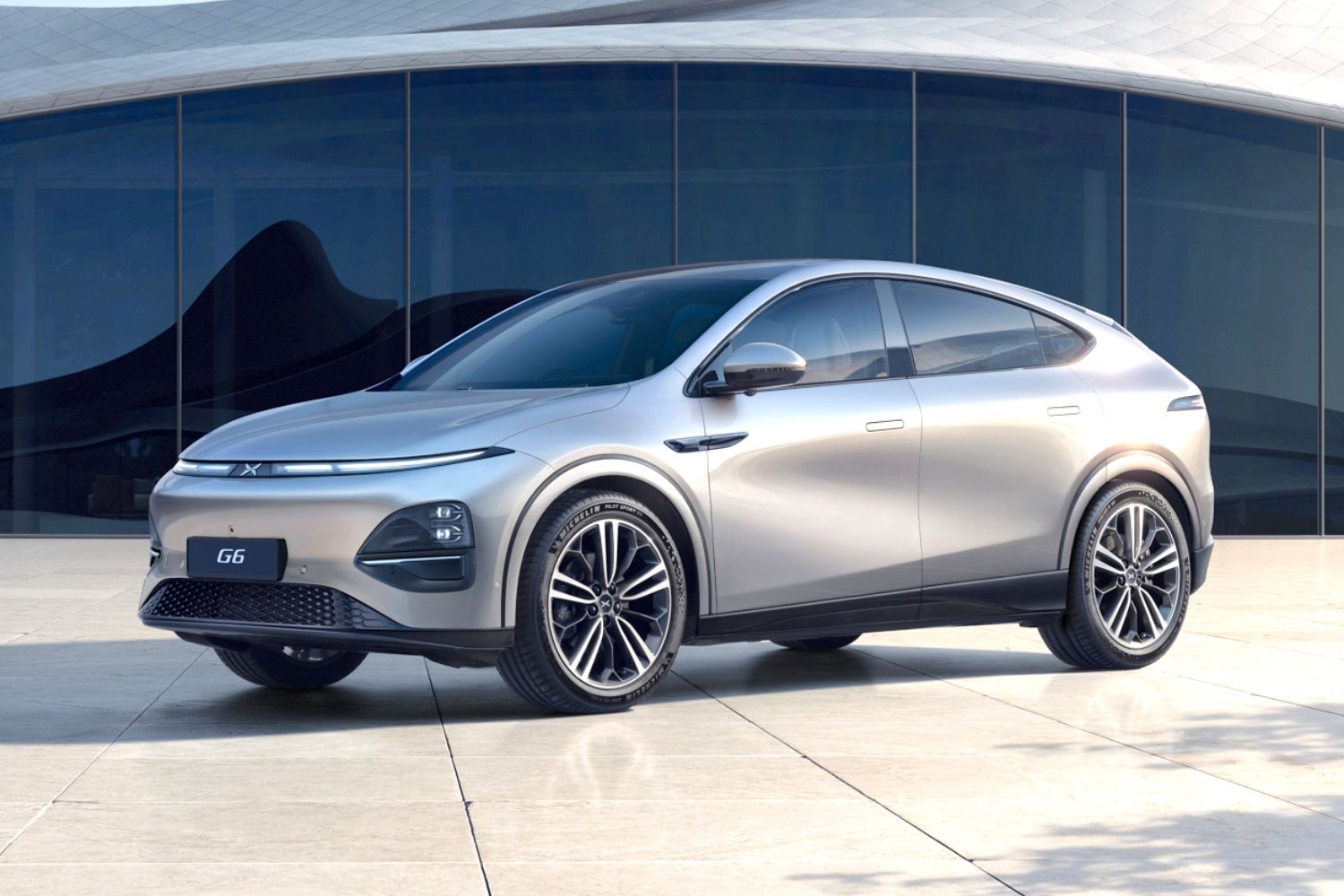
Xpeng G6
Xpeng is yet another new Chinese entrant and the G6 is its first EV for Ireland.
Range: 435-550km
Click for full details...
Range: 435-550km
Click for full details...
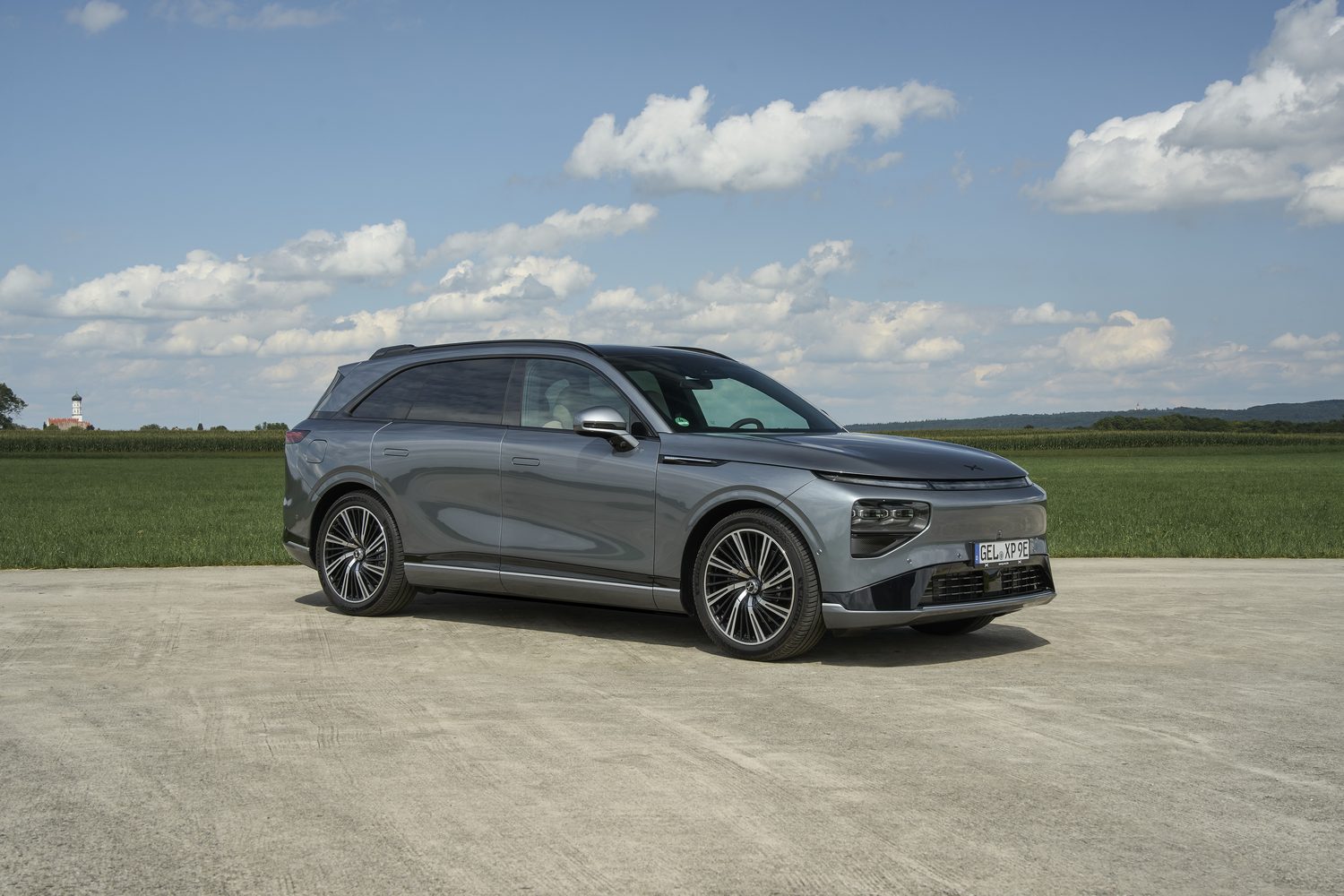
Xpeng G9
The Xpeng G9 is its most impressive car yet, so we're looking forward to its arrival.
Range: 502-585km
Click for full details...
Range: 502-585km
Click for full details...
Zeekr
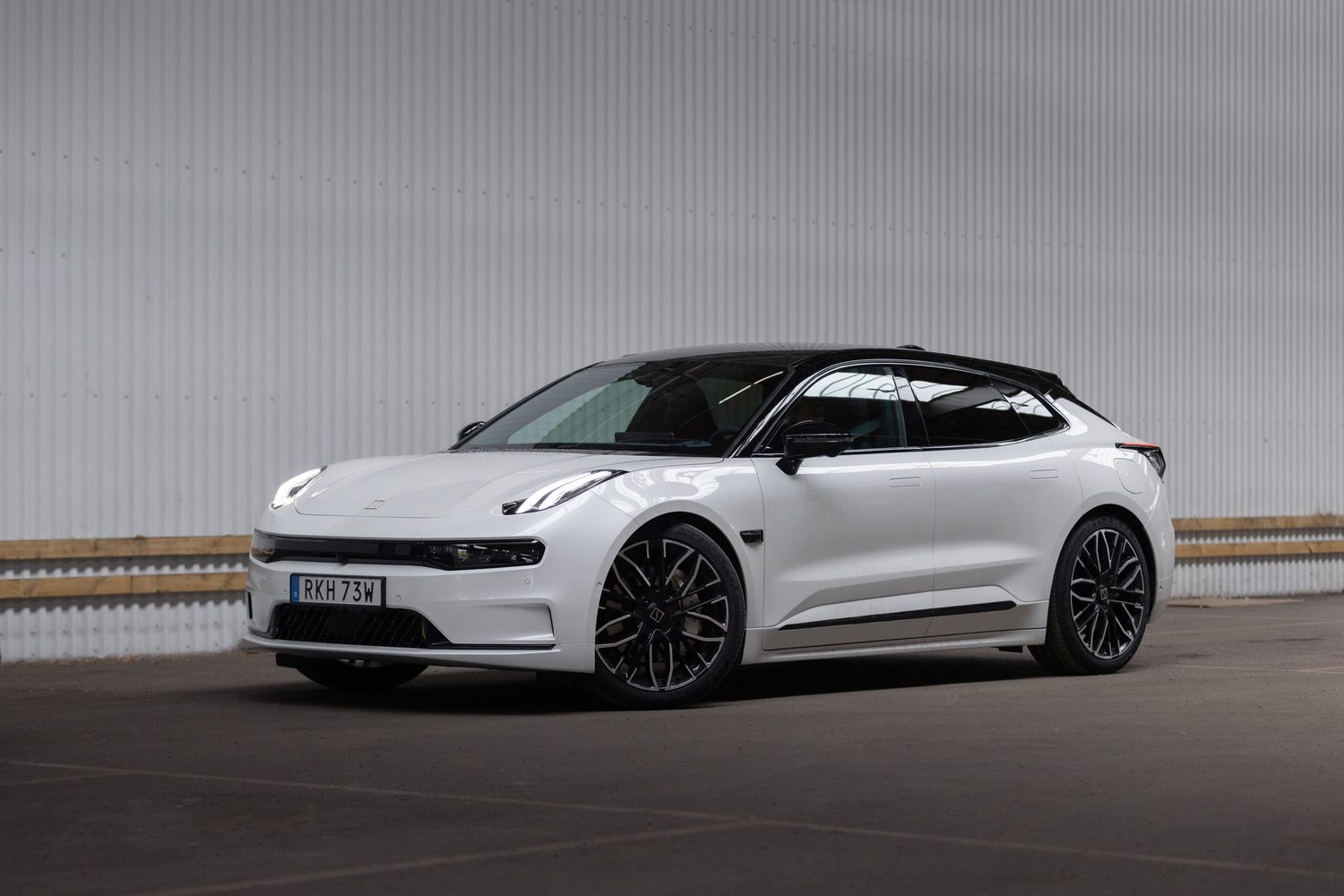
Zeekr 001
Zeekr's pioneer model is the 001, a large and luxurious five-door with aspirations to dethrone Tesla.
Range: 580-620km
Click for full details...
Range: 580-620km
Click for full details...
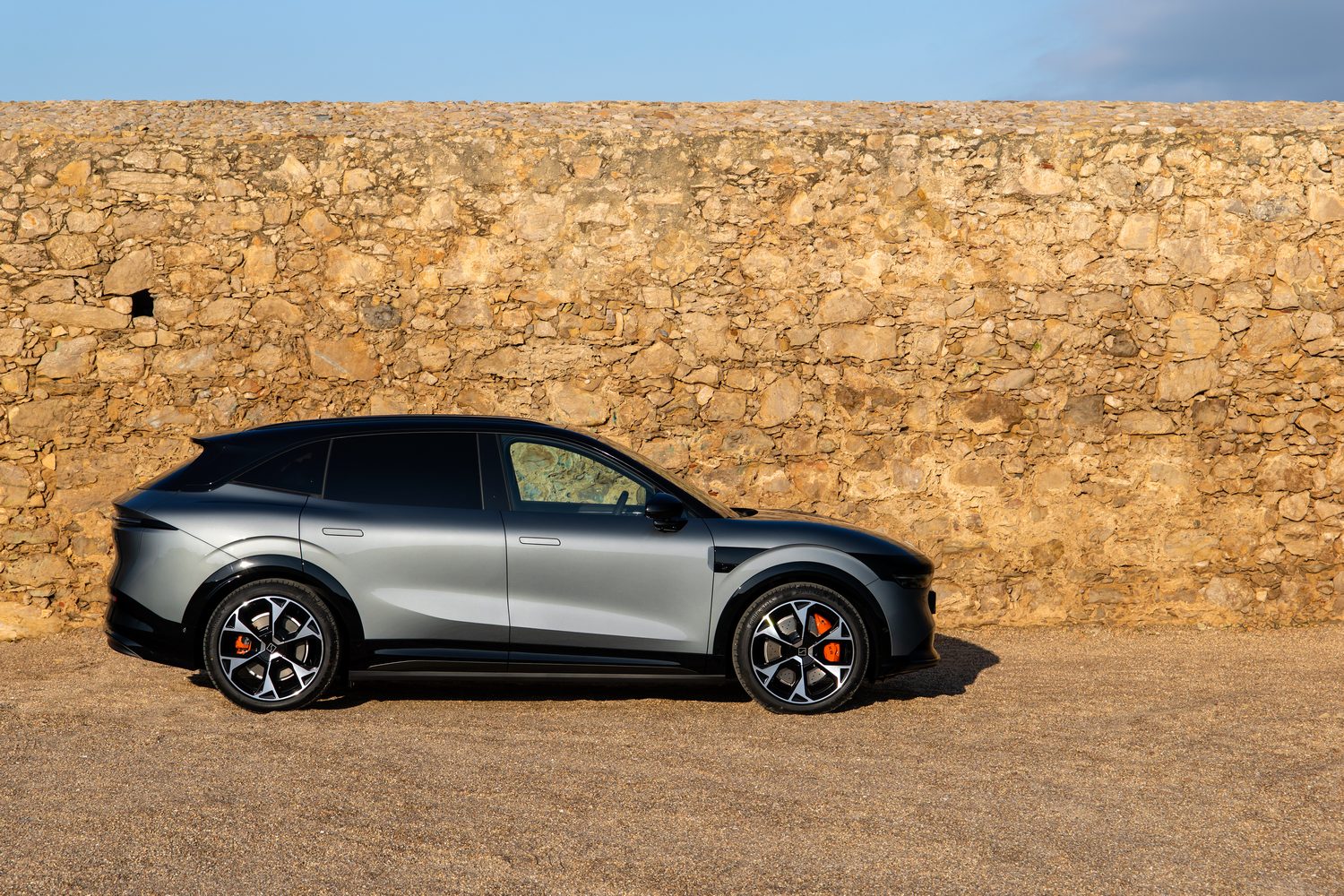
Zeekr 7X
The Zeekr 7X is just the kind of electric SUV that could do well in Ireland...
Range: 480-615km
Click for full details...
Range: 480-615km
Click for full details...
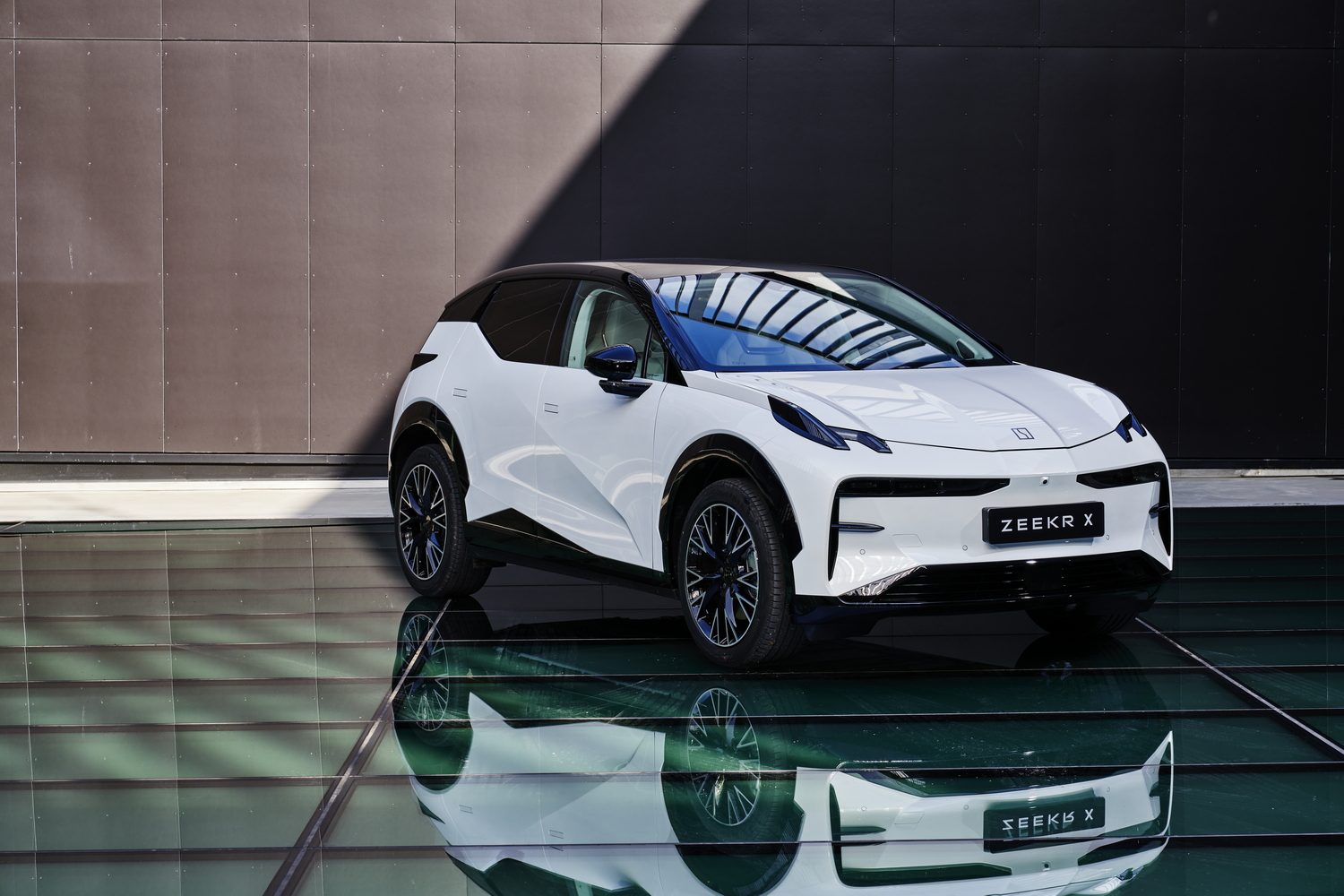
Zeekr X
Zeekr hasn't launched in Ireland as yet, but its X SUV could do well when it gets here.
Range: 425-445km
Click for full details...
Range: 425-445km
Click for full details...

